

Case Sources
- Extreme Heat
- Climate Resilience and Adaptation
- Plastics Policy
- Nature-Based Solutions
- Energy Data Analytics
- Decarbonization
- Sustainable Infrastructure
- Water Policy
- Ecosystem Services
- Fisheries and Food Security
Let us know what you think of the Roadmap website. Provide your feedback →
Nature-Based Solutions Roadmap Case Study Search
This database contains over 400 implementations of nature-based solutions. Use the filters to identify the case studies most relevant to you.
While all cases here exemplify applications of NBS strategies, they were gathered from various sources and not all were written using the framing of nature-based solutions. To qualify as a nature-based solution, a project must provide benefits to both people and nature. In some instances, the human benefits are present but not emphasized in the case write ups; these cases were included because they still provide useful information to learn from.
Also search for nature-based solutions strategies (project types) →
A Community Effort Stems Runoff to Safeguard Corals in Puerto Rico
The coral communities in Culebra were stressed by recognized erosion from an unpaved parking lot and road that had increased the volume of post-rainstorm runoff carrying pollutants. Community members managed to slow the flow of rainwater through erosion and sedimentation control, reforestation and habitat restoration through dune restoration, restoration of the line permanent vegetation, and delineation of vehicular and pedestrian access.
Abandoned Farmland Restoration in the Sonoran Desert
The Sonoran Desert ecosystem was degraded by agricultural development and groundwater pumping from the 1930s to 1970s. This project sought to restore the lowland desert by reestablishing perennial shrubs. The team determined historic species composition on a study site, acquiring seeds of those species, introduce them to the site, and provide them with extra water for establishment.
Adaptive Management in Action: the Trinity River Restoration Program
The Trinity River basin has been degraded by human activities for almost two hundred years, leading to a decline in available salmonid habitat and populations. The Trinity River Restoration Program (TRRP) was created in 2000 to restore salmon and steelhead populations. The project also aims to restore the river through flow management, streambank restoration, and riverbed improvement.
After Record-Breaking Rains, a Major Medical Center's Hazard Mitigation Plan Improves Resilience
In 2001, downtown Houston, Texas, faced an historic 1,000-year flood as a result of Tropical Storm Allison, shutting down the 700-acre Texas Medical Center Complex. While rebuilding the Center to withstand future floods, Texas Medical Center implemented a stormwater management plan that increases green space and improves water absorption through advanced landscaping techniques and permeable paving systems.
Ah Pah Creek Watershed Restoration
Ah Pah Creek is a fourth order stream with a 16.3 square mile watershed composed entirely of steep, forested land that was degraded by road and highway construction. Yoruk Tribal Fisheries Program (YTFP) and the California Conservation Corps (CCC) collaborated to address riparian restoration needs within the drainage, including extensive riparian conifer planting in its three major tributaries.
Alert System Helps Strawberry Growers Reduce Costs
In Florida's humid climate, strawberry growers are in a constant battle with two kinds of fruit rot. Using a decision support system, they can save money by spraying fields only when the plant diseases are a threat, saving up to $400 per acre per year.
American Rivers: Increasing Community and Ecological resilience by Removing a Patapsco River Fish Barrier
After years of hard work by American Rivers and its project partners, the Bloede Dam in Maryland’s Patapsco River was successfully removed in 2018, restoring 52.5 miles of the river’s natural flow and more than 65 miles of native fish spawning habitat. Removing the dam also strengthened community resilience, improved public safety, and facilitated increased sediment transport to marshes and beaches along the Chesapeake Bay.
Muskegon Lake’s shoreline and wetlands were severely degraded from industrial waste disposal, shoreline land use, and stormwater management. The Amoco Fish and Wildlife Habitat Restoration Project restored wetlands and wildlife habitat at a 9-hectare site. A constructed shoal system, the removal of a concrete wall, and a planted embankment restored wetland habitat.
An Integrated Plan for Water and Long-Term Ecological Resilience
The Yakima Basin Integrated Water Resource Management Plan is a 30-year, $3.8 billion plan that restores ecological integrity to the region and provides assurances for meeting agricultural water needs even in the face of ongoing climate change. The plan includes key elements to help protect, mitigate, and enhance fish and wildlife habitat and improve the reliability of the region’s water supply.
Anacostia Riparian Meadow Restoration
In 2007 the Anacostia Watershed Society (AWS) initiated an experimental research project, called the 38th St. Bridge Project, on the rip-rap slope along the streambanks in order to demonstrate an alternative to the county's annual mowing-and-spraying of herbicide to control invasive species along the streambank.
And the Trees Will Last Forever
In northern Wisconsin, tribal foresters from the Menominee Nation are working to speed regeneration of more than 200,000 acres of forest areas that have been treated for invasive diseases like oak wilt. Their efforts are also creating forests that are better adapted to future conditions.
Anthro Mountain Greater Sage Grouse Habitat Restoration
Greater sage-grouse (Centrocercus urophasianus) populations are declining in Utah and other western states due to the degradation of their seasonal habitats from the encroachment of pinyon-juniper trees. This project evaluated the ecological viability of using "lop and scatter" methods to mechanically remove encroaching PJ trees to manage sage-grouse winter habitat at a study site in Ashley National Forest.
Anticipating and Preventing the Spread of Invasive Plants
Encompassing some of the wildest and least populated territory in the state, the Klamath region of Northern California faces threats from invasive species in its wildland ecosystems. To protect the forests and rivers, restoration efforts began by applying county-scale mapping tool to identify and treat high-priority eradication target.
Apache- Sitgreaves National Forest and White Mountain Apache Tribe
The Apache-Sitgreaves National Forest (ASNF) utilized over 25 million funding from the American Recovery and Reinvestment Act (ARRA) to support projects that increase local employment, support forest restoration and fire mitigation, and boost local economy. Projects included forest restoration and fuels reduction, recreation and related road improvements, forest fire rehabilitation efforts, and greenhouse construction on the Fort Apache Indian Reservation.
Arden Park is along Minnehaha Creek, an impaired waterway that is a tributary to the Mississippi River. This park is in a highly developed suburb just south of Minneapolis (Edina). This project improved the park and restored a section of the creek, improving habitat, water quality, and recreation opportunities.
Arlington Stormwater Wetland Park
City of Arlington constructed a 21-acre stormwater wetland park to treat stormwater from Old Town Arlington, clean backwash water from the City’s water treatment plant, and reclaim water from the City’s Water Reclamation Facility before infiltrating or discharging into the Stillaguamish River.
Ash Meadows National Wildlife Refuge Desert Spring Restoration
The Ash Meadows National Wildlife Refuge (NWR) was established in June of 1984. The project aimed to restore the restore spring sources and outflow channels and associated riparian habitats that were previously degraded by agriculture, road-building, and water diversions, and now were dominated by invasive species.
Assessing Climate Risks in a National Estuary
Along the Morro Bay, the wetlands, intertidal mudflats, salt and freshwater marshes, eelgrass beds host some of the most productive natural habitats in the world. To protect the ecological significance of estuaries, stakeholders of the Morro Bay National Estuary Program in California worked with resources from the EPA's Climate Ready Estuaries program to identify their climate risks.
Assessing the Impacts of Brush Management on Herbaceous Diversity and Primary Production in Southern Arizona Grasslands
This project is assessing the role of Woody-Plant Encroachment and brush management on the carbon cycle, carbon storage potential, biodiversity, and rangeland ecosystem stability and resilience. Data collected from this project can inform land managers on costs and benefits of different brush management options and factors.
Atlantic White Cedar Restoration at Pocosin Lakes National Wildlife Refuge
This project, implemented by the NC Division of Water Quality and NC Division of Forest Resources, aimed to reduce nitrogen and mercury loading of downstream waters in the Albemarle/Palmico estuary system by restoring wetland hydrology and native bog vegetation to a 640-acre research area. Activities included installation of water-control structures and replanting 100,000 trees.

NbS in action around the world
Discover how people and organizations worldwide are investing in initiatives that protect, restore and improve land management based on nature-based solutions (NbS).
- Asia and Pacific Islands
- Latin America and the Caribbean
- North America
- Antigua and Barbuda
- Burkina Faso
- Côte d'Ivoire
- Democratic Republic of the Congo
- El Salvador
- French Guiana
- Guinea-Bissau
- Myanmar (Burma)
- Netherlands
- Papua New Guinea
- Republic of the Congo
- Sierra Leone
- Solomon Islands
- South Korea
- Timor-Leste
- United Kingdom
- United States
At a glance
More than 200 projects, in more than 100 countries, across 6 biomes, project spotlight.
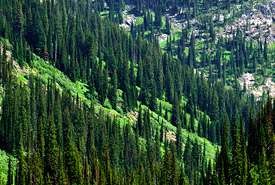
Darkwoods Forest Carbon Project (Nature Conservancy of Canada)
Where: British Columbia, Canada
Type of NCS solution: Protect
The Nature Conservancy of Canada facilitated the purchase of 54,792 hectares of land after a private sale threatened to turn the area of Boreal forest into subdivisions and timber extraction zones. The Darkwoods Forest plays a critical role in maintaining freshwater ecosystems across the province, including 17 watersheds and 50 lakes. Large-scale construction and logging operations in the region would threaten those ecosystems, including a number of endangered species. The project’s protected land creates a wildlife corridor between fragmented habitats, along with restoring water quality and degraded land in the region.
Stories from the ground
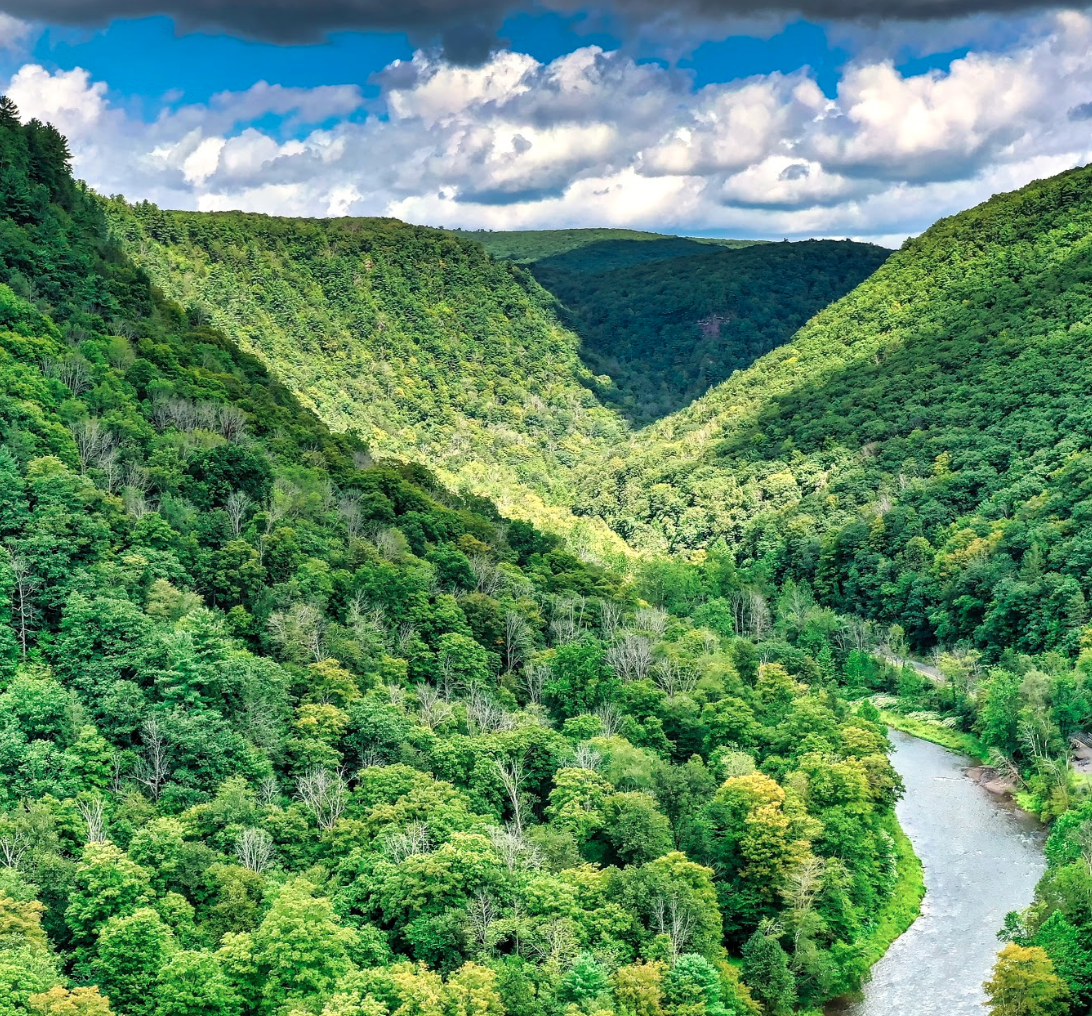
Introduction: Available now — natural climate solutions
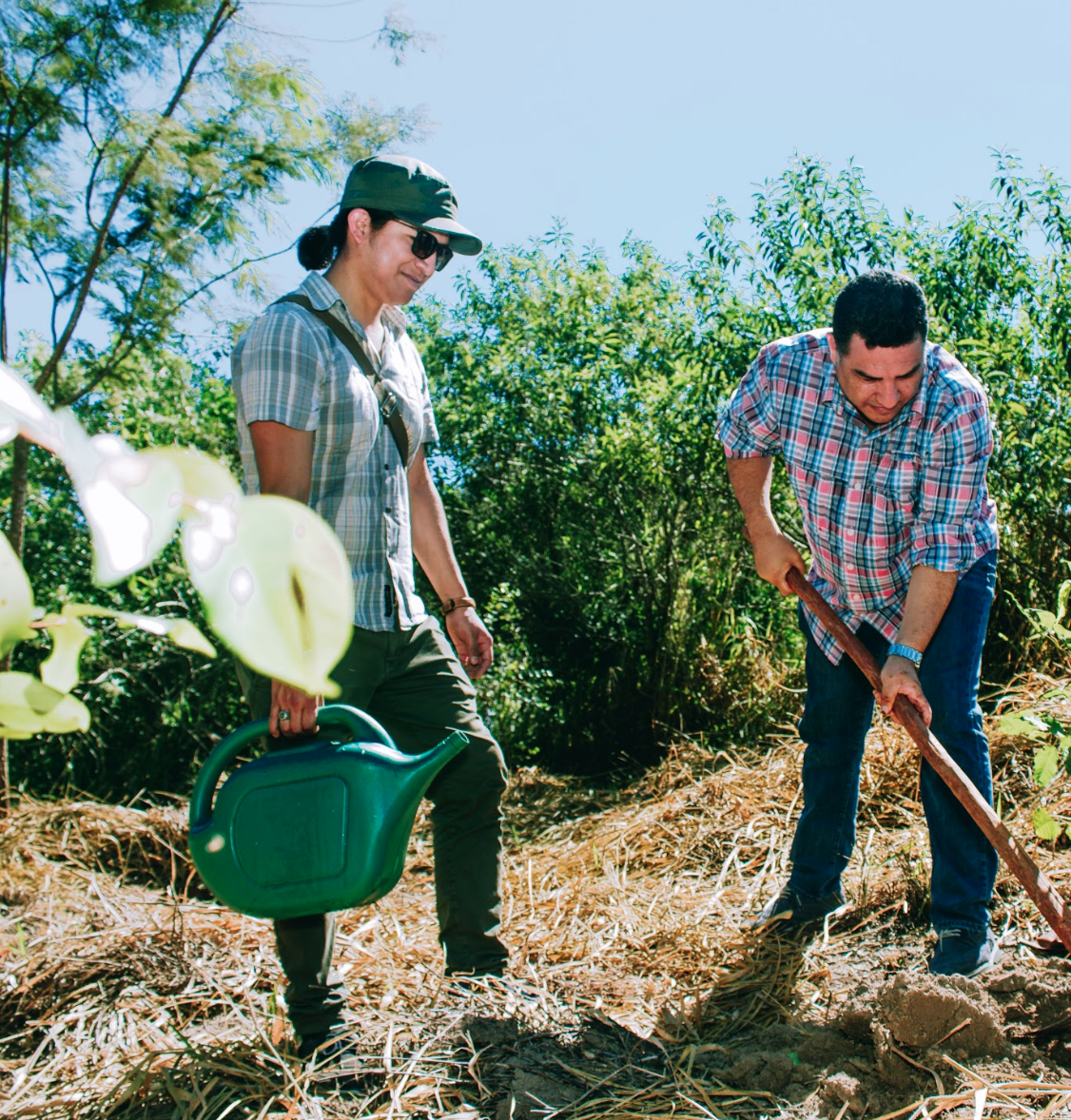
The Bonn Challenge: Ramping up land and forest restoration
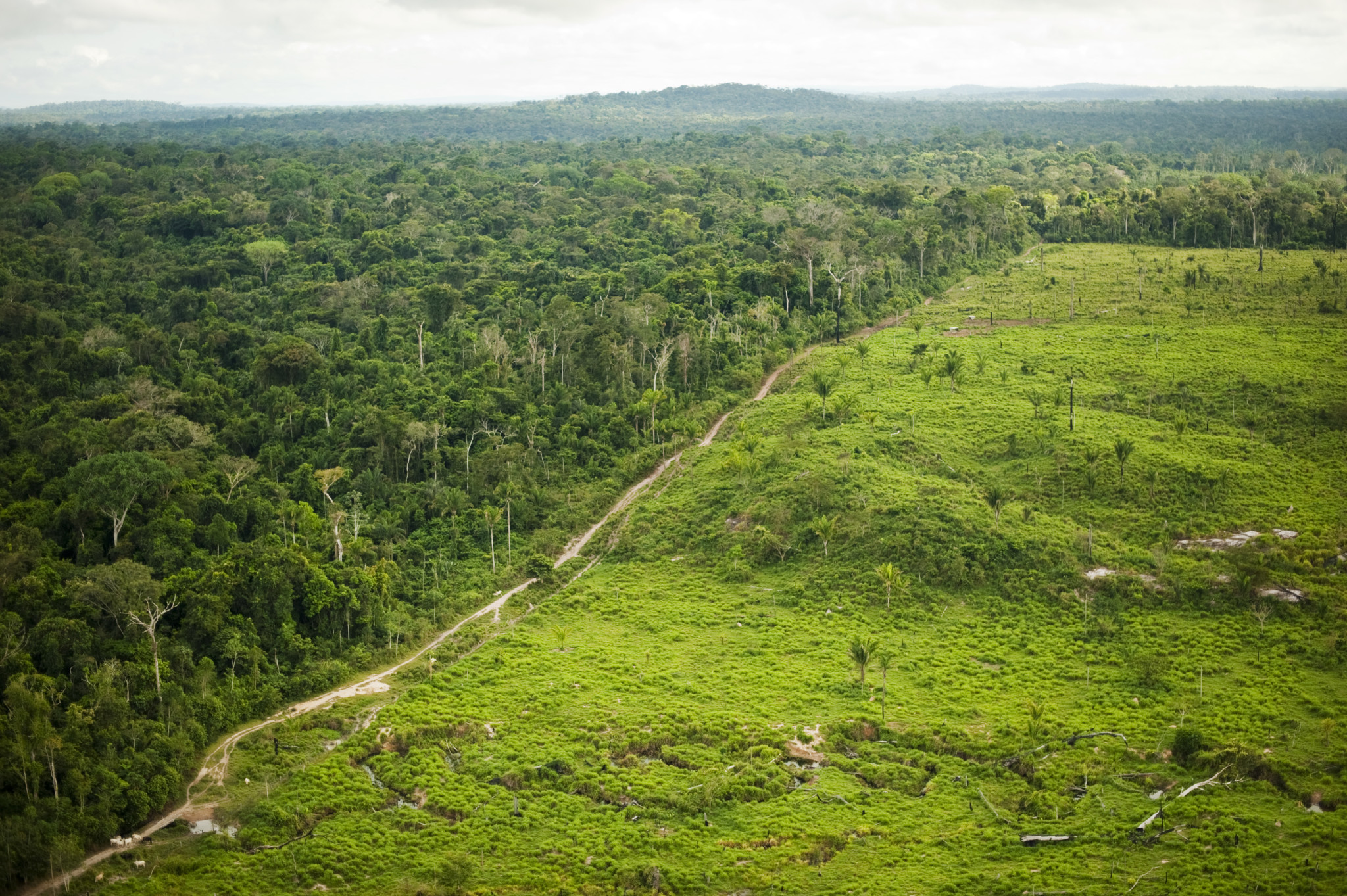
NYDF: Ending deforestation once and for all
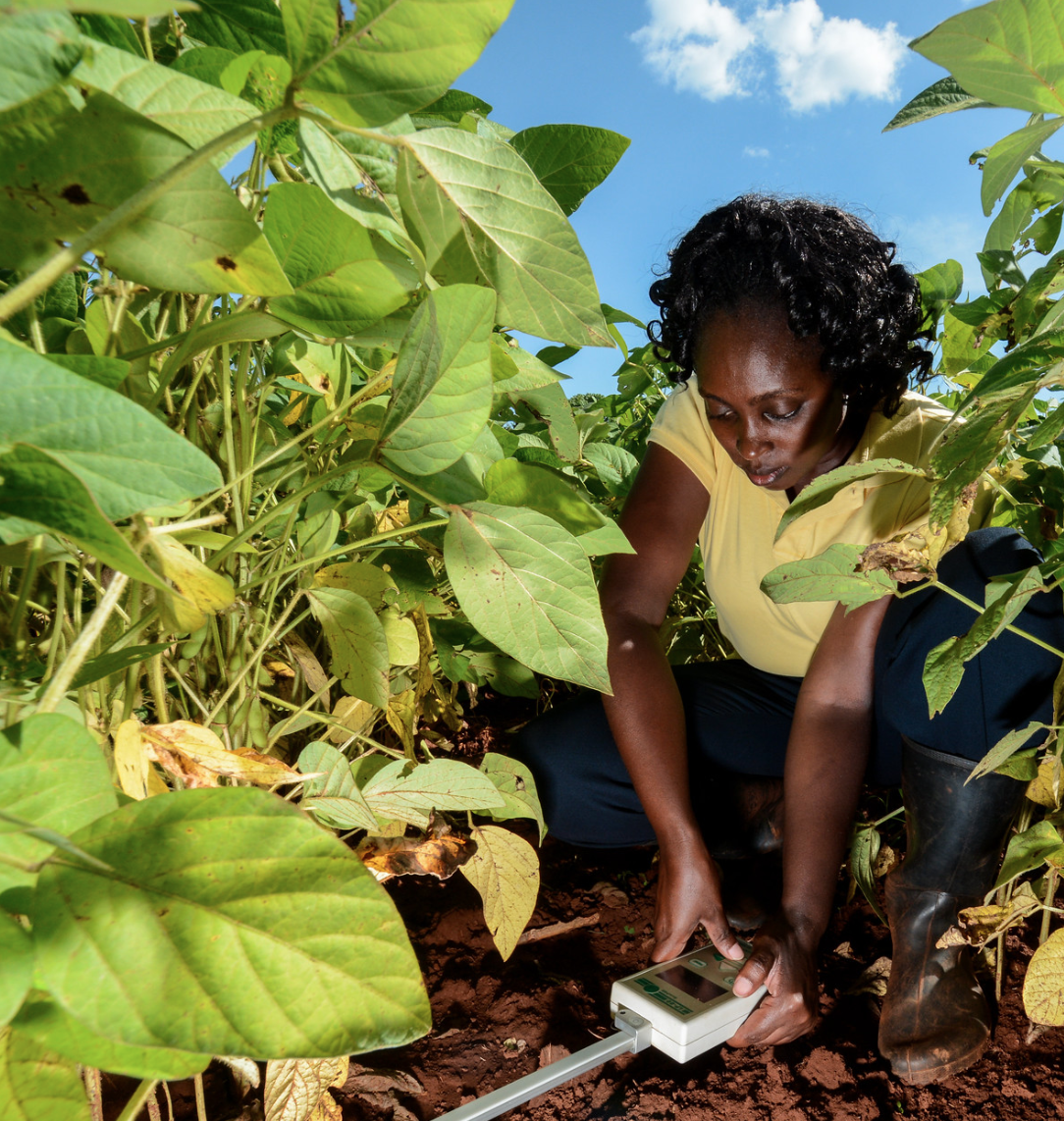
Climate smart agriculture 100: Smart business — producing more with less
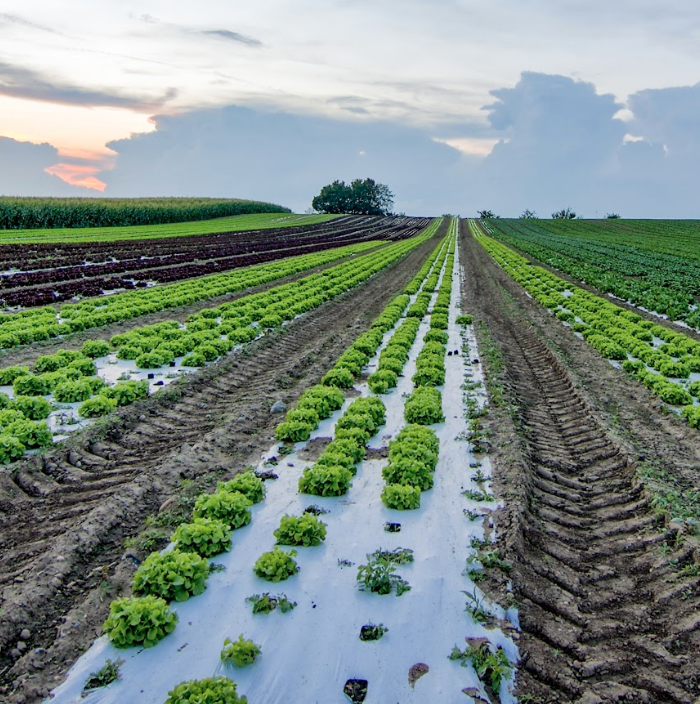
The 4 per 1000 initiative: Unearthing the forgotten solution
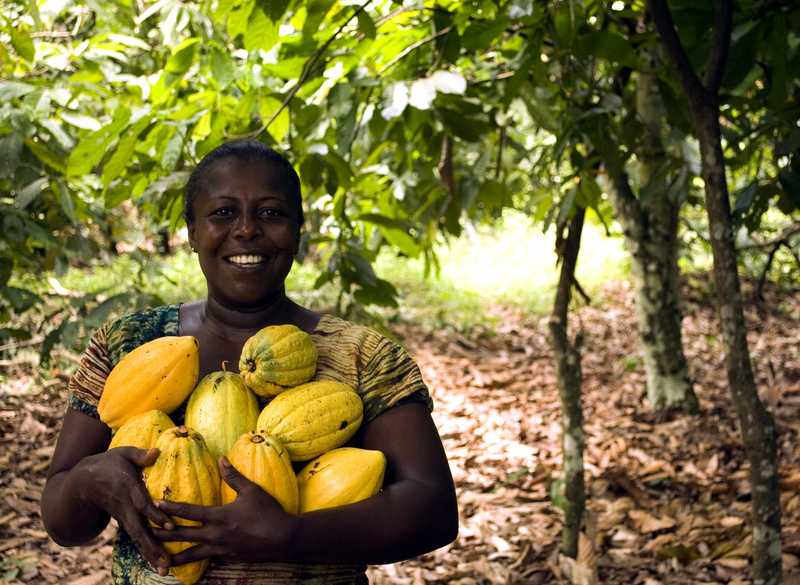
Readying REDD+ for results
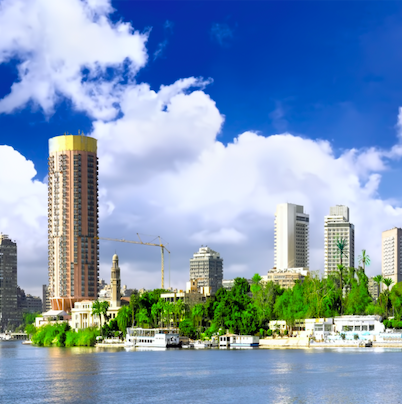
Global problems, city solutions
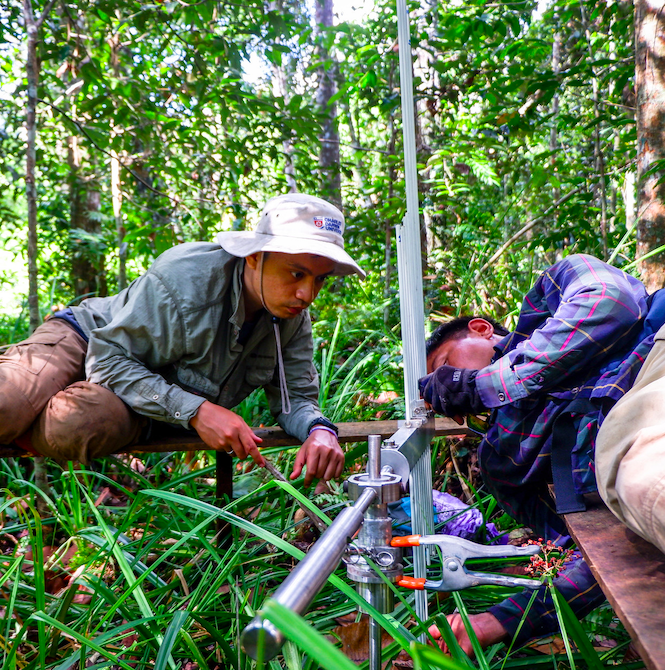
Peatland restoration in Borneo, Indonesia
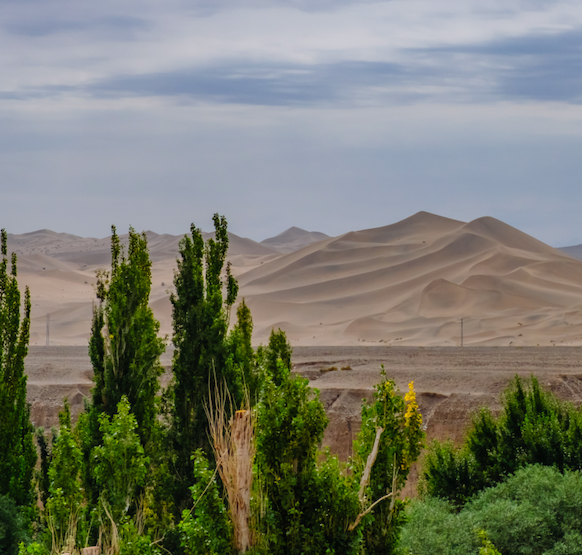
The Great Green Wall of China
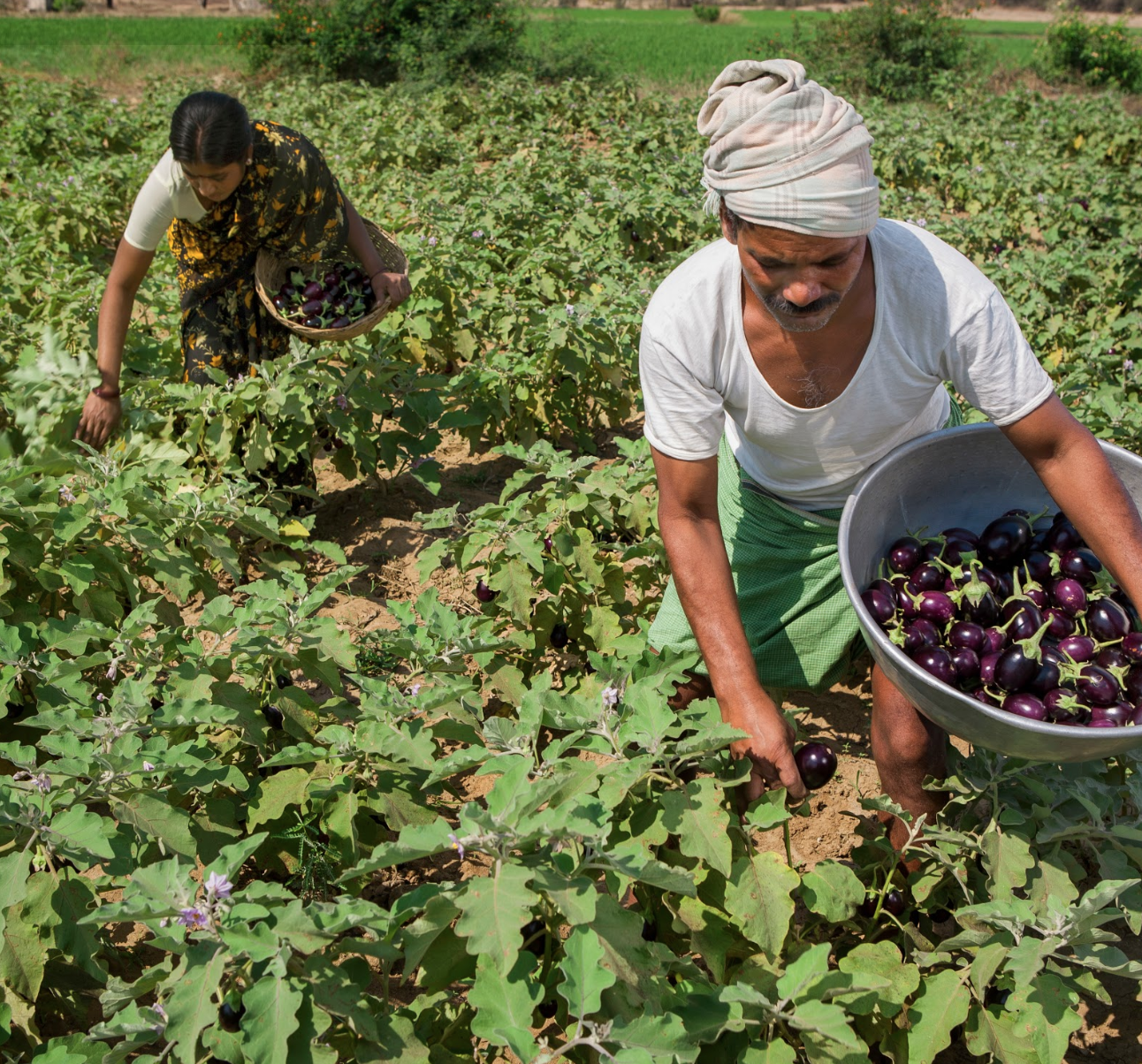
Regenerative ripples in India: Agricultural Pioneer
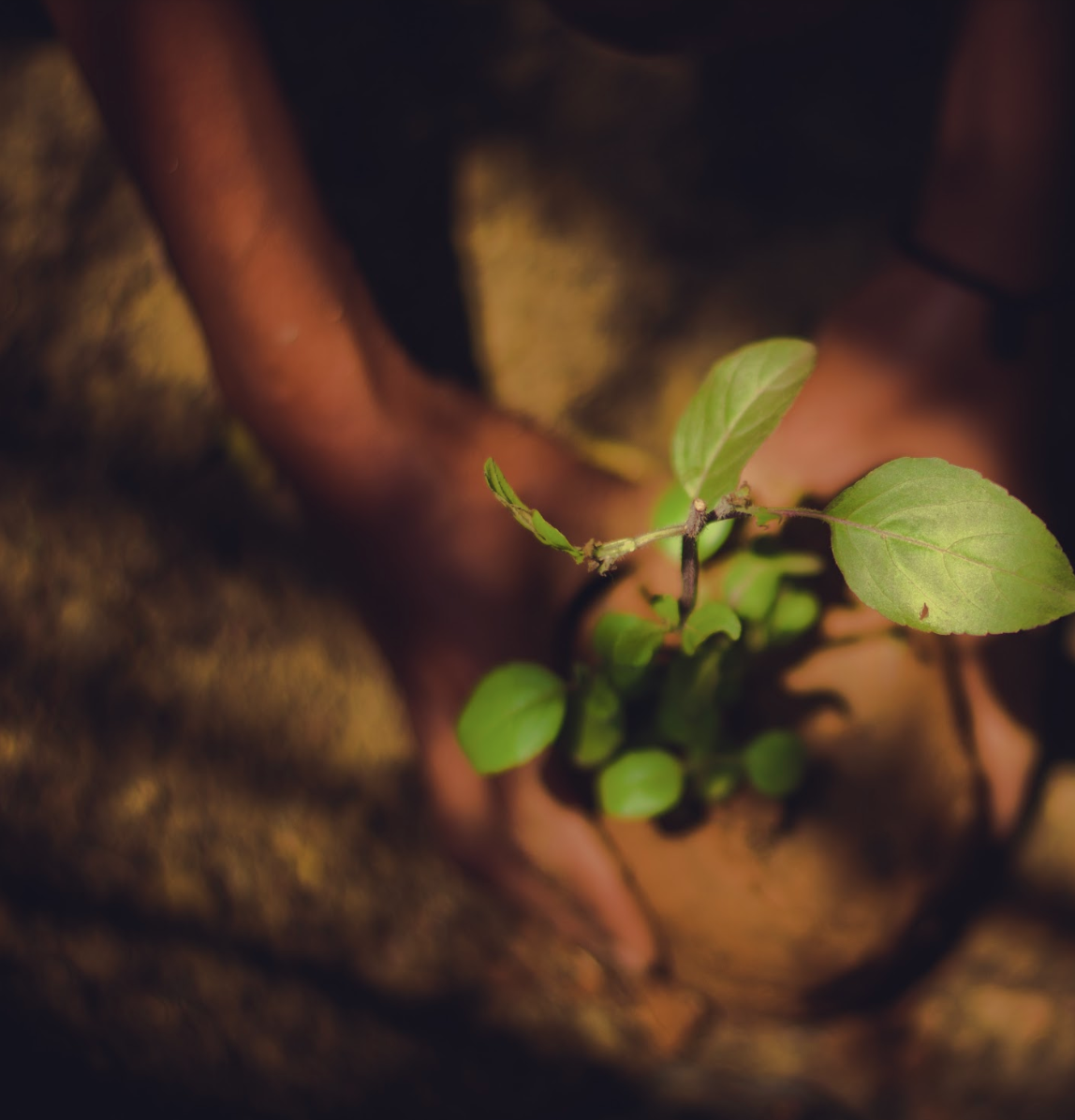
Tree tsunamis in Pakistan: Upscaled — a tree for everyone on the planet
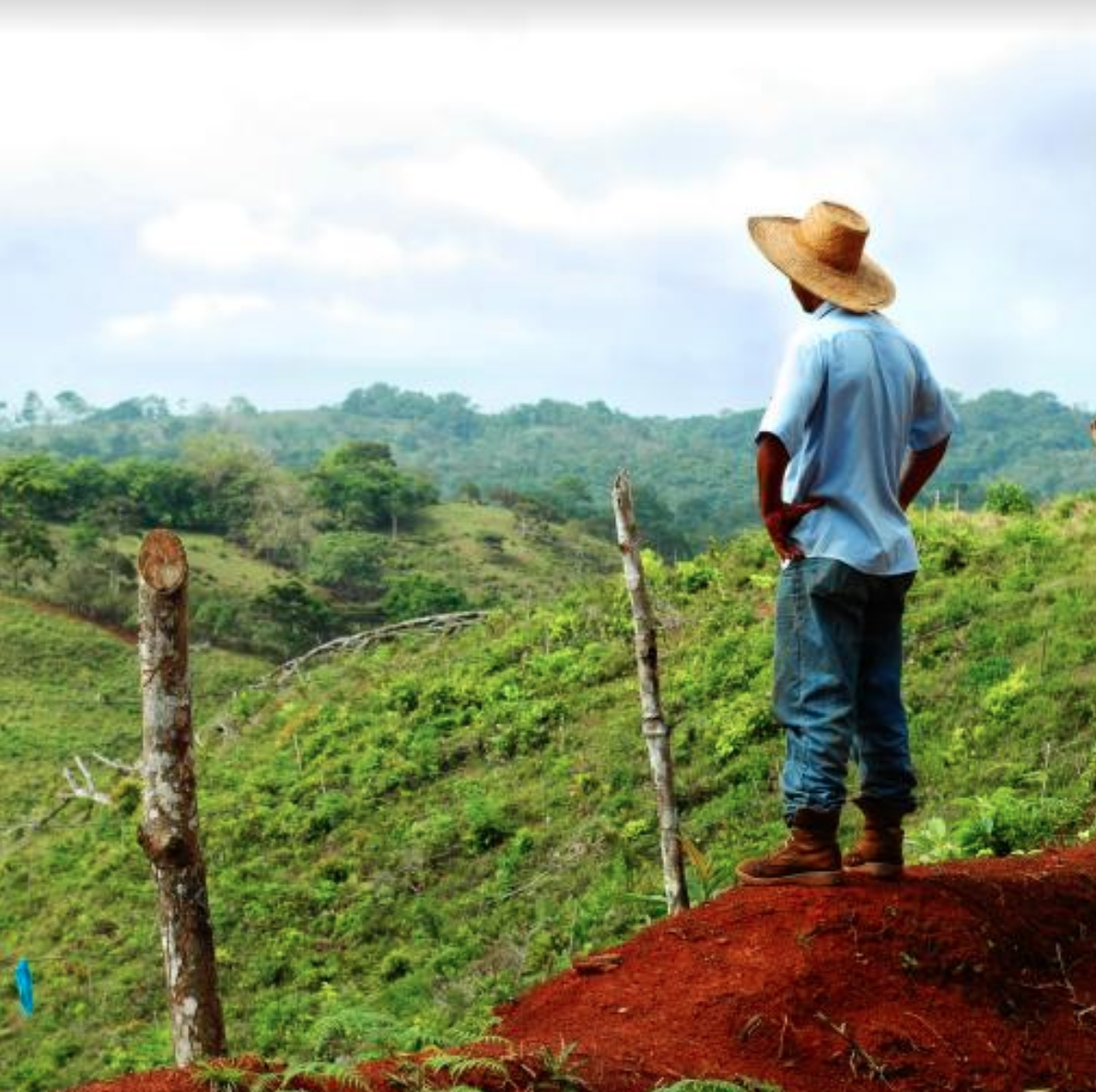
Landscape-scale research in the Panama Canal Watershed
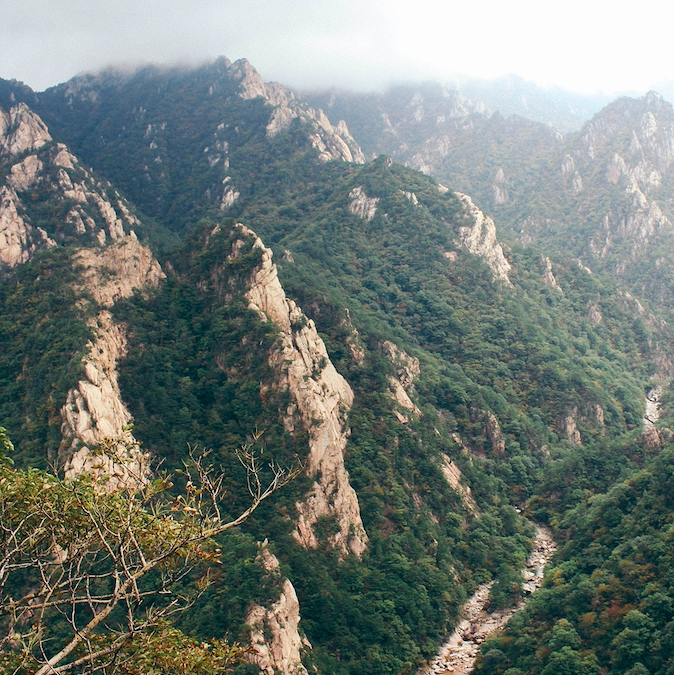
Forest transition in South Korea: A miracle made
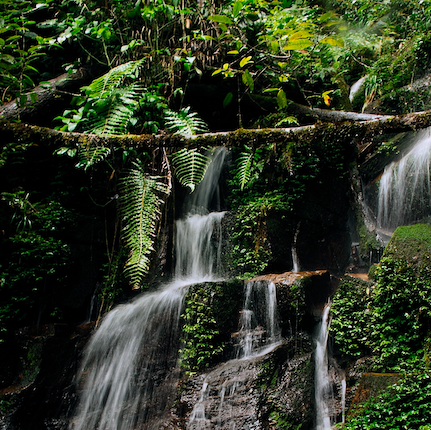
Trillion Trees: A world where forests are expanding, not shrinking
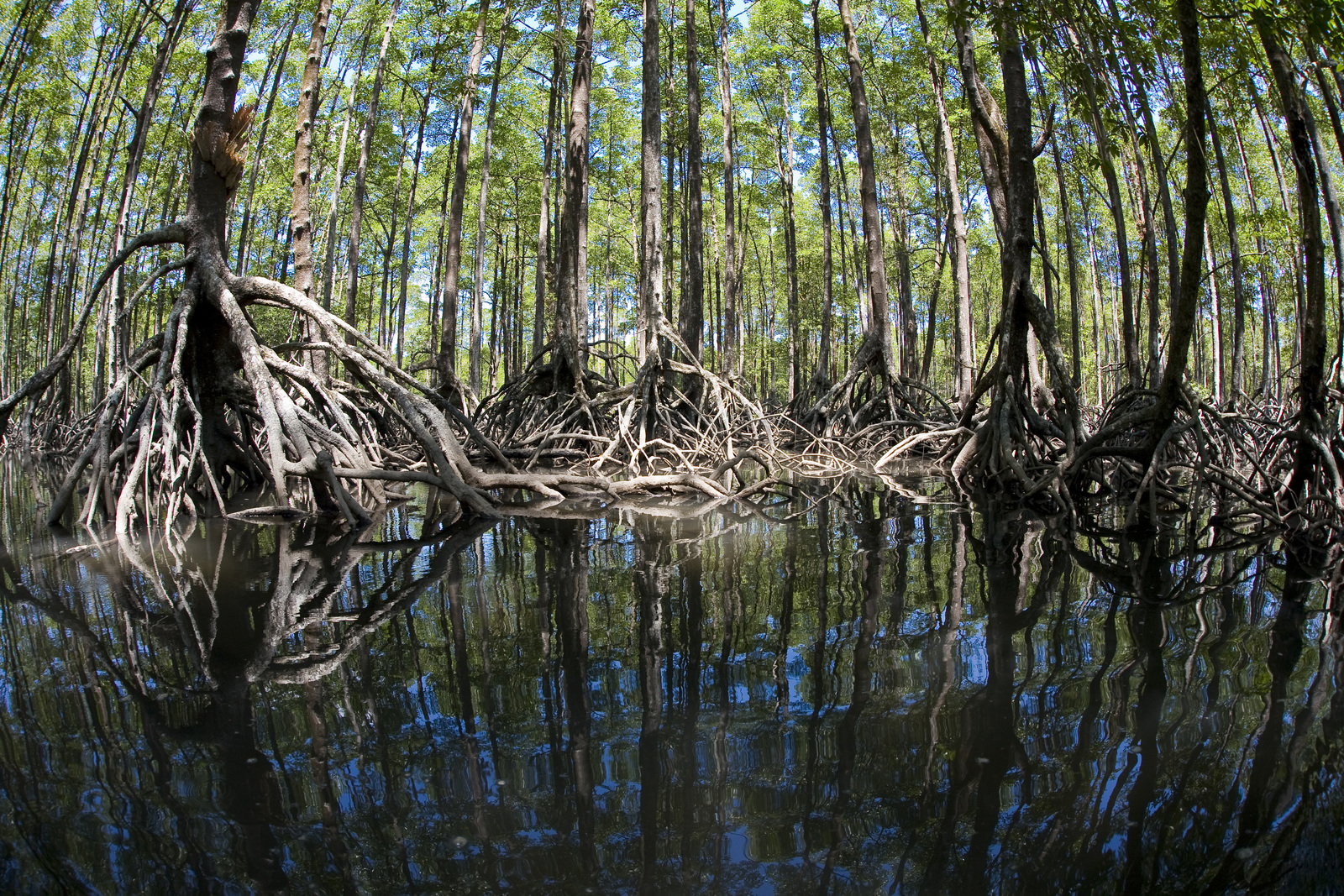
Blue forest restoration in Indonesia: Multitalented mangroves

Flood resilience in China

Forest policy and foresight in Argentina: The power of forests
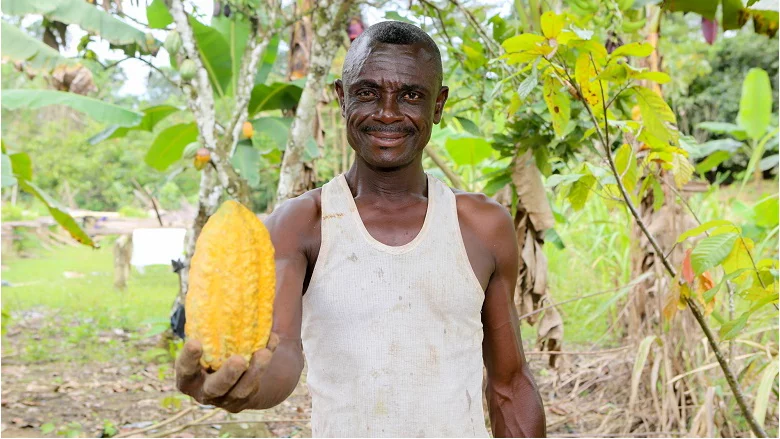
Ghana Cocoa Forest REDD+ Programme (GCFRP), (Ghana COCOBOD)
Where: West Africa Guinean Forest, Ghana
Type of NCS solution: Manage
Ghana’s GCFRP program empowers farmers in the West African Guinean Forest to generate higher yields from their cocoa plantations while preventing deforestation and biodiversity loss. The area has traditionally faced agricultural expansion, illegal logging, and other pressures threatening native forests. Through this project, farmers are trained in planting shade trees and farming sustainably to reduce deforestation and sequester carbon. Since 2019, the average productivity of cocoa has increased from 400 to 600kg per hectare. Ghana is also working with the World Bank’s PROGREEN to bring 210,000 hectares of cocoa forest under Community Resource Management Areas to benefit farmers who have adopted sustainable farming practices. In January 2023, Ghana became the second country in Africa to receive payments from the FCPF for reducing emissions through REDD+. So far, Ghana has reduced nearly 1 million tons of emissions by reducing deforestation and forest degradation.
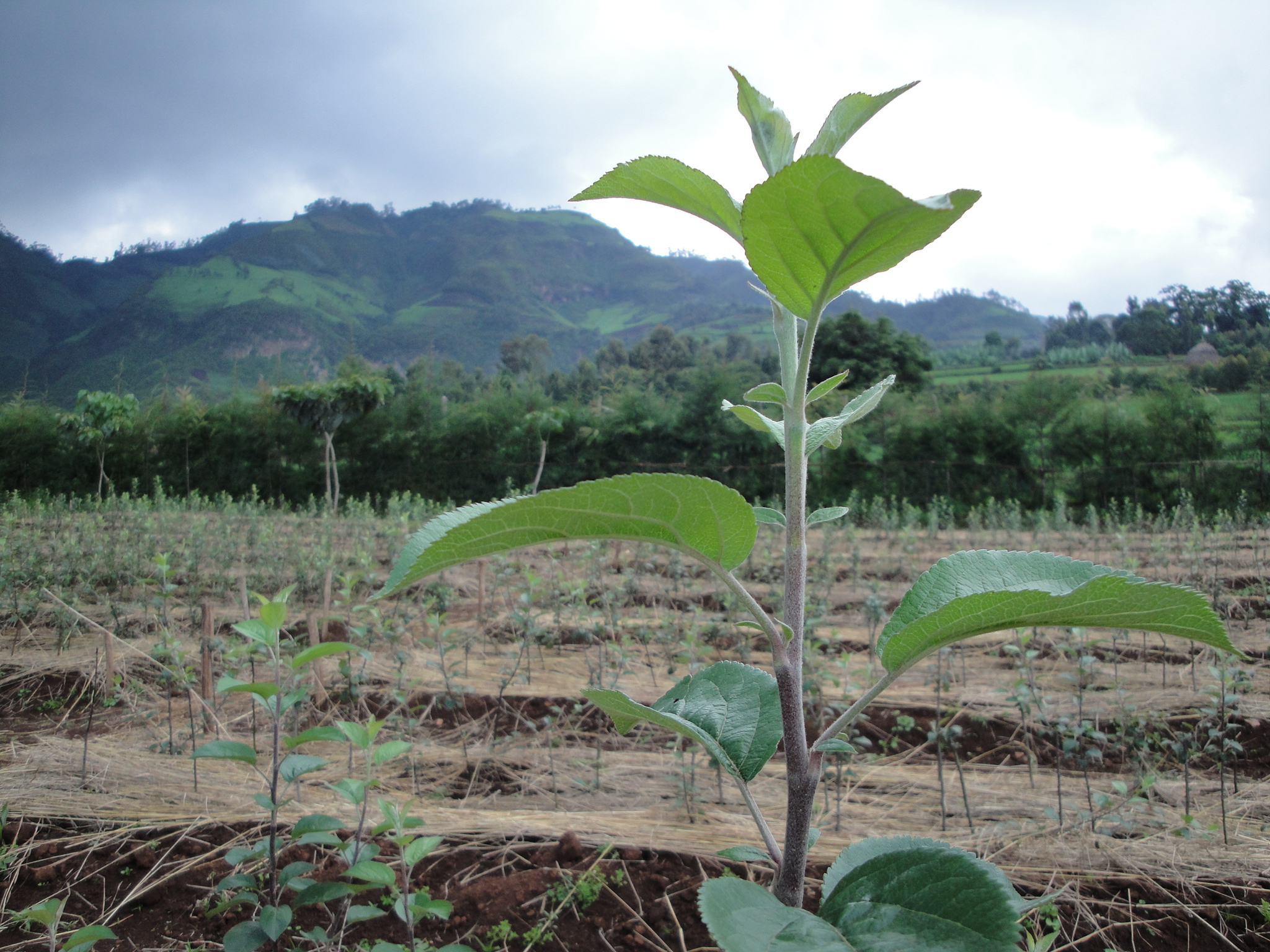
Soddo Forestry Project, (FMNR)
Where: Mount Damota, Ethiopia
The overexploitation of forest resources in Ethiopia has left less than 3% of its native forests remaining. Mount Damota, south of the Ethiopian capital, Addis Ababa, was highly degraded due to overexploitation of forest resources. As a result, its steep hills were subject to severe soil erosion and drought. The project provides increased production of sustainable tree products, such as honey, and improved land management. Farmer Managed Natural Regeneration (FMNR) is used to regrow vegetation from existing stumps and root stock, providing faster and more sustainable growth than replanting trees in nurseries. This has enabled the restoration of 503 hectares of degraded native forests so far, reducing erosion. The Soddo project will establish and protect over 1.2 million trees, sequestering an estimated 189,027 tonnes of CO2 emissions.

Hifadhi-Livelihoods: improved cooking stoves project, (Ecoact)
Where: Embu County, Kenya
The communities living in the rural area of Embu Country in Kenya have limited access to energy, and rely on wood from local forests for their energy needs. Kenya loses 50,000 hectares of forest per year. The Hifadhi-Livelihoods project provides low-income families with cookstoves that consume less wood and emit less smoke, providing environmental, social, and economic benefits. Funding is also used for reforestation activities, providing communities with seedlings to grow trees and help Kenya’s forestry recover. So far, one million trees have been planted, and more than 174,000 tons of CO2 emissions have been reduced per year. The goal is to distribute 120,000 stoves; half have been deployed among local communities so far.
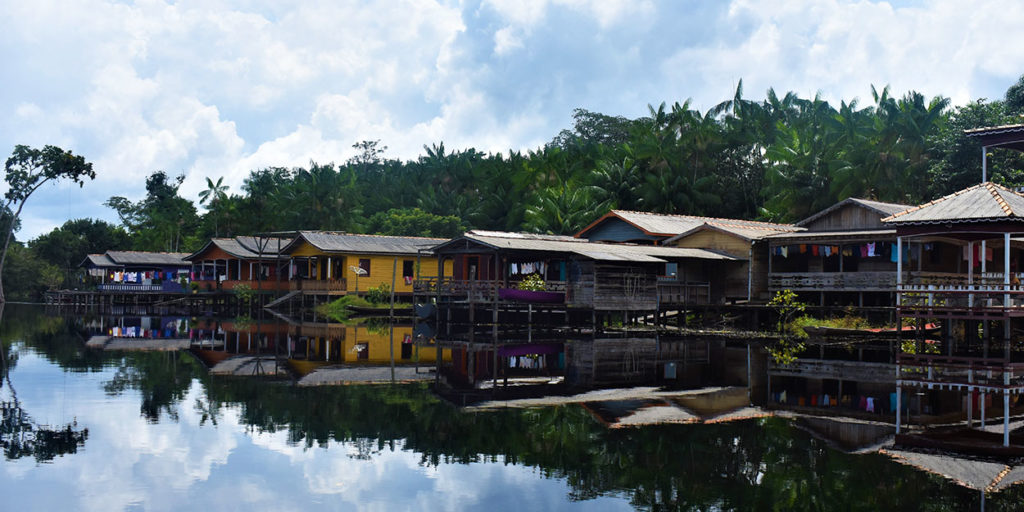
Marajó, (Ecoact)
Where: Island of Marajo, Brazil
The island of Marajo, in the delta of the Amazon River, is home to a rich and varied flora and fauna. However, the exploitation of wood and its transportation on the river is a significant source of income for local communities, and a significant cause of deforestation in the region. This project uses carbon credits to offer alternative sources of income to local communities. The project promotes alternative income projects, such as aquaculture, and the development of sustainable agriculture practices to protect the primary forest. A school for environmental education and training sessions on sustainable agriculture were created. Nurseries were also constructed to promote reforestation and restoration of the forest.
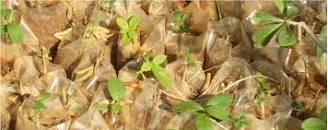
Kitalu: Tree Planting Project, (Ecoact)
Where: Kenya
The Kitalu project combines tree planting, rural development, and emissions reductions. Deforestation is a major cause of poverty and climate change, and the project works with small groups of local farmers to combat deforestation. Deforestation erodes the soil, forcing farmers to clear more land, continuing the cycle. Restoring degraded land provides both ecosystem and community benefits. Through this project, farmers receive an annual subsidy for each tree planted, and access to long-term benefits from carbon credits generated. The project also encourages smallholders to join community groups, providing access to education.
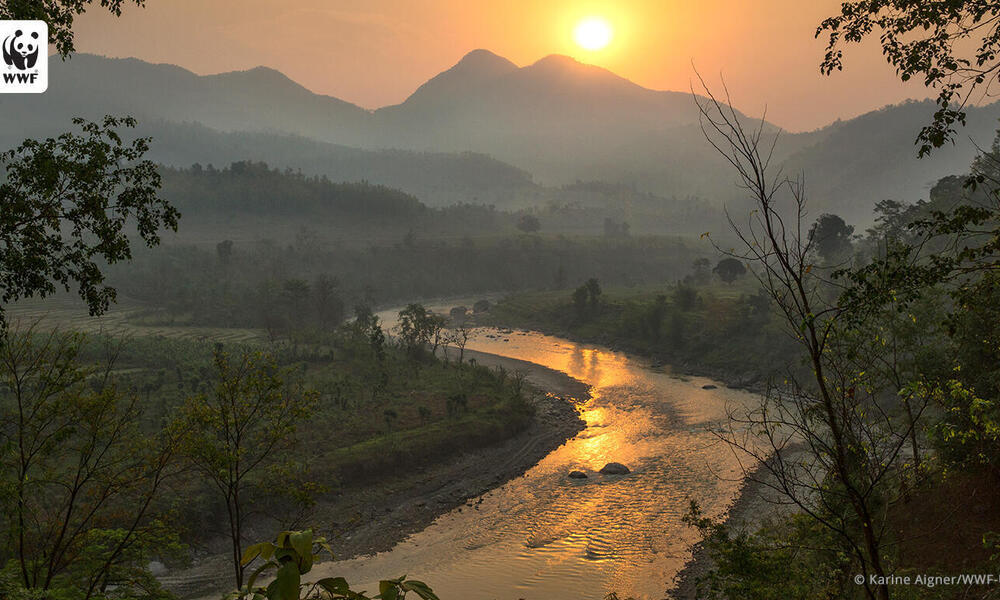
Managing Watersheds for Enhanced Resilience of Communities to Climate Change in Nepal (MaWRiN), (WWF)
Where: Marin Watershed, Nepal
Type of NCS solution: Adapt
The Marin watershed in the Churia belt of Nepal of Nepal is highly vulnerable to landslides, floods, and drought. Its majority indigenous population subsists on agriculture, but unstable climate conditions threaten their productivity. This project aims to improve the community’s resilience and adaptive capacity against climate change through nature-based solutions. There are three components to this project. The first intends to develop and implement an integrated watershed management strategy in the Marin watershed. This component will also focus on capacity-building. The second will incorporate climate change adaptation measures into watershed management, using nature-based solutions to reduce vulnerability to climate hazards. The third will focus on knowledge and learning.
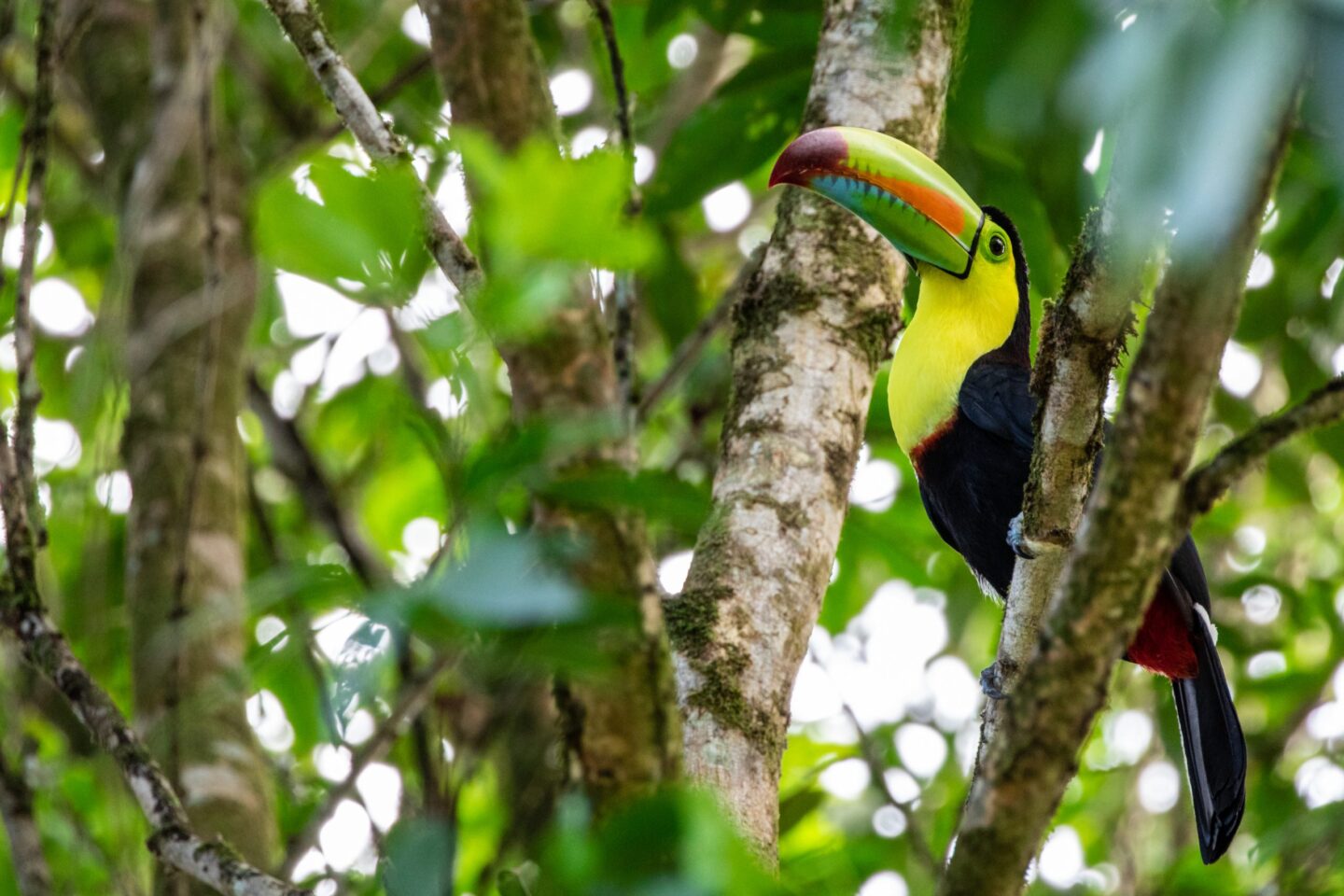
Turning 25 hectares of grassland into flourishing rain forest, (Trees for All)
Where: Limón province, Costa Rica
Type of NCS solution: Restore
Barbilla National Park has become isolated from other nature reserves in northern and western Costa Rica due to small-scale agriculture and cattle farming. This has fragmented the habitat. To connect Barbilla National Park to Adopt Rain Forest Foundation’s nature preserve, this project will reafforest 25 hectares of meadowland by planting 27,500 species. In the first phase of this project, many fast-growing trees, called pioneers, are being planted. These trees create shade and correct humidity, paving the way for slower-growing species.
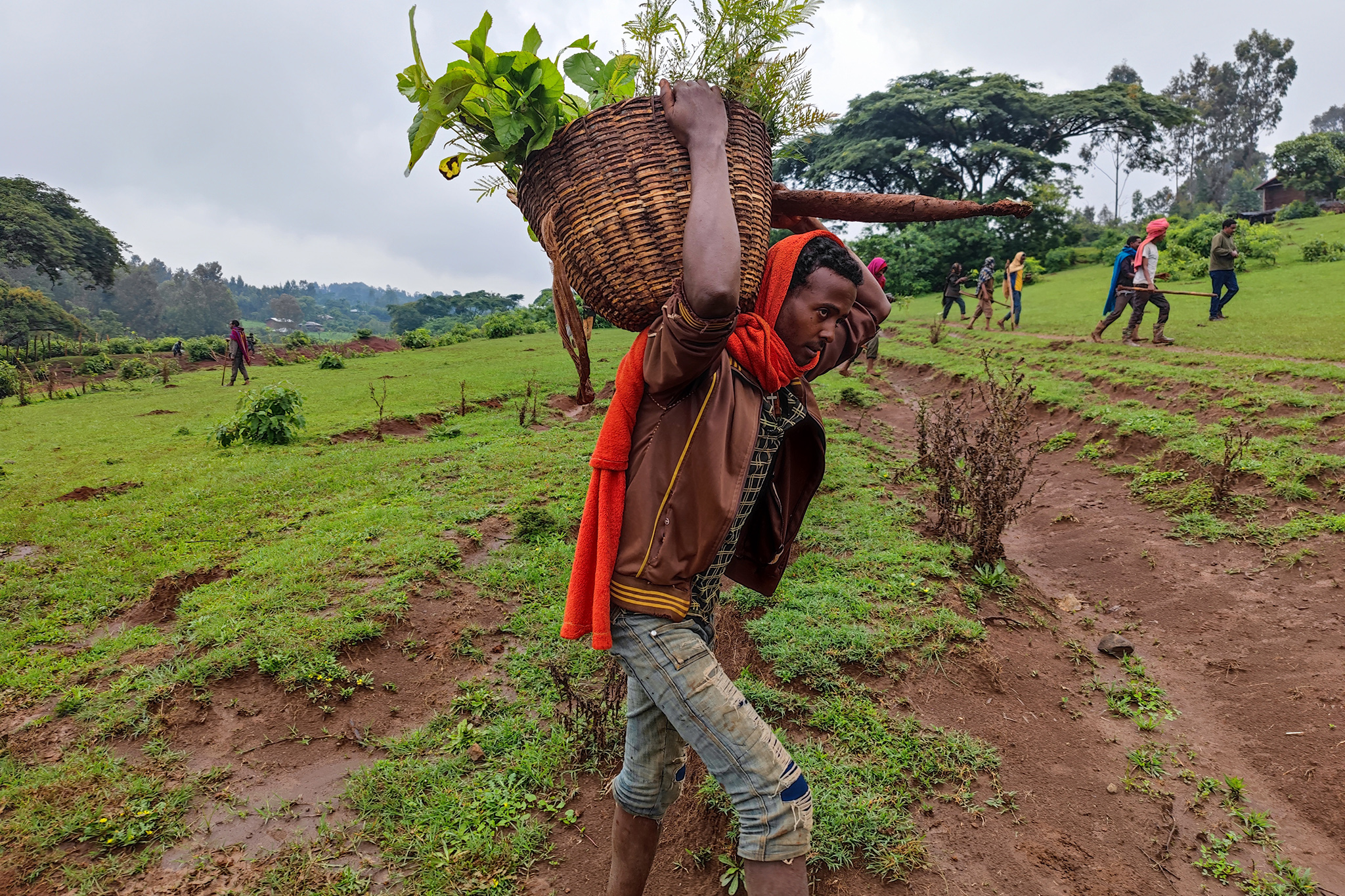
A Flourishing Future for Gewocha Forest: Community-led restoration of native remnant forest in Amhara, (WeForest)
Where: Amhara, Ethiopia
In the Gewocha Forest in Amhara, Ethiopia, soil is degrading and land is becoming unproductive due to a lack of sustainable farm and grazing land management. Nearby farmers are encroaching into the forest to compensate for losses from crop yields, and trees are cut for fuel and construction wood. This project aims to re-establish the structure, species diversity, and density of the highly degraded forest land. It is also working to rehabilitate degraded open communal land. To support local communities, the project will support a community resilience strategy through agroforestry practices on smallholder farmlands. So far, over 12 million trees are growing, and 28 species are regenerating.
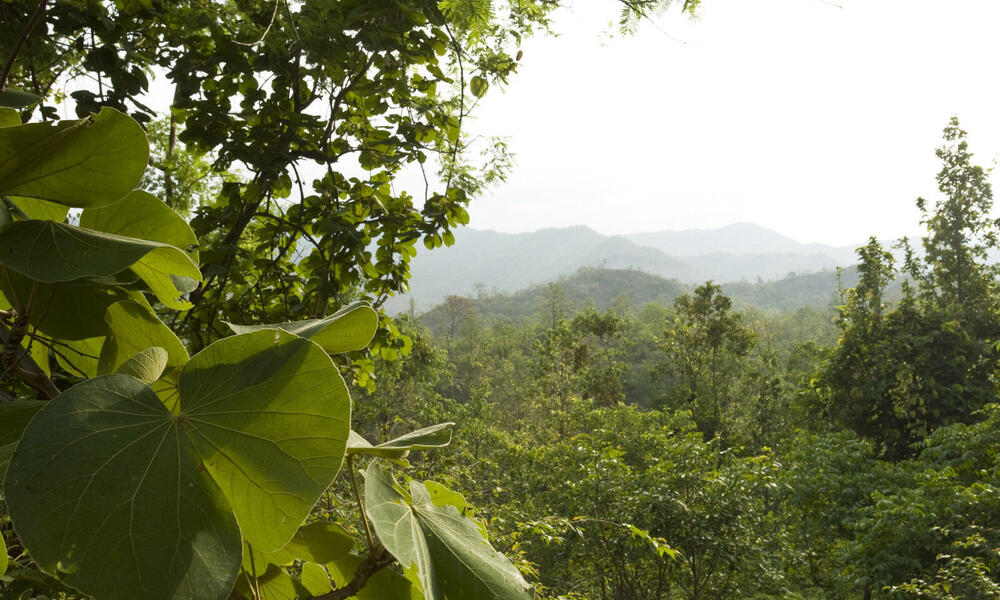
Sustainable Land Management in the Churia Range, (WWF)
Where: Churia Range, Nepal
Nepal’s Churia Range covers 13% of Nepal’s total area and has faced chronic land degradation and unsustainable management of natural resources. This pilot project in four key areas aimed to facilitate sustainable land and forest management practices alongside local communities. To do so, project implementors promoted sustainable agricultural and livestock management practices, engaged local communities in forest conservation, and encouraged inter-sector collaboration. These practices included climate-smart agriculture, terrace improvement, and water storage tanks. Final evaluation of the project showed it was completed in a satisfactory manner.
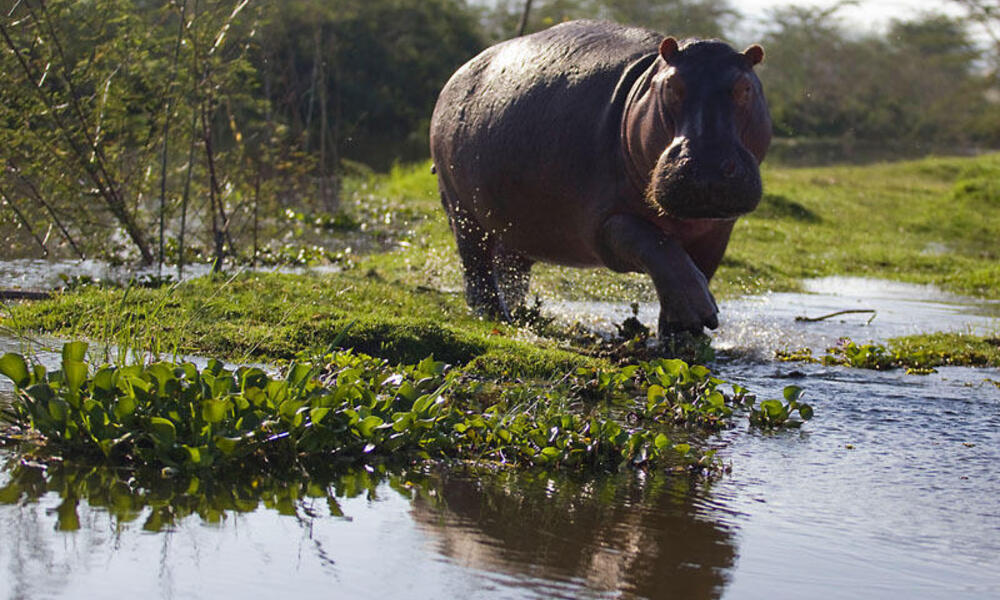
Lake Naivasha Basin Ecosystem Based Management, (WWF)
Where: Rift Valley, Kenya
Lake Naivasha is one of the freshwater lakes in the Kenyan part of the Rift Valley. The basin provides significant biodiversity, water, and fertile soil. However, there has been significant land degradation causing habitat loss and reduced ecosystem services. This project aims to restore forest ecosystems and reduce land degradation to protect the lake’s water resources and ecosystem services. To do so, the project will work on several forest landscape restoration initiatives, sustainable agriculture programs, and expanding the region’s Payment for Ecosystem services program.
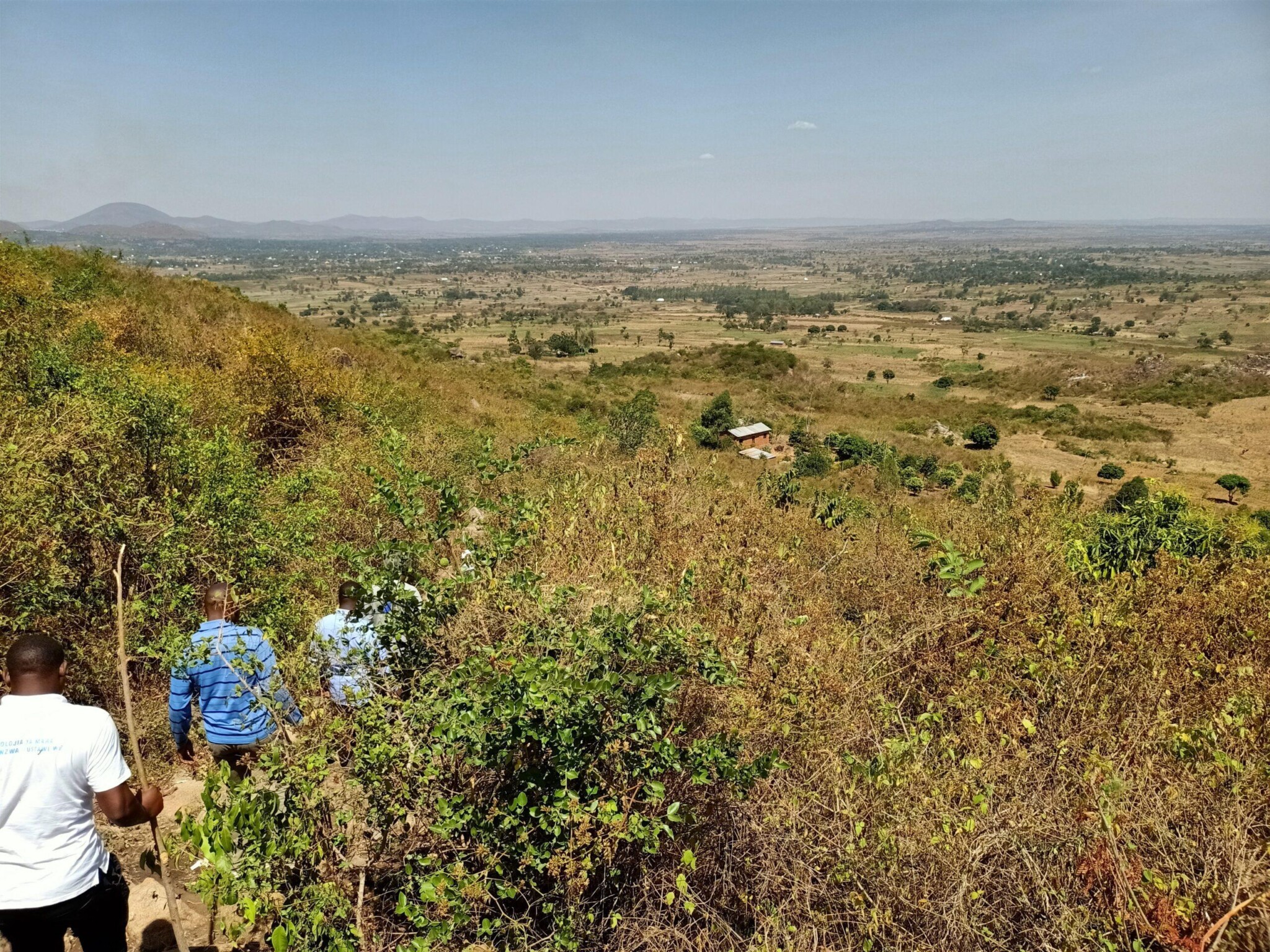
Hillside forest restoration and transitioning villages to agroforestry, (WeForest)
Where: Mara, Tanzania
In Mara, Tanzania, the Butiama hills have faced severe deforestation and degradation caused by illegal and unregulated firewood harvesting, charcoal burning, and grazing. This has dried up water sources. Communities lack access to affordable and sustainable energy sources. Low agricultural productivity and a lack of community ownership further contribute to degradation. This project aims to restore over 3,868 hectares of acacia woodlands to combat deforestation and landscape degradation. To address pressures on local communities, individual woodlots and agroforestry systems for local smallholder farmers will be implemented. The project will also establish community forests with protected legal status to restore water access.
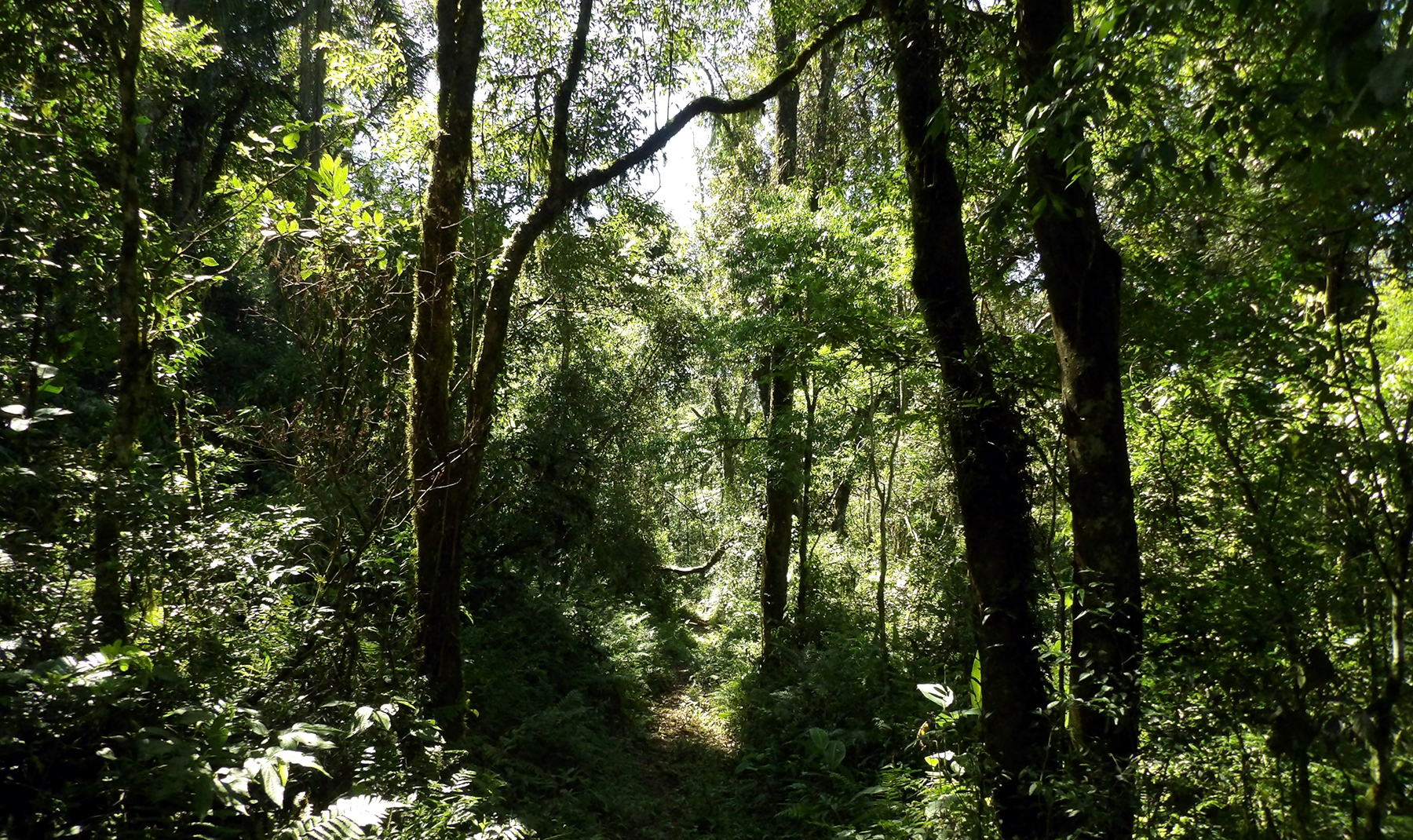
Restoring Misiones, Argentina: Engaging smallholder farmers to protect jaguar habitats, (WeForest)
Where: Misiones, Argentina
Misiones, Argentina is home to the largest remaining tract of interior Atlantic Forest and the largest remaining sub-populations of jaguars. However, 50% of the native forest is unprotected and divided by plantations and pasturelands. This project aims to transform the current agricultural model and connect protected lands. To do so, the project is engaging 49 small-holder farmers to restore farmland into forest patches. Farmers will be engaged in sustainable production of yerba mate through agroforestry. The project will also improve water access to boost local income and reduce pressure on the forest. 141 hectares of forest will be restored through conservation and assisted natural regeneration.
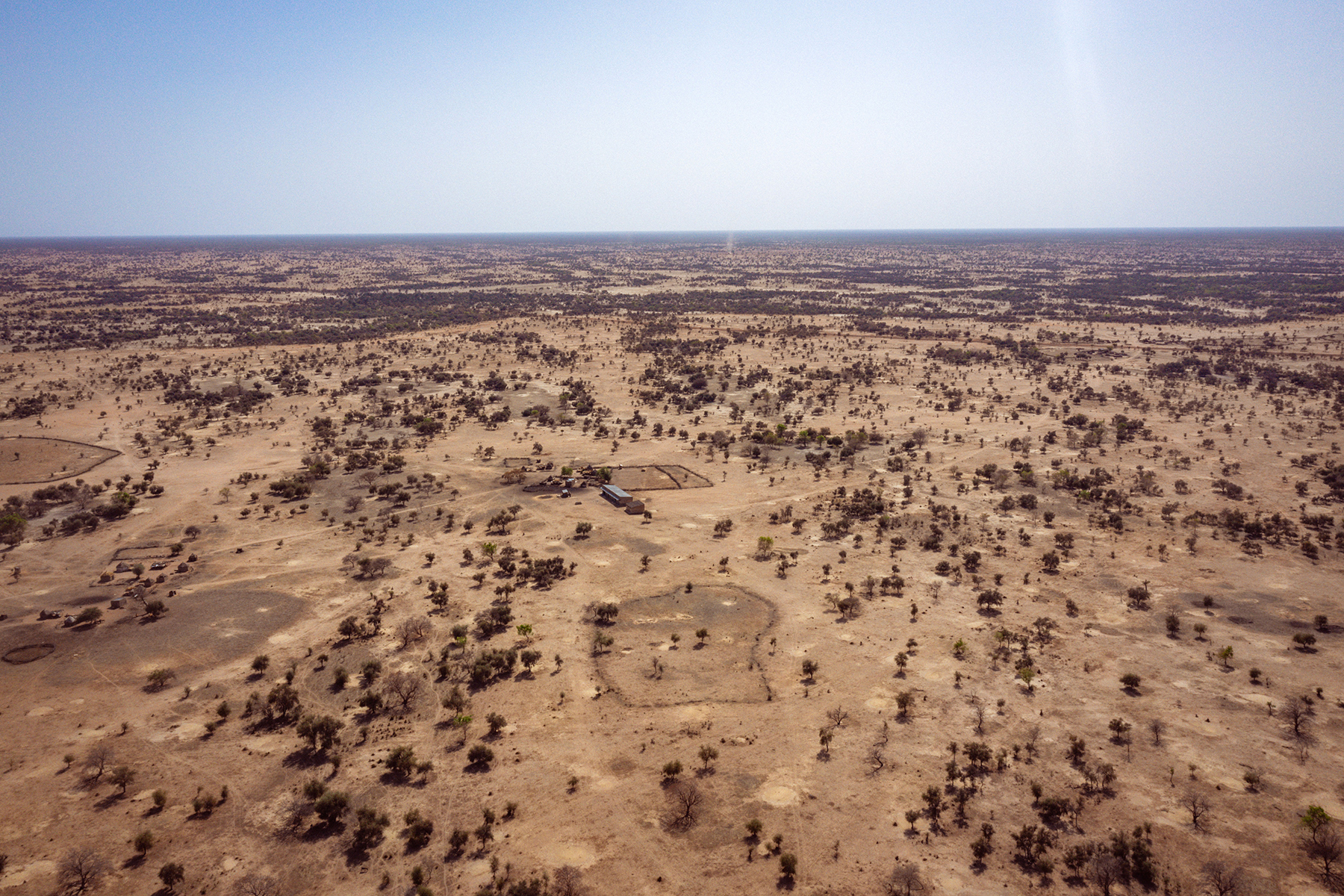
Regreening Ferlo, Senegal: Putting local pastoralists at the heart of restoration, (WeForest)
Where: Sahelian, Senegal
In the Ferlo zone of the Sahelian region of Senegal, desertification has caused hunger and drought. The first phase of this project aims to restore 1,000 hectares of land through direct planting, assisted natural regeneration, and enrichment planting. The project is engaging with local pastoralist communities to restore land, and identify and measure improved techniques for consistent survival. So far, the project has restored 54 hectares of land, with over 13,000 trees growing.
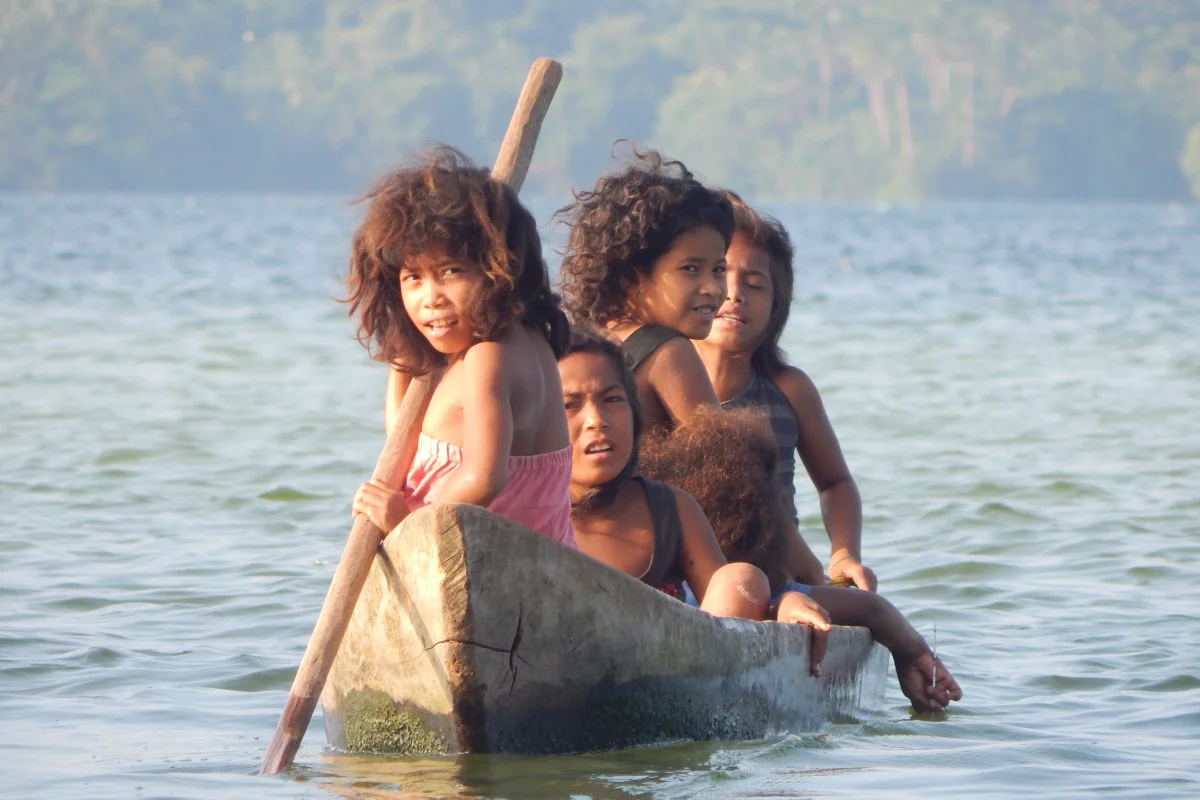
INSPIRE, Invasive Species Management for Resilient Ecosystems, (Kiwa Institute)
Where: Fiji, French Polynesia, Palau and Samoa
Invasive species disproportionately affect island biodiversity, accounting for half to two-thirds of all species extinctions. This project plans to facilitate the management of invasive species as a nature-based solution through the eradication, suppression, and prevention of invasive species. These practices protect and regenerate biodiversity, and restore ecosystem services. This project will further link the management of invasive species at five key sites in Fiji, rench Polynesia, Palau and Samoa through a regional ecosystem resilience learning network. Project activities also include supporting effective policy development for NbS in the region.
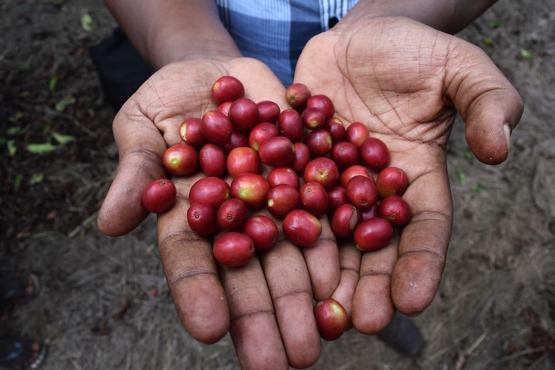
Coffee Landscape Restoration and Resilience Project, (FOLUR)
Where: Kibira National Park, Burundi
Burundi is a major producer of Arabica coffee, which plays a vital role in the country’s economy. However, monoculture practices have increased erosion and deforestation. This project aims to facilitate the coffee sector’s transition to a sustainable production model by building on existing strategies for forest conservation and sustainable land management. The goal is to adjust existing regulations and strategies to develop integrated land management practices. The project aims to restore degraded landscapes and implement sustainable land management practices in coffee-growing hills by promoting land rehabilitation, erosion control, and land-titling processes.
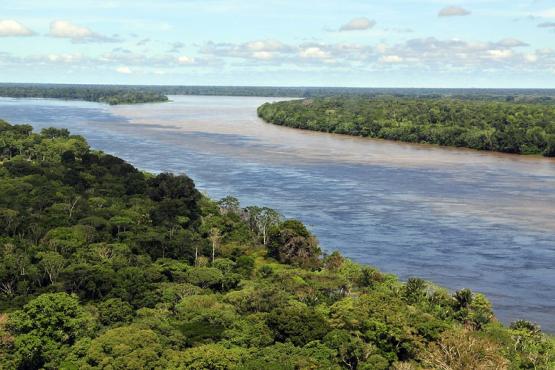
Vertentes Project, (FOLUR)
Where: Cerrado biome, Brazil
Brazil has become a top global agricultural commodity producer, at significant cost to the environment. Cattle grazing in the savanna landscape of the Cerrado biome has led to significant land degradation and loss of native vegetation. This project aims to address the development challenge of sustainably managing the landscape by restoring degraded land and conserving biodiversity. Project activities focus on the development of integrated land management systems, restoration of natural habitats, and capacity building. To achieve these goals, landholding protocol certification and traceability tools will be adopted to improve land-use practices and restoration activities. The project will also engage with the public sector to strengthen legal protections for natural ecosystems.
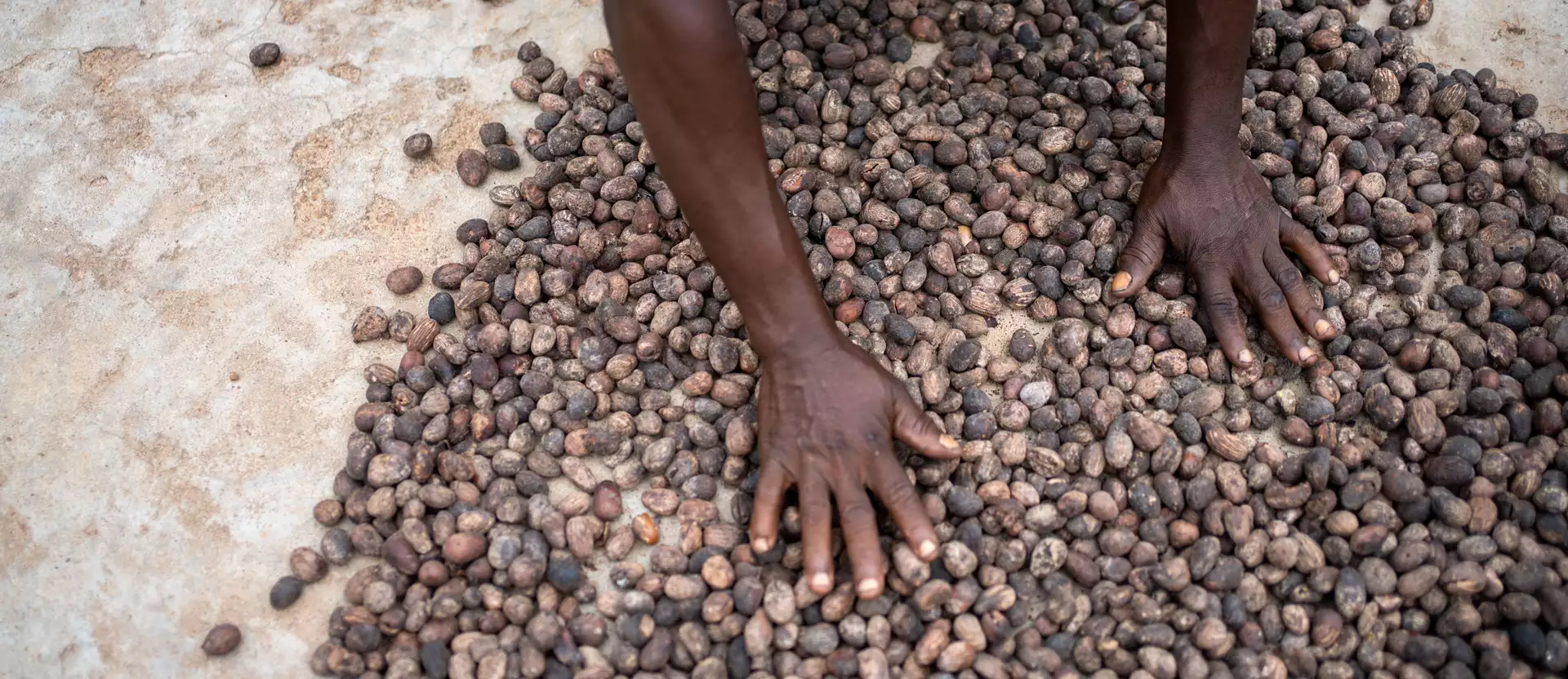
Harnessing the Power of Shea Trees, (Tree Aid)
Where: Gushiegu Municipal District, Mion District, and Yendi Municipal District, Ghana
This project is part of the Ghana Landscapes Shea Emissions Reduction Project. Shea trees can provide significant community benefits, but are instead deforested to create space for farming and charcoal processing. By restoring the landscape and planting shea trees, the project aims to reduce and reverse the emissions caused by deforestation. This restoration process will involve promoting agroforestry, Soil and Water Conservation (SWC), agro-silvo pastoral land use, and shea tree growing and management techniques. Moreover, the project will train farmers in climate-smart farming and communities in producing sustainable tree commodities, such as shea butter.
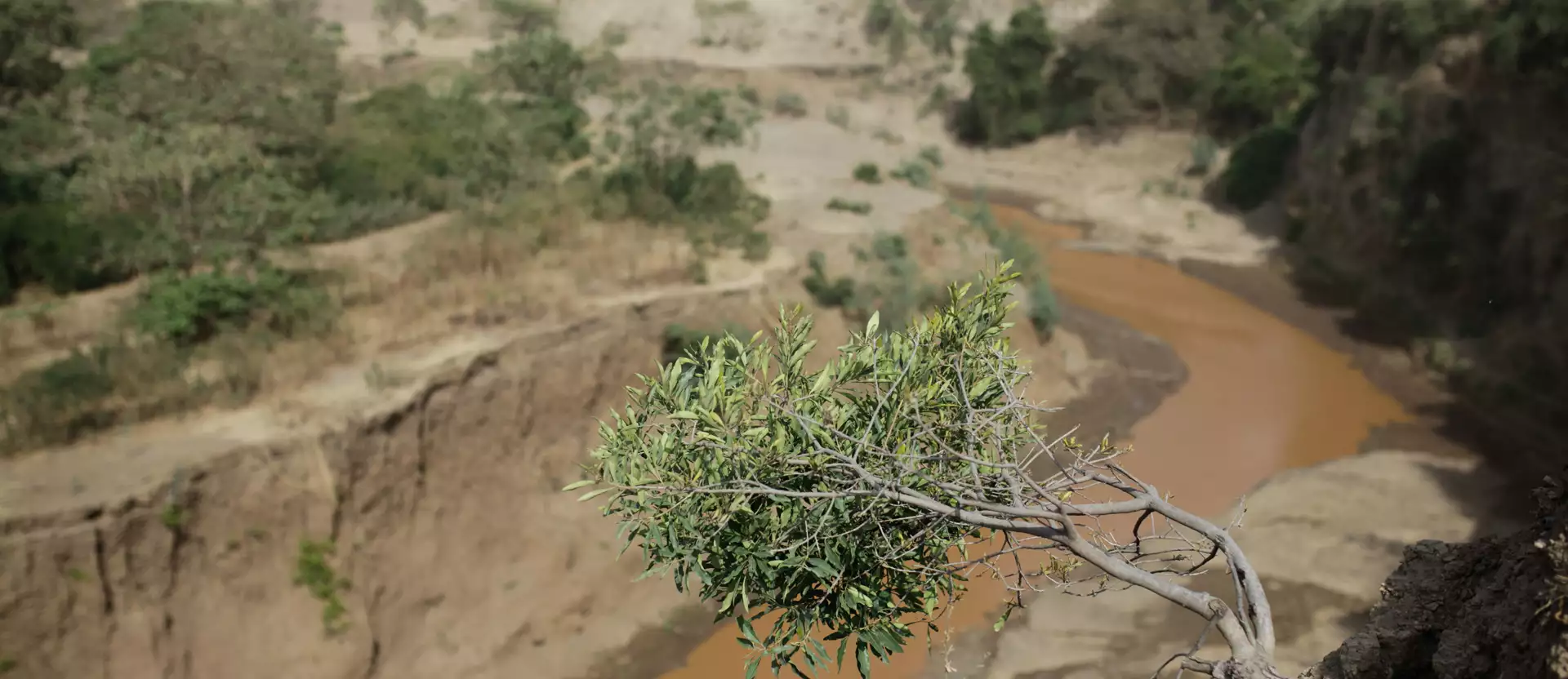
Restoring the Central Rift Valley, (Tree Aid)
Where: Dugda-Meki, Ethiopia
The land and forests of Ethiopia’s Central Rift Valley provide food and income for local communities, but deforestation has increased across Ethiopia. This has led to the loss of fertile soil, and large swaths of land are no longer able to support plant life. This project established 7 different enterprise types to grow the income of 350 people, reducing pressure on forest and land resources. These enterprises include climate smart agriculture and beekeeping. The project also restored 148 hectares of degraded lands and increased vegetation.
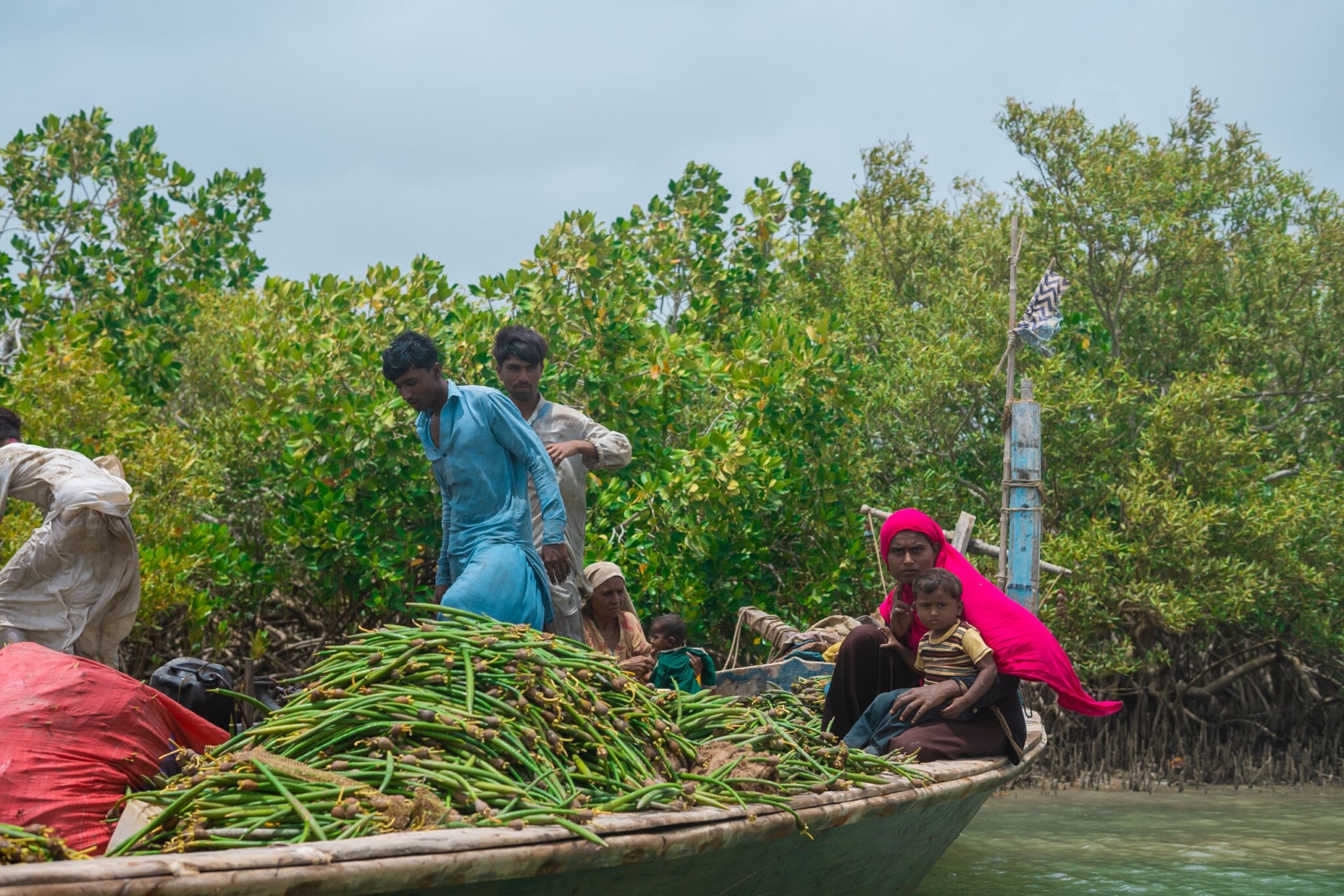
Delta Blue Carbon Project, (Indus Delta Capital)
Where: Sindh, Pakistan
The Delta Blue Carbon Project, located in the tidal wetlands of Sindh in Pakistan, aims to help local communities adapt to the impacts of climate change. The project will restore the degraded coastal mangrove habitat to improve climate change resilience. Carbon finance will improve the financial security and wellbeing of communities. The project protects the existing 102,000 hectares of mangroves and is restoring another 226,000 hectares of degraded mangroves. So far, the project has regenerated 73,466 hectares of mangroves, improved enforcement of wildlife law, and developed training and capacity building for communities.
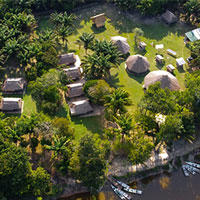
Guyana’s Jurisdictional Forest Carbon Credits Program
Where: Guyana
About 85% of Guyana is covered in forest, with critical watersheds and the highest biodiversity in the world. Guyana has maintained its pristine forest, upholding more than 99% of its first cover over the last four decades. As a high forest, low deforestation country, Guyana championed development without deforestation through carbon finance. Guyana was the first country to implement REDD+ on a jurisdictional scale, and is now the first country to sell ART-TREES credits on the voluntary carbon market. The project includes all 18 million hectares of forest in Guyana. It has helped Guyana maintain its annual deforestation rate of 0.1%, while providing finance for a low-carbon development strategy. The finance has helped improve forest management, establish new protected areas, and fund development projects.
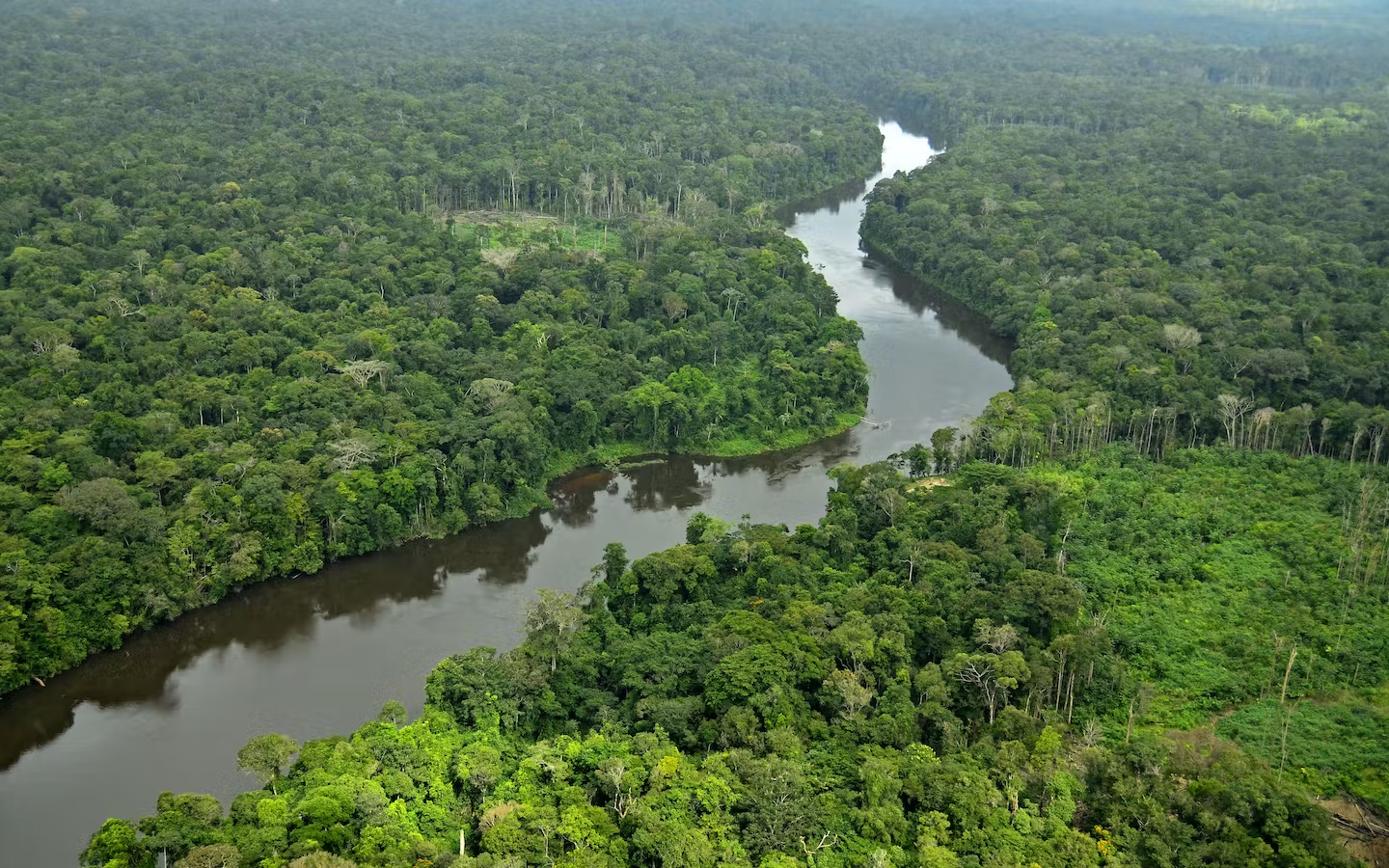
Climate-Smart Forestry with Community Conservation Agreement, (Conservation International)
Where: Matawi, Suriname
93% of Suriname’s land is forested area, but global deforestation and degradation endanger the country’s forest and protected areas. Conservation International aims to empower the Matawai people and local authorities to sustainably manage community forests by implementing Climate Smart Forestry (CSF) practices, to reduce emissions and create sustainable finance. CSF practices aim to increase the carbon storage benefits from forests and the forest sector, while supporting ecosystem services and cultural values. By 2025, the project aims to create conservation agreements with the owners of community forests, improve data available for sustainable development, and sustainably manage 466,000 hectares of community forest. The project also aims to implement a Verra carbon pilot to generate carbon finance for the Matawai people and the government.
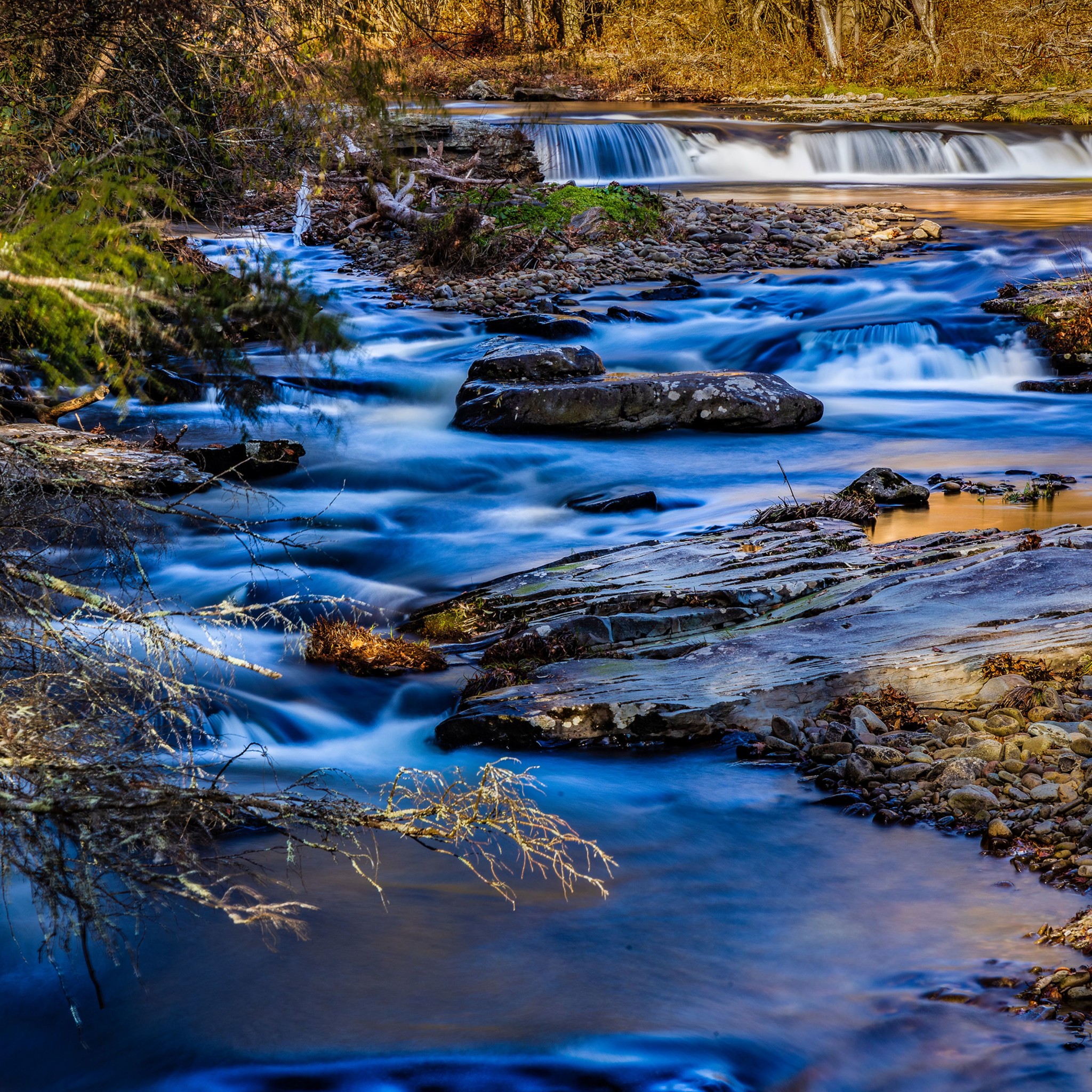
U.S. Family Forest Carbon Program, (The Nature Conservancy)
Where: United States: MD, MA, MI, MN, NY, PA, VT, WV, WI
The Family Forest Carbon Program pays family forest owners annually to engage in forestry that increases the amount of carbon sequestered and stored by their forest. Forest owners enter a 20 year contract, which gives them an incentive to focus on the health of the forest and increasing its carbon storage. The program pioneered and uses a new carbon accounting system in which the amount of carbon sequestered on lands enrolled in the program is compared to similar “control” forests not enrolled in the program. This measures the additionality of the forest. This allows the methodology to pinpoint the program as the sole variable creating the extra carbon benefits, which increases the accuracy and credibility of the credits. The amount of gross carbon occurring as a result of the project is converted into verified carbon credits and sold on the market. The project has so far sequestered almost 700,000 tons of carbon dioxide emissions.
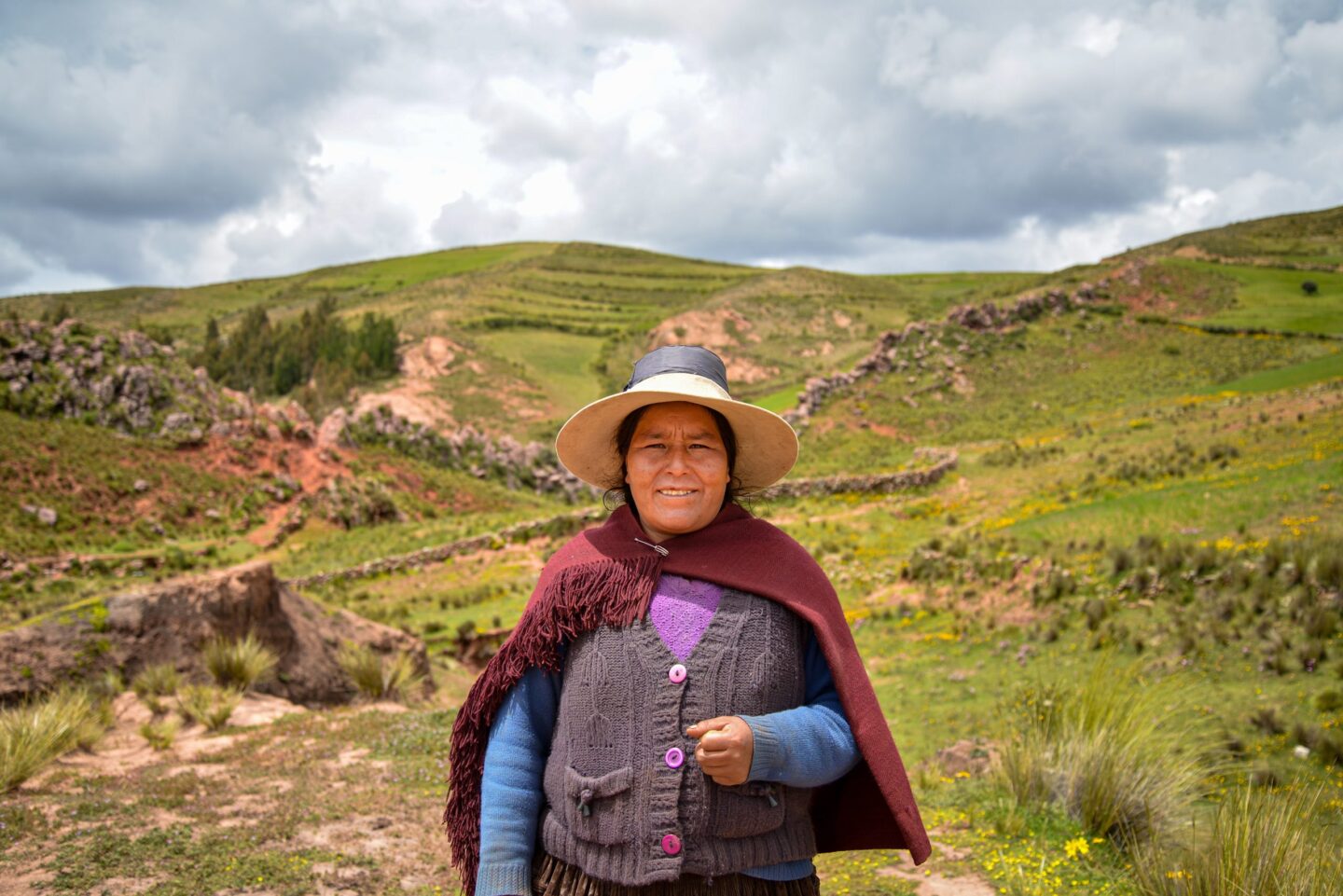
Reforestation and agroforestry in the Bolivian highlands, (Trees for All)
Where: Bolivian Andes
Large sections of the Bolivian Andes have been deforested, leading to water deficits that threaten the livelihoods of local communities. Local farmers also engage in small-scale agriculture and cattle-farming, which has exhausted the soil. Trees for All and the Samay Foundation plan to plant 99,000 trees on 45 hectares of eroded land. These trees will be planted for two different purposes. 75,000 trees will be planted for agroforestry, including 25,000 fruit trees. 24,000 trees of indigenous species will be planted to reforest water infiltration zones. The project also supports farmer training through workshops and exchange visits, educating farmers on water management, agroforestry, and water prevention.
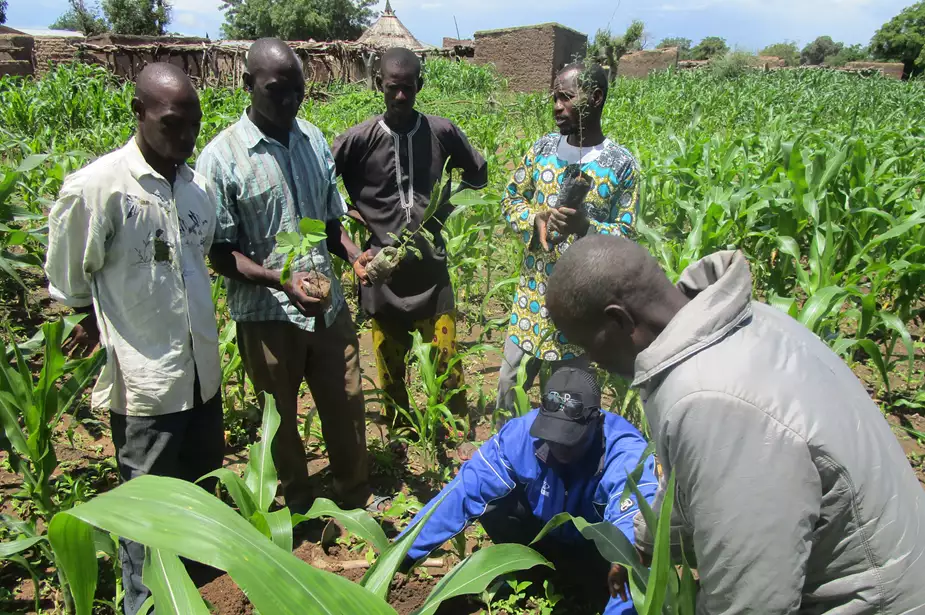
Restoring Koulikoro, (TreeAid)
Where: Koulikoro, Mali
Tree Aid worked with communities in the Koulikoro region of Mali to restore and protect land, and improve people’s diets and incomes. The project aimed to train 300 farmers to grow and protect trees, and restore degraded land; ultimately, 467 farmers were trained. 15,000 trees were planted. The project further aimed to restore 2,000 hectares: 1,500 hectares are now sustainably managed, and 203 hectares were restored. Women’s groups were supported to make fuel-saving stoves that use half the firewood of traditional stoves. The project also trained local communities in processing and selling tree products, and established four nutrition gardens to grow nutritious foods.
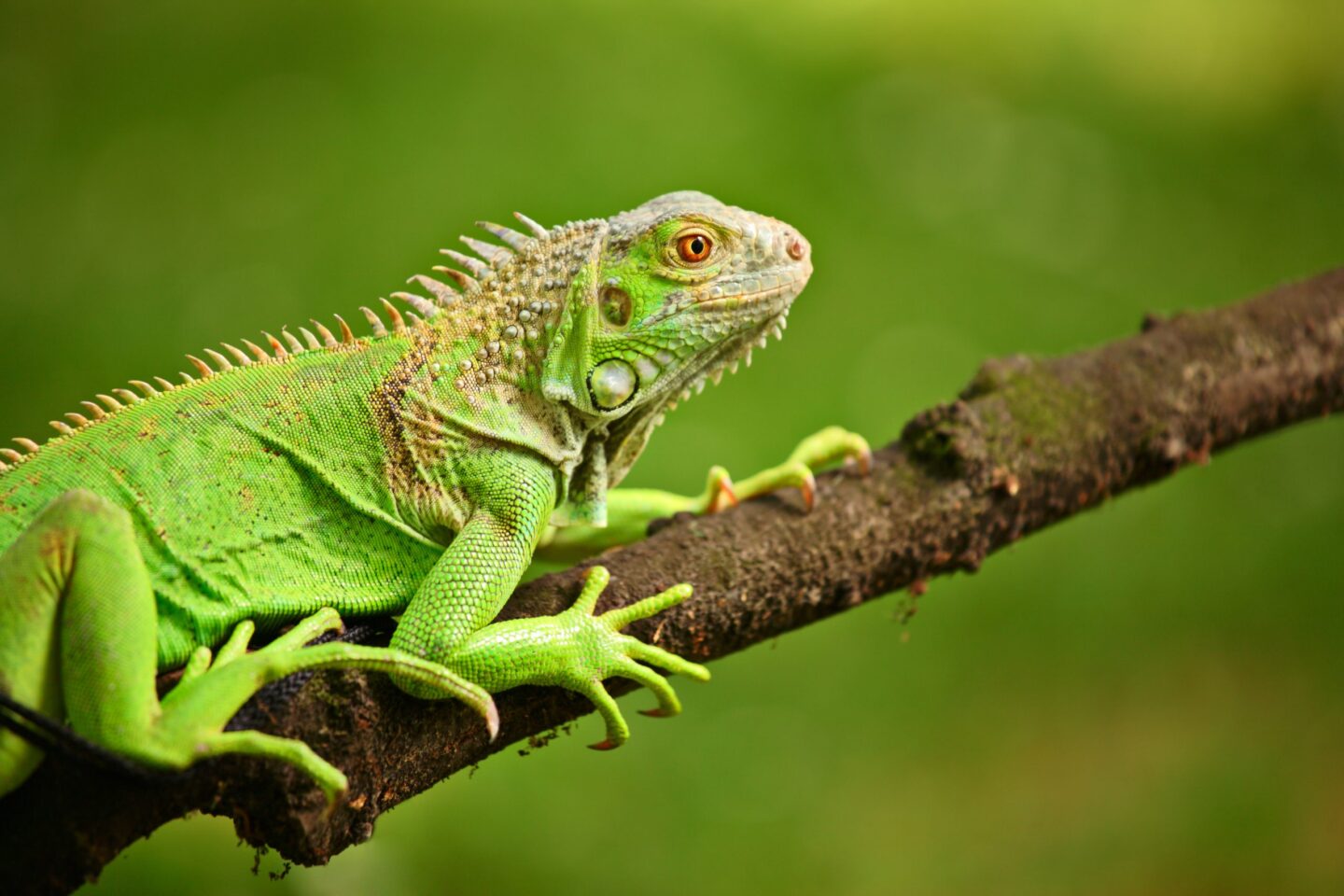
Restoring mangroves in Mexico, (Trees for All)
Where: Lox Tuxtlas Biosphere Reserve, Mexico
Mangrove forests, which are indigenous to the Gulf of Mexico, are disappearing from the region due to logging and forest fires. In the Los Tuxtlas biosphere reserve, many of the native mangrove forests have disappeared. This Trees for All and SENDAS project aims to restore mangrove forests in this area by planting 100,000 new trees. To support the growth and development of these new trees, the project will also restore the water network in the area by digging up channels that link to the sea. This will enable full tidal movements, allowing native plants and animals to return to the area. Around 60 fisherman and farmers are engaged in the project to clear the land, plant trees, and maintain the forests.
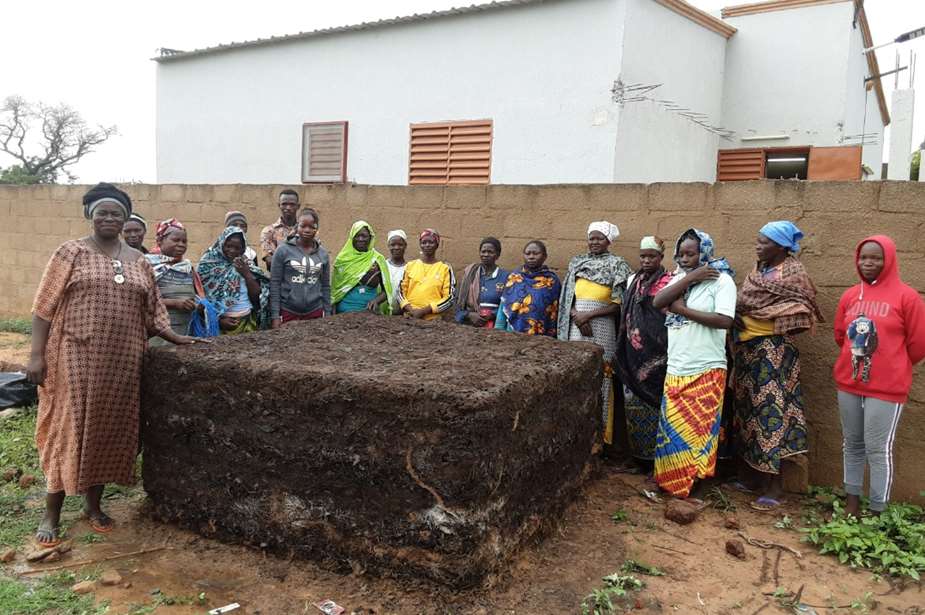
Growing Resilience with Smallholder Farmers, (TreeAid)
Where: Hauts-Bassins, Cascade, Boucle du Mouhoun and Centre-Ouest regions, Burkina Faso
These farming communities in Burkina Faso are affected by land degradation, which degrades their ability to grow and sell crops. This has created widespread poverty, as local communities are unable to grow enough crops to eat and sell to earn an income. This project aims to improve food security and income for 210,000 smallholder farmers by strengthening resilience to climate change, using sustainable intensification. This approach entails using agroforestry and composting to increase productivity on agricultural land. Farmers will be trained on these practices through 255 training sessions. The project focuses on the development and strength of maize, rice, sorghum and cowpeas value chains. Since its commencement in 2021, the project has set up demonstration sites for farmers, completed a baseline study, and begun distributing resources.
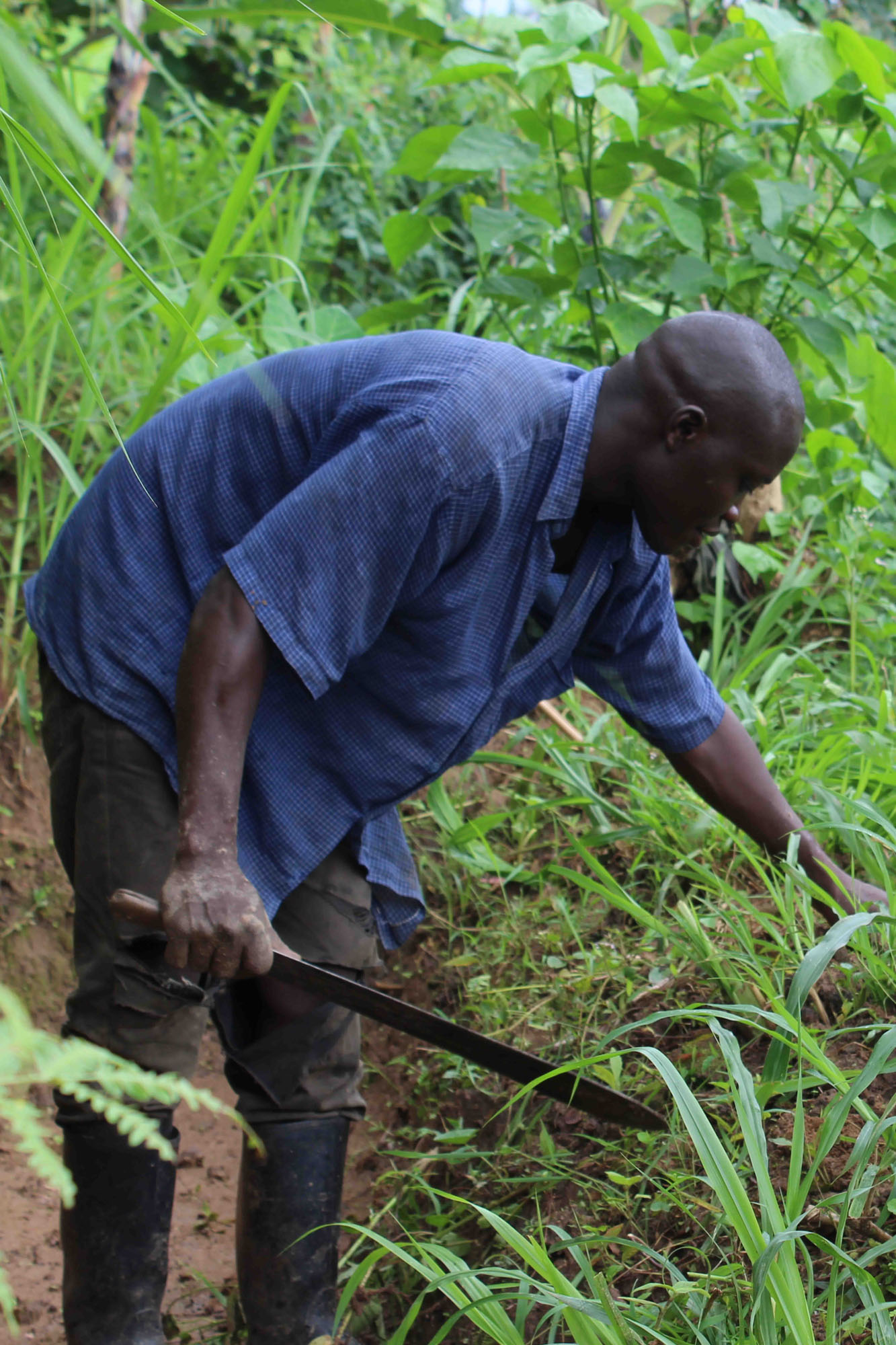
Ecosystem Based Adaptation (EbA) project, (EcoTrust)
Where: Sironko and Bulambuli, Eastern Uganda
ECOTRUST in partnership with UNDP implemented an EBA project in the Mt. Elgon ecosystem. Payments for Environmental Services (PES) were used to incentivie small-scale farmers to apply sustainable land management (SALM) approaches such as digging of trenches, planting grass in waterways and growing trees / agroforestry on their farms to increase resilience to climate change. The project worked with communities to develop soil and water conservation practices that were linked to a project grant mechanism. Carbon sequestration incentives were linked to ECOTRUST’s Trees for Global Benefits program, which allowed farmers to access both international and local carbon payments. Over 500 farmers were recruited into the project. The project is still part of the Trees for Global Benefits program.
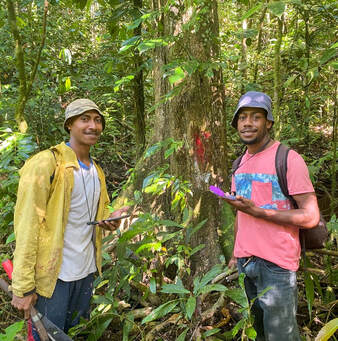
Drawa Rainforest, (Nakau Programme)
Where: Vanua Levu, Fiji
The Drawa community on Vanua Levu were the first Pacific community to use the Nakau Methodology, which enables Indigenous landowners to produce Payment for Ecosystem Services (PES) Units. Like many others, the Drawa community was struggling to both protect their land and generate income. The Block Forest Community Cooperative is home to several endangered species. Communities were considering clearing the forest for timber, but eight mataqali (clans) worked together to develop conservation through carbon credits. These credits are now their main income source and allowed them to protect their forests. This income is also used for water and sanitation facilities in several villages. Communities have also started producing honey and developing agro-forestry enterprises.
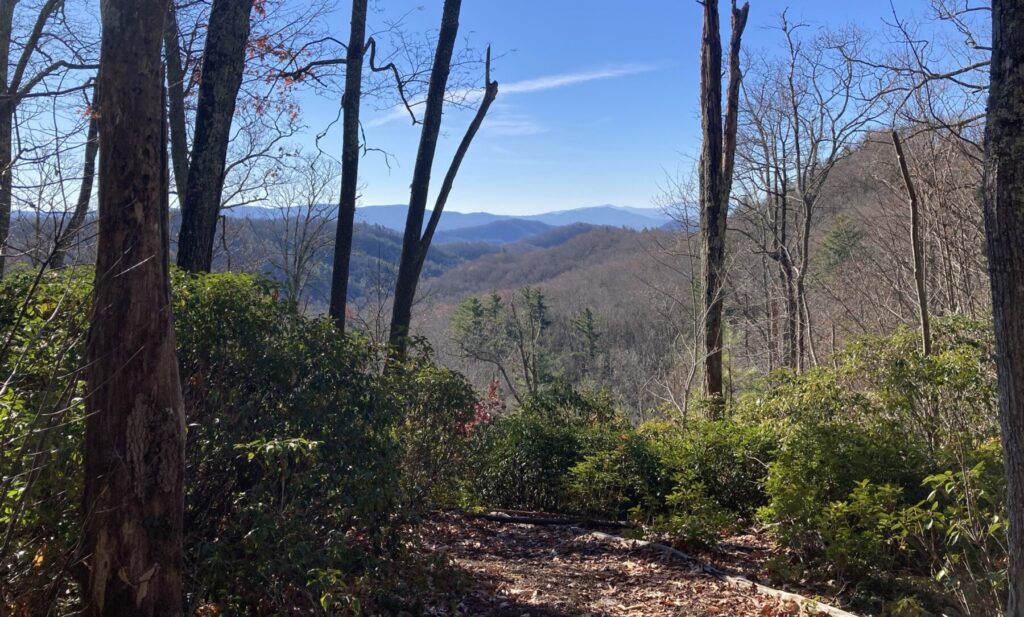
Cherokee – Forestry Project, (ecoact)
Where: Northeast Tennessee, United States
Cherokee Forest is one of the largest remaining areas of forest in the Blue Ridge mountain range that is not managed by the government or sold off for deforestation. Since the project’s inception in 2017, over 8,600 acres have been protected: the equivalent of avoiding more than 38,000 teqCO2 per year. The project’s employees work to prevent invasive plants from entering the land while also supporting biodiversity research in the area. The forest management program has also helped improve the soil quality, thereby supporting healthy waterways in the greater watershed region.
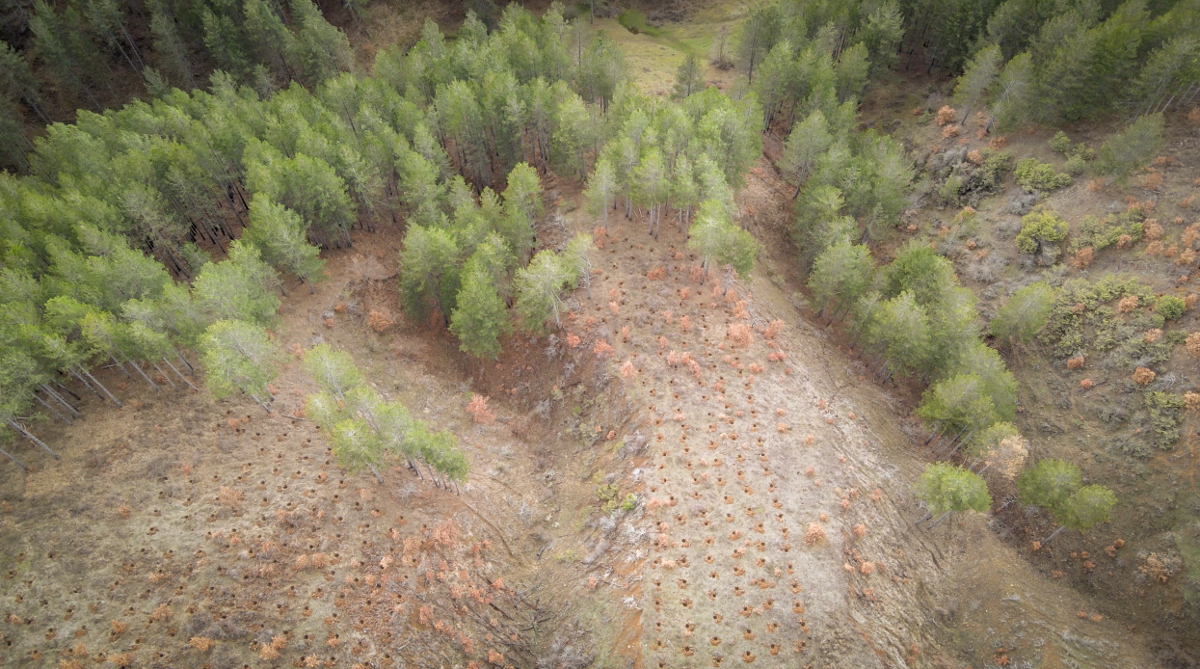
Assisted Natural Regeneration of Degraded Lands in Albania, (BioCarbon Fund)
Where: Diber, Elbasan, Kukes, Korce, Shkoder, Albania
Fuelwood collection and unsustainable agricultural practices in Albania, particularly in the poorest regions that often lack economic opportunities, have left land eroded, degraded and unproductive for farming. This project restores 5,357 hectares of degraded land through initiatives that span 24 communes in over 100 villages across the country. By supporting natural regeneration of vegetation in the area, the initiative has helped decrease soil degradation, improve water quality and protect biodiversity. The project’s framework also sought input from the communities involved, who were partially responsible for choosing sites for reforestation and participated in the implementation of the programs.
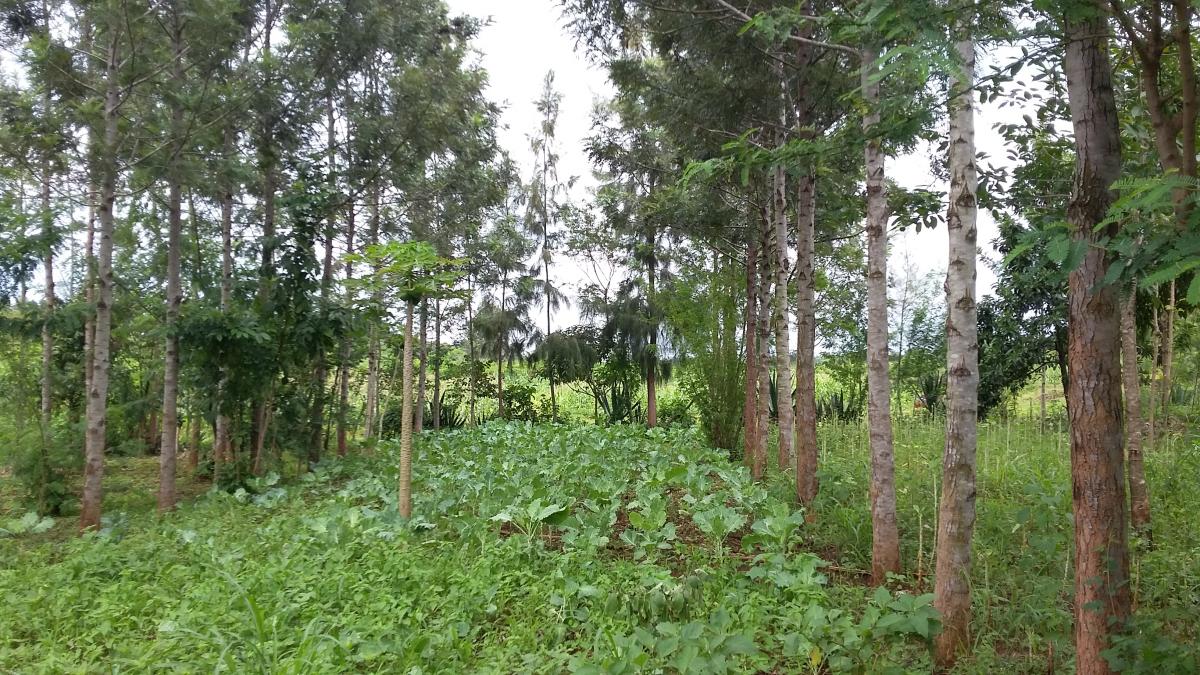
Kenya Agricultural Carbon Project, (BioCarbon Fund)
Where: Nyanza and Western Provinces, Kenya
Unsustainable crop management activities in Kenya’s Nyanza and Western provinces have exacerbated land degradation in a region that is already arid and subject to intense drought. Poor soil quality and erosion has left many of the region’s communities in a state of food insecurity. To combat poor crop yields, this project supports sustainable land management practices across an area of 45,000 hectares. The implementing partner organizations have recruited over 1,000 smallholder farm groups to participate in cropland management trainings, resulting in an increase of crop yields by as much as 20 percent compared to pre-project levels. Rehabilitating the land has also supported carbon sequestration, along with carbon credits that generate secondary sources of income for local farmers.
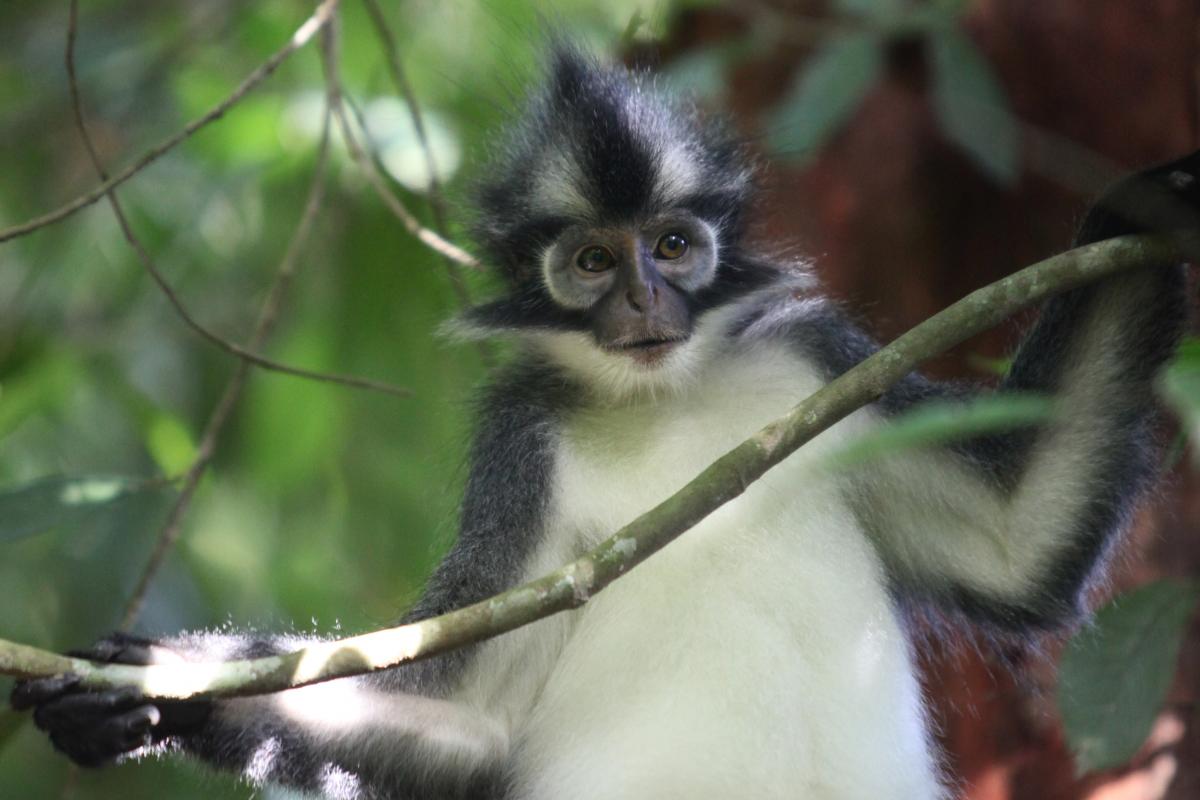
Ankeniheny-Zahamena-Mantadia Biodiversity Conservation Corridor (CAZ) project, (BioCarbon Fund)
Where: Ankeniheny-Zahamena Corridor, Madagascar
Slash-and-burn farming is largely responsible for the recent deforestation in the Ankeniheny-Zahamena Corridor, one of the largest remaining regions of rainforest in the country and home to a number of rare and endangered wildlife species. This project protects 370,000 hectares of land and has generated around 3 million carbon emission reduction credits. The project’s objective, along with protecting areas of forest most vulnerable to slash-and-burn agriculture, is to create a biological corridor that connects two national parks and a federal reserve. It also supports local communities by limiting erosion and promoting good water quality in a region that directly supplies around 325,000 residents with water.
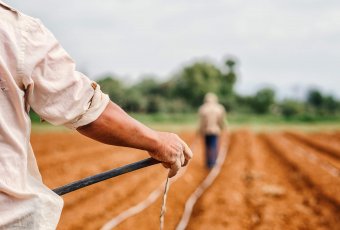
Paving the way for a large-scale solution to mitigate an aquifer’s deficit, (Livelihoods Fund)
Where: Aguascalientes, Mexico
Aguascalientes City’s main aquifer, which supplies 100% of its needs, is located in the driest part of the region. It has been facing an annual deficit of 280 million m3 per year. This project will enable vulnerable farmers to invest in drip irrigation equipment and improve the resilience of their farms. The project connects farmers with public authorities, who provide them with the necessary information and financing to get access to drip irrigation which halves water consumption. They are also trained on conservation farming and farm management. The project aims to save over 9 million m3 of water per year.
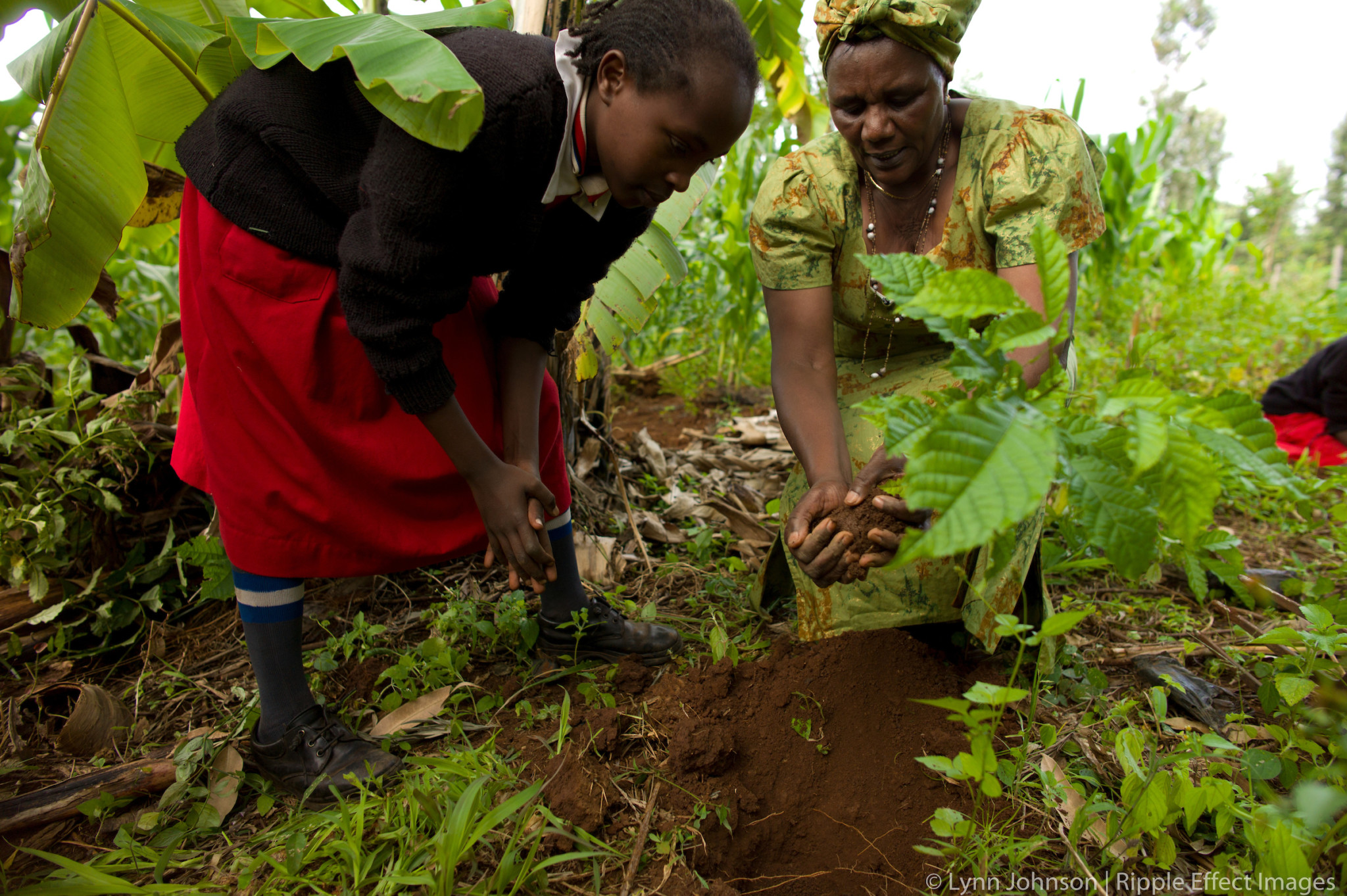
TIST East Africa: A community-led tree planting project, (Ecosphere Plus)
Where: East Africa
TIST East Africa supports small-scale farmers, providing pre-payment for each living tree planted on their lands after one year of healthy growth. Farmers receive 70% of the profits from carbon payments. The project takes a community-driven and led approach to tree planting, enabling local farmers to manage the project on the ground. This reforestation supports the overall goals of addressing poverty, land degradation, and climate change. Project activities further include capacity building, leadership development, and information sharing.
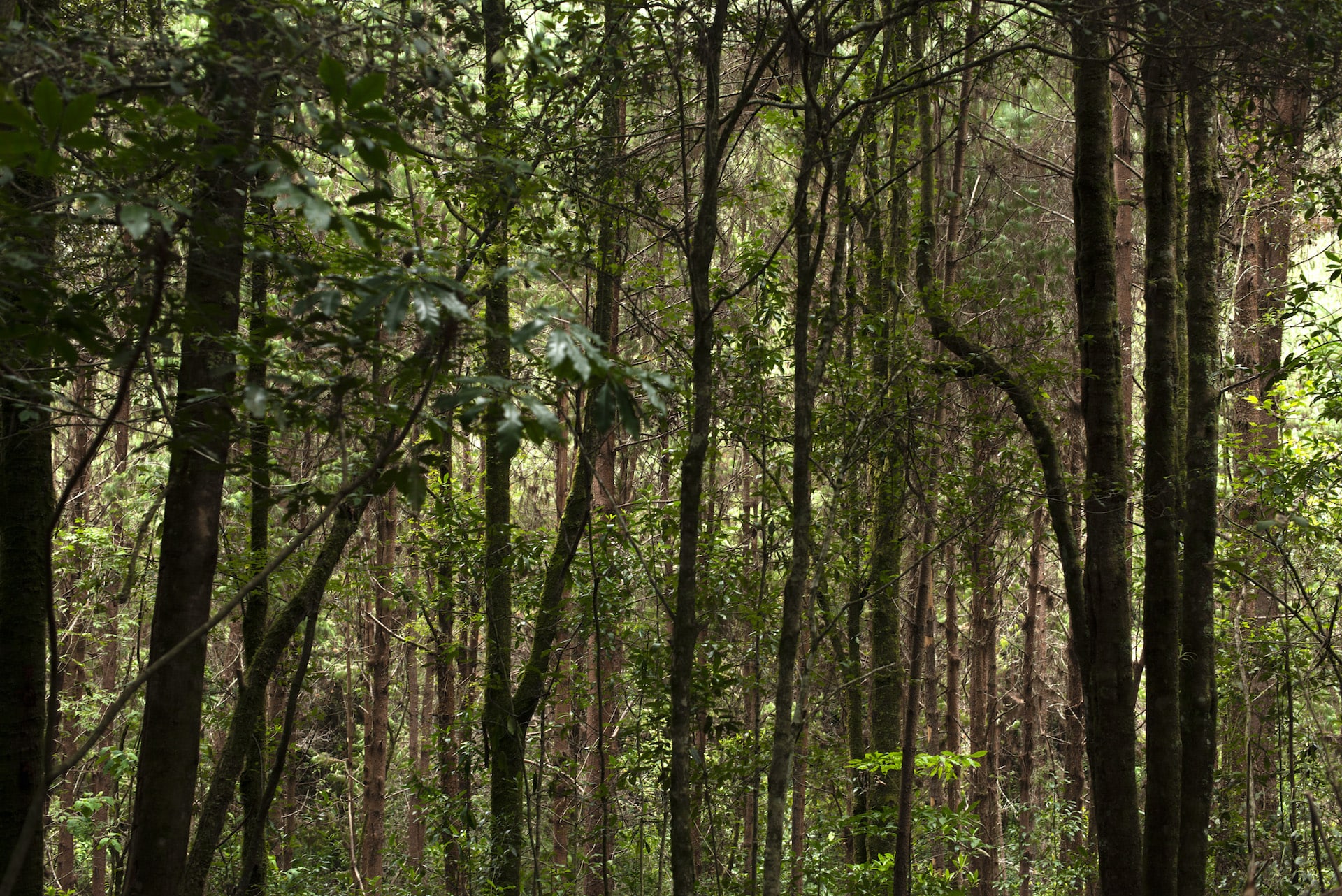
Producing Carbon Credits in Huayacocotla, Veracruz, (Toroto)
Where: Veracruz, Mexico
This project aims to support the activities of communal landowners in Huayacocotla and Zacualpan in Veracruz, Mexico. There are ten communal land areas (ejidos) in Huayacocotla and Zacualpan that already have forest harvesting programs. This project will encourage the community’s commitment to their forests and increase the ejidos’ income through high quality carbon credits. This will provide additional income for communal land holders, while supporting soil and biodiversity conservation, biodiversity corridors, and community monitoring.
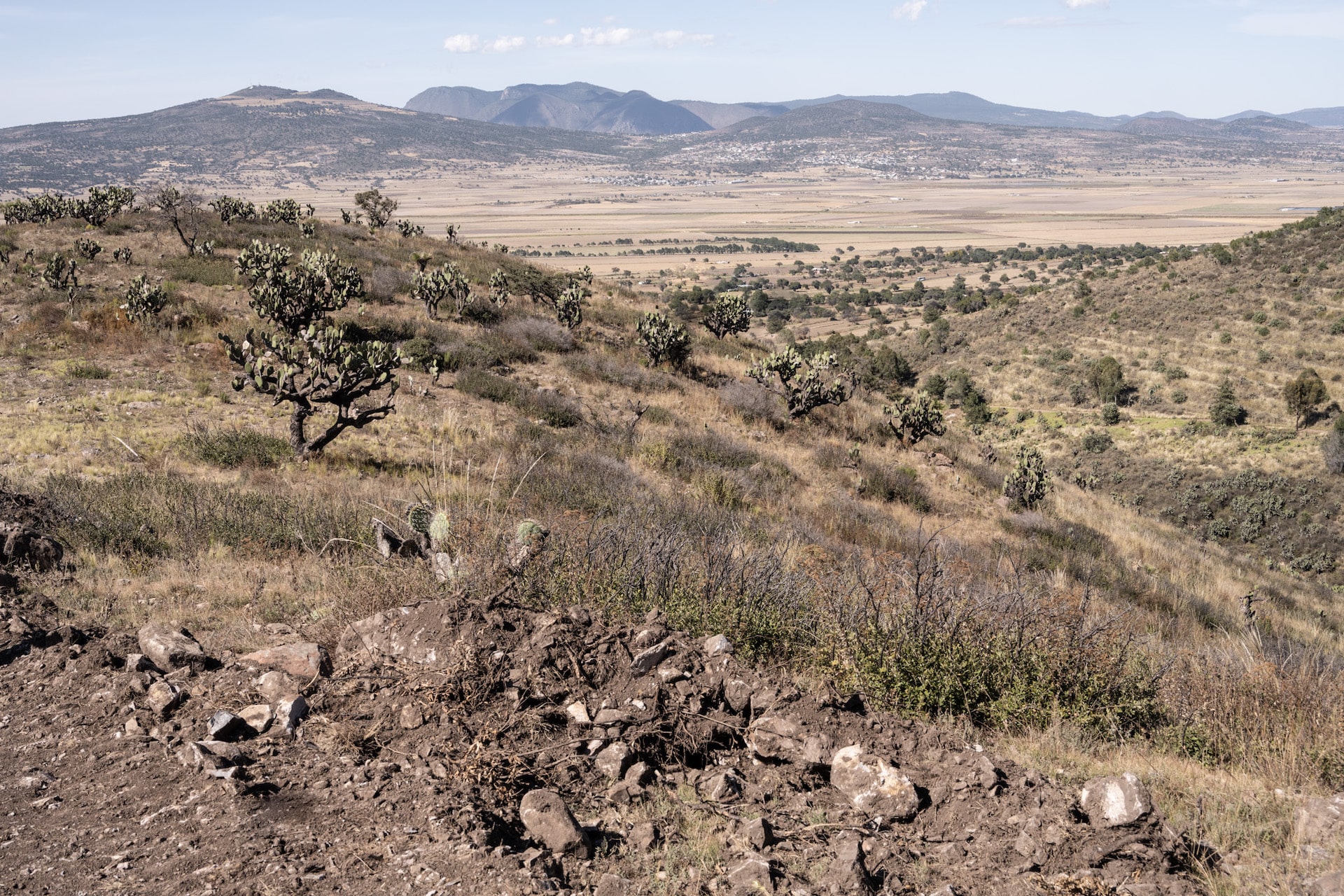
Nature-Based Solutions: Recharging the Apan Aquifer in Hidalgo, Mexico, (Toroto)
Where: Hidalgo, Mexico
The APAN 1320 Acquifier falls within the Apan, Almoloya, Tepeapulco, Emiliano Zapata, and Tlanalapa municipalities in the state of Hidalgo. It has faced significant ecological degradation. This project aims to counteract this deterioration through nature-based solutions to ultimately restore the ecosystem and promote aquifer recharge. This project will restore forest cover through reforestation; implement soil conservation works; desilt 25,000 m^3 of compacted sediments; and undertake knowledge management through workshops and training courses. This project falls within the nature-based solution pillar of the Aguas Firmes Program created by AB InBev and GIZ.
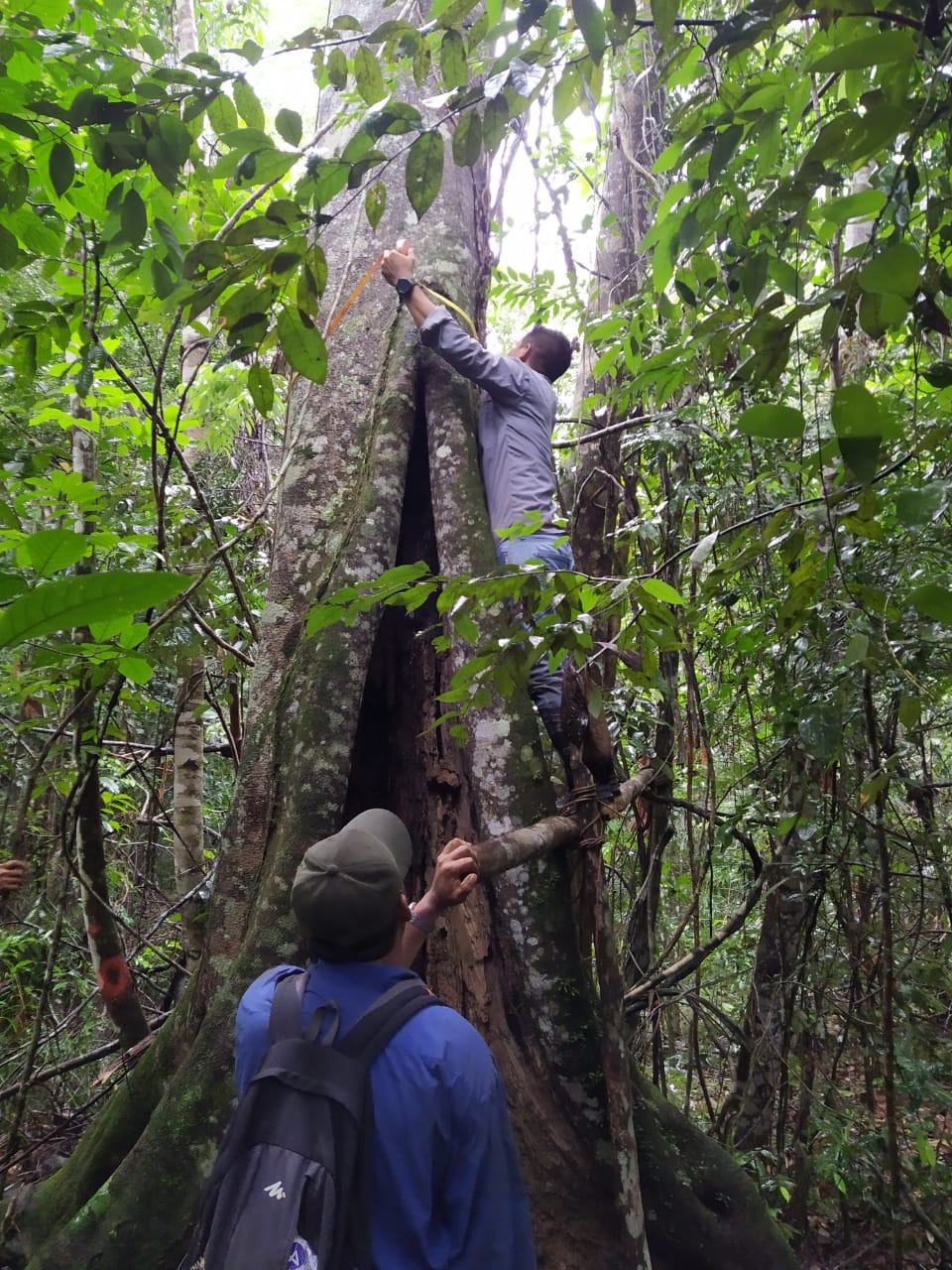
Producing Carbon Credits in the Lacandon Jungle, Chiapas, (Toroto)
Where: Chiapas, Mexico
The Lacandon Jungle is Mexico’s last remaining region with perennial high rainforest vegetation, which supports high biodiversity and environmental services. However, over 70% of the ecosystem has disappeared. This project uses carbon credits to ensure the future of the forest cover. The project has conserved 4.9K hectares so far. To provide communities with avenues for sustainable production, the project engages the communities in community monitoring, silvopasture adoption, regenerative agriculture, and seed banks.
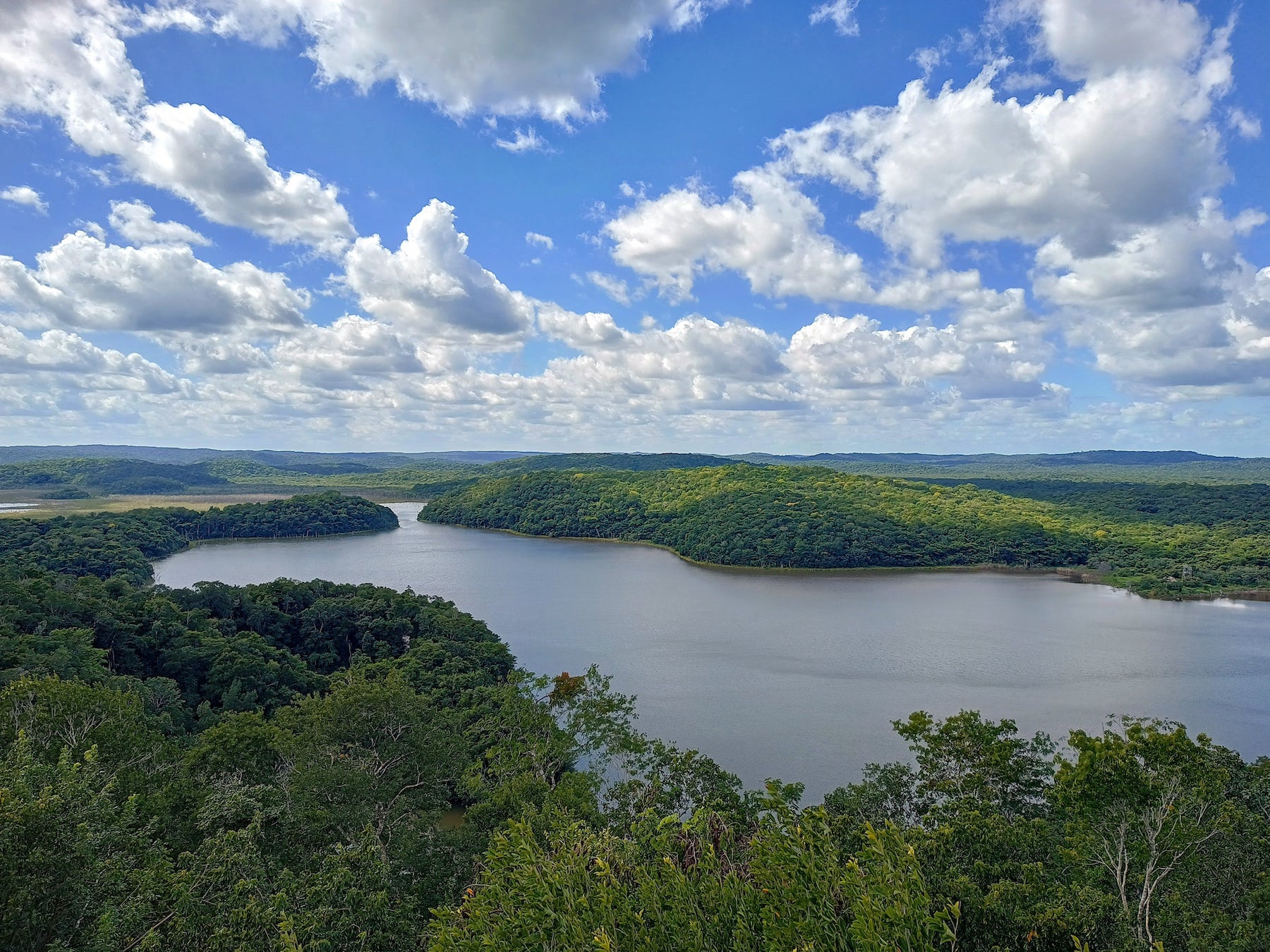
Laguna Om, (Toroto)
Where: Campeche, Quintana Roo, and Chiapas States, Mexico
The southeastern region of Mexico has important rainforest cover, but has faced increasing deforestation due to demographic and socio-economic pressures. This project aims to finance ecosystem conservation through carbon credits. It also seeks to improve the livelihoods of the owners of land, working with more than 18 different communal land areas. So far, the project has preserved 275K hectares of project area, with a goal of 400K by 2023. The project is in the environmental monitoring and management stage.
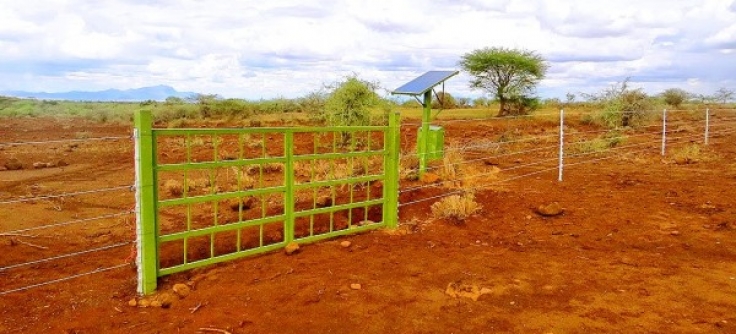
Sustainable Natural Resource Management & Ecosystem Restoration, (Maasi Wilderness Conservation Trust)
Where: Kuku Group Ranch, Keyna
The Maasai communities face increasing pressures from prolonged drought and high livestock and wildlife mortalities. The rangeland in group ranches has deteriorated over time, further reducing the carrying capacity for livestock and wildlife. To increase the community’s resilience to environmental uncertainty, this project is developing sustainable community grazing management practices and supporting human wellbeing and economic development. The first phase of this project develops an integrated grazing and rangeland management plan to facilitate sustainable natural resource management. The following phases will implement a monitoring system and conduct community meetings. The project is also working on an active participatory rangeland restoration project, in which women from the local community will be engaged in creating grass banks for seed production. So far, the community has dug up 50,048 water bunds and set up 5 grass seed banks, which are managed by three different women groups.
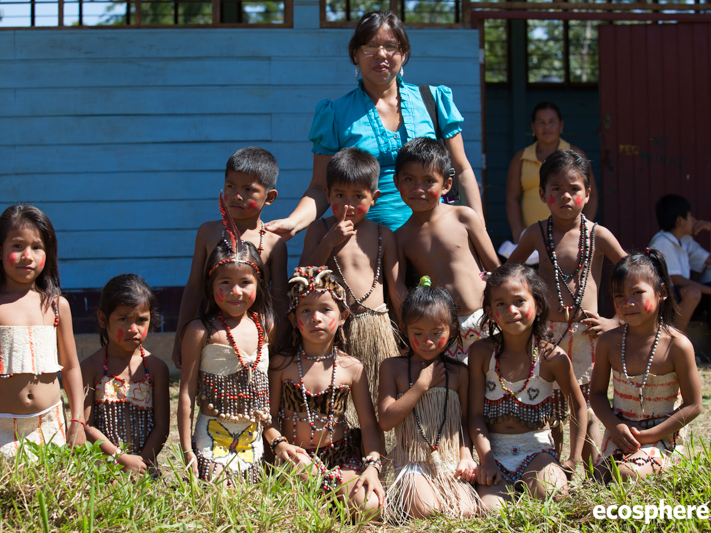
Evio Kuiñaje Project (Infierno), (Ecosphere Plus)
Where: Peruvian Amazon
The Infiero project protects threatened forest by working with the local indigenous community. The project promotes activities that both reduce pressure on the forest and conserve native cultures. The project is CCBA and VCS certified, with 641,000 carbon credits issues so far. The project further center sustainable enterprise, such as agroforestry through cacao, responsible fish farming, and ecotourism.
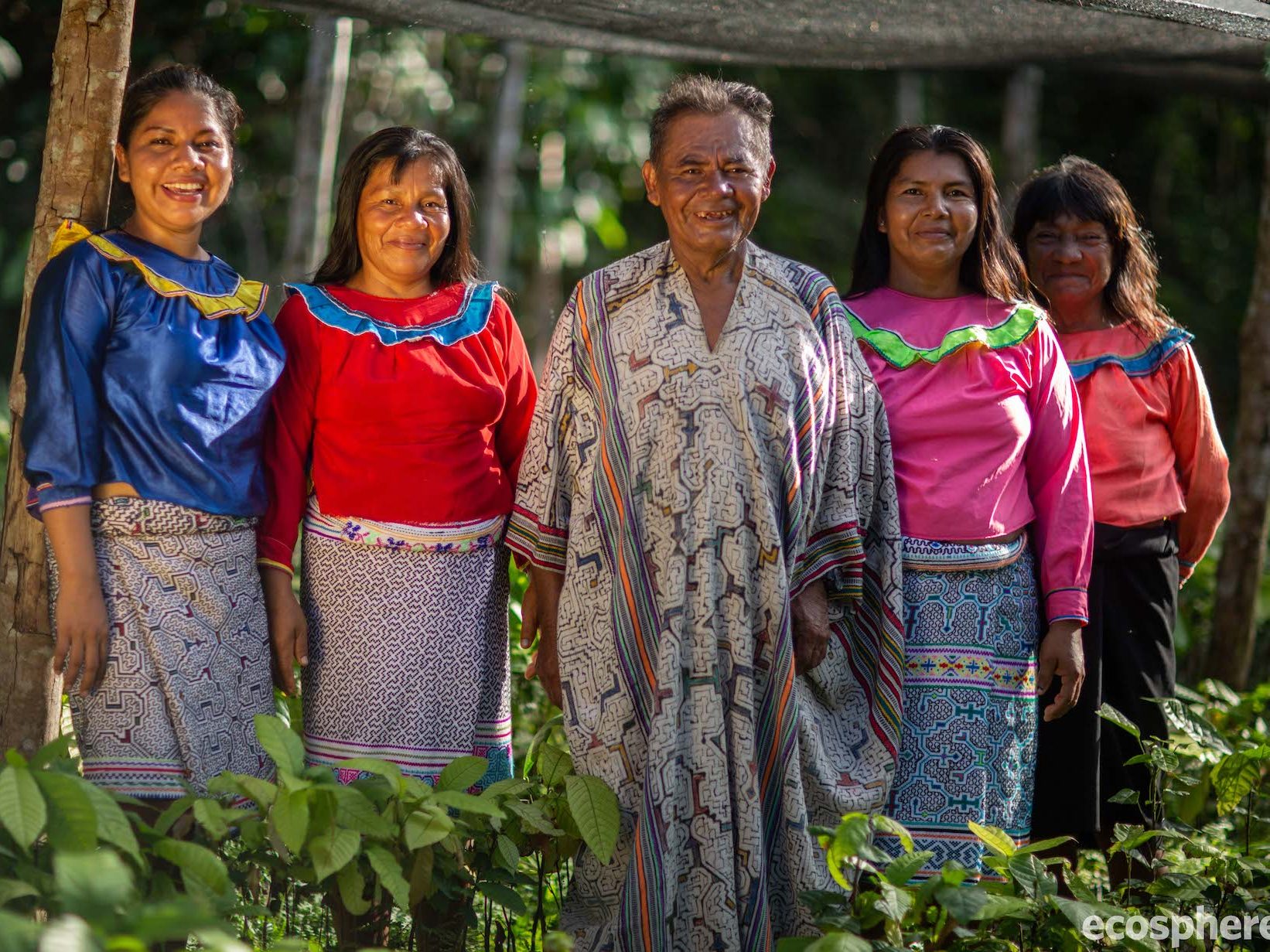
Nii Kaniti: Community Forest Management with Indigenous Communities, (Ecosphere Plus)
Where: Ucayali, Peru
This project focuses on protecting rainforest and avoiding deforestation on community land through scaling up sustainable community forest management. It integrates indigenous-led conservation activities and FSC certified timber extraction and cacao agroforestry. The project is also VCS certified. The project area is comprised of community land from seven indigenous communities located around the Ucayali River. It further supports 18 local sustainable enterprises to head off local economic drivers of deforestation and degradation.

Saving the mangroves on Tristao, (PRCM)
Where: Tristao islands, Guinea
On the Tristao Islands, mangrove wood is used for basic needs, including cooking, water boiling, lighting, and income generation. However, sea level rise has caused incursion of salty water into rice fields, forcing farmers to go inland and clear more mangrove forests. This project aims to revive mangroves, protected against the factors of degradation and favorable to the maintenance of the biodiversity for the well-being of the populations. Specifically, the project goals are the following: restore 600 hectares of mangroves, reduce deforestation pressures by promoting alternative techniques, and train eco-rangers to protect the reserve.
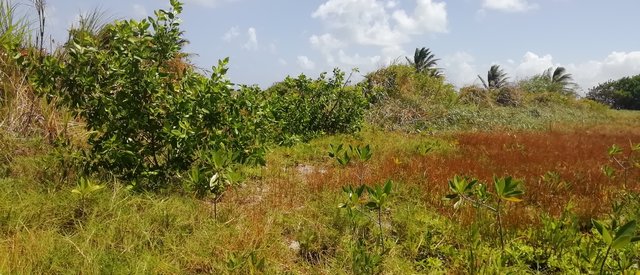
Mangrove Restoration, (AES Panama)
Where: Galeta Island, Panama
Galeta Island is a protected area in Panama. The mangroves on this island were damaged in the 1930s by the construction of an American military communications facility. This project restored the mangroves in this area, including constructing water channels to create more favorable conditions for growth of the mangroves. This restoration now supports the preservation of local species.
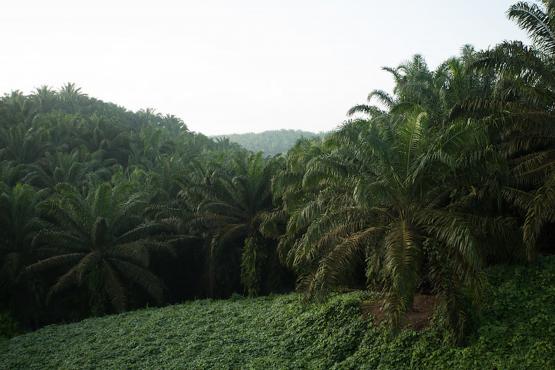
Integrated Landscape Management of Heart of Borneo landscapes in Sabah and Sarawak, (FOLUR)
Where: Borneo, Malaysia
Malaysia’s biological diversity on the island of Borneo is threatened by logging and expansion of palm oil and wood production plantations, particularly in Sabah and Sarawak. This project aims to develop integrated landscape management systems, knowledge management and impact monitoring. This further includes promoting responsible value chains for palm oil, and the conservation and restoration of natural habitats through public-private-community partnerships. The project will engage the private sector through intra-governmental coordination and policy harmonization in pursuing integrated land management systems.
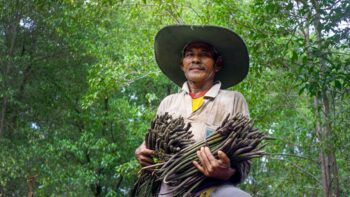
Valuing Blue Carbon in the Kaimana MPA, (Valuing Blue Carbon in the Kaimana MPA)
Where: Kaimana, Papua, Indonesia
This project aims to increase protection of critical coastal ecosystems, in particular mangrove forests, within the Kaimana MPA in the Bird’s Head Seascape. This is in order to generate benefits for local communities including coastal protection and increased livelihoods through a sustainable mangrove crab fishery. The MPA network includes almost all Kaimana’s vast mangrove forests. Analysis of blue carbon potential and the feasibility of carbon crediting will be done for the entire Kaimana MPA including Arguni, Etna, and Buruway Bays in order to determine the viability of blue carbon financing.
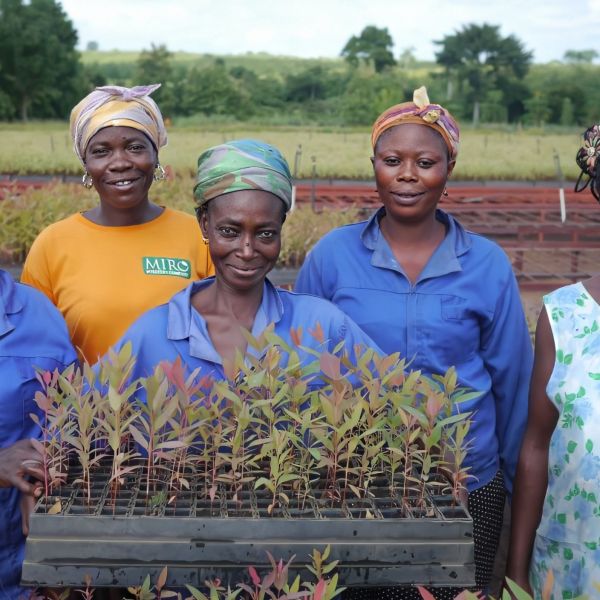
Sustainable Timber Plantations: Supporting viable reforestation in West Africa, (South Pole)
Where: Boumfoum, Chirimfa and Awura Forest Reserves, Ghana
Ghana is threatened by major environmental and socio-economic impacts due to deforestation, bush fires, and unsustainable farming. The project plants trees across the Boumfoum, Chirimfa and Awura Forest Reserves, with a goal of expanding the plantation area at a rate of 1,500 hectares per year for 6 years. The project aims to restore these degraded reserves using trees best for the production of sustainable timber. In consultation with local farmers, the project also establishes controlled agroforestry, keeping the land full of nutrients for sustainable subsistence farming.

Río Sarstún Multiple Use Area, (Fundaeco)
Where: Izabal, Guatemala
The Río Sarstún Multiple Use Area (AUMRS) was designated a protected area in 2005. Local indigenous communities initially opposed this designation, fearing that it meant they would lose their land rights and be forced to leave. Following a court ruling upholding the designation but emphasizing the government’s responsibility to the tribe, indigenous people were brought into the project as part of conservation management. The project developed coastal marine plans, sustainable projects for food production, and began ecotourism projects to generate income for local communities. The community also began guarding the forest form illegal deforestation.
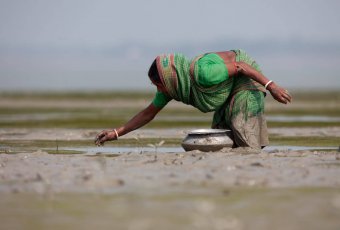
Livelihoods-NEWS mangrove restoration project, (NEWS)
Where: Sundarbans in West Bengal, India
The Sundarbans are an archipelago of islands that constitute the largest contiguous estuarine mangrove forest in the world. However, the mangroves are rapidly disappearing due to climate change. The project has planted more than 16 million mangroves to strengthen the existing man-made embankments that protect the communities’ homes and farmlands from flooding. This helped restore local biodiversity, and ensure the safety of the local population against cyclones and hurricanes. The mangroves further produce timber and increase food supply. In 2018, the project created the Badabon Harvest brand with a group of farmers to help them improve their revenues through livestock breeding, the commercialization of organic products, improvement of agricultural practices and fish farming.
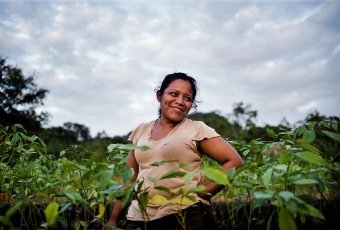
Biodiversity preservation & sustainable cardamom cycle, (Fundaeco)
Where: Cerro San Gil, Guatemala
The mountain rage of Cerro San Gil has been threatened by cattle ranching, slash-and-burn farming techniques and monoculture, which have stripped the soil of its fertility and pushed rural communities to go further upslope in search of arable land. This project is a large-scale reforestation and agroecology project to couple natural resources preservation and improved livelihoods for local Maya communities. The project aims to plant 4 million trees and plants, and has so far planted 3 million trees. This includes rubber plantations with cardamom. These rubber trees have reached the age of harvesting, which has generated new economic activity for farmers. Farmers can sell the cash crops planted by this project. They have also been introduced to high-value commercial crops that they can grow alongside subsistence crops.
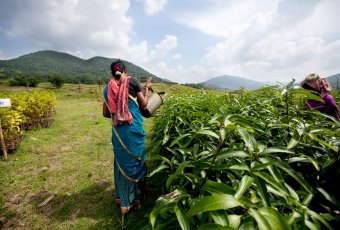
Livelihoods- Araku project, (Naandi Foundation)
Where: Araku Valley, East India
In Eastern India, the Adivasi tribes living in the Araku Valley are considered among the most disadvantaged in the country. It was severely deforested during the English settlements, generating erosion, soil degradation & poverty. The Naandi foundation helped communities develop traditional organic coffee production, and restore their forests. Naandi developed “the Araku Way”, a holistic approach where farming is linked to education and community bonds. With the support of the Livelihoods Carbon Fund, the Naandi foundation was able to scale up its activities and co-build an agroforestry component to reach 100,000 people in 300 villages. Communities themselves have planted 3 million fruit trees to restore their degraded forests and an additional 3 million coffee plants for income. The communities are able to sell coffee, and will soon begin selling mangos.
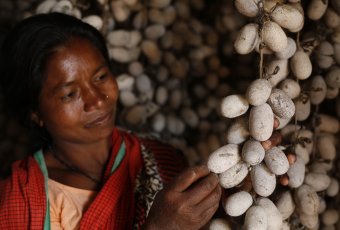
Livelihoods-Arjuna project, (Pradan)
Where: India
The Livelihoods-Arjuna project will plant 3,000 hectares of native Tasar silk trees in privately owned, depleted wastelands in the villages. The project will store 1.4 million tons of CO2 over 20 years, providing carbon offsets with strong environmental, economic, and social benefits. These trees are fast-growing and will enable Indigenous Adivasi communities to engage in their traditional practices of silk production, creating more than 5,000 rural jobs for Adivasi communities. The communities will be involved in planting activities and tree maintenance. The project will also support 1,200 households to undertake silkworm rearing in 3,600 additional hectares of forests, ensured by village communities.
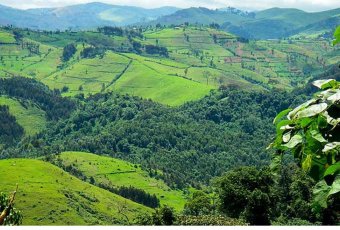
Agroforestry at scale for soil, water and food, (Albertine Rift Conservation Society)
Where: Rulindo (Northern Province) and Bugesera (Eastern Province), Rwanda
This large-scale agroforestry and fruit tree planting project will plant 3.7 million trees and train close to 30, 000 farmers to sustainable agriculture. The project will sequester more than 2.2 million tons of CO2 over 20 years. The project will implement a high-scale agroforestry model by enrolling 30,000 farmers into tree planting and train them to sustainable agriculture to help restore land, improve soil fertility and develop new sources of income. The farmers involved in the project will also be provided with seedlings of high-value trees for timber production and firewood which they can use to warm their houses or sell to local markets. The farmers involved in the project will be trained to maintain organic matter in the soil, reduce its erosion and increase its fertility, which in turn will preserve water resources.
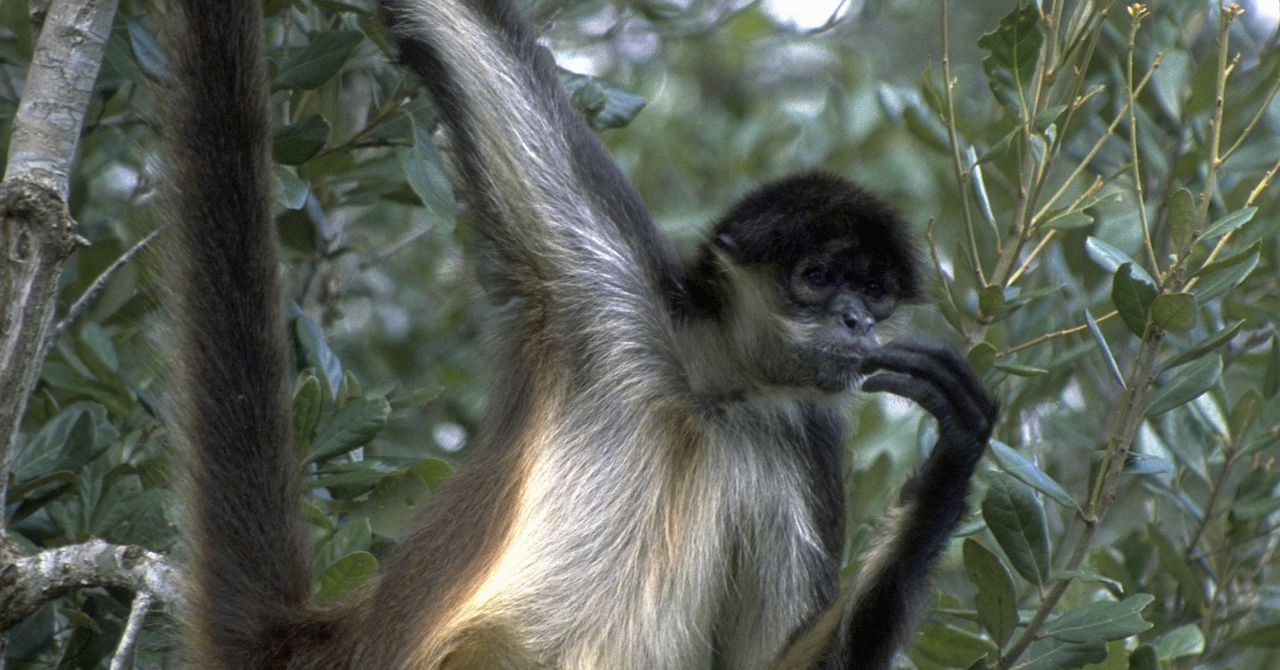
Rio Bravo Reserve, (The Nature Conservancy)
Where: Maya Forest, Belize
The Rio Brave Reserve initiative was one of TNC’s first carbon projects. Program for Belize manages the project on the ground. In 2012, the Rio Bravo Reserve certified 1.6 million tons of carbon offsets by preventing deforestation and instituting sustainable forest management strategies. The Rio Bravo Reserve is part of a corridor that is key to biodiversity conservation in Central America, and is home to several endangered and keystone species. Utility companies provided $5.6 million in funding for the first 10 years of the 40-year project. The next 30 years will be sustained by proceeds from sustainable timber extraction under Program for Belize’s management and interest from the project endowment.
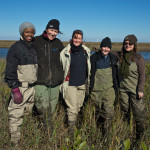
Mangrove Plantings Pilot Project, (Tierra Resources)
Where: Southeast Louisiana, United States
ConocoPhillips and Tierra Resources partnered to implement a pilot project focused on planting mangroves to protect against wetland erosion and hurricane surge. This three-year pilot project had three main goals: to study the viability of planting mangroves for restoration purposes, to apply the best practices of the certified wetland methodology to quantify carbon sequestration, and to research the carbon impacts of prevented wetland loss. The project tested various mangrove planting techniques, and found that air seeding by crop duster was most viable, and was approximately 3% of the cost of conventional restoration techniques. This marks the first successful test of air seeding of mangroves by crop duster airplane, providing a cost-efficient, scalable method to prevent wetland loss.
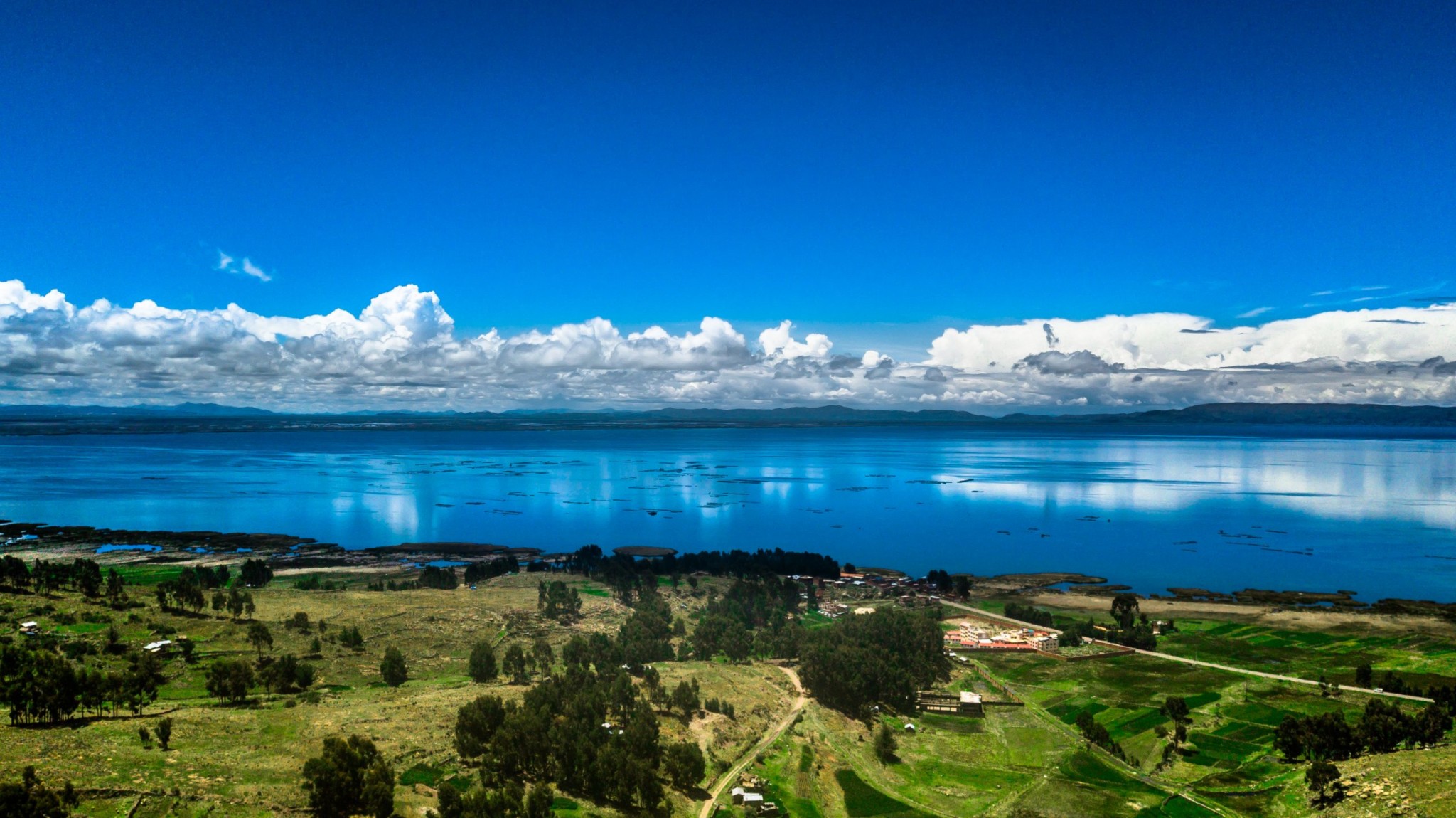
Natural Infrastructure for Water Security (NIWS), (Forest Trends)
Where: Peru
The Natural Infrastructure for Water Security (NIWS) project aims to scale-up efforts to protect and restore natural water infrastructure in Peru. The project further elevates women’s leadership roles in the water sector, in line with Peru’s incorporation of gender into its climate action programming. The projects goals are the following: improve the enabling environment for natural infrastructure; strengthen information management for decision-making; design, finance, and implement projects; and address gender gaps. So far, the project has facilitated the implementation of a watershed investment, strengthened capacity for more than 5,000 professions, developed innovative tools, and developed regulatory changes to streamline investment in natural infrastructure.
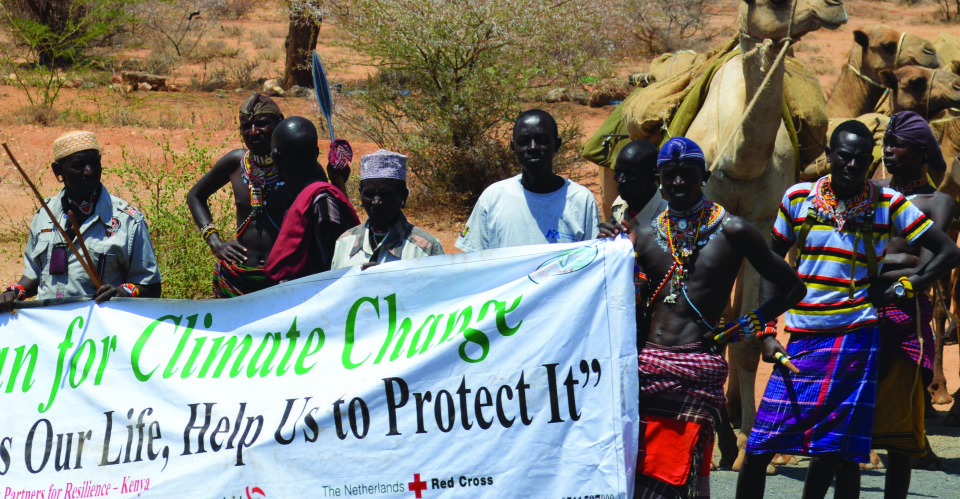
Kenya’s Tana Delta: maintaining biodiversity for people and ecosystems, (Wetlands International)
Where: Tana River Delta, Kenya
The Tana River Delta in Kenya is one of the largest and most significant coastal delta ecosystems in Eastern Africa. The delta and the upstream portion of the basin face deforestation, slash and burn farming practices, wildlife poaching, and illegal fishing. The project supports local communities in wetlands management by strengthening community-based organizations and training them on natural resource management. The project informs local communities in land use practices.
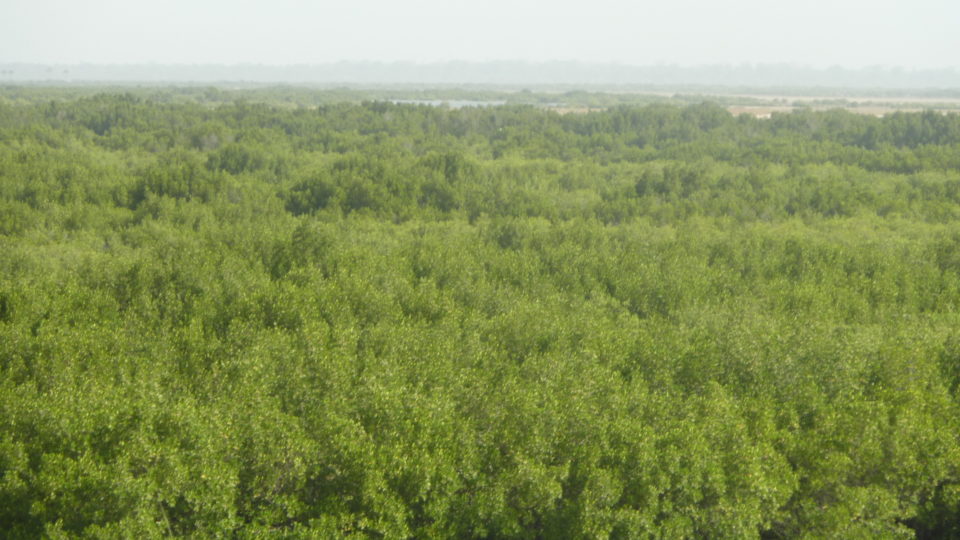
Mangrove Capital Africa, (Wetlands International)
Where: Saloum Delta, Senegal and Rufiji Delta, Tanzania
This project aims to safeguard and restore African mangrove ecosystems for the benefit of people and nature. The goal is to ultimately conserve or restore 1 million hectares of African mangroves, maintaining their biodiversity while also benefitting 2 million people. The project focuses initially on the Saloum and Rufiji deltas because of their high levels of biodiversity and importance for local economies. It plans to expand to sites ncluding the Senegal river Delta, Lamu in Kenya, Cacheu/Bijagos in Guinea-Bissau, the Niger Delta, Ruvuma Bay in Tanzania/Mozambique, the Zambezi in Mozambique, to Sierra-Leone, the Congo (Brazzaville), Guinea, and Madagascar.
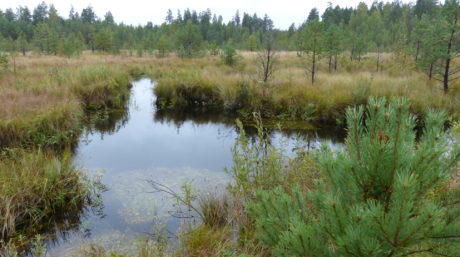
Restoring Peatlands in Russia, (Wetlands International)
Where: Moscow, Tver, Nizhni Novgorod and Vladimir Provinces, Russia
Wetlands International is working to restore and sustainably manage degraded peatlands in Russia in order to reduce fire incidents and GHG emissions from drainage. This first phase of this work entailed peatland inventories and guidance on rewetting techniques, which was done through several pilot projects. The project aims to establish long-term capacity for hydrological restoration of unused drained peatlands and enhance capacity for preventing peat fires. Capacity building activities include training courses and seminars, international exchanges, and joint Russian-German institutional research and methodology development. This will ultimately result in a formal framework for decision making on rewetting and adaptive peatland management based on monitoring and evaluation, with future potential for carbon credit trading.
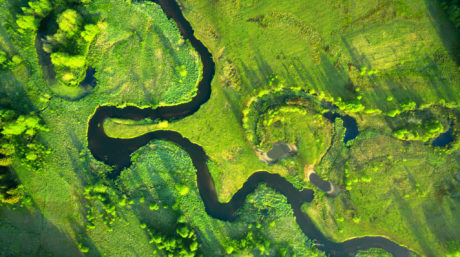
Katingan-Mentaya Peatland Restoration and Conservation Project, (Wetlands International)
Where: Central Kalimantan, Indonesia
This project aims to restore and conserve 149,800 ha of intact peat swamp forest, and bring a further 115,869 ha of mixed use community buffer zone under sustainable management. Prior to the project, the area was intended for development into an industrial timber plantation. The project instead developed a methodology for quantify carbon emission avoidance in tropical peatlands, which was used to get VCS certification for the project. The project also creates capacity building for local communities on sustainable use of peatlands and develops land-use plans. This project is the biggest VCS approved REDD+ project in the world.

Seychelles Marine Spatial Plan, (The Nature Conservancy)
Where: Seychelles
The Seychelles Marine Spatial Plan (SMSP) Initiative is dedicated to planning for and management of the sustainable and long-term use of the marine waters surrounding Seychelles. The initiative uses an ecosystem-based approach to propose new marine protected areas in conjunction with improved management for uses and activities, through global best practices, scientific data, local expert knowledge and stakeholder input. The initiative reached its third milestone, 30% protection, in 2020.
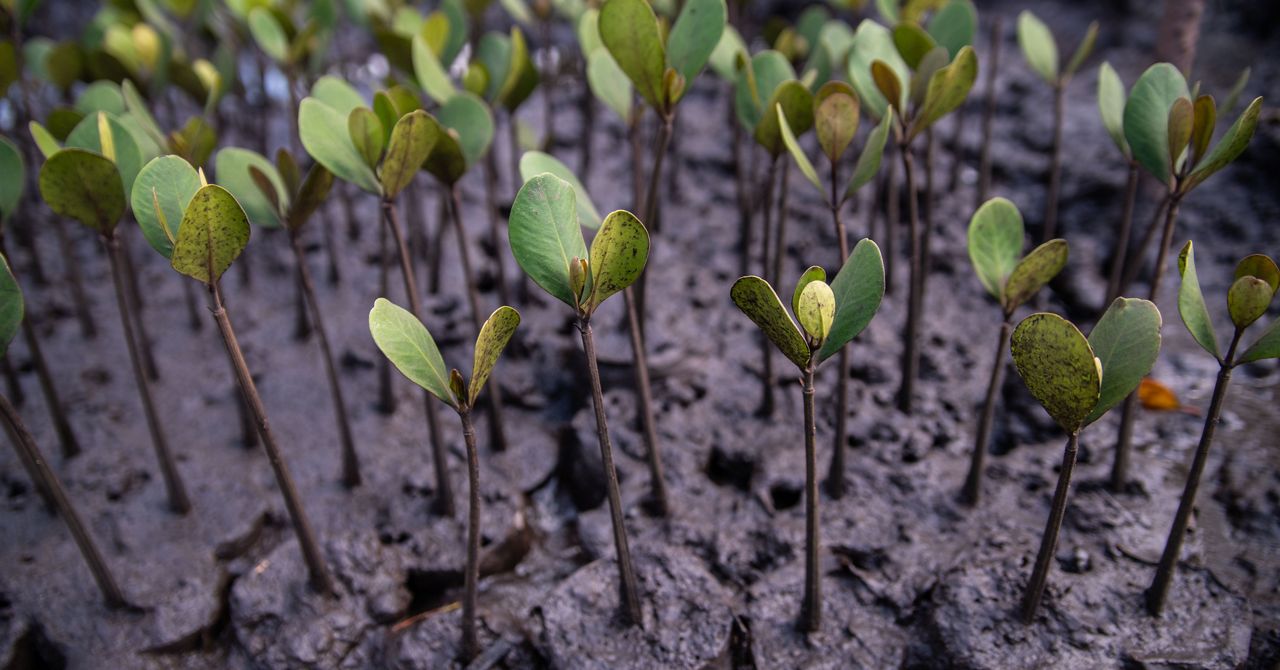
Mother Mangrove, (The Nature Conservancy)
Where: Lamu County, Kenya
The mangroves in Kenya are threatened by overexploitation for wood products, land conversion, and pollution. In Lamu county, TNC strengthens the capacity of Lamu communities to protect, manage, and restore priority mangrove habitat. Women-led associations, such as the Mtangawanda Women’s Association, have been at the forefront of restoration activites. The project trains communities on conservation and restoration concepts such as seed maturity and timing of collection. The project further developed management capacities through the establishment of two Community Forest Associations (CFAs), which have resulted in enhanced community policing of unregulated exploitation of mangroves.
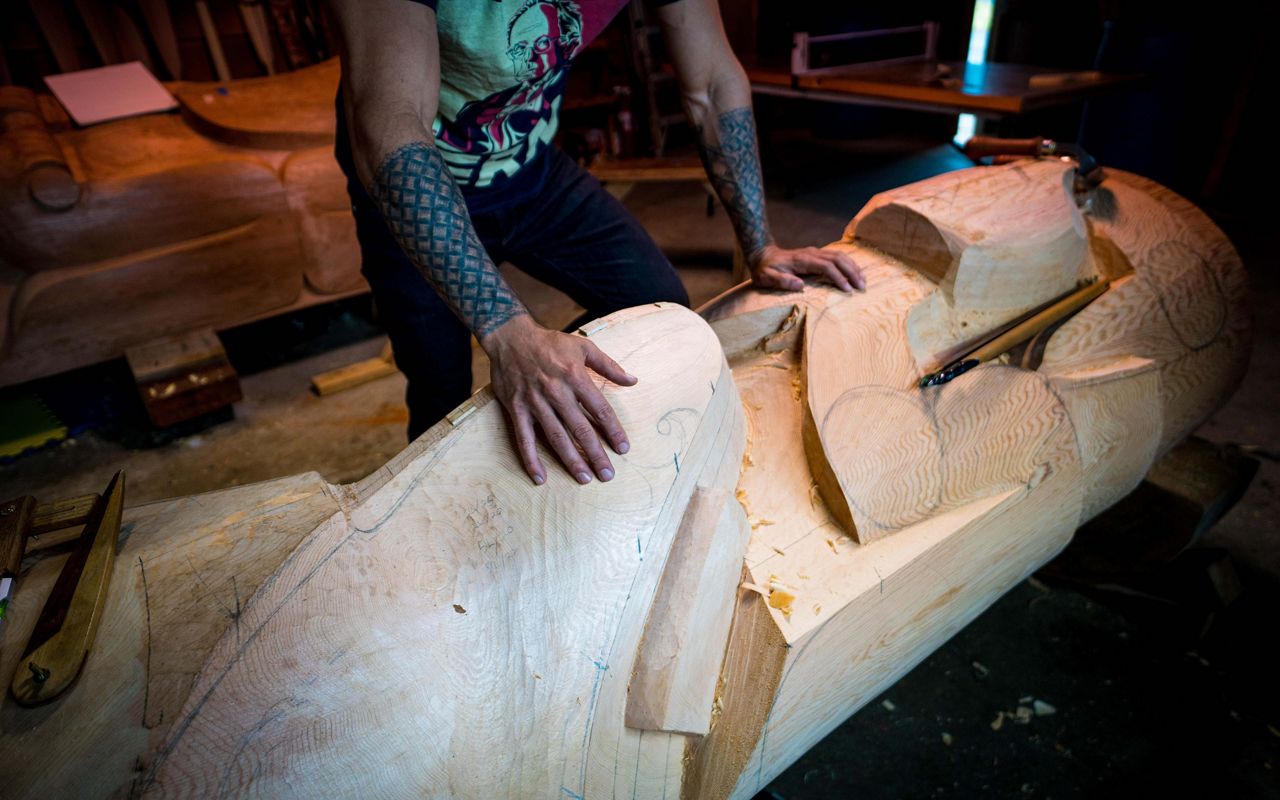
Emerald Edge, (The Nature Conservancy)
Where: Oregon & Washington, United States, and British Columbia, Canada
Governments and conservation groups have historically excluded indigenous peoples in land use decisions about the Emerald Edge. This project works to advance Indigenous and community-led nature-based solutions, focusing on protection, restoration, and improved land management. TNC launched the Emerald Edge Accelerator in 2022 to scale up the impact of these solutions through community-driven conservation, drawing from relationships developed with indigenous peoples, local communities, and other stakeholders.
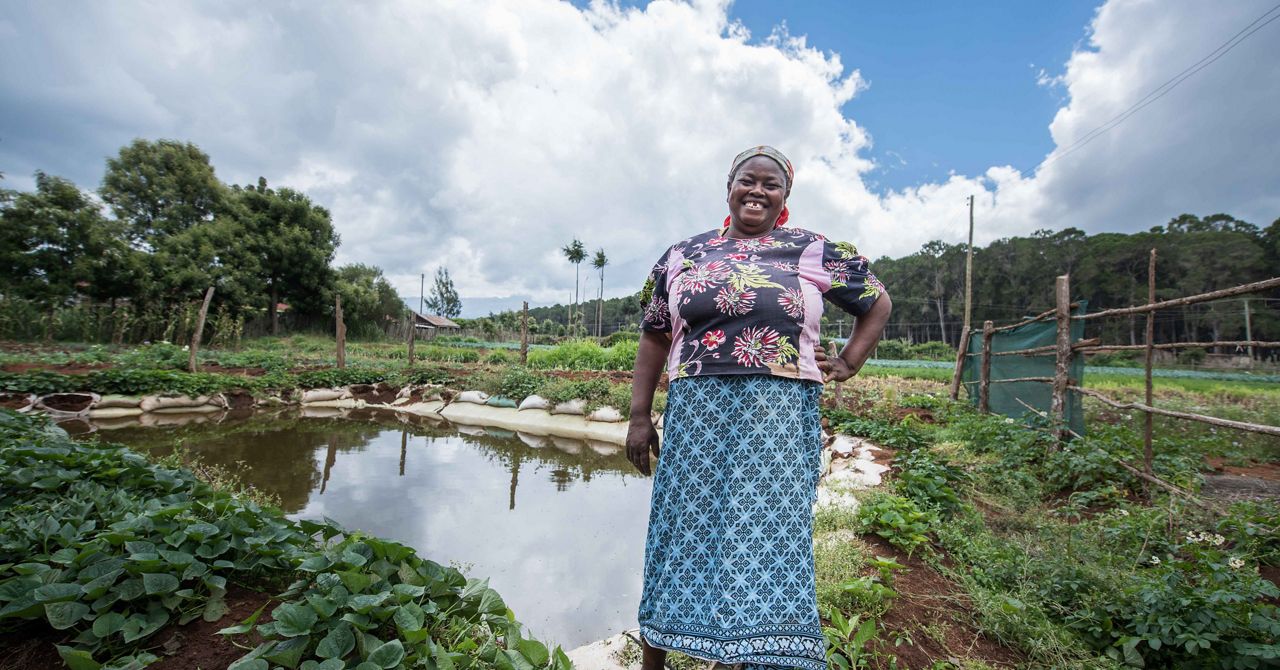
Upper Tana-Nairobi Water Fund, (The Nature Conservancy)
Where: Tana River, Nairobi, Kenya
Water funds prioritize preventing water problems at the source, rather than further downstream. Public and private donors contribute to the fund to support upstream water and soil conservation measures, resulting in improved water quality and supply. This project brought 73,000 hectares of land in the watershed under more sustainable management, and planted 3.6 million trees. The UTNWF was the first of its kind in Africa, and serves as a model across the continent. In 2021, the project became a Kenyan-registered entity, and the fund is now managed by local leadership.
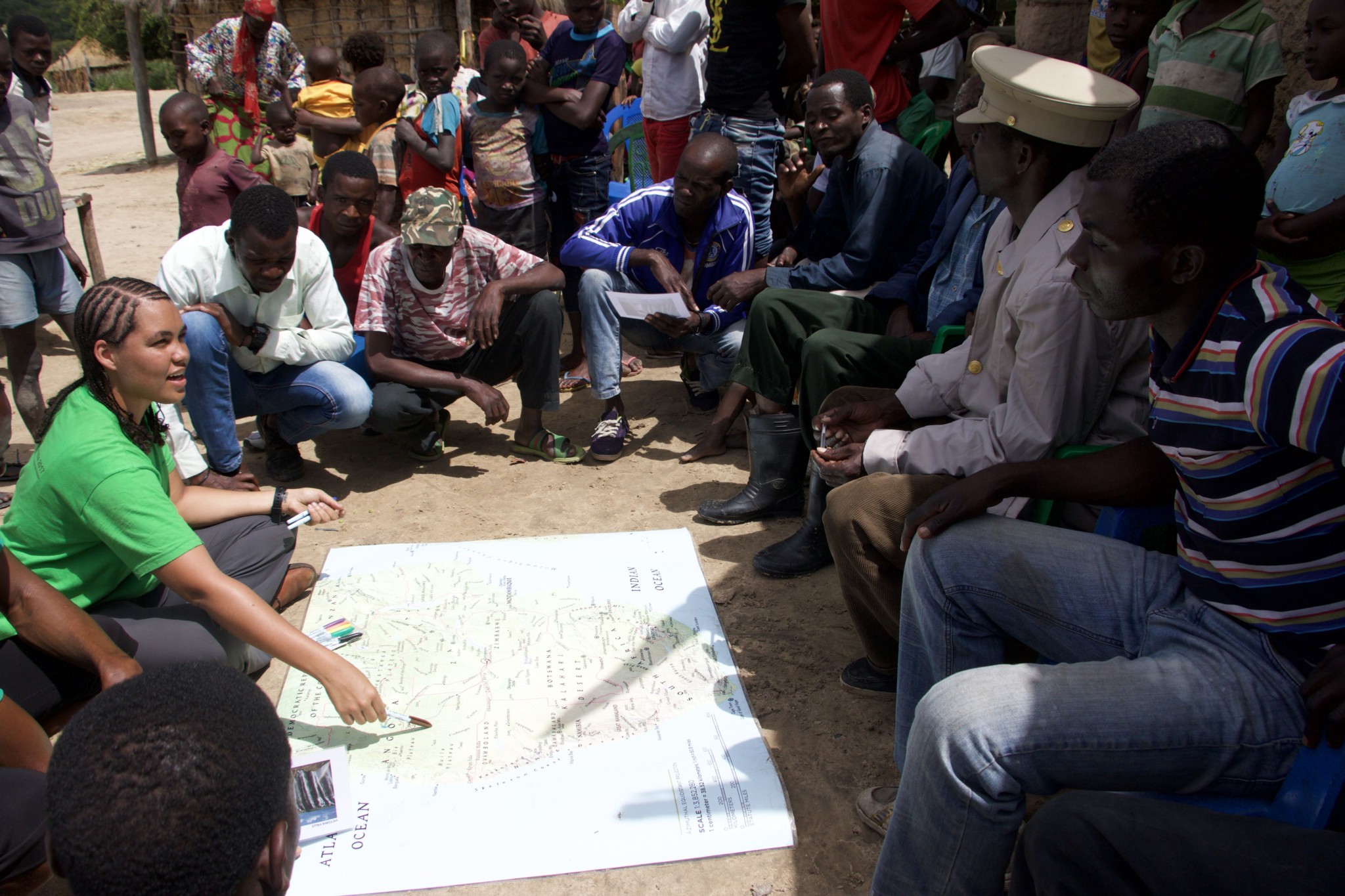
Okavango Wilderness Project, (National Geographic)
Where: Okavango River Basin, Angola and Botswana
The National Geographic Okavango Wilderness Project (NGOWP) is working to protect the Okavango River Basin, covering areas in both Angola and Botswana. The project collaborates with regional governments, NGOs, and local communities to help establish community-based alternative livelihood cooperatives to support a conservation-based local economy. These collaborations facilitate the development of sustainable conservation plans and watershed protection. The project team also embarks on multiyear expeditions into these remove areas to document the ecosystem and accumulate data to provide a baseline to facilitate the region’s permanent protection.
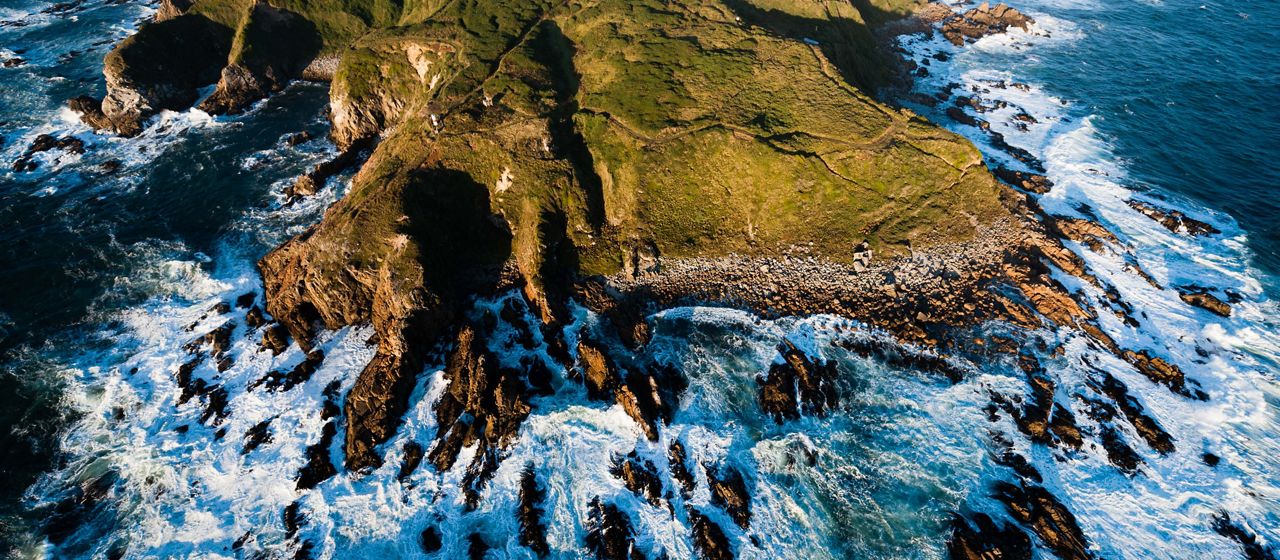
Valdivian Coastal Reserve, (The Nature Conservancy)
Where: Los Ríos Region, Chile
In 2003, the Nature Conservancy, with support from WWF and Conservation International, purchased the land where the Valdivian Coastal Reserve now stands from an industrial timber company, preventing its continued deforestation. The Valdivian Coastal Reserve was opened in 2005, and is managed by the TNC in collaboration with local partners and communities. The region became Chile’s first forest carbon project under VCS, and avoided the release of almost 400,000 tons of GHG emissions. TNC further plans to undergo a long-term restoration effort over the next 20 years, replacing eucalyptus plantations with native species over approximately 3,000 hectares. The project also promotes responsible fishing and sustainable management plans.
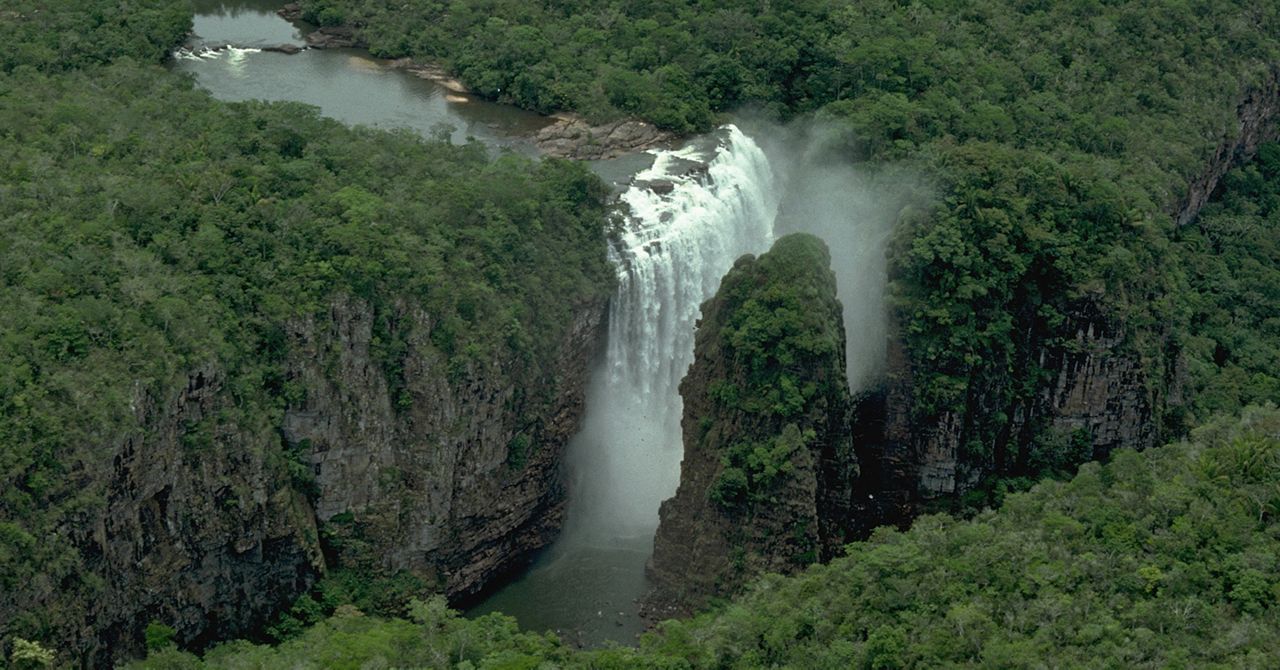
Noel Kempff Mercado National Park, (The Nature Conservancy)
Where: Northeast Bolivia
The project was established in 1996, and used $1.6 million of its initial funding to terminate logging rights on 2.1 million acres of government-owned land, expanding the park to 3.9 million acres. The project is expected to mitigate more than 5.8 million tons of carbon dioxide over its 30 year term. The project further protects the forest ecosystem, and uses carbon finance to fund protection activities during and beyond the project. Benefits to local communities include legal assistance to help native communities acquire the title to traditional lands, participation in community forest management, and improved access to health services. In 2005, the project became the world’s first forest emissions reduction project to be verified by a third party based on international standards established by the Kyoto Protocol.
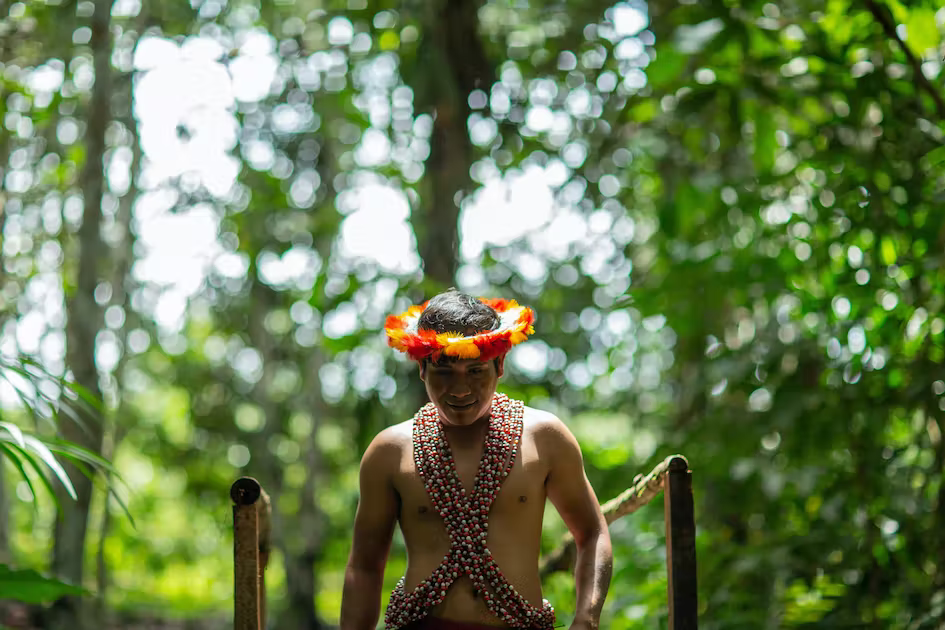
Our Future Forests–Amazonia Verde, (Conservation International)
Where: Brazilian Amazon
This project supports indigenous peoples and communities that commit to protecting the Amazon rainforest. The project currently supports 26 groups of Indigenous peoples and local communities across seven countries, and provides them with the tools, training and funding needed to build sustainable businesses and social enterprises that do not contribute to deforestation in the Amazon. By 2025, the project hopes that its investments in these communities will help conserve up to 12 percent of the Amazon and benefit more than 68,000 people. These efforts directly contribute to the objectives of the Alliance for the Conservation of Rainforests, a coalition led by France to protect and restore rainforests worldwide.

Amazon Region Protected Areas Program (ARPA), (FUNBIO)
ARPA is the world’s largest tropical forest protection initiative. The main goal is to support the conservation and sustainable use of 60 million hectares, which comprises 15% of the Brazilian Amazon. The program had three phases. The first phase (2003-2009) created 23 million hectares of protected areas. In the second phase (2010-2017), the program consolidated 95 existing protected areas, which covered 52.2 million hectares. The third phase began in 2014 and focused on the Transition Fund, which intended to gradually phase in long-term public financing for ARPA, ensuring 100% public funding within 25 years. The program surpassed its initial target in 2017, with 60.8 million hectares of land across 117 protected areas.
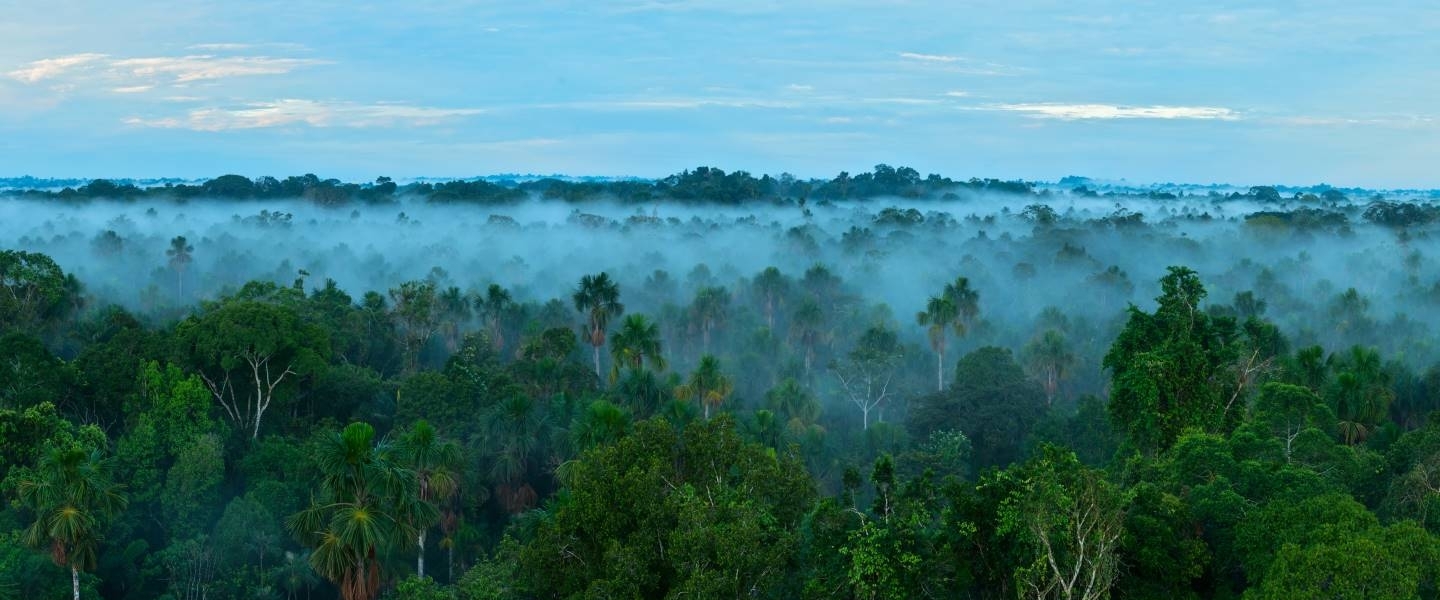
Sustainable Landscapes of the Amazon (ASL), (Conservation International)
This project takes an integrated approach to managing Amazonian landscapes through the conservation, sustainable use, and restoration of ecosystems. The project has four phases, the first of which is a continuation of the ARPA program. The second phase, which the project is currently in, plans to create integrated management of landscapes, specifically focusing on promoting connectivity and ecological corridors. The third phase will advance public policies and plans for the protection and recovery of native vegetation. The fourth phase focuses on promoting regional training and cooperation.
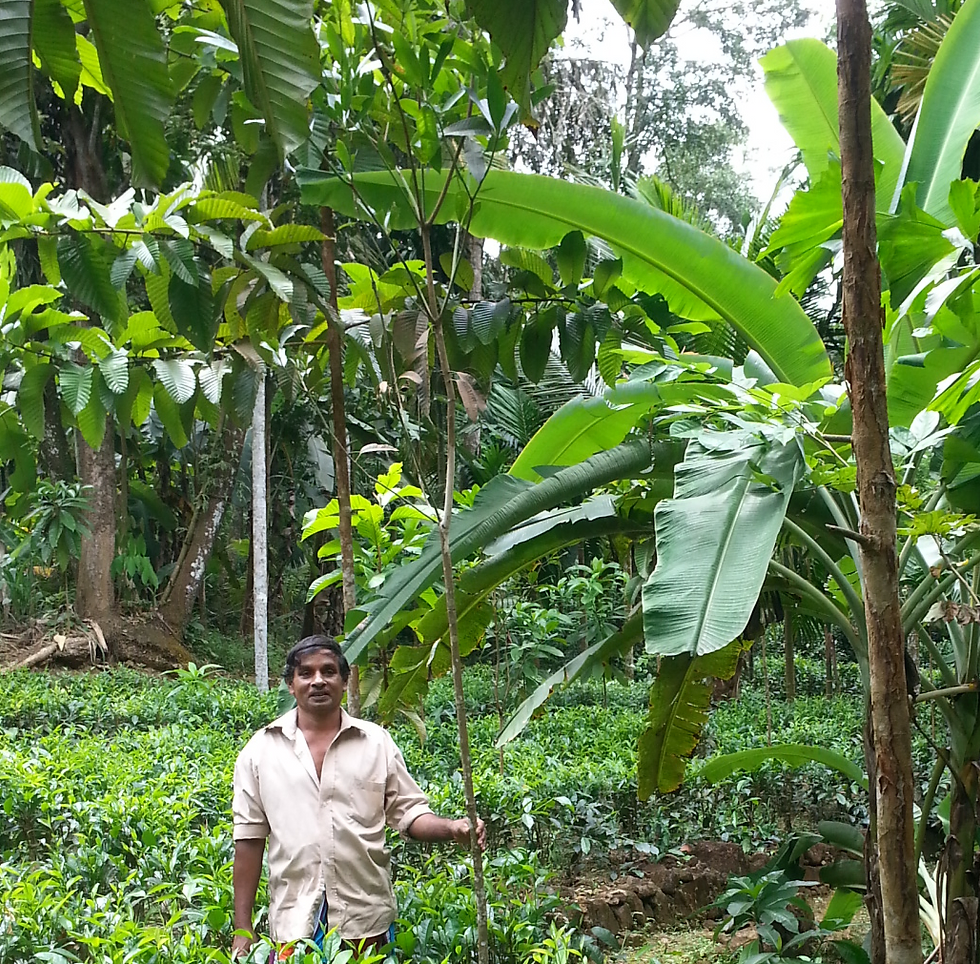
Hiniduma Bio-Link, (Rainforest Rescue International)
Where: Singharaja & Kanneliya, Sri Lanka
The Hinduma Bio-Link project aims to establish a biodiversity corridor between two large remnant disturbed rainforest patches – Singharaja (UNESCO World Heritage Site) & Kanneliya (International Man and Biosphere Reserve, as well as to conserve buffer zones around the forest edges, through reforestation. The project aims to reduce threats to the remaining rainforest patches by enhancing the livelihoods of local communities through carbon credits. Participatory approaches are offered to smallholders to improve reforestation and agroforestry skills.
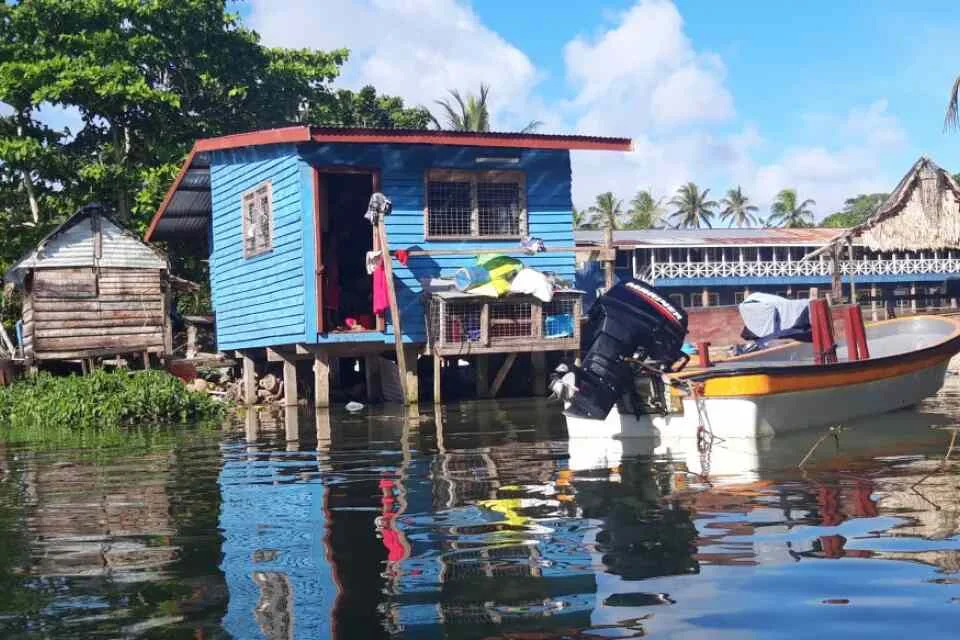
Pacific Ecosystem-based Adaptation for Climate Change Plus (PEBACC+), (Kiwa Initiative)
Where: Fiji, New Caledonia, Solomon Islands, Vanuatu, Wallis and Futuna
This project is a continuation of the Pacific Ecosystem-Based Adaptation to Climate Change (PEBACC) project, funded by the International Climate Initiative (IKI) and implemented from 2015 to 2020 by the Secretariat of the Pacific Regional Environment Programme (SPREP) in Fiji, Vanuatu and Solomon Islands. This project builds on PEBACC, which developed and implemented a systematic and participative approach to analyzing climate and non-climate threats as a basis for adaptation planning in several pilot sites. This second phase will strengthen and diversify existing activities, and add two new territories, New Caledonia and Wallis and Futuna. Examples of project activity includes a reforestation and agroforestry program in Taveuni, Fifi, forest rehabilitation in the Solomon Islands, and restoration of the Tagabe River in Vanuatu.
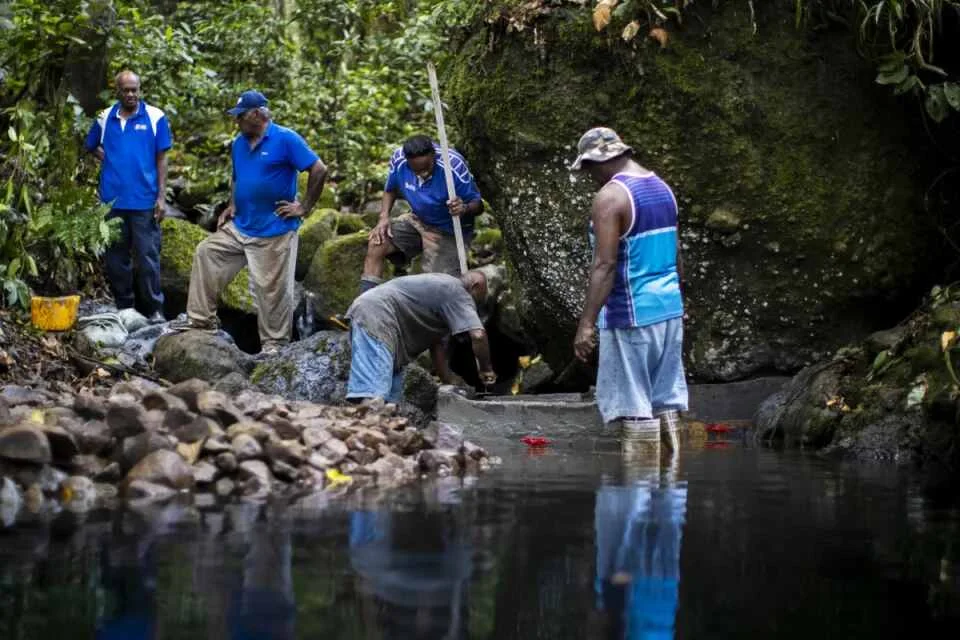
Watershed Interventions for Systems Health Plus (WISH+), (Kiwa Initiative)
Where: Fiji, Papua New Guinea, Solomon Islands: Vatu-i-Ra Seascape, Bismarck-Solomon Seascape
This project will implement integrated watershed management (IWM) in targeted linked watershed-coral reef areas. This will improve biodiversity, climate resilience, and human health, while providing a model for managing systems health for the Pacific based in decision-support tools, long-term sustainable financing, and effective public policy. It will also facilitate investment in nature-based solutions for drinking water, sanitation, and wastewater. It also aims to use lessons learned to influence policy decisions. This implementation is designed to directly benefit 5,806 landowners (largely indigenous peoples) in the target regions.
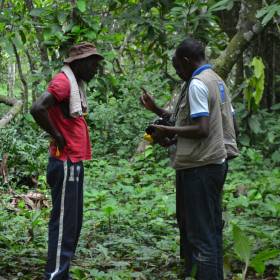
Republic of the Congo Emission Reductions Program, (Terra Global Capital)
Where: Likouala and Sangha, Republic of Congo
The Republic of the Congo Emission Reductions Program is a jurisdictional-scale REDD+ program. The program focuses on the Departments of Likouala and Sangha which represent some of the most remote regions of the Republic of Congo. In recent years, the two departments have experienced increasing deforestation and degradation and are currently under pressure to extract and use resources. This program will support sustainable development and a green economy to combat climate change and improve livelihoods. Terra is currently developing the Emission Reductions Program Document, which will start the process of quantifying emissions reductions to receive results-based payments.
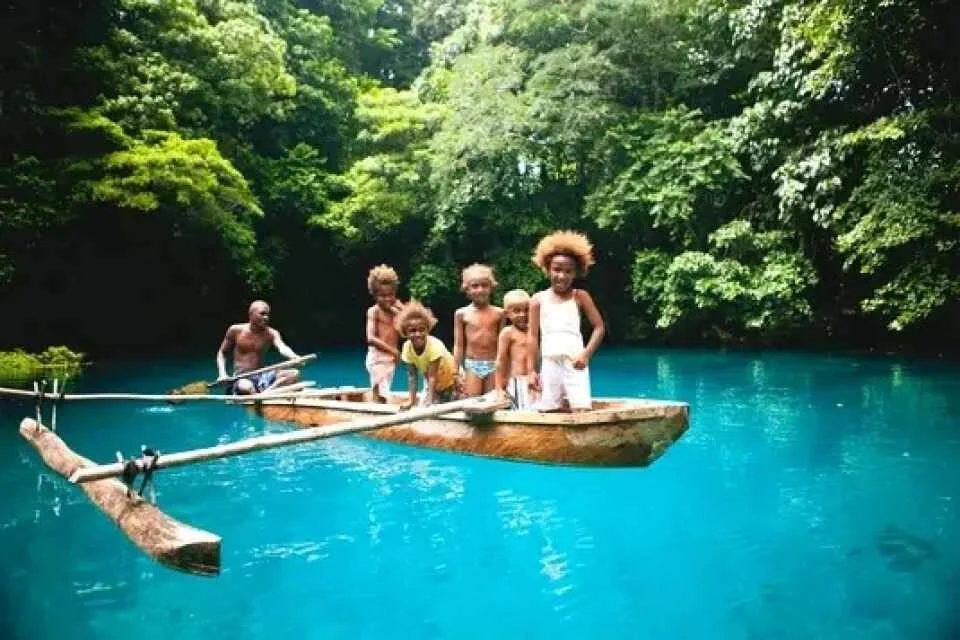
Coral reef restoration, (Kiwa Initiative)
Where: South Malekula, Vanuatu
This project plans to address some of the environmental issues and threats caused by the impact of the climate change, deforestation, development, and over-harvesting. It aims to do so by restoring, protecting, and preserving ecosystem services through sustainable management practices. Long-term, the project works towards a goal of restoring, protecting, and conserving 80% of South Malekula biodiversity ecosystem services by 2030. The project plans to improve local knowledge on sustainable agricultural, forestry, and fishery practices, and strengthen and empower community conservation activities.
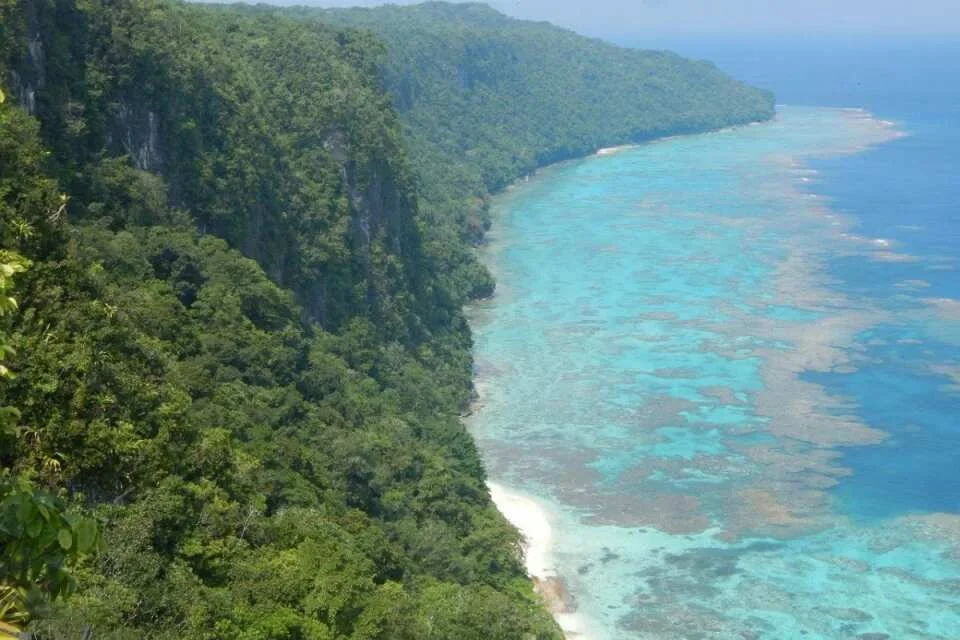
Invasive species management, (Kiwa Initiative)
Where: Rennell Island, Solomon Islands
East Rennell in the Solomon Islands is a World Heritage Site, but its biodiversity and substance lifestyles are threatened by invasive species, particularly black rats. The project aims to enhance the ecological and social sustainability of the area through invasive species management to improve livelihoods and food security. The project will establish capacity through BirdLife’s expertise in managing invasive species, and by linking local communities to incentive schemes, particularly Live and Learn’s Payment for Ecosystem Services (PES) program.

Building coastal resilience/dune ecosystem, (Kiwa Initiative)
Where: Sigatoka Sand Dunes National Park, Fiji
This project will develop forest restoration sites around the Sigatoka Sand Dunes National Park, which is part of the Sigatoka Sand Dunes ecosystem. This will entail three forest restoration demonstration sites, with 80% community engagement, increased protection against fire degradation, and increased community awareness and adaptation action. These sites will be managed by communities and park staff using nature based solutions such as agroforestry, invasive species management, and avoided degradation. These sites will then be scaled into a network of community learning activities.
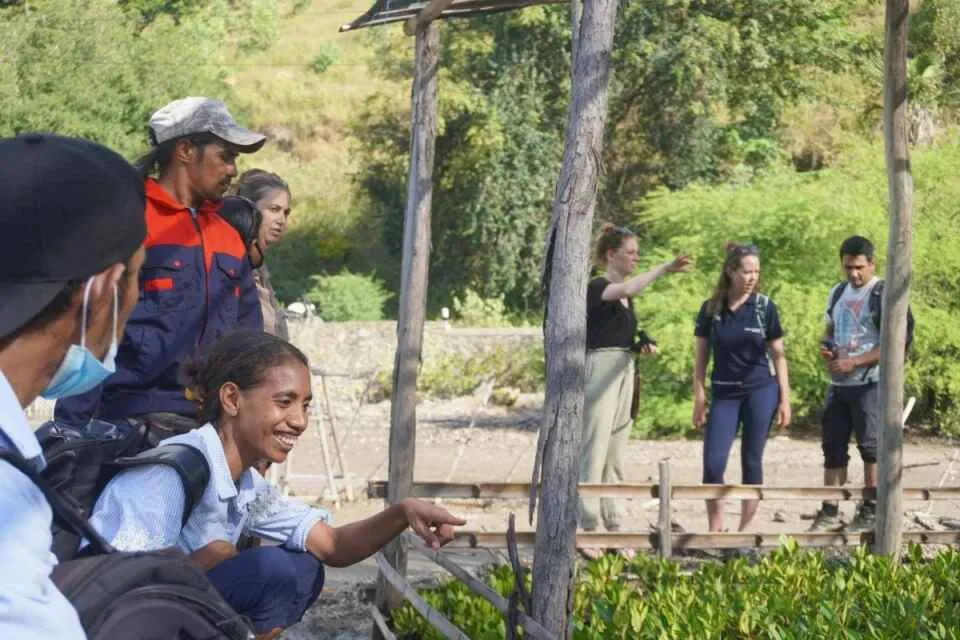
Sustainable Fishing Management and Mangrove Conservation, (Kiwa Initiative)
Where: Timor Leste
Timor-Leste has one of the world’s highest levels of marine biodiversity. Fisheries are a crucial aspect of local livelihoods and food security. However, communities are increasingly vulnerable to climate risks. This project aims to protect and monitor critical marine habitats and fisheries through traditional customary-law based management practices, supporting local communities in implementing sustainable fishing measures. The project will also plant and protect mangroves, building infrastructure and capacity to establish protected mangrove habitats.
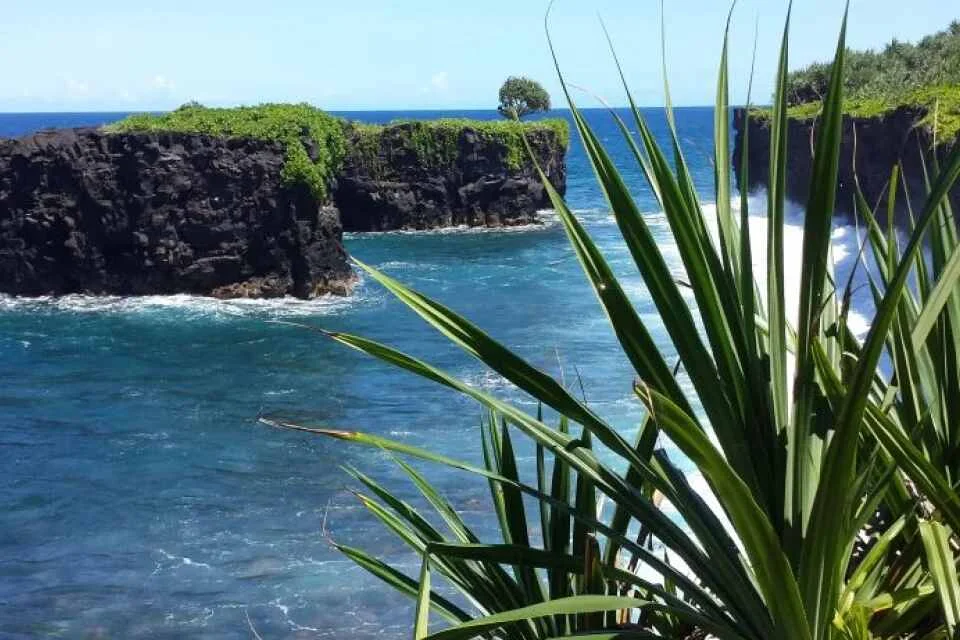
Ecosystem Restoration and Financing Solutions, (Kiwa Initiative)
Where: O le Pupu Pue National, Samoa
This project aims to improve the conservation and restoration of the O le Pupu Pue National, which has been degraded by cyclones and the spread of invasive weeds that suppress forest recovery, by working with local communities to restore and conserve the park. It plans to upgrade Samoa’s carbon offset project to meet international standards, thereby expanding financing steams to ensure sustainable finance over the long term. The project is a case study on developing public-private patnerships for park management. Since 2016, the initiative has planted around 25,000 trees and restored 10 hectares of land. This project plans to build on that with 10,000 more trees and another 4 hectares of land.
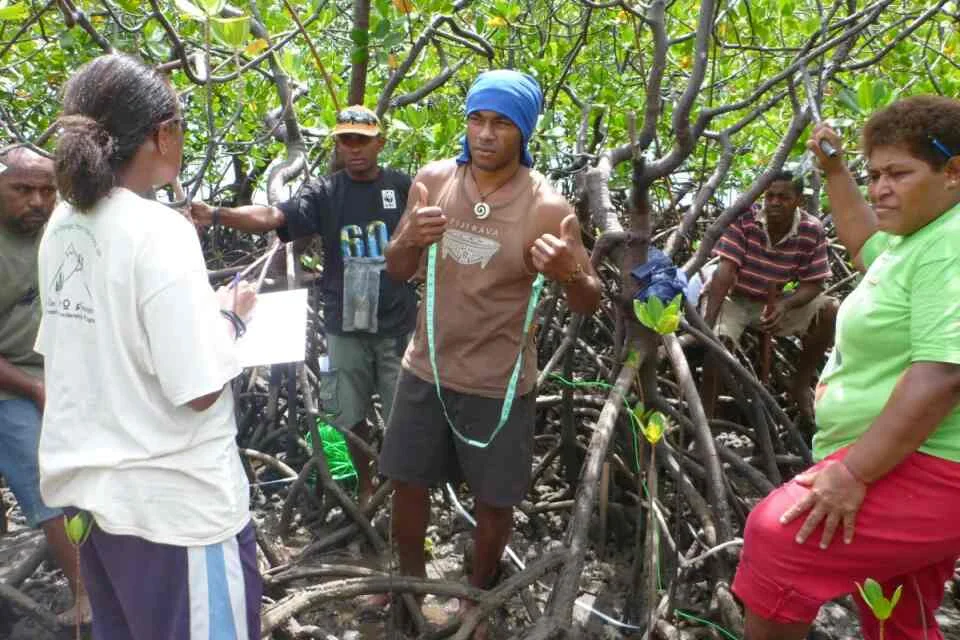
Mangrove Restoration and Management, (Kiwa Initiative)
This project aims to establish sustainable management of mangrove forests at three key sites in Vanua Levu, Fiji, alongside restoration, livelihood and awareness activities. The project will implement biodiversity management areas for three sits in Vanua Levu, including community management plans. It will also create a sustainable mangrove restoration program as a solution to coastal erosion. Finally, the third objective is to establish an awareness program relating to the ecological benefits of mangroves and potential income from mangrove-related livelihoods.
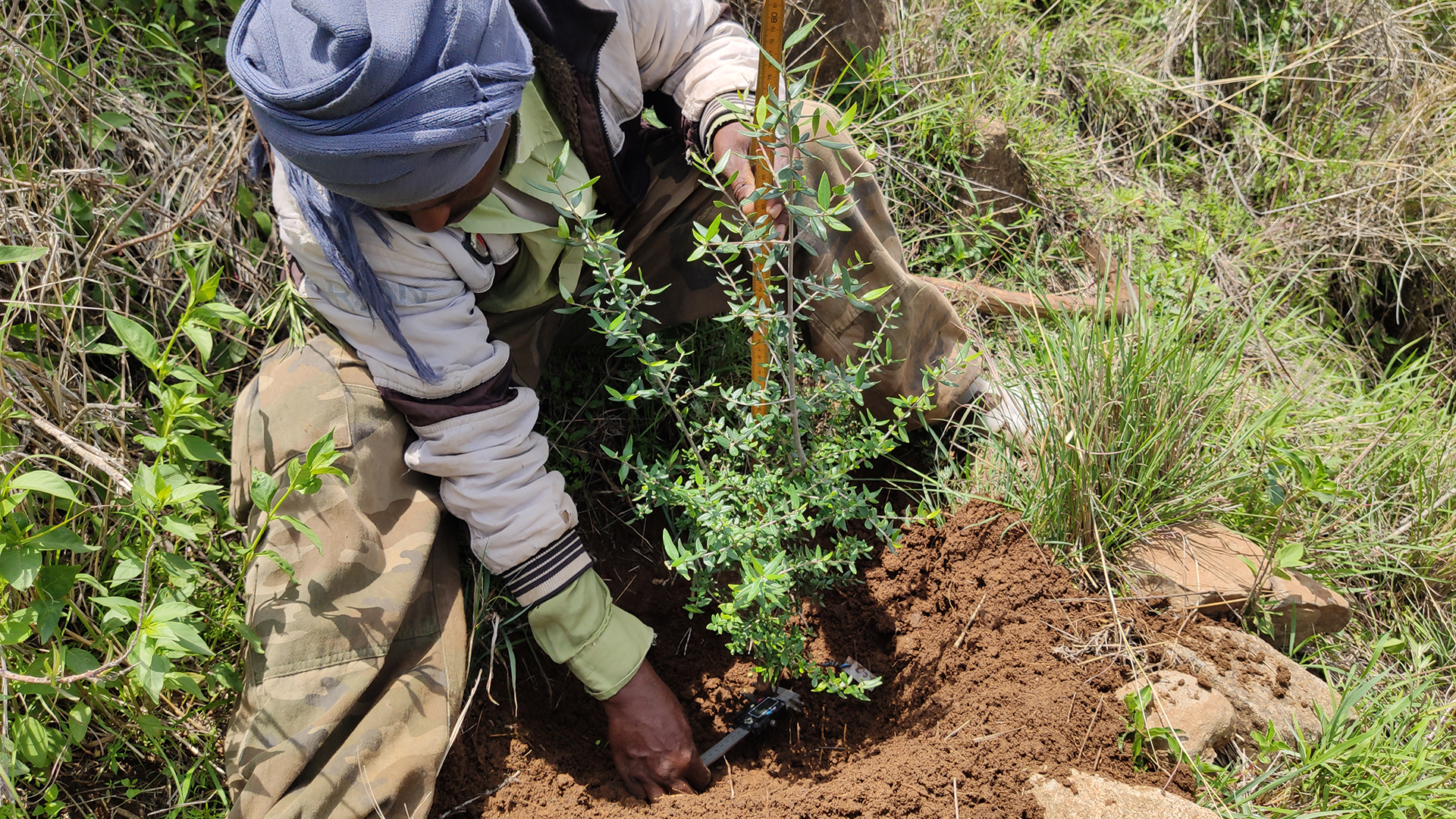
Ethiopia Seret Project, (WeForest)
Where: Geba zone, Debubawi Misrak zone and Misrakawi zone in Dogua Tembien district, Tigray region
This project is a re-greening effort headed by the government, community, and NGOs to stop land degradation, protect natural resources and improve food production. This is being done through “exclosures,” or community-owned areas where livestock is not allowed. This helps restore degraded land and ecosystem functions such as protection against landslides. WeForest is contributing to this project by enriching exclosures with native trees. In collaboration with the local community, the project provides training in natural resource management, income-generating activities and material support.
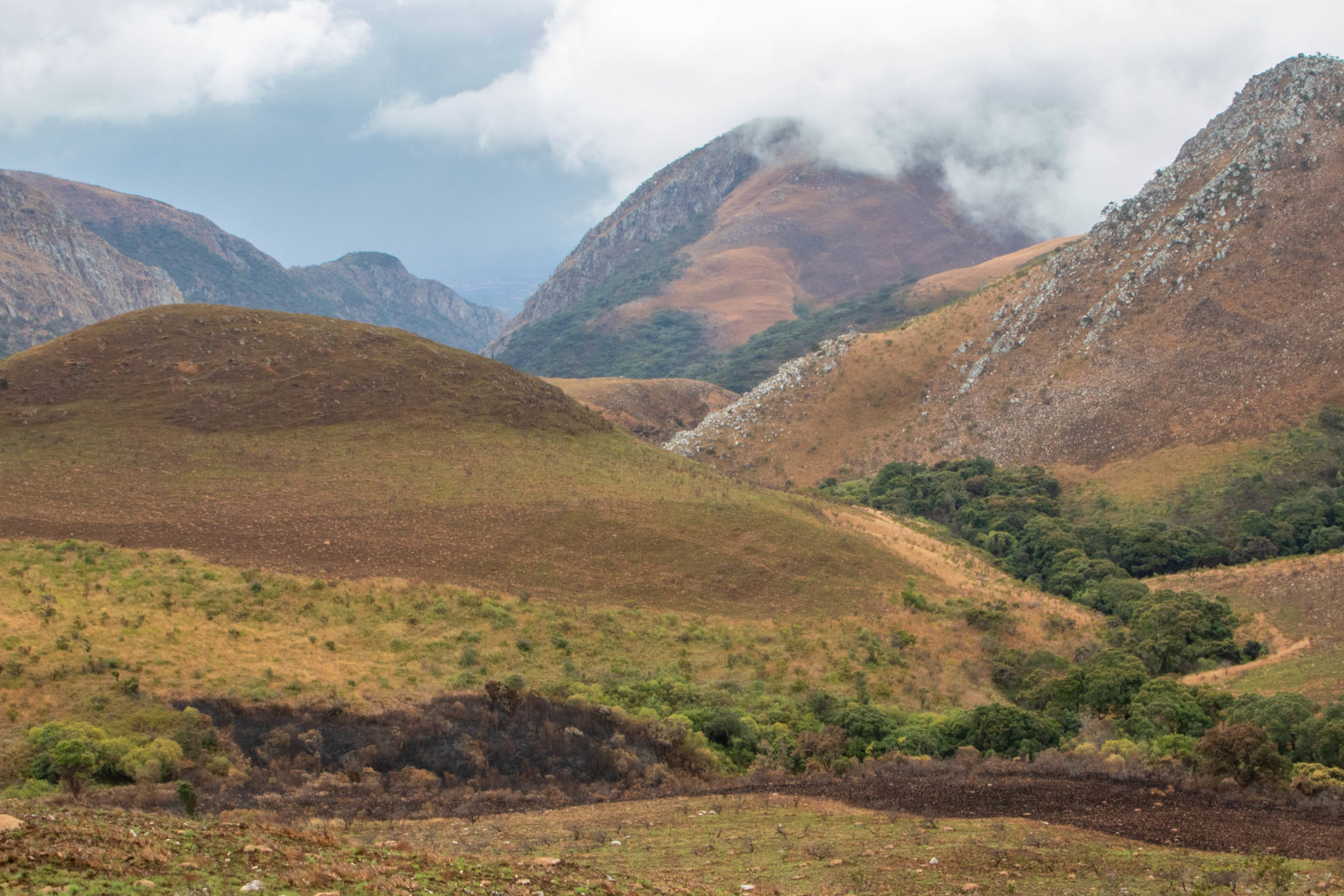
Mafinga Hills Project, (WeForest)
Where: Mafinga Hills, Zambia
The Mafinga Hills in northeastern Zambia are the source of the Luangwa River. It is an essential watershed and a biodiversity hotspot, but is threatened by agricultural expansion, slash-and-burn agriculture, fires, and logging, all of which have degraded montane and riverine forest patches. The project aims to protect and restore existing forests through sustainability community management. This will also entail diversification of income for local communities. The project will establish 1450 hectares of community forest over the next two years, with the goal of scaling up to 5500 hectares, and build capacity for the local partner organization to maintain stewardship of the forest in the long run.
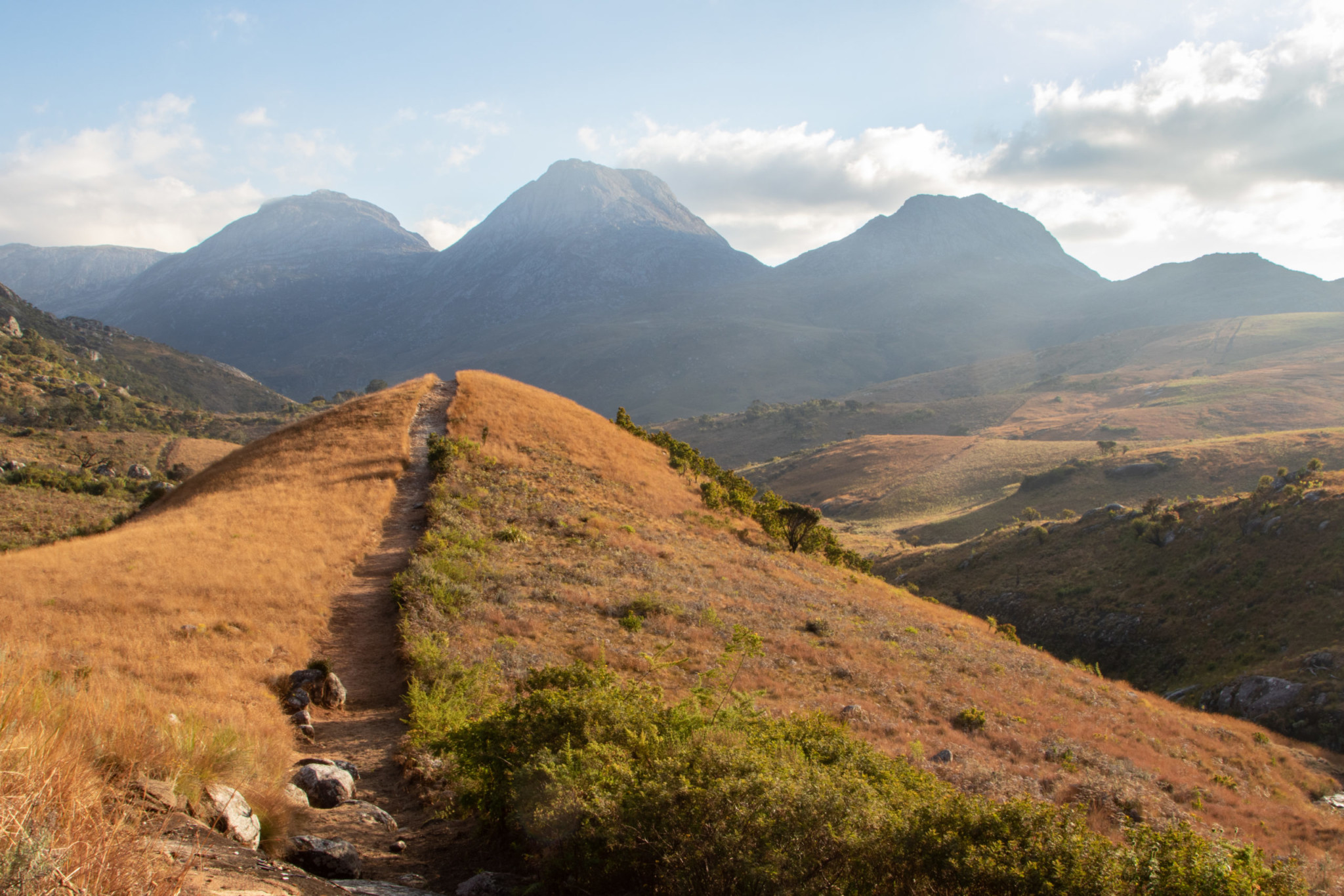
Malawi Mulanje: Restoring forest to protect water and biodiversity, (WeForest)
Where: Mulanje, Malawi
Although the Mount Mulanje Forest Reserve has been officially protected since 1927, severe deforestation and degradation have taken place. This has had a direct effect on the disappearance or sharp decline of species like the Mulanje Cedar tree and the Mulanje chameleon, which cannot be found anywhere else in the world. The project aims to restore the reserve with montane forests and miombo, and to create job opportunities and sustainable livelihood schemes for local communities. The project will restore two types of forests, create employment and alternative livelihood options, conserve the forest an biodiversity, and support enforcement activities to stop deforestation.
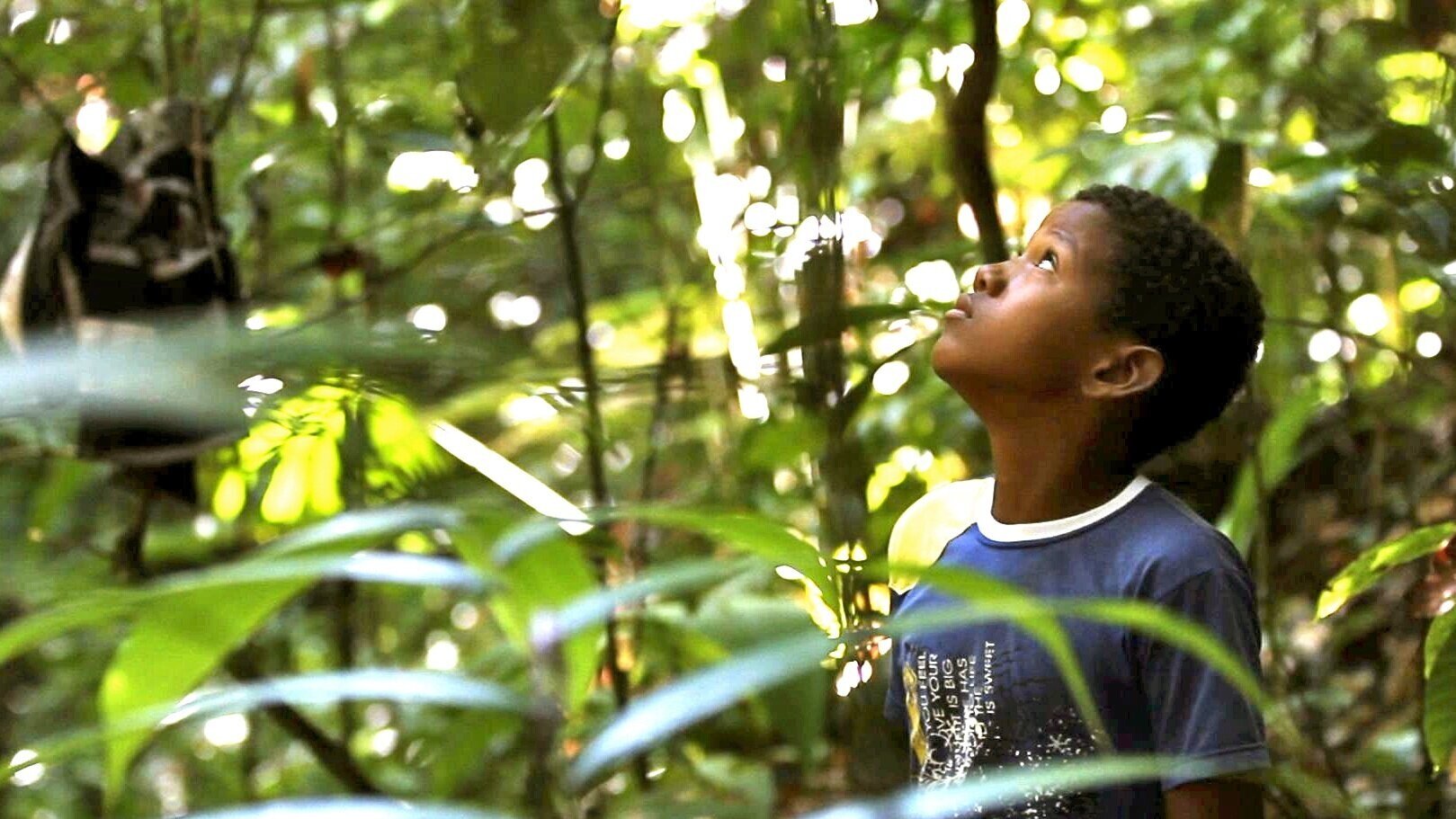
Chocó-Darién Conservation Corridor REDD+, (Cocomasur)
Where: Acandí, Región del Darién, Colombia
The Chocó-Darién Conservation Corridor is threatened by mosaic conversion of tropical forests. This conservation project was designed by the Senior Community Council of the Black Communities in the Tolo River Basin and the Southern Coastal Zone (Cocomasur). The Chocó-Darién corridor is the first REDD+ project in the world to issue forest carbon certificates in a collectively and communally owned territory. Carbon finance funds 14 activities designed to reduce deforestation by improving governance capacity, enforcement, and management. Carbon finance also enables economic alternatives and incentives for the local communities.

Moldova Soil Conservation Project, (Agency Moldsilva)
Where: Moldova
The main objectives of the project are restoration and conservation through forestation of 20.3 thousand ha of degraded lands. In the first few years of the project (2002-2006), the entire area was planted. Project activities now focus on tending and restoring these forests, in the context of biodiversity conservation. The project also engages in carbon financing with an estimated 3.6 million tons of CO2 reductions over 20 years, of which 1.9 million tons are already financed by World Bank funds. The project further supplies rural populations with wood and non-wood products.

Facilitating Reforestation for Guangxi Watershed Management in Pearl River Basin, (Xinghuan Forestry Development Company Ltd)
Where: Guangxi Watershed, China
The Facilitating Reforestation for Guangxi Watershed Management in Pearl River Basin project is establishing 3000 hectares of multiple-use forests with mostly native species. This project aims to reduce threats to local forests and generate income for poor communities by enabling the carbon sequestered by reforestation plantations to act like a “virtual cash crop” for the local project beneficiaries. The overall objective of the project is to explore and demonstrate the technical and methodological approaches related to credible carbon sequestration and pilot the viability of enhancing the livelihoods of people and native biodiversity by facilitating reforestation activities in watershed areas along the Pearl River Basin.
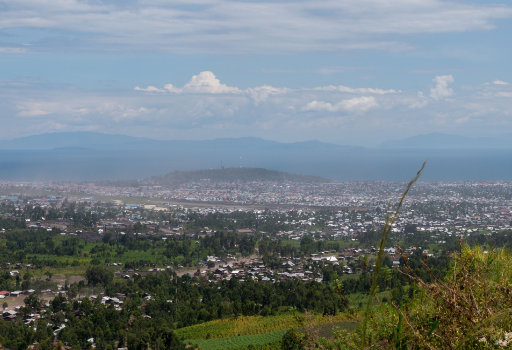
EcoMakala project, (WWF)
Where: Goma, Democratic Republic of Congo (DRC)
EcoMakala project aims to reduce illegal deforestation in the Virunga National Park in the North Kivu region, which was the illegal source of charcoal for Goma. WWF launched the project in 2007 with the goal of producing charcoal sustainbly. EcoMakala produces charcoal in Goma from planted trees to create renewable and commercially viable wood supply, protecting the park. WWF also established an improved stoves network among women to distribute stoves to households, reducing energy needs. The firm CO2Logic negotiated the sale of carbon credits from these improved stoves. Since 2007, 20 million trees have been planted around the national park. WWF has also trained tree planters in beekeeping so that they can produce honey.
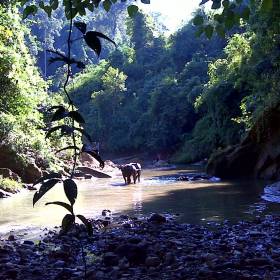
Bago Region REDD+, (Terra Global Capital)
Where: Bago region, Myanmar
The goal of the Bago REDD+ Program is ultimately to reduce deforestation within the forests controlled by the Forest Department, improve local livelihoods, and provide a model for future REDD+ efforts in the country. Some of the major drivers of deforestation in the region are timber extraction, unsustainable charcoal production, illegal logging of precious hardwoods, and the slow conversion of native forest to teak plantations. These forest areas include Reserve Forests (including community forests), Protected Public Areas and Protected Area System. This accounts for 92% of all forests in the Bago Region. This REDD+ project is validated under JNR, and used for a grouped project under VCS project standards.
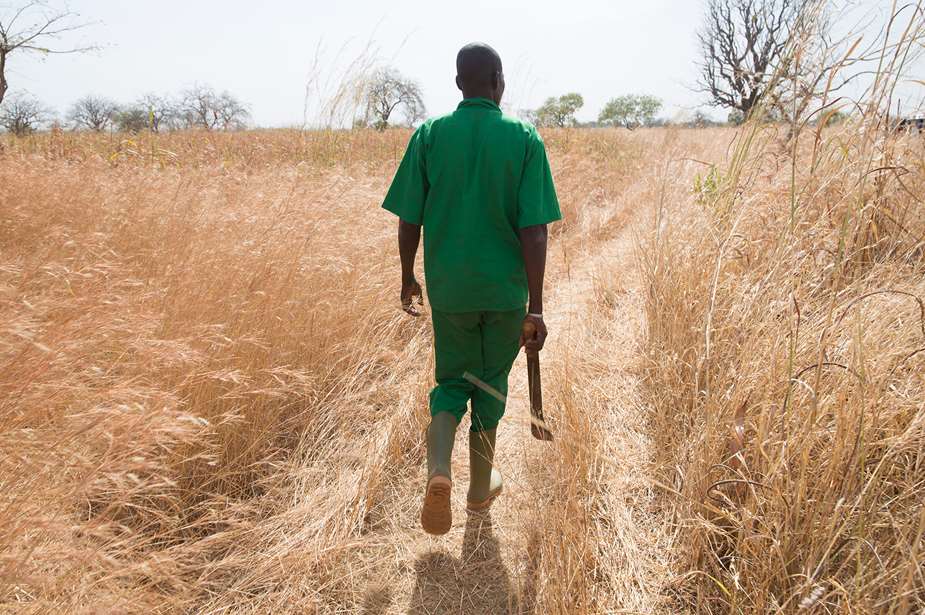
Protecting Forests, Forest Governance Program, (TreeAid)
Where: Burkina Faso
Through its forest governance program, TreeAid is working with communities across Burkina Faso to manage, protect, and use forests. The first phase of this project focused on restoring and protecting 22,800 hectares of land, as well as supporting women’s participation in forest management. The project supported communities in developing forest management plans, and training women on processing and selling tree products, such as shea butter. The second phase will scale up the project to more areas of Burkina Faso and expand management capacities.
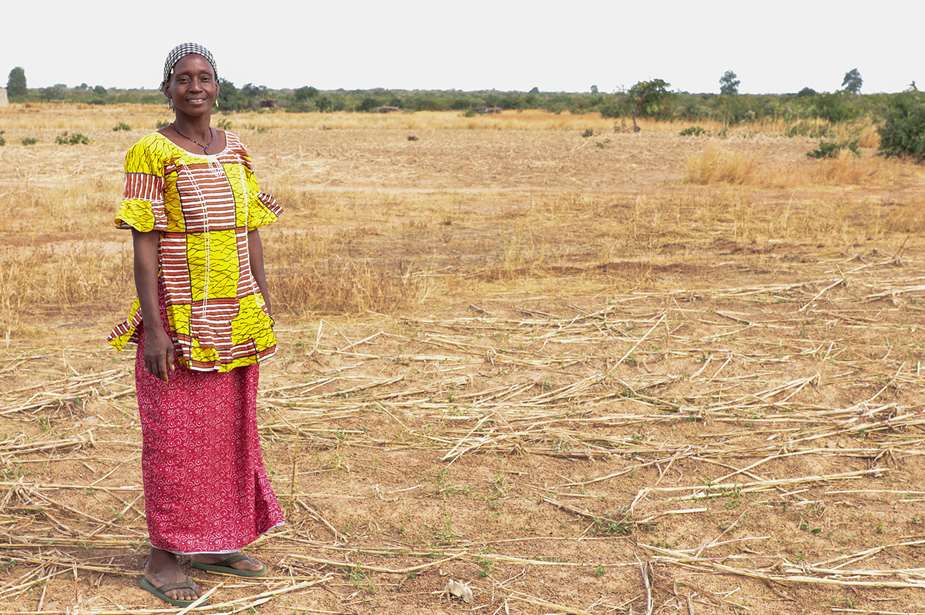
Regreening Koulikoro, (TreeAid)
This 2-year project partnered with Timberland in order to help meet Timberland’s goal of planting 50 million trees by 2025. The project worked with communities in the Koulikoro region of Mali to grow trees, re-green the land, and contribute to the Great Green Wall initiative. The trees are intended to improve soil fertility. TreeAid also facilitated the establishment of community-based nurseries, and reinforced local knowledge to plant trees across farmland and degraded communal land. 714 of severely degraded communal land was closed off from destructive activity to promote regeneration.
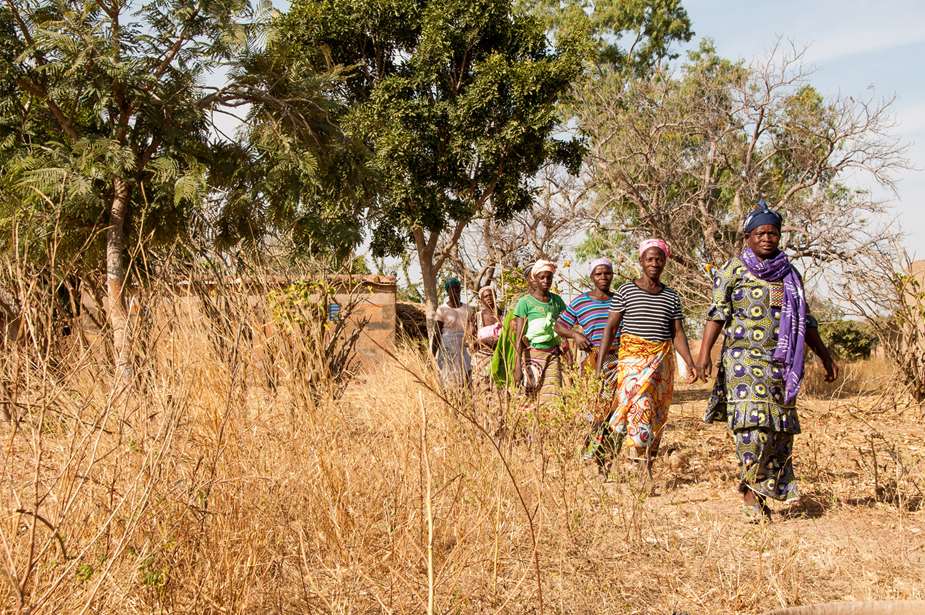
Strengthening Forest Management, (TreeAid)
Where: Ségou region, Mali
The Duwa and Sutebwo forests in the Ségou region of Mali have been hard hit by deforestation for agriculture. Local communities struggled to grow trees and crops, which they relied upon for food and income. This project aimed to protect and restore the region’s forest, as well as train communities on sustainable management. TreeAid trained nearly 1,500 farmers in land and forest management. In Sutebwo forest, tree cover has doubled since farmers have started putting tree regeneration techniques into practice. The project also worked to protect the rights of local people in managing and using forests. In total, the project grew over 670,000 trees and lifted 905 households above the poverty line.
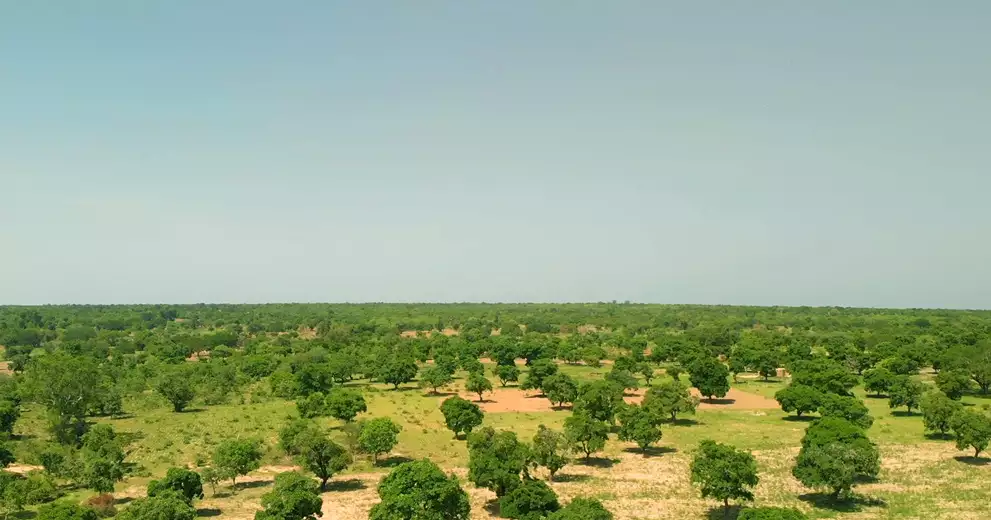
Growing the Olympic Forest, (TreeAid)
Where: Mali and Senegal
Through this project, the International Olympic Committee (IOC), in collaboration with Tree Aid, will offset more than 100% of the its estimated 2021-2024 carbon footprint by growing trees and restoring degraded land. This project aims to grow over 589,000 trees across Mali and Senegal, choosing native trees species in collaboration with local populations. This will include trees that produce fruits, nuts, and seeds that they can eat or sell. These trees will further contribute to the Great Green Wall initiative. By promoting agroforestry, the project will also restore degraded farmland to boost soil fertility and improve productivity.
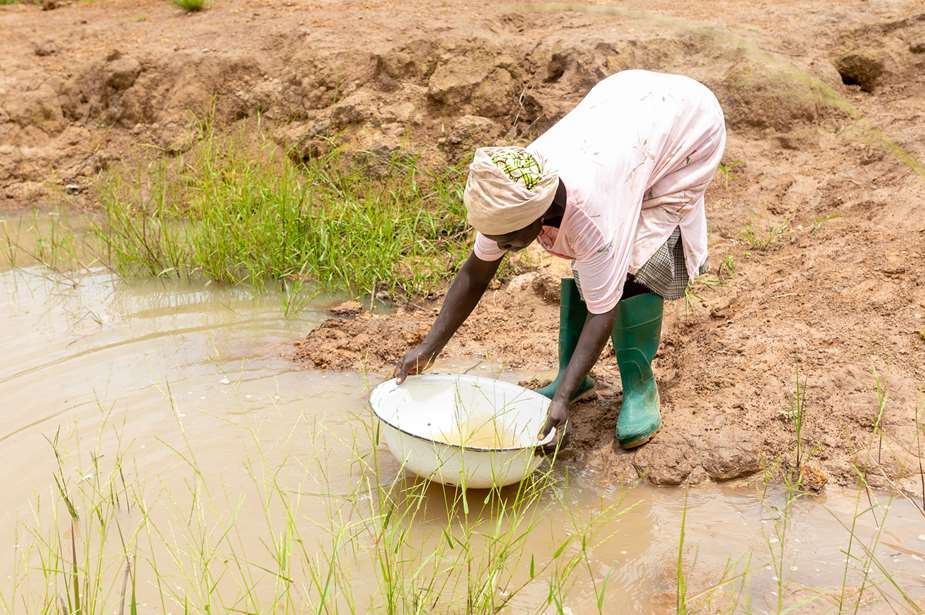
Restoring the Daka River, (TreeAid)
Where: Northern Ghana
TreeAid and Ecosia worked with riverside communities to grow trees and restore the Daka river. By the end of the project, 61 communities were involved. The trees serve as a source of nutritious food and incomes, and help restore the river as a reliable source of water. This project culminated in nearly 3.2 million trees grown along the river. The project further supported training to help restore and protect the land. The second phase of this project is now starting, and will focus on training local communities in sustainable management techniques. It will also establish nutrition gardens and develop 50 Village Loans and Savings Associations.
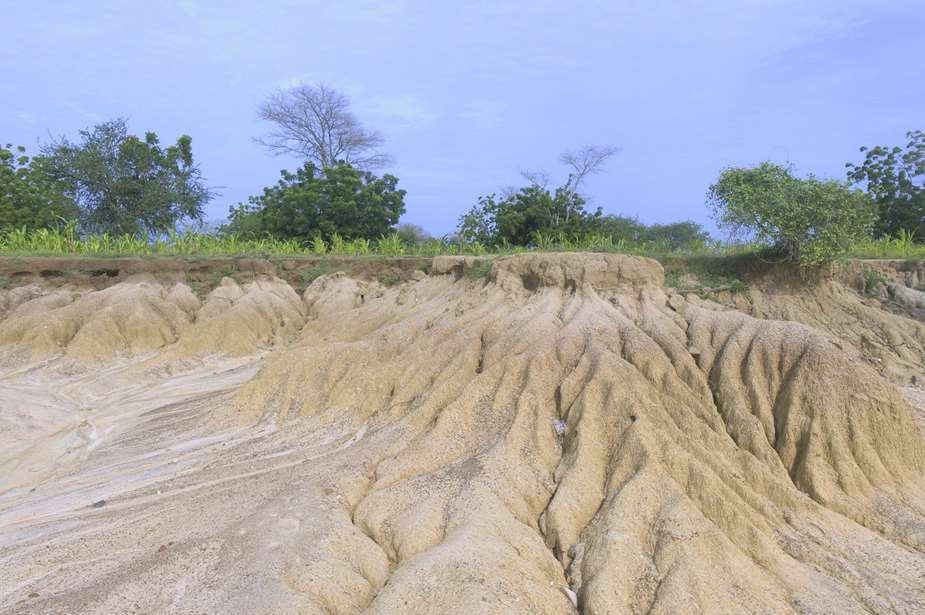
Bongo Reforestation, (TreeAid)
Where: Bongo District, Ghana
Ghana’s Bongo District has vital water sources, but is now one of the driest areas in the Upper East region of Ghana. The land has become infertile, forcing people to farm closer to rivers and further eroding riverbanks. This is causing water sources to dry up. This project aims to grow trees in the area to protect the land and water sources by reducing river erosion, improving land fertility, and promoting land management. This involves working with 20 local communities to grow 200,000 trees, building off of a previous TreeAid project that planted almost 100,000 trees in collaboration with 15 communities.
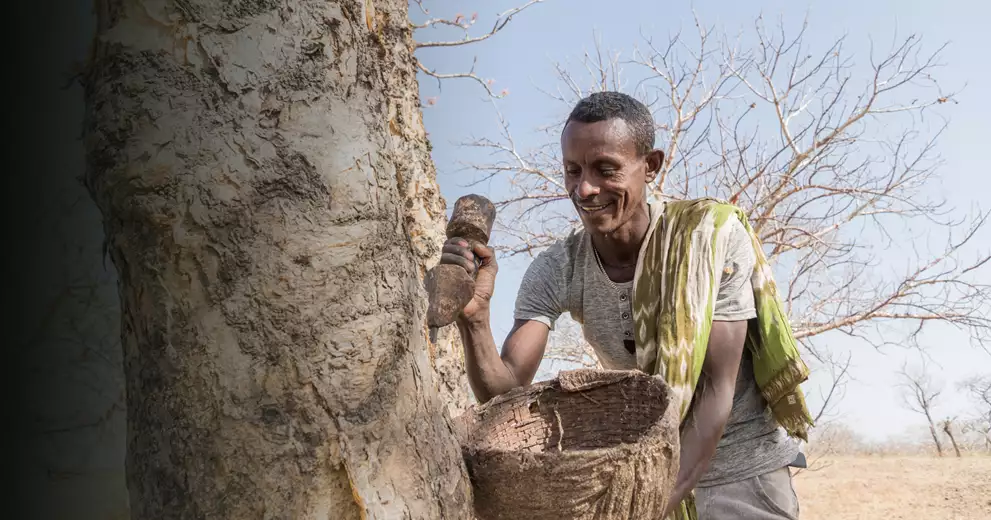
Future Forest project, (TreeAid)
Where: Metema Forest, Northern Ethiopia
Ethiopia’s Metema forest is the last green belt before the start of the desert, but it is threatened by deforestation. High rates of tree felling and unsustainable tapping for frankincense is preventing sustainable regeneration for the frankincense forest. Communities rely on the forest for food and income. The project intends to provide tools and training to help the local community harvest frankincense sustainably and protect the forest. This contributes to the larger Great Green Wall project.
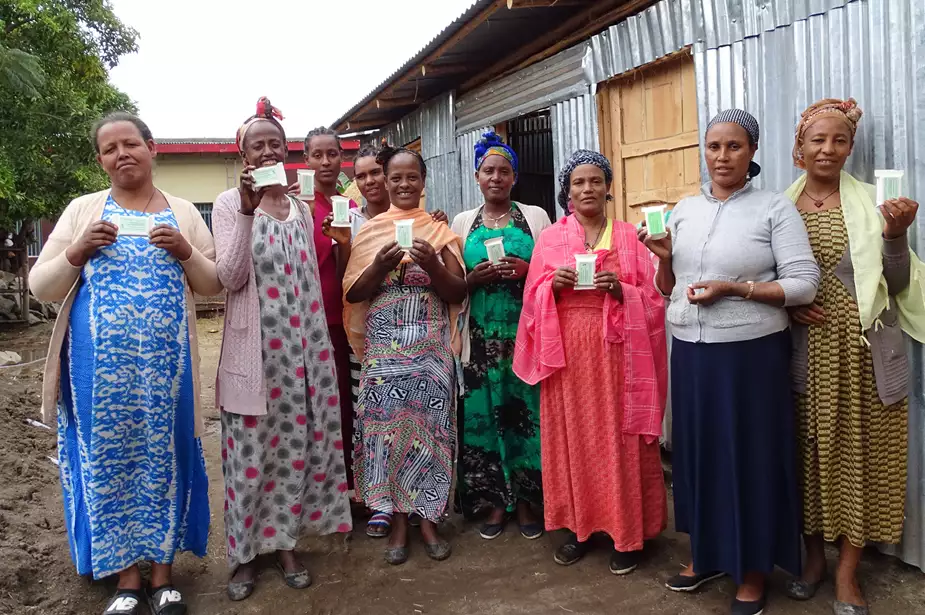
Supporting Ecosystems and Communities in Dugda-Meki, (TreeAid)
Where: Dugda-Meki, Central Rift Valley, Ethiopia
This project aims to restore the ecosystem and reduce poverty in Dugda-Meki, Ethiopia by regenerating degraded land. The restored land will then provide communities with food and incomes. The project also engages in capacity-building by training people to process and sell tree products. It also encourages dietary diversity through the distribution of fruit trees. Local communities grow trees and learn soil and water conservation methods. So far, the project has supported the growth of more than 200,000 trees, and the restoration and sustainable management of 390 hectares of land.
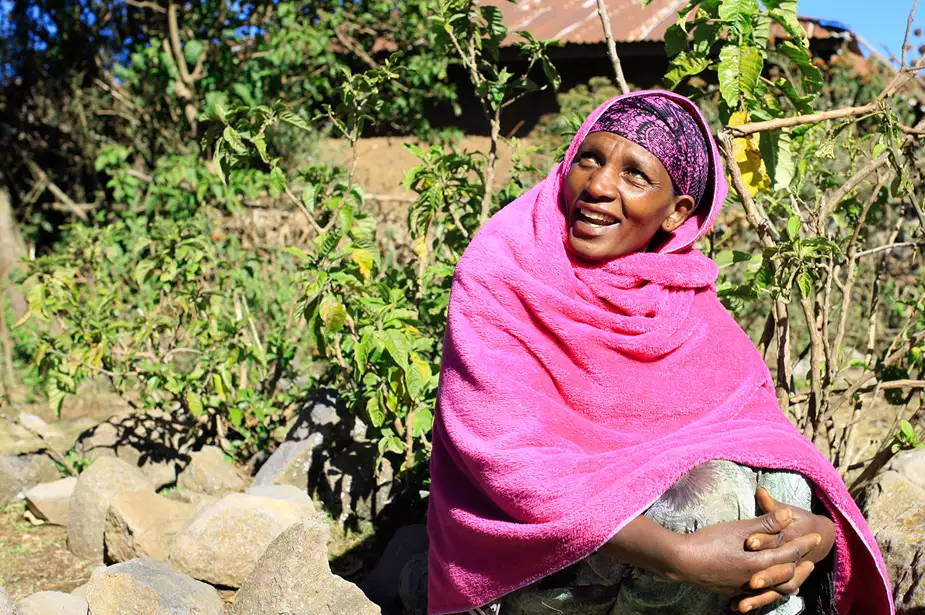
Protecting the Wof Washa Forest, (TreeAid)
Where: Wof Washa, Ethiopia
Wof Washa is one of the few remaining natural forests in Ethiopia, and it is very biodiverse. However, it is threatened by deforestation and the climate crisis. This project supported local communities to sustainably manage the forest, restore the land, and develop sustainable enterprises. Through forest management training, the project supported tree restoration and prevented illegal logging. It also supported local communities in developing enterprise groups to process and sell tree products, bolstering income.

Drylands Development Programme (DryDev), (TreeAid)
This project was part of a six-year initiative across Africa to empower farmers to restore and protect the land. TreeAid supported farmers to grow trees, conserve water, and regenerate the land. The trees grown also enabled alternative livelihoods, as they produce fruits, nuts, and leaves that can be used as a source of nutritious food and sold to earn an income. In six sub-catchments in Burkina Faso, the project supported the development of local land management committees, which created rules for sustainable land and forest management. Farmers were trained in management methods, which enabled the restoration of 6,886 hectares of land.
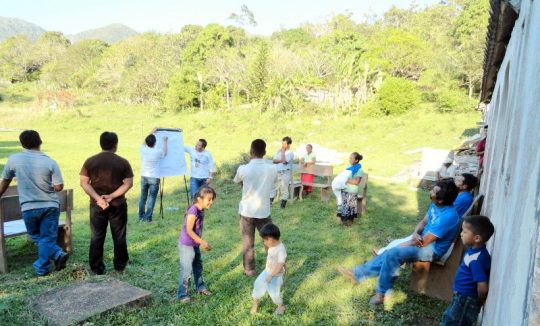
Scolel’te, (AMBIO)
Scolel’te (“the tree that grows”, in Tzeltal language) promotes reforestation and sustainable forest management through the Voluntary Carbon Market. Two decades in, it is the longest-standing project of its kind worldwide. It was also the first project in Mexico to commercialize carbon credits internationally. AMBIO works with communitis in Chiapas to promote social welfare and capacity-building, and to establish sustainable management systems. More than 1,200 small landowners participate in this project.
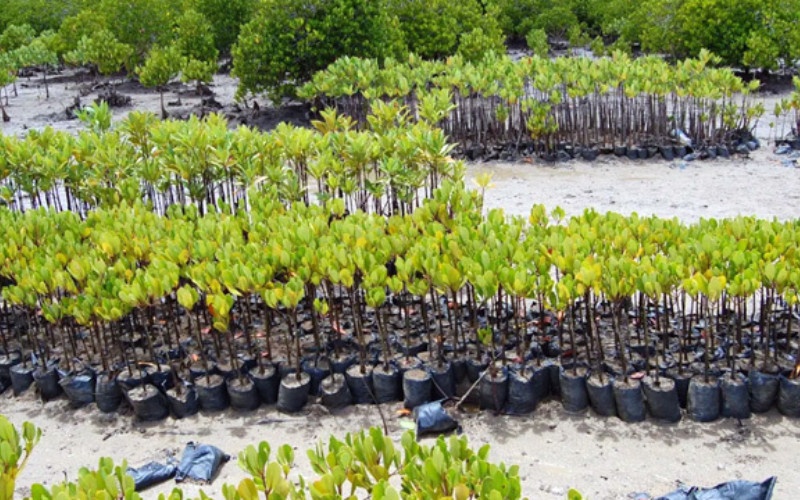
Mtwapa Creek Mangrove Planting, (Climate Impact Partners)
Where: Mtwapa Creek, Kilifi, Kenya
Over 80% of Kenya’s mangrove forests have disappeared. On Mtwapa Creek, near Mombasa, the mangrove forests have been destroyed to provide fuel and income for local communities. The deforestation has been so severe there is space for at least 100,000 trees. A local conservation group based in the area is raising seedlings to restore the coastal mangroves. In order to present a new alternative to local communities, beehives are installed in the trees – providing a new income source from the sale of honey. Medicinal honey is in high demand and particularly valuable in the markets.
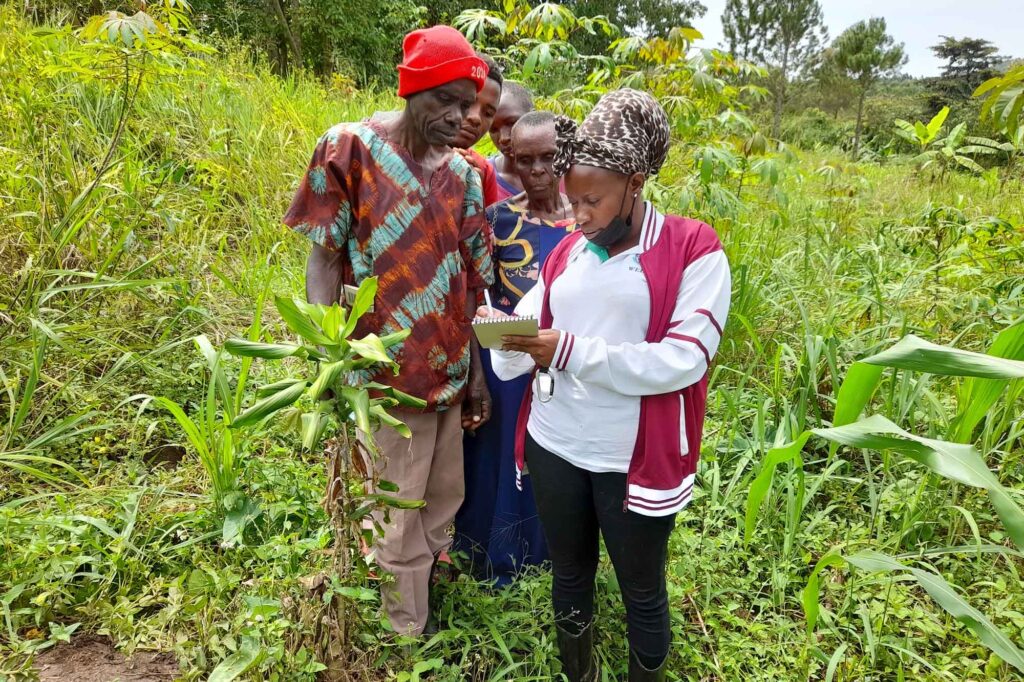
Corridor Restoration Programme, (EcoTrust)
Where: Murchison Landscape, Western Uganda
In the Murchison Landscape of Western Uganda, there are two reserve forests, Buboma and Bugondo, that protect critical biodiversity. However, the connecting natural vegetation between these forests has been lost. This project uses a phased approach to restore two critical linkages per year in the three districts that constitute the corridor. As of now, the project has secured land tenure for 600 hectares in the Bugoma-Wambabya-Bujawe section of the corridor for multiple restoration investments. Longer term project goals include developing a 25-year sustainability strategy based on PES for all holdings to incentivize sustainable management.
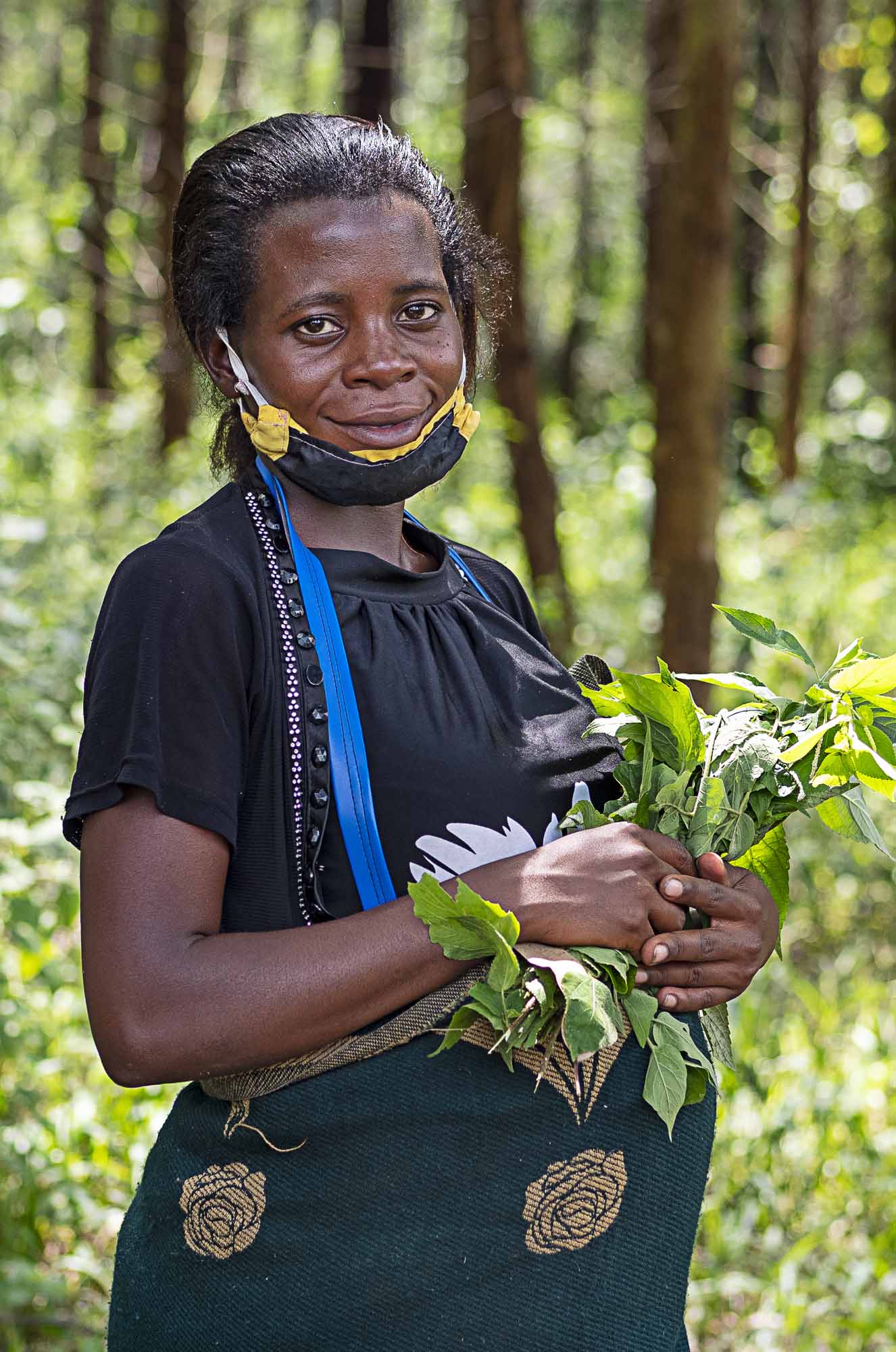
Trees for Global Benefits (TGB), (EcoTrust)
Where: Albertine region of South-Western Uganda; Eastern Uganda
The goal of Trees for Global Benefits (TGB) is to produce long-term, verifiable voluntary emission reductions by combining carbon sequestration with livelihood improvements through small-scale, farmer-led, forestry/agroforestry project. It also aims to reduce pressure on natural resources in national parks and forest reserves. It has further promoted economic growth, social development and environmental protection in Uganda. Through carbon finance, the project incentivizes the adoption of agroforestry-based sustainable land use as a viable livelihood option by ensuring a sustainable flow of financing at the different stages of the land-use enterprise. This project won the 2013 UN SEED Award.
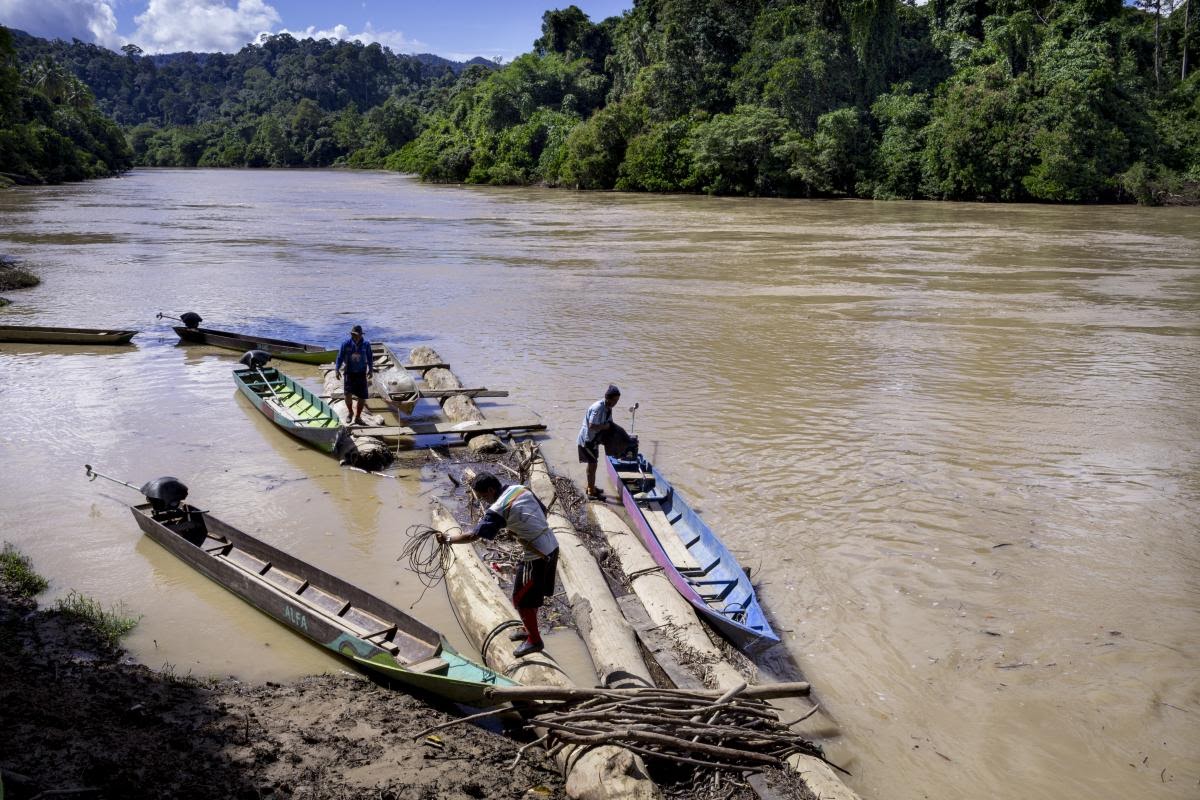
Nugum Lunang Lelum Tano, (LP3M)
Where: Malinau District, North Kalimantan, Indonesia
The Punan Adiu Community Territory covers an area of over 17,000 hectares in Malinau District, North Kalimantan. Much of this land is a dense tropic rainforest, which the Punan Adiu Customary Community has used sustainably for generations. This includes practices such as hunting and gathering in the forest for the food, fuel, building materials, and medicines that they need. However, the territory is surrounded by timber and palm oil concessions. The project designed activities to protect the forest, including pursuing formal recognition of their territory, preventing unsustainable use, establishing forest patrols, and developing livelihood activities.
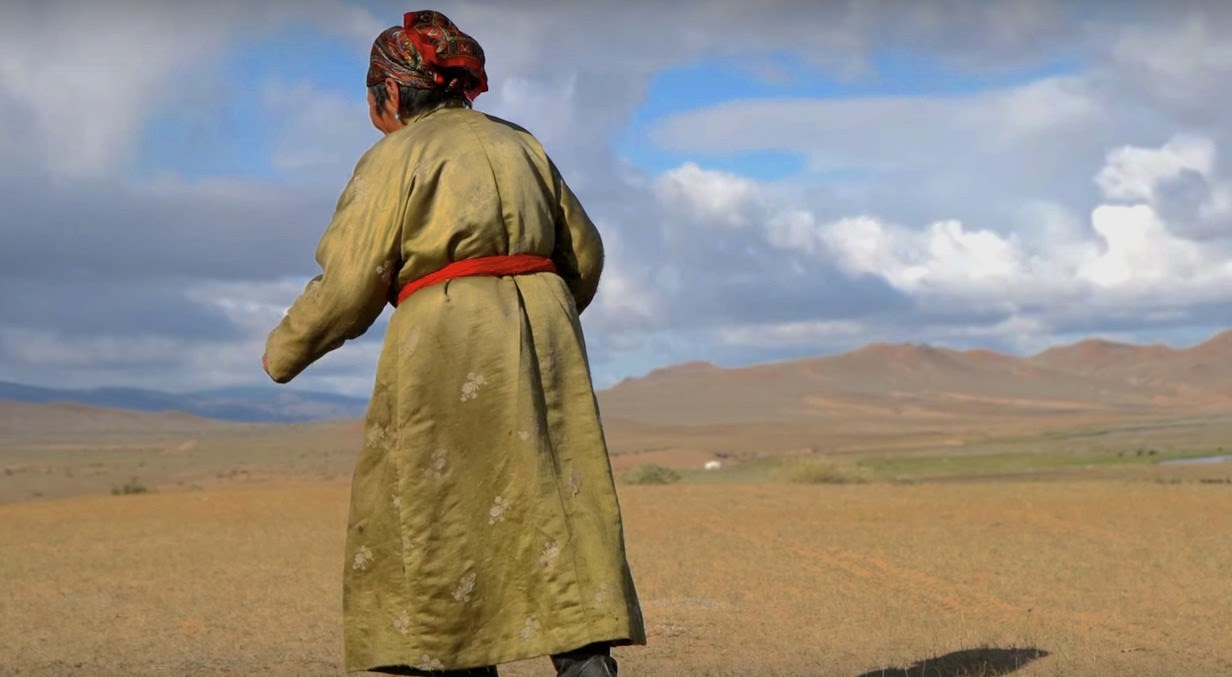
Pastures, Conservation, and Climate Action in Mongolia, (Mongolian Society for Range Management (MSRM))
Where: Mongolia
MSRM manages this project at three different sites in Mongolia, focusing specifically on nomadic herders. The project uses a “carbon plus” approach, emphasizing the livelihood and wellbeing benefits to nomadic herders, alongside the conservation of biodiversity and carbon sequestration through improved rangeland management. The initial four year period aimed to sequester more than 100,000 tCO2 through improved grazing management practices.
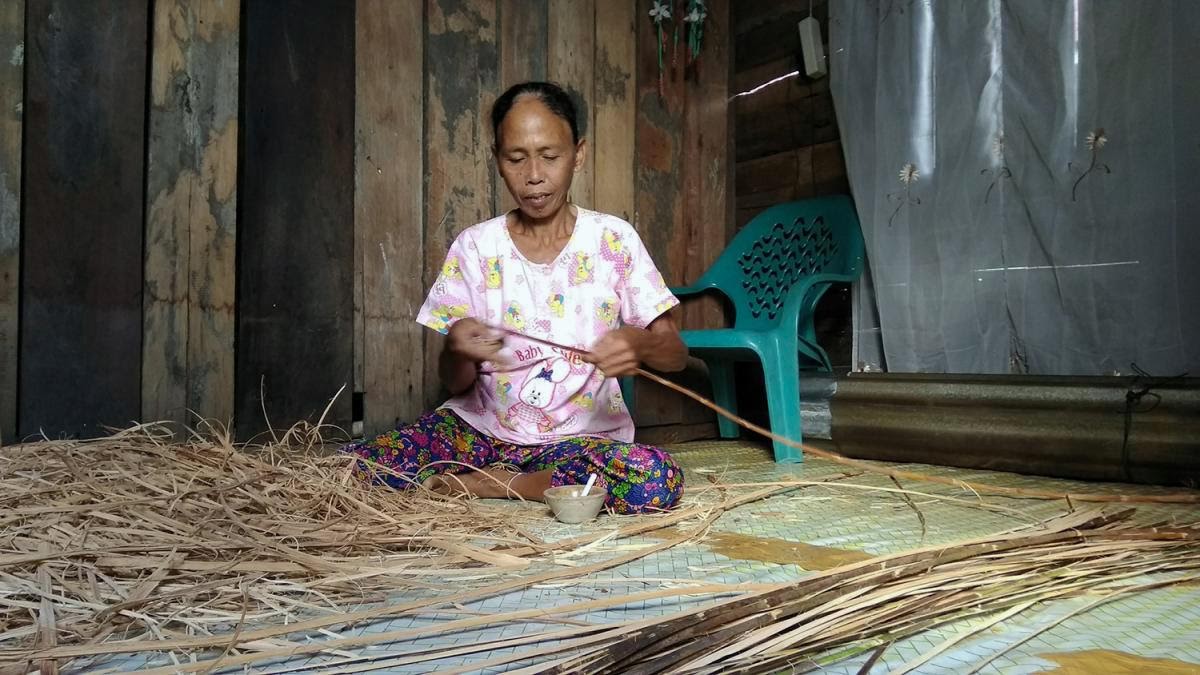
Rimbak Pakai Pengidup (Nanga Lauk), (PRCF Indonesia)
Where: Kapuas Hulu District, West Kalimantan, Indonesia
Nanga Lauk is a village in Kapuas Hulu District, West Kalimantan. Surrounding the village are 10,000 ha of riparian and peat swamp rainforest, which are under threat from logging and mining companies. The Nanga Lauk community have secured management rights 1,430 hectares, and hope to extend by gaining management rights for a further 9,196 ha. The community uses this land for fishing, honey production, and timber harvest. Project activities include expanding the community’s management rights, developing regulations to prevent unsustainable use of resources, establishing patrols, and developing livelihood activities.
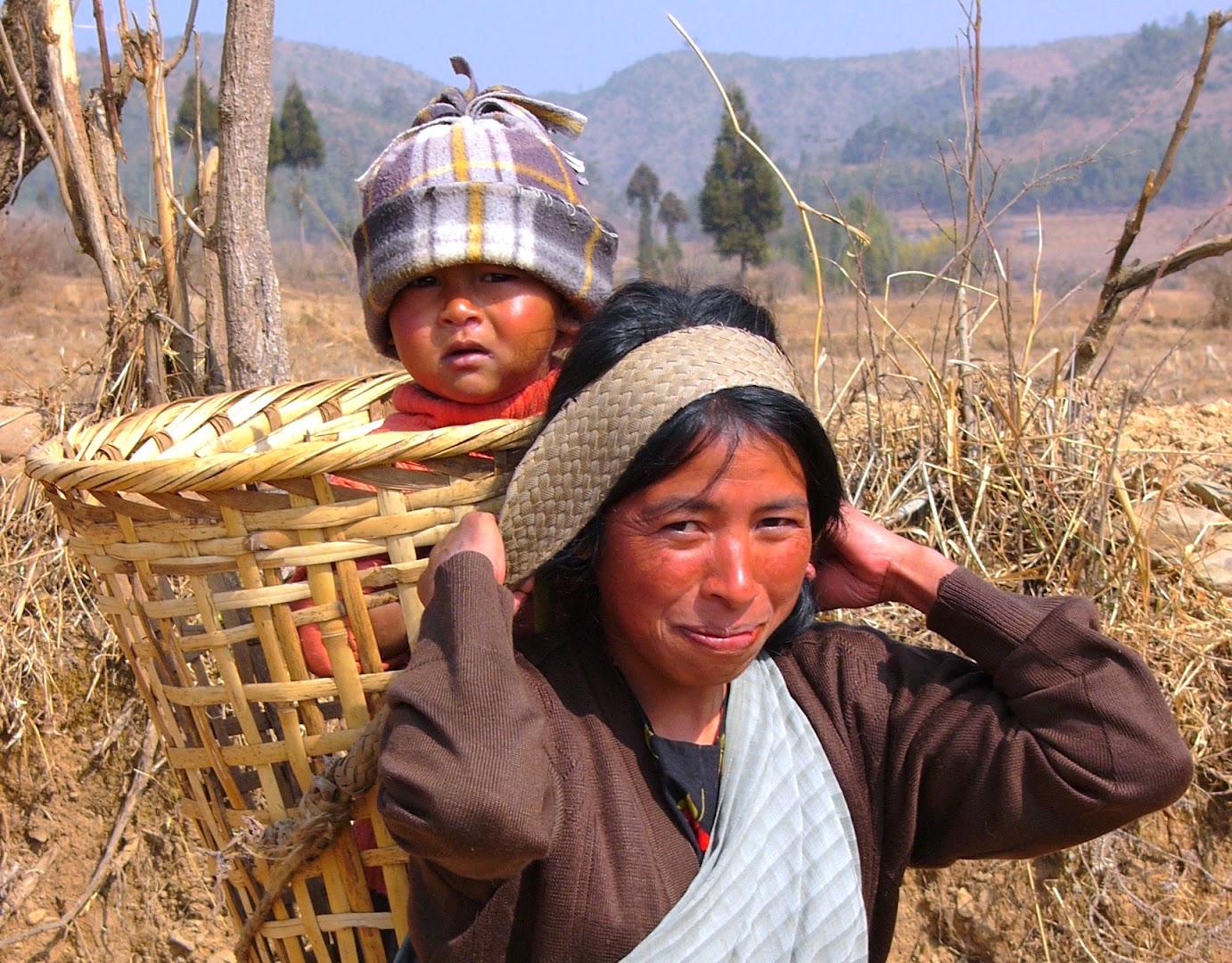
Khasi Hills Community REDD+, (Ka Synjuk Ki Hima Arliang Wah Umiam Mawphlang Welfare Society)
Where: East Khasi Hills District, Meghalaya, India
East Khasi Hills District in the Meghalaya state of India is a global biodiversity hotspot, home to a cloud forest, sacred groves, and crucial watersheds. This project engages ten indigenous Khasi governments, or hima, with 62 villages. The project aims to protect and restore these community forests through support and financial incentive to conserve existing forests and regenerate degraded forests. To reduce deforestation, the project also focuses on reducing forest fires by creating firelines, and providing alternatives to collecting wood for fuel by creating woodlots. Financial benefits to local communities include the establishment of microfinance programs for women. The project is also subsidizing fuel-efficient cook stoves for households in the area to reduce fuelwood consumption and indoor smoke pollution.
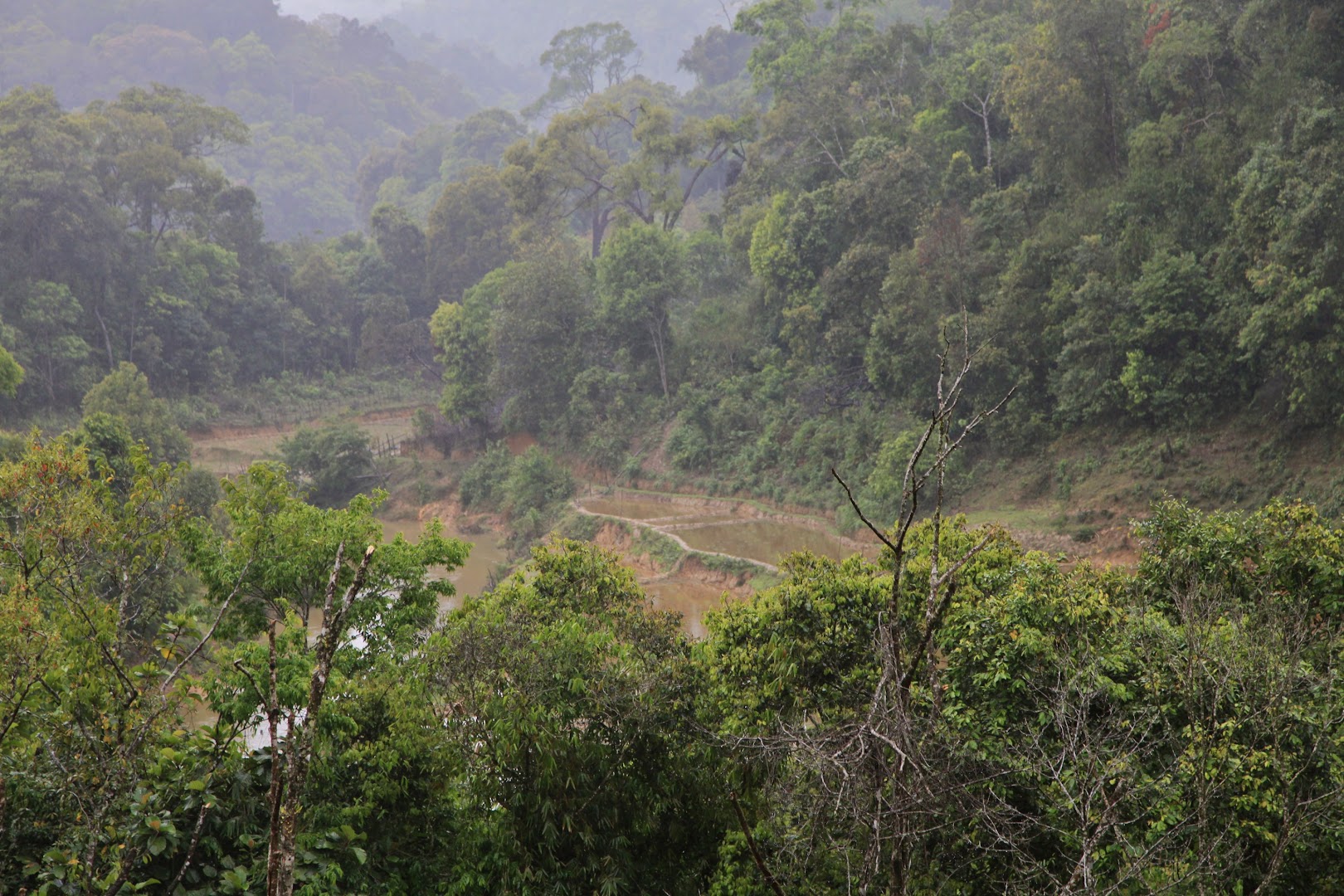
Hieu Commune REDD+, (Fauna & Flora International)
Where: Kon Plong District, Vietnam
In the south-eastern Annamite Mountains, designated as a global biodiversity priority, Kon Plong forest is a crucial habitat corridor. The project activities include forest protection through community patrols and forest governance, and assisted natural regenerations. The project also engages in agroforestry through the planting of Multi-Purpose Tree Species. These activities counter slash and burn agriculture and illegal logging. Carbon finance further enables the development of sustainable livelihood improvements.
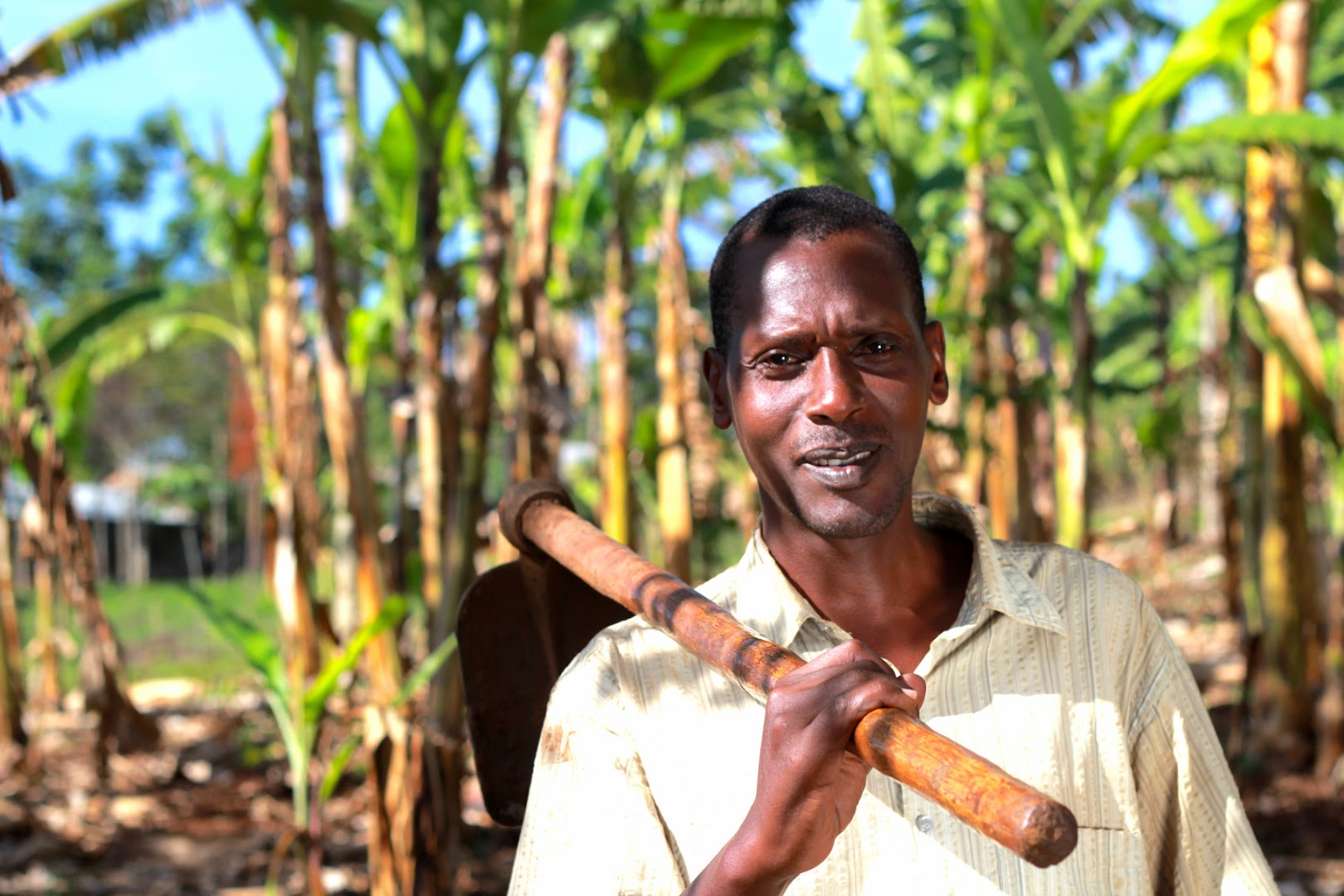
Emiti Nibwo Bulora, (Vi Agroforestry)
Where: Kagera, Tanzania
The project focuses on climate change mitigation through afforestation and reforestation by training farmers in sustainable land use management. The goal is sequestering carbon and providing livelihood benefits. Through carbon payments via Plan Vivo, farmers can supply income and advance capacity-building.
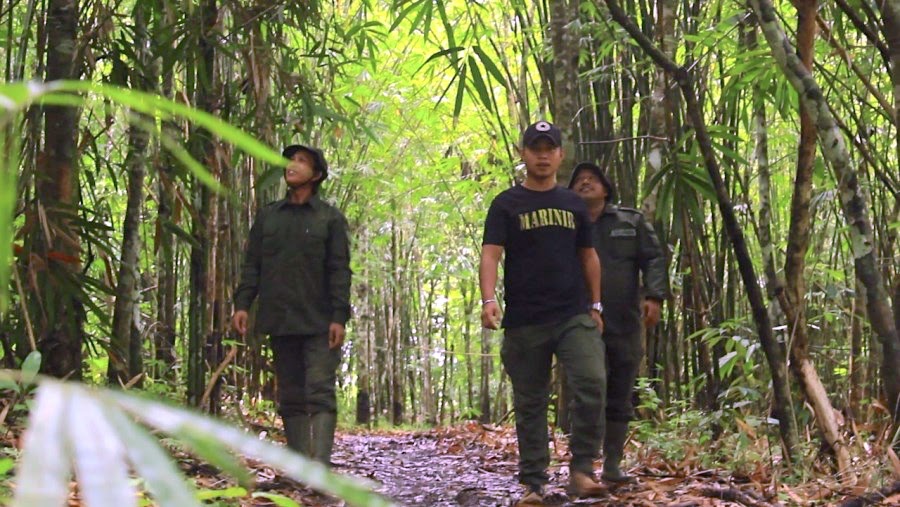
Durian Rambun, (Fauna & Flora International)
Where: Jambi, Indonesia
This area is a designated “Hutan Desa” stite, in which 2,516 ha is a protection zone and 1,100 ha is a rehabilitation zone. The project spans several activities, such as enrichment planting, tree planting, agroforestry improvement, and the protection of the natural regeneration of native species. The project further aims to improve the soil quality of the forest, thereby reducing the risk of soil erosion. Carbon finance has enabled the establishment of sustainable coffee production and processing. A goal of the project is also to improve water quality and minimize the risk of flooding/drought through sustainable forest management.
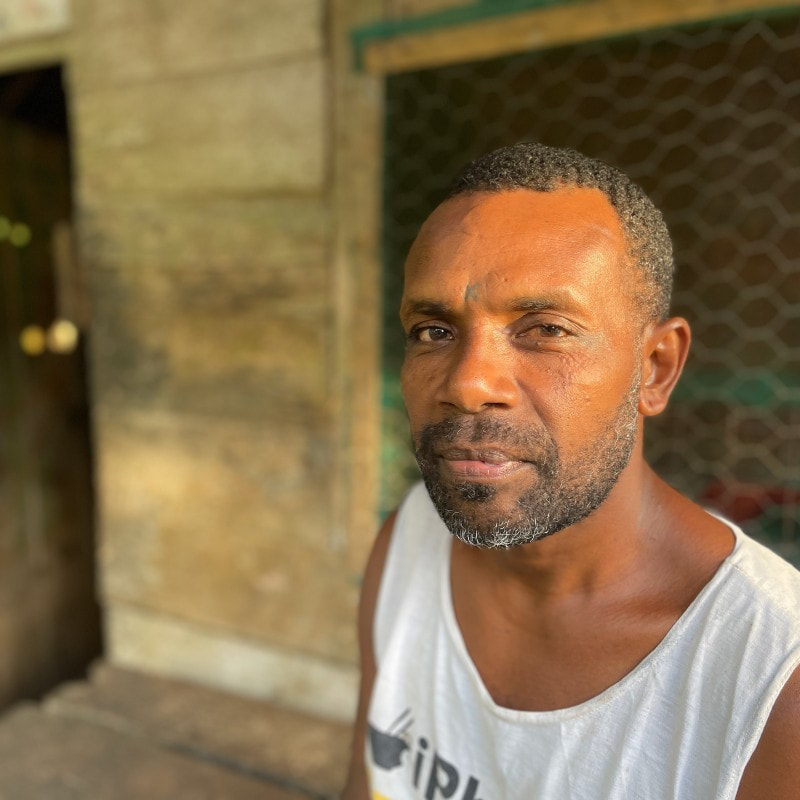
Loru Forest Carbon, (Nakau Programme)
Where: Espiritu Santo, Vanuatu
North of Espiritu Santo, the Serakar clan are the custodians of a remnant rainforest. There are five extended families within this clan. The Nakau Program helped the Loru community establish a Community Conservation Area on this land. They then developed conservation carbon credits and agro-forestry to diversify income streams. The community now receives income from forest conservation credits, and the sale of Melanesian chestnuts.
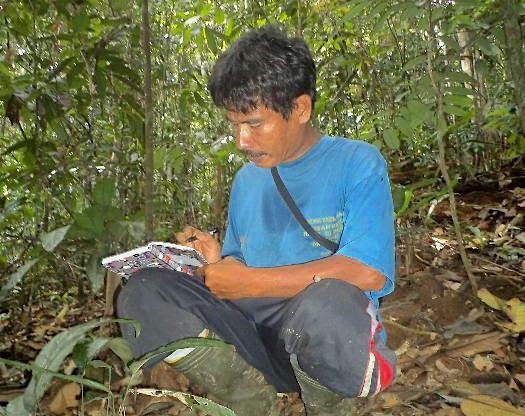
Sumatra’s Bukti Barisan Forest, (Bujang Raba Community PES)
Where: Bukti Barisan Forest, Indonesia
This project protects endangered primary rainforest in Sumatra’s Bukti Barisan forest through a REDD+ intervention program. Five indigenous communities are involved, and the project area is managed under a “Hutan Desa” program. This has prevented forest fires, illegal poaching, and unsustainable harvesting of timber and non-timber forest products. Carbon financing also enables income diversification through high value crops such as cardamom, cocoa, and other NTFPs that can be integrated into smallholder agroforestry plots. The prokect also aims to build bamboo and rattan processing capacities.
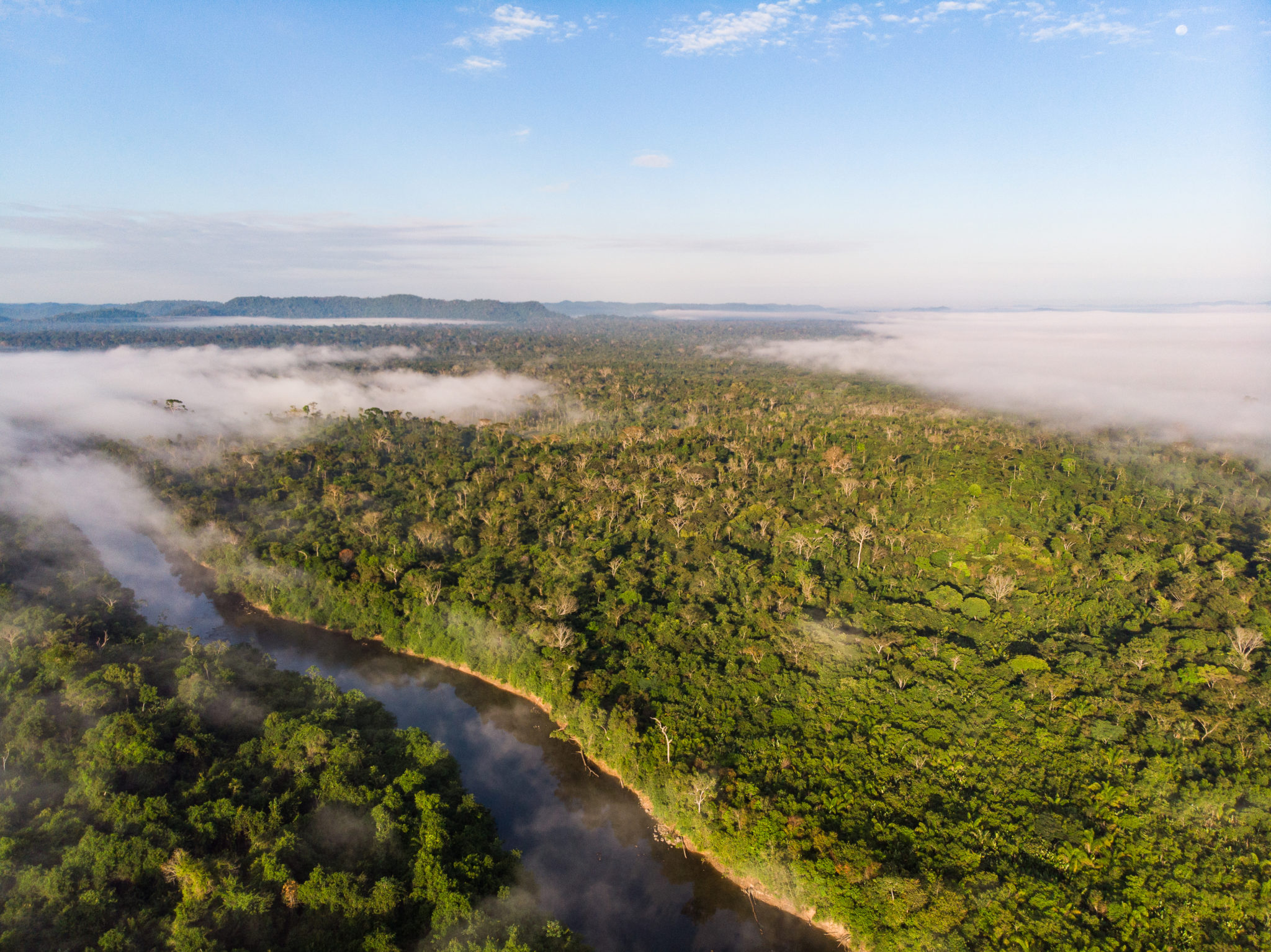
The Kayapo Project: Protecting the Future of the Amazon, (Kayapo peoples)
The Kayapo people of the southeastern Amazon are indigenous to their land, but have faced difficulty in aquiring and protecting their land rights for over 40 years. In the early 2000s, the Kayapo people partnered with conservation-focused NGOs to help them protect their territories. NGOs assisted in developing resource managment plans and income generation through non-timber forests product and ecotourism enterprises. They continue to face challenges from illegal loggers, goldminers and ranchers, and are establishing guard posts to protect their land.
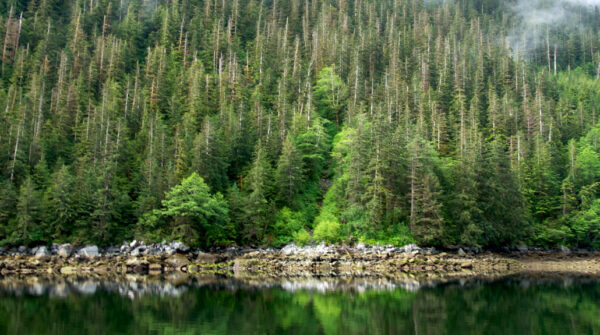
Great Bear Forest Carbon Project, (Ostrom Climate)
The Great Bear Forest Carbon project includes three sub-projects, including the Haida Gwaii and North and Central-Mid Coast Projects. All three are Improved Forest Management projects, through changes in land use. The project has cultivated an 85% decrease in harvesting. Since 2009, Ostrom Climate has managed all aspects of the carbon project, including all validations and verifications. The projects are all validated and verified, amounting to over eight million tons,
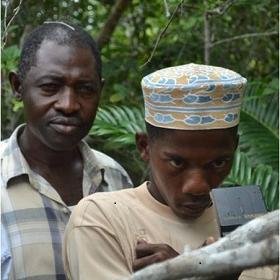
HIMA (Hifadhi ya Misitu ya Asili ya jamii) REDD+, (Terra Global Capital)
Where: Zanzibar, Tanzania
The HIMA Project emphasizes the importance of community-based natural resource management, a practice used across the Middle East and North Africa for more than 1,500 years, in response to increasing deforestation and forest degradation. One crucial aspect of the project is to protect and restore mangrove forests in consideration of their widespread ecosystem services and ability to sequester “blue carbon.” Other project goals include: developing community capacity, increasing energy effeciency, supporting sustainable agriculture, and strengthening institutional mechanisms.
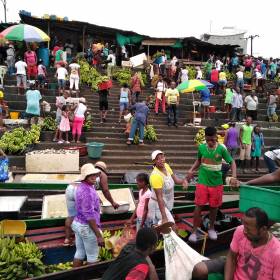
COCOMACIA Community REDD+, (Terra Global Capital)
Where: Choco and Antioquia, Colombia
The Atrato River Basin of Colombia faces deforestation and forest degradation. It is the legally recognized territory of Afro-descended communities and plays a crucial economic role for the local communities, who cultivate rice and sugarcane. Agricultural expansion combined with illegal logging has reduced forest cover and threatened biodiversity. Terra Global provides technical and financial support for conservation activities to these communites. The program aims to transform livelihoods, especially for women, through climate finance by encouraging sustainable agriculture and sustainable resource management.
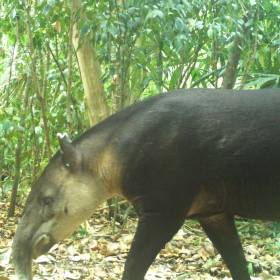
Amigos de Calakmul Community REDD+, (Terra Global Capital)
Where: Yucatán Peninsula, Mexico
This project enables indigenous landowner communities, known as Ejidos, to protect their forests through the sale of carbon credits and other funding sources. To make a sustainable living, these communities often need to engage in environmentally destructive activities, like slash-and-burn agriculture, or otherwise sell their land to logging companies. ACAC offers conservation lease agreements to the Ejidos, which allows them to maintain ownership of their forests. These leases, along with the sale of carbon credits, provides annual compensation to Ejidos. The project has three main goals: mitigate deforestation and forest degradation, improve community livelihoods, and uplift biodiversity conservation.
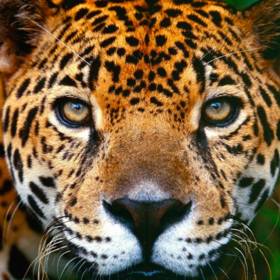
Belize Laguna Seca – Yalbac REDD+ Program, (Terra Global Capital)
Where: Maya Forest: Laguna Seca and Yalbac properties, Belize
The Belize Laguna Seca – Yalbac REDD+ Program utilizes carbon finance to allow the owners of these two properties to avoid selling to a sugar cane companies, which would have incited widespread deforestation, and instead allocate the land for conservation. The conservation project has three main goals: to preserve and maintain forests, provide community benefits through scholarships and livelihood options, and contribute to biodiversity conservation. The project also conducts frequent patrols of the project area in order to prevent illegal timber harvest and illegal hunting.
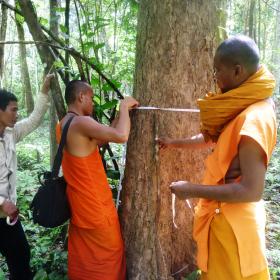
Oddar Meanchey Community REDD+, (Terra Global Capital)
Where: Oddar Meanchey, Cambodia
Although it used to be heavily forested, Oddar Menchey has faced significant pressure from commercial and illegal logging, forest fires, and agricultural expansion. This community-led project was one of the first verified and validated VCS REDD+ Projects. The income from carbon markets has improved climate change pressures and community livelihoods. The project will generate an estimated 8.2 million tons of Verified Emission Reductions (VCRs) over 30 years. The Oddar Meanchey REDD+ Project has legally established land tenure for 13 Community Forests, giving perpetual rights to local communities. The project works with 58 village communities encompassing nearly 8,000 households
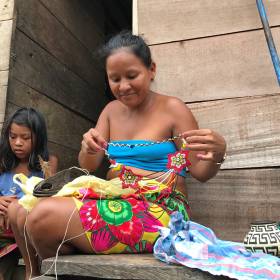
Punta Patiño REDD+, (Terra Global Capital)
Where: Punta Patiño Reserve, Panama
The Punta Patiño Reserve is owned and protected by ANCON. However, deforestation pressures continue and grow within the Reserve due to a lack of economic opportunities in the region, population growth, and increased access. The first phase of this project will evaluate the requirements of VCS/CCB. The second phase will complete the project and the verification process. The project further aims to develop local economies in sustainable, non-deforesting ways, and strengthen land rights and stakeholder participation. Another goal is to strengthen Panama’s capacity to support carbon markets and scale up REDD+ to the nation at large.
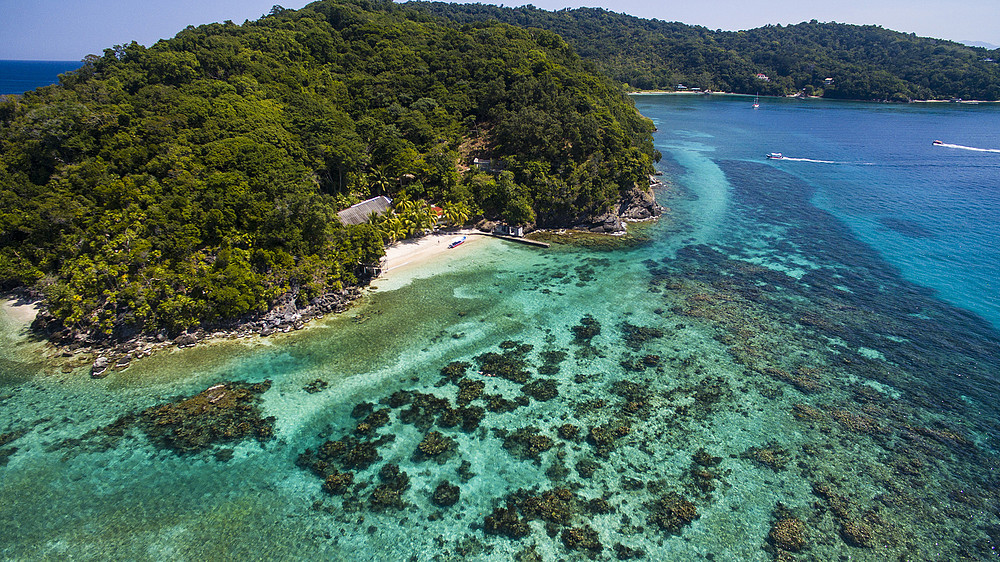
Smart Coasts, (World Wildlife Fund)
Where: Mesoamerican Reef
In response to the simultaneous vulnerability and biodiversity of the Mesoamerican Reef region, the Smart Coasts initiative developed climate change adaptatation options and built capacity among local stakeholders to identify and prioritize these options. The goal was to incorporate climate change principles into the the the management of marine protected areas and coastal development policies in the countries bordering the Mesoamerican Reef. The project was implemented in key sites of biodiversity in Mexico, Belize, Honduras, and Guatemala. Data collected through this project was presented at COP 26, with Belize committing some of the recommended measures within its NDCs. In the other three countries, there are plans to implement some of the recommended measures.
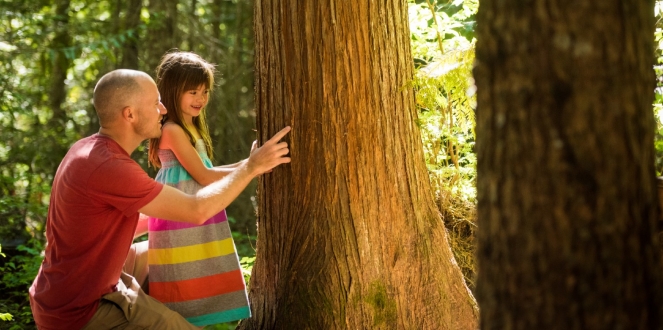
Cheakamus Forest, (Cheakamus Community Forest)
The Cheakamus Community Forest is one of around 50 community managed forests in Canada’s British Columbia province. To reflect the cultural partnerships in the region, the 33,000 hectares of forest are protected through joint management with the Lil’wat Nation, and Squamish Nation, and the Resort Municipality of Whistler. Established in 2009, the project uses sustainable management practices to harvest around 40 hectares a year. Much of the rest of the region is protected and part of a carbon offset program; over the past 10 years, the project has generated about 150,000 tons of carbon offsets. In turn, the project has reduced emissions by around 10,000 tons of C02e per year and generated revenue to support fire mitigation and forest monitoring programs.
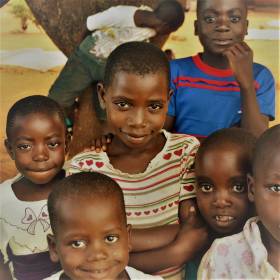
Kulera Landscape REDD+ Program for Co-Managed Protected Areas in Malawi, (Terra Global Capital)
Where: Nyika National Park, Vwaza Marsh Wildlife Reserve and Nkhotakota Wildlife Reserve, Malawi
Malawi has experienced eight major droughts in the last 36 years, plunging much of the country into a state of severe food insecurity and contributing to conflict over natural resources. In response, much of the region’s forests have been cleared for agricultural expansion, exacerbating droughts and hampering crop productivity. The project conserves 162,632 hectares of forest, contributing to an emissions reduction of 7.2 million tons of carbon dioxide over the project’s 30-year timeline. The project also addresses food security issues in the region by supporting drought-resilient agricultural programs, including crop diversification and improved irrigation techniques, and supporting sustainable management of the often limited water resources in the region.
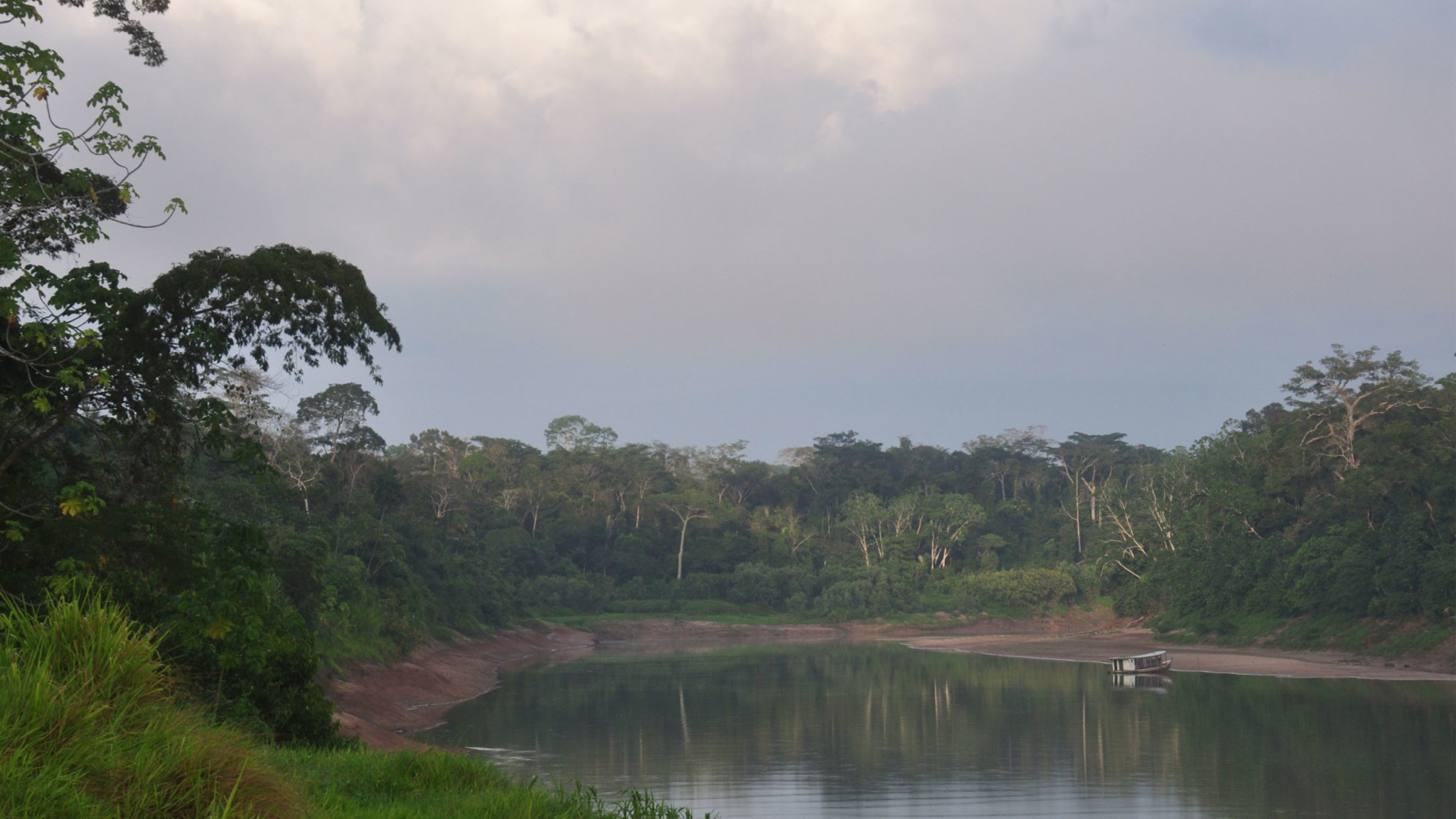
Purus Project, (CarbonCo)
Where: Acre, Brazil
The construction of two large highways in the state of Acre has exacerbated pressure on the area’s forests by easing transportation burdens and incentivizing landowners to expand cattle ranching operations. Farmers in the region indicated plans to clear 20 percent of the area’s forest, resulting in the deforestation of around 7,000 hectares. In response, CarbonCo initiated a project to conserve 34,702 hectares of forest and the equivalent of 900,000 tons of carbon emissions avoided over the project’s timeline. In addition to the area’s conservation, the project’s organizers are also contributing to social development by constructing a health clinic, financially supporting doctor visits and donating supplies to a local school.
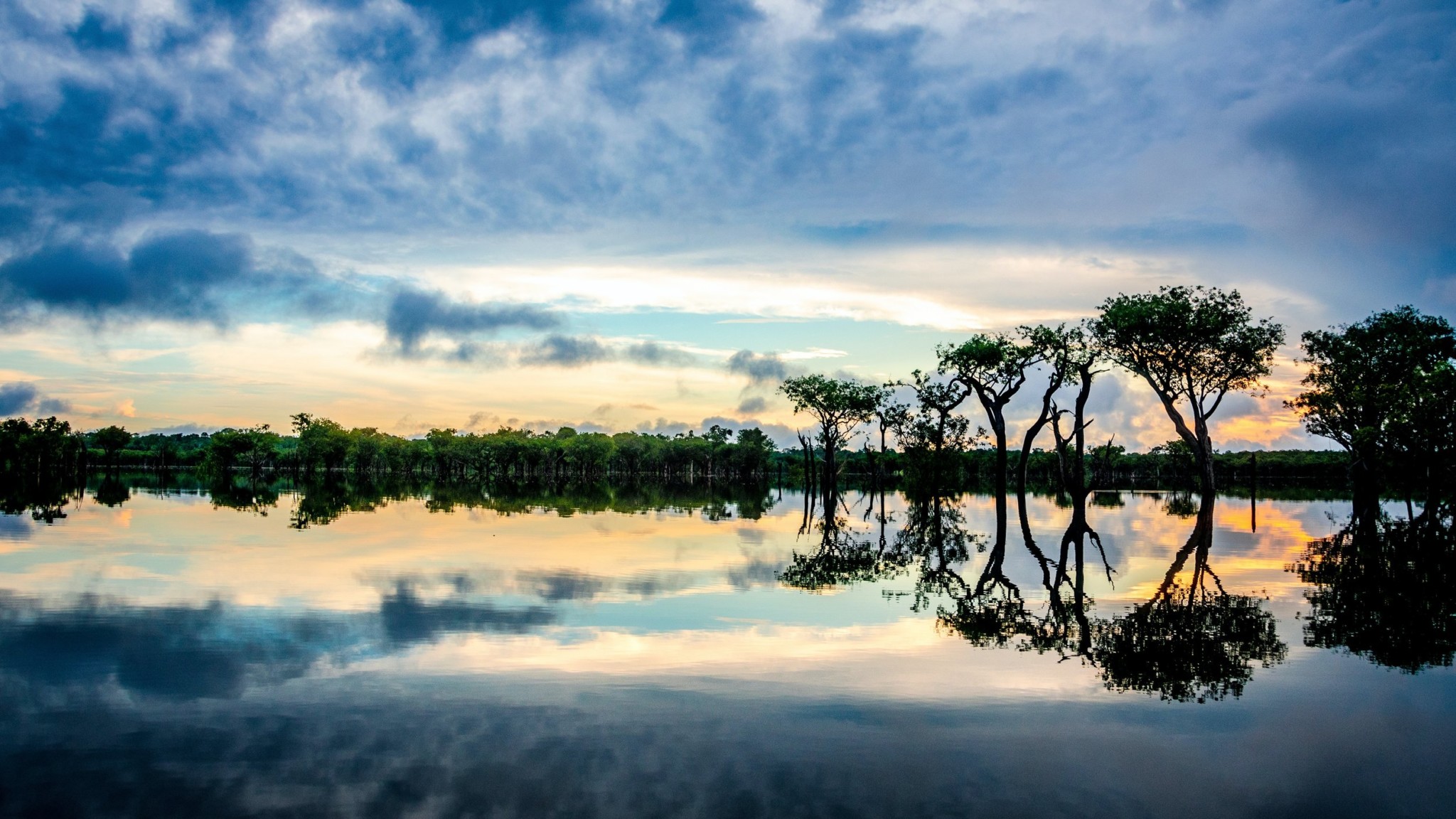
ARC REDD+ Brazil, (Poseidon Sustainability)
Where: Para, Brazil
In 2008, Brazil’s Ministry of the Environment released a ‘black list’ that named the municipalities with the highest rates of deforestation. Among the cities on the list was Paragominas, an area in the state of Pará that had been devastated by the bauxite mining, agriculture and timber industries. In an effort to turn around its reputation, the region’s government reversed deforestation by 90 percent, and the city itself is often seen as positive example of environmental protection. Unfortunately, some illegal logging and mining operations continue in surrounding areas of the city, threatening the progress that the city had made. This project preserves 53,528 hectares of forest, avoiding an annual 258,328 tons of CO2e. The project also supports 40 local families by offering more efficient cookstoves, employing residents as park rangers, and providing training on sustainable forest management.
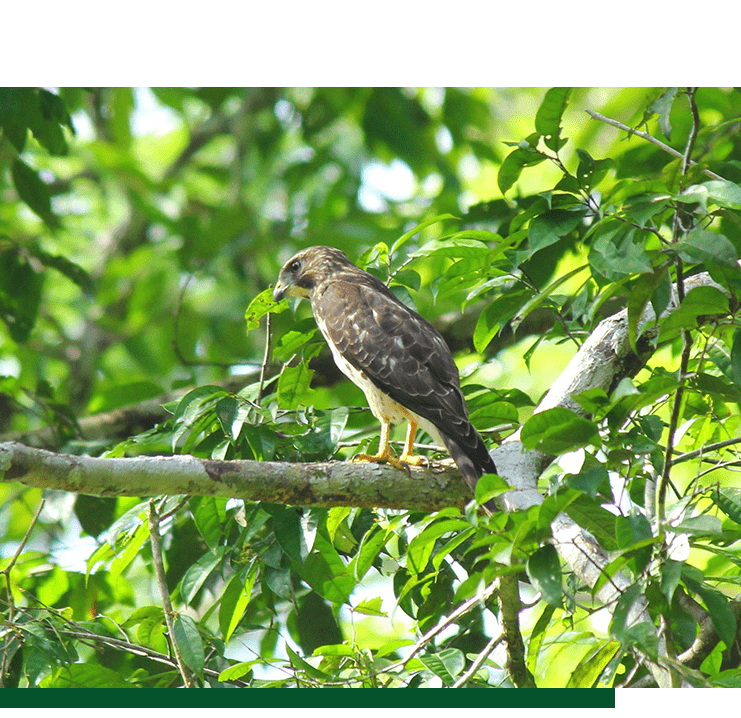
Manoa REDD+ Project, (Triângulo Group)
Where: Rondônia, Brazil
In the past two decades, the state of Rondônia has been deforested by more than 50 percent, resulting in severe forest fragmentation that threatens the survival of vulnerable and endangered wildlife populations. Much of the region’s deforestation has been linked to infrequent government land inspections and weak land tenure, which incentivizes land grabbing and sometimes violent conflict. This project conserves 74,000 hectares of forest, reducing emissions by 279,290 tons of CO2e per year. The site is one of the largest remaining forest areas in the region, making it of critical importance for the conservation of the area’s ecosystems and supporting the movement of wildlife.
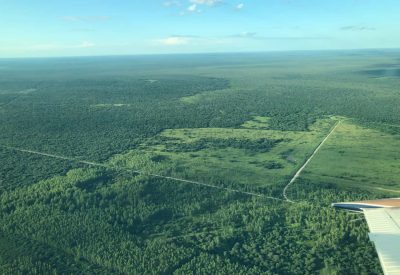
Corazón Verde del Chaco Project, (Quadriz)
Where: Gran Chaco, Paraguay
Until the early 2000s, the Chaco region was one of the last areas of undisturbed wilderness in South America. However, the combination of infrastructure expansion and converting forests for soybean production and cattle grazing has left the region susceptible to high rates of deforestation. Estimates suggest that all available land not protected by the government, NGOs or indigenous communities will be used for cattle production by 2025. To address the growing issue, this project conserves 32,000 hectares of remaining forest, helping to avoid 2 million metric tons of carbon dioxide over the first 10 years of its timeline. The project’s organizers also intend to establish a hub for medical supplies and housing for medical volunteers that will support the region’s Indigenous communities and project employees.
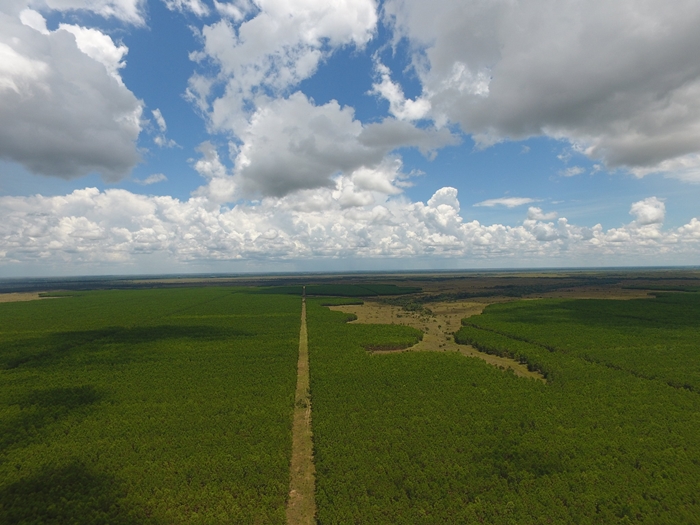
Vichada Climate Reforestation, (Aldea Forestal)
Where: Orinoco Basin, Colombia
Located close to the Colombia–Venezuela border, Vichada has lost around 60% of its original forest cover within the last two decades. Deforestation rates continue to remain elevated due to decades of unsustainable livestock farming practices. The Vichada Forest Restoration project aims to restore and reforest 84,310 hectares of degraded land through the regeneration of native vegetation. Around 80 million trees have been planted since the project’s inception in 2006, and over 80 new jobs have been created to facilitate the reforestation activities and the protection of other natural resources. The project also invests in the area’s school system through financial support, reducing child labor rates and other financial burdens that local families often face.
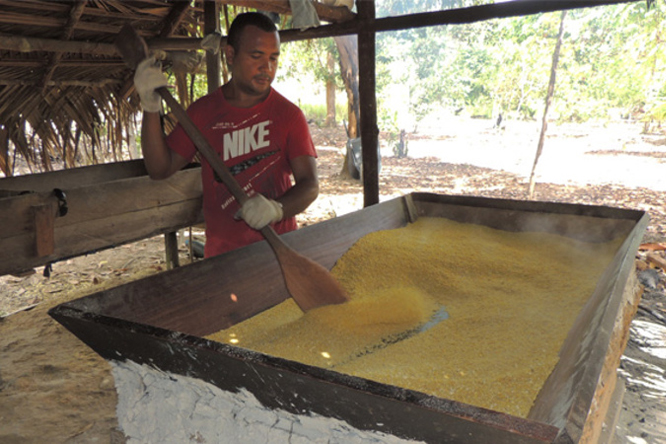
Jari Amapá REDD+ Project, (Biofilica Environmental Investements)
Where: Amapá, Brazil
The Valley of Jari in the state of Amapá serves as a critical wildlife corridor that connects multiple nature reserves. Unfortunately, weak governance and enforcement has allowed illegal agricultural and cattle expansion to encroach on protected lands. Additionally, the growth of urban settlements and large infrastructure projects have threatened the region’s biodiversity and forests. This project protects 65,980 hectares of land, resulting in an expected emissions reduction of 3,450,278 t C02 and saving the habitat of over 100 endangered species. The project’s conservation area is also of strategic importance because it protects the water quality of tributaries that feed into the Jari, Cajari and Maracá Rivers.
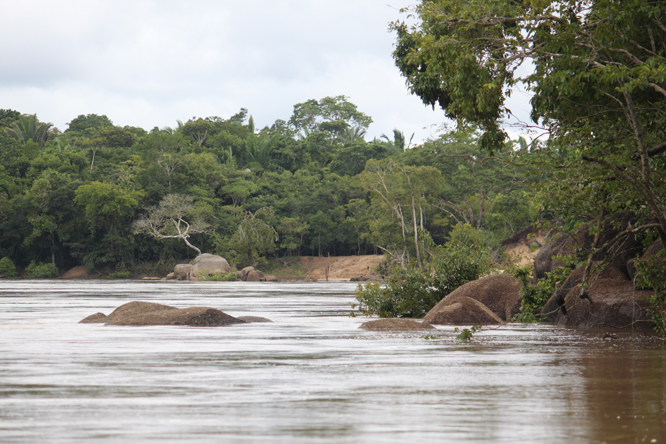
Jacunda REDD+, (Biofílica Investimentos Ambientais S.A.)
Without intervention, local scientists predict that the original forest cover in the state of Rondônia could disappear within a matter of years. Illegal logging and clearing for cattle grazing are the main drivers of deforestation in this region, and both activities have become popular due to the lack of alternative economic opportunities. This project protects an area of 35,398 hectares, which is the equivalent of reducing emissions by 12,428,713 t C02 over the project’s timeline. To transition economic activities in the region to become more sustainable, the initiative trains participating residents in harvesting non-wood products such as fruit, nuts, oils and medicinal plants. The project’s organizers have also installed a processing center for açaí and brazil nut collection, in an effort to grow the area’s revenue generation.
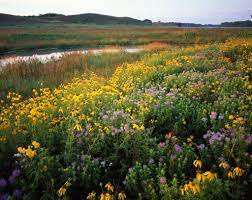
Chicago Wilderness Project, (Chicago Wilderness)
Where: Chicago, United States
Chicago Wilderness is an alliance of organizations that seeks to conserve and sustainably manage the Chicago Wilderness region. Members of the alliance altogether manage around 4.4 million acres of agricultural land, 25% of which implements regenerative practices to prevent against degradation and ensure resilience against climate change. 500,000 acres remains under protected status, and public-private partnerships work in collaboration to prevent the encroachment of invasive species and commit to protecting the biodiversity of the region. 84,000 acres will also be used for native landscaping and green infrastructure, which includes green roofs and infiltration planters.
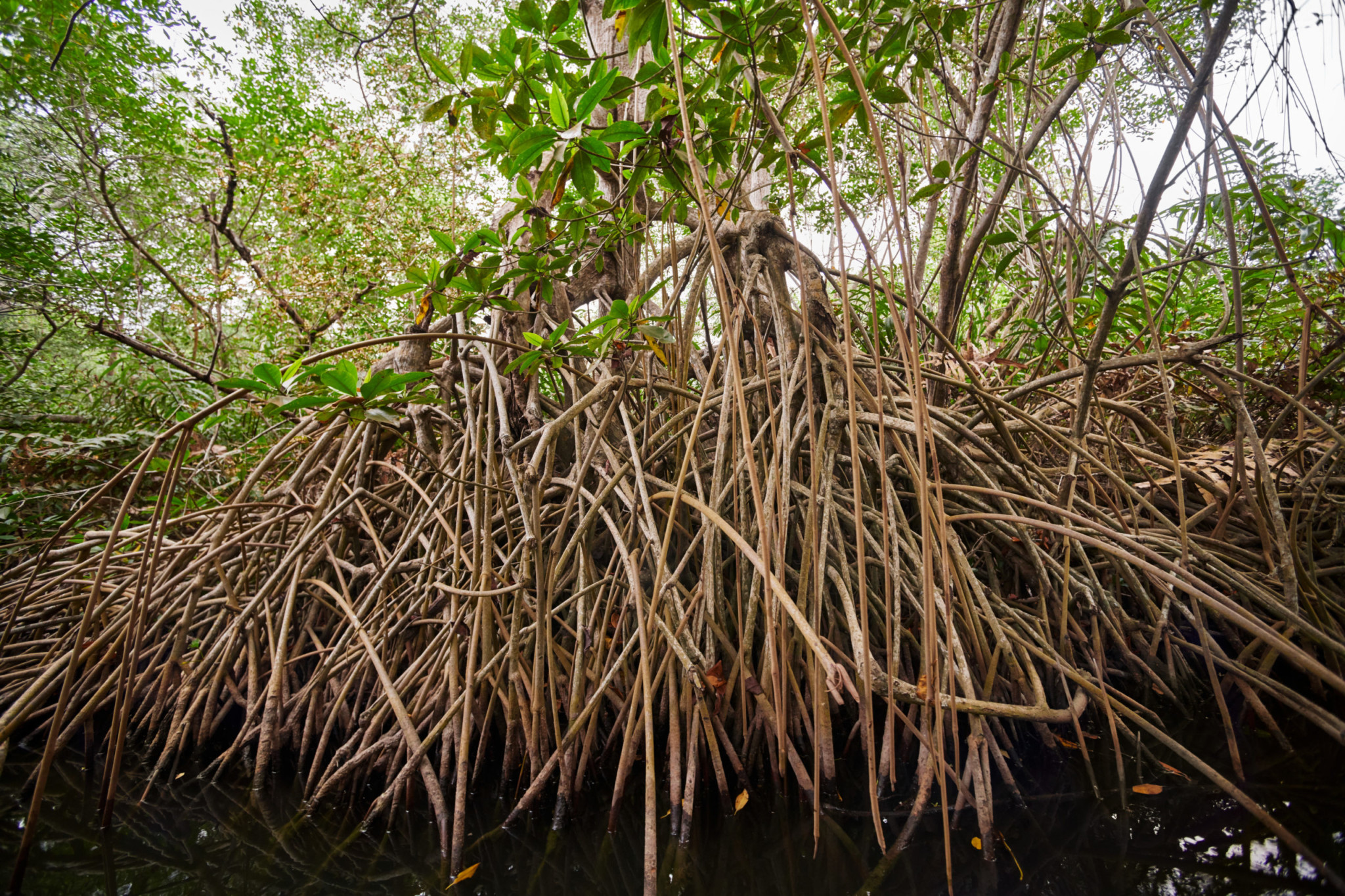
Vida Manglar, (Conservation International)
Where: Cispatá Bay, Colombia
The government of Colombia designated Cispatá Bay a marine protected area in 2006. Unfortunately, limited financial resources meant that officials were largely unable to protect against agricultural and cattle expansion into the area. Conservation International and its partners have launched a project that protects 11,000 hectares of mangrove forest, sequestering almost one million metric tons of CO2 over the project’s 30 year timeline. This project is intended as a pilot for the growing blue carbon market demand. The Colombian government plans to scale up to six blue carbon projects along the Caribbean coast, and Conservation International is studying new sites for blue carbon projects in Latin America, Africa and Oceania.
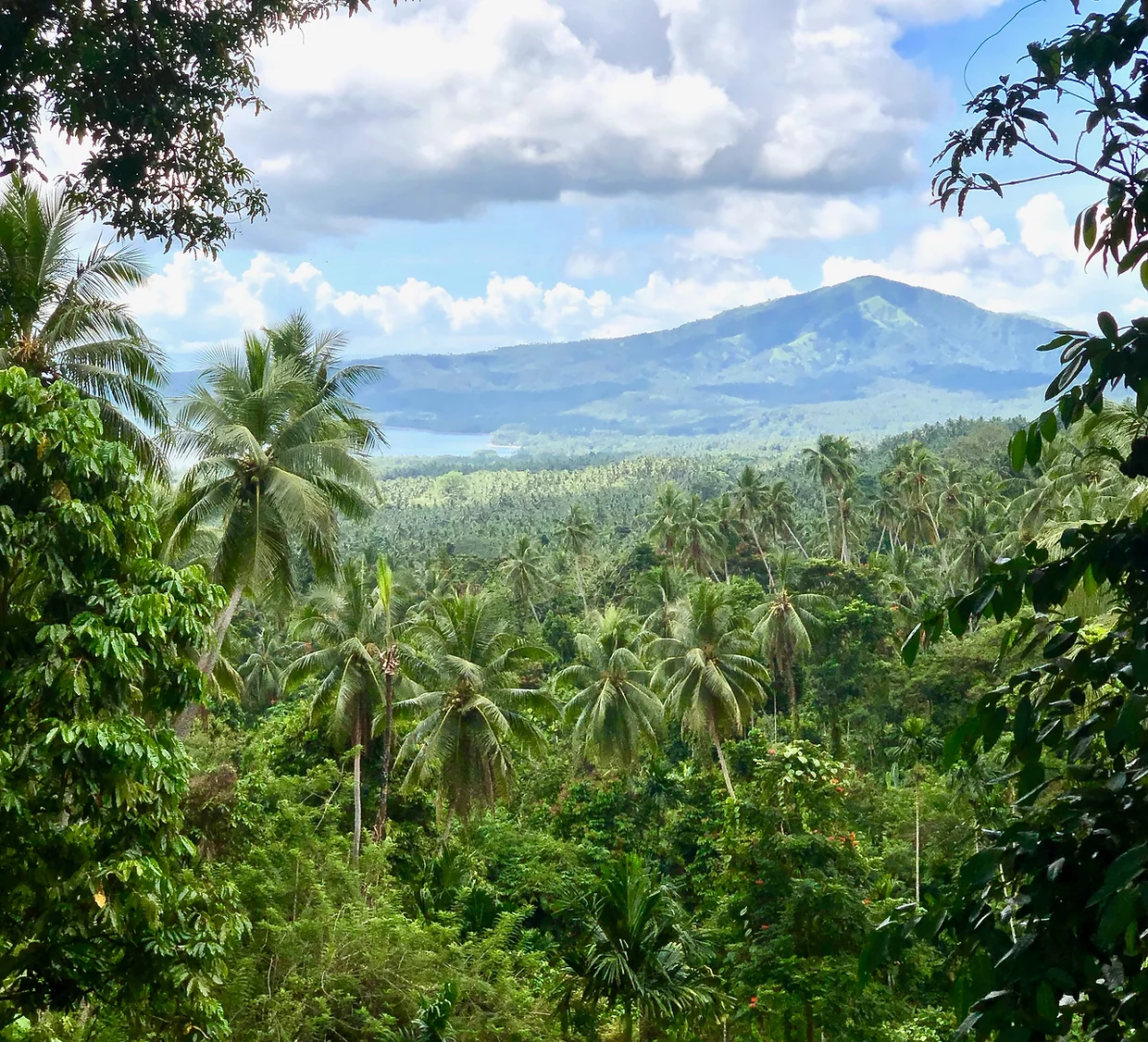
NIHT Topaiyo REDD+ Project, (NIHT Inc.)
Where: New Ireland, Papua New Guinea
Between 2001 and 2021, the island of New Ireland has lost around seven percent of its total original forest cover. While deforestation has accelerated in the last decade because of demand for tropical timber wood exports, the local government has signaled strong interest in using carbon credits to protect remaining forest. The NIHT Topaiyo REDD+ Project protects an area of 10,443 hectares, distributing a majority of the revenue generated from carbon credits to around 47,000 local residents. The project also has a strong focus on supporting educational opportunities in local communities. The organizers’ three to five year goal is to ensure a 100 percent literacy rate for individuals over 12-years-old.
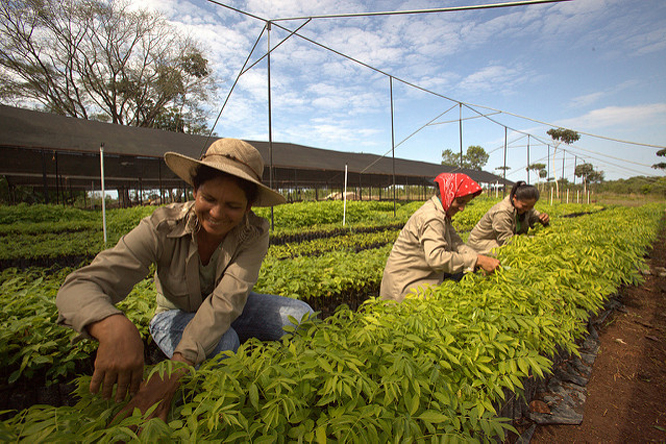
CO2OL Tropical Mix, (Forest Finance Group)
Where: Panama, Darién and Veraguas provinces, Panama
Smaller provinces such as Darién often lack governmental resources to limit deforestation and degradation. In areas like Darién National Park, cattle ranchers have increasingly encroached on public lands to expand their operations, threatening vital park infrastructure and ecosystems. This project targets 13,242 hectares of land that is particularly vulnerable to encroachment, providing protection and reforestation in some areas and sustainable forest management in the remaining region. Over the project’s timeline, the operations are expected to reduce emissions by 3,379,220 t C02. 150 jobs have been created so far and has generated alternate sources of revenue to local communities through carbon credits and sustainable harvesting of cocoa.

Gola REDD Project, (Gola Rainforest Conservation)
Where: Gola Rainforest National Park, Sierra Leone
The land management policies of the Gola Rainforest National Park allowed for continued logging operations, mining and agricultural expansion, leading to high levels of deforestation and degradation. The project protects the 70,000 hectare park against unsustainable forest clearing activities and creates a 70,000 hectare buffer zone to protect from illegal logging activities. The project is also supporting investment in the region, which has suffered after years of civil war and Ebola outbreaks. The organizers have given resources for local communities to create a cocoa farmer’s co-operative, along with offering income revenue to over 160 staff members who act as forest guard rangers and sustainable cocoa farmers.
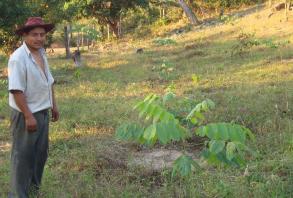
ArBolivia, (Sicirec)
Where: Andes, Bolivia
In the Cochabamba tropics of Bolivia, limited capital has pressured smallholders to use slash and burn techniques rather than sustainable agricultural practices. The result has been a continual degradation of the edges of the Amazon Forest, which disrupts critical ecosystems and often does not solve systemic economic issues. This project uses carbon finance to pay 2,000 smallholders to plant hardwood trees on 5,000 hectares of land. In addition, 1,000 hectares are designated for agroforestry and 1,200 hectares are designated as a protected nature reserve. The project has plans to recruit more farmers to participate in the program, with the goal of reforesting an additional 3,500 hectares.
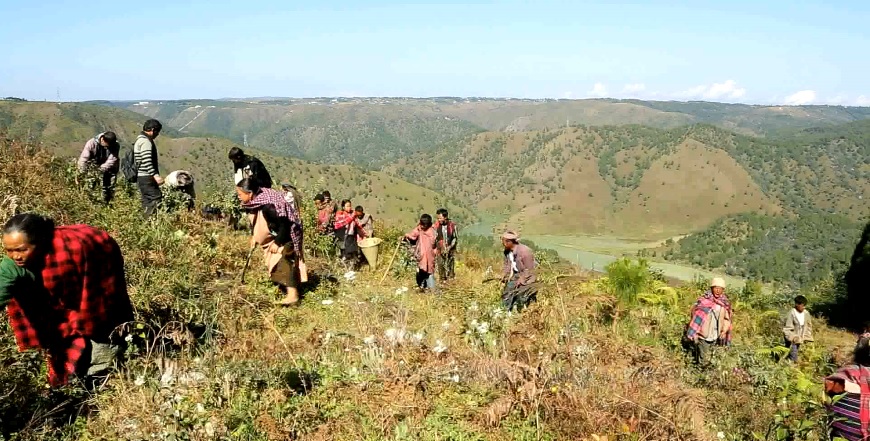
The Khasi Hills Community REDD+ Project, (Ka Synjuk Ki Hima Arliang Wah Umiam Mawphlang Welfare Society)
Where: Meghalaya, India
In a region where 80 to 90% of residents live below the poverty line, initiatives like the Khasi Hills Community REDD+ Project are supporting communities through direct payments and investments in social services. Since project inception in 2011, organizers have successfully restored and protected 27,000 hectares of forest. Through carbon offset partnerships, the project has also paid out $132,649 to around 4,400 families in the area and invested an additional $127,126 in forest management services. To address high rates of deforestation, the project is planting fast-growing tree plantations for fuelwood collection and working with government regulators to reduce mining and quarrying activities.
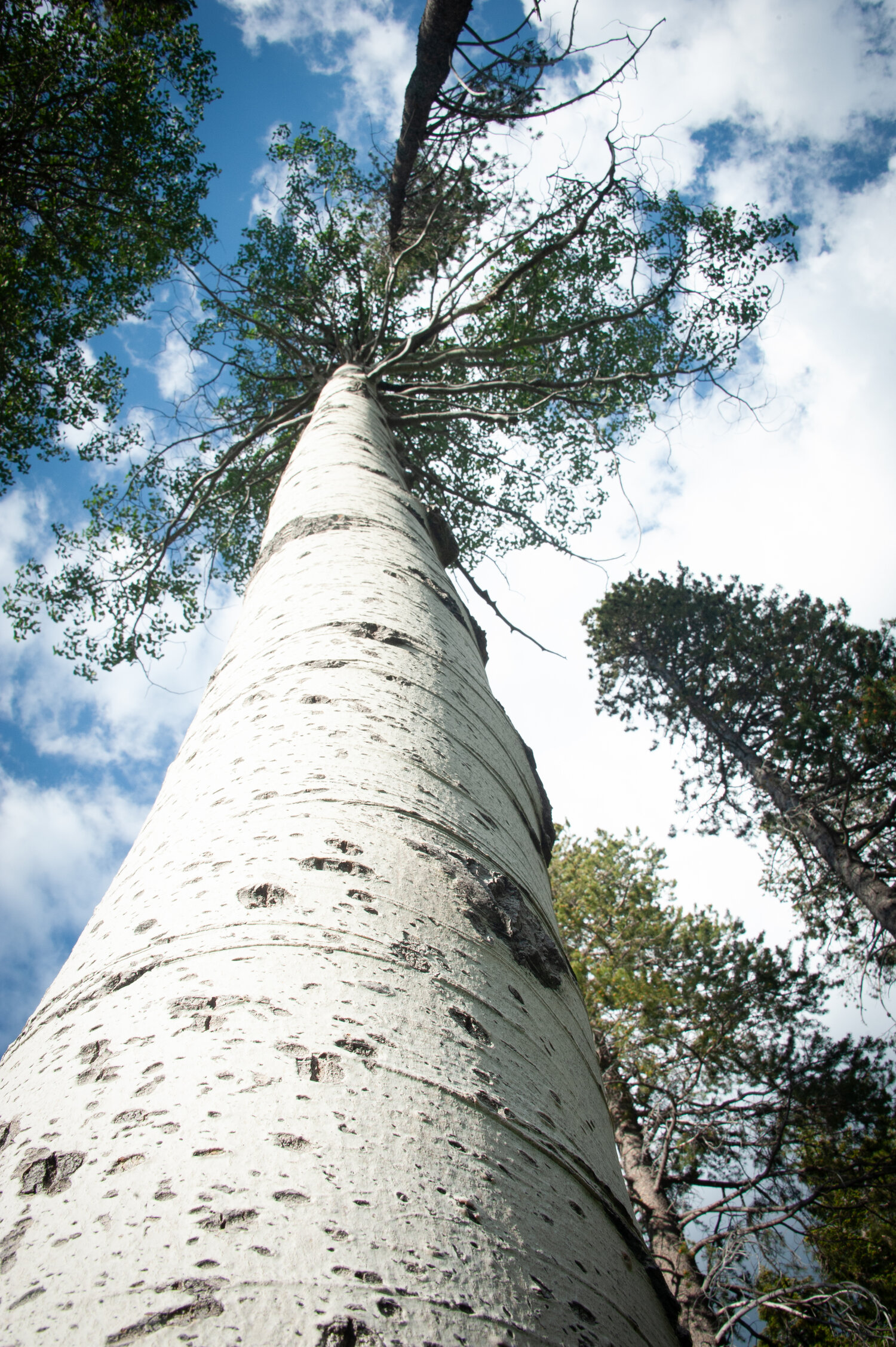
The Yuba Project, (Blue Forest Conservation)
Where: Yuba River Watershed, United States
The Forest Resilience Bond (FSB) integrates private investment with public land projects by sourcing private capital to pay upfront costs for forest management activities and paying investors at a contracted rate once the restoration work is complete. The Yuba Project is the first of two initiatives that utilize FSBs to sustainably manage the Yuba River Watershed. The watershed has been subject to intense and increasingly frequent wildfires that threaten the ecosystem and local communities. The project targets 14,545 acres of land, implementing fuels reduction techniques to restore the forest to a resilient state while improving wildlife habitats.
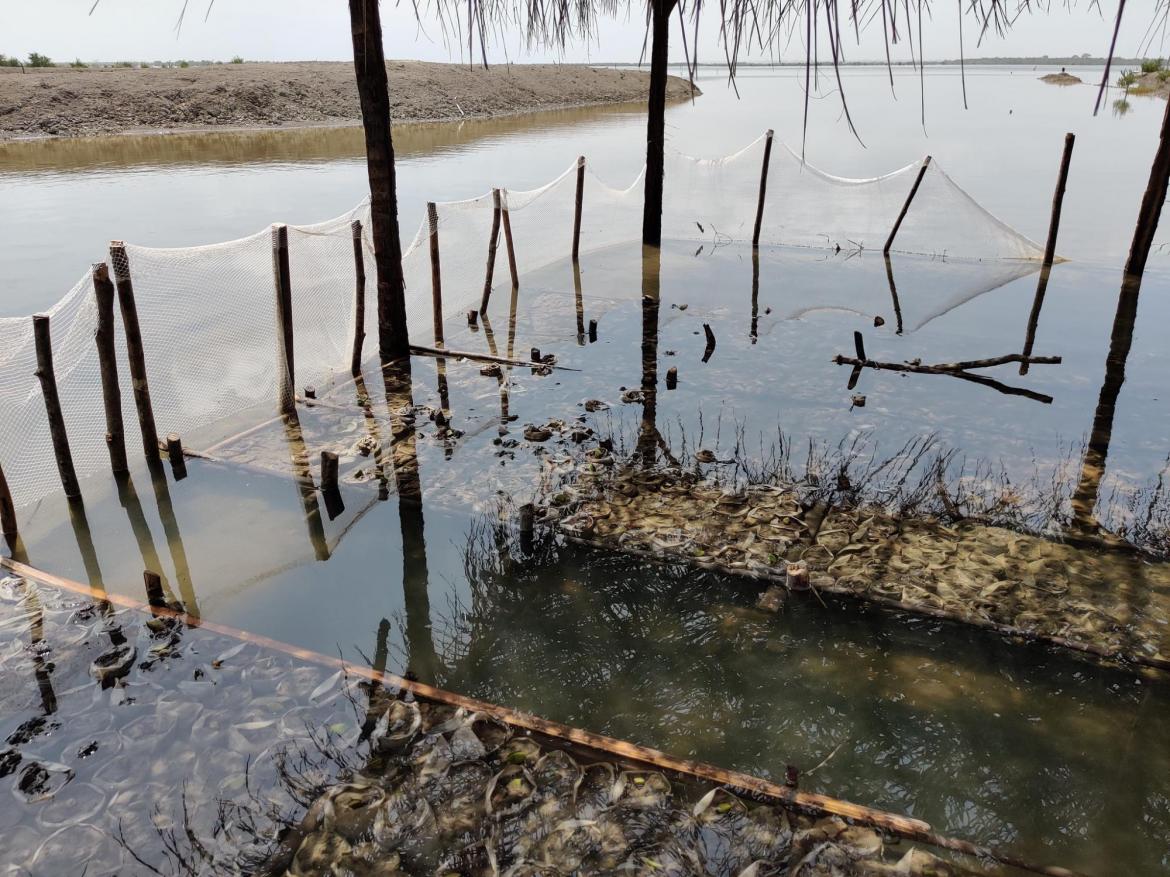
Casamance Mangroves, (WeForest)
Where: The Casamance River, Senegal
Over a period of two decades in the late twentieth century, the Sine-Saloum delta region experienced a sustained, devastating drought. Together with wood collection for charcoal and firewood, the drought decimated most of the mangrove population in the region. This project is replanting over 2,245 hectares of mangroves in hopes of restoring the region to its pre-drought conditions. The initiative’s long-term goal is to create the largest carbon-certified mangrove project in the world through restoration and regeneration. Local communities also benefit through participating in the collection and planting of mangrove seeds, along with restoring fish and shellfish populations for sustainable income generation.
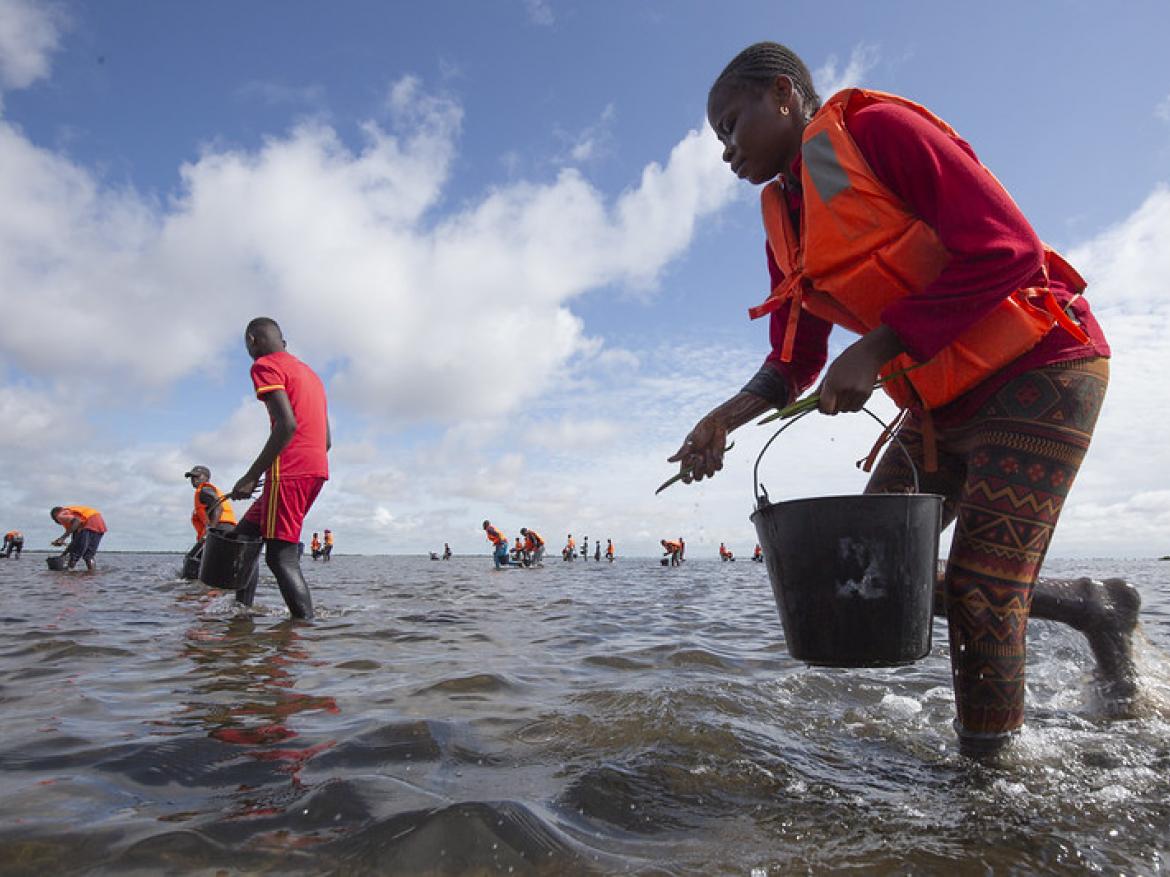
Sine-Saloum Mangroves, (WeForest)
Where: The Sine-Saloum Delta, Senegal
The Sine-Saloum region of Senegal has been designated a UNESCO World Heritage Site due to its rich biodiversity and historical abundance of mangroves, which serve to both sequester large amounts of carbon and protect habitats and local communities from storms and erosion. In partnership with Oceanium, a mangrove restoration NGO, WeForest is replanting over 4,775 hectares of mangroves. Along with supporting environmental restoration, the initiative will also increase fish populations in the restored mangrove habitats, helping to provide sustainable job opportunities for local fishermen. Largely thanks to its UNESCO-designated status, the region, once reforested, is also expected to generate revenue through ecotourism.
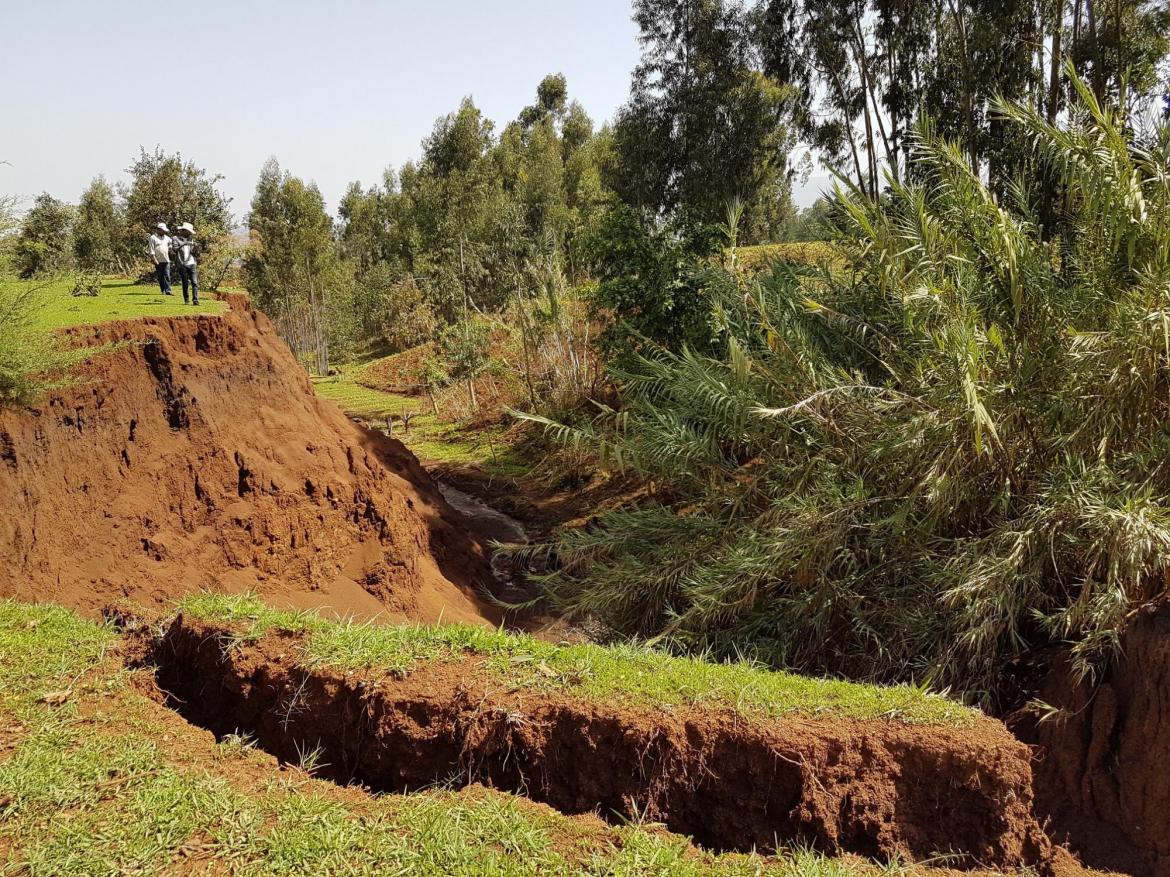
Ethiopia Amhara, (WeForest)
The agricultural industry is the predominant income stream for Ethiopians; around 85% of Ethiopia’s population works in the sector, and deforestation is often employed to expand agricultural operations. In the region of Machakel, only around six percent of original forest cover remains. This has resulted in a vicious cycle, whereby soil quality has critically deteriorated and left many communities in a state of food and income insecurity. This project replants indigenous trees in the Amhara region, along with fruit and timber trees that are sustainably harvested as an alternative income generating activity for local residents. Since project inception, organizers have successfully restored 1,197 hectares of degraded land.
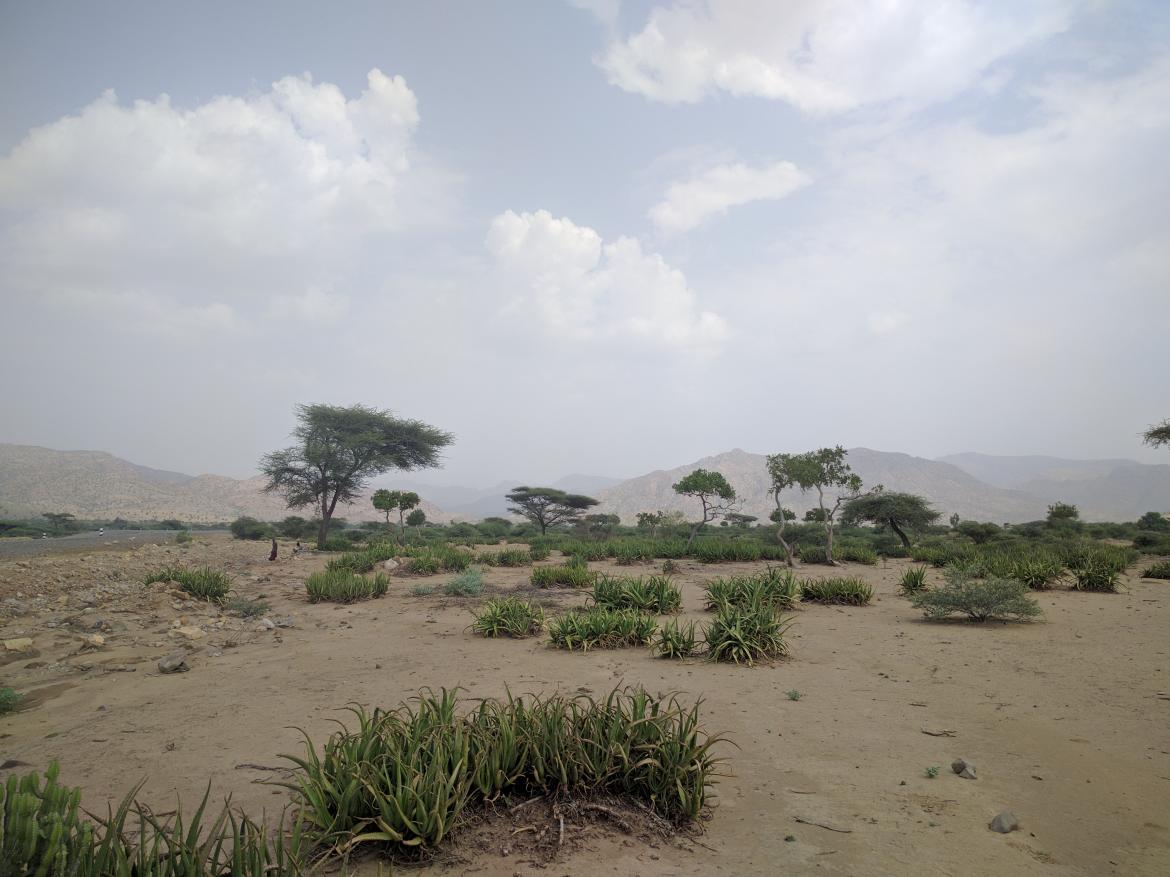
Ethiopia Desa’a, (WeForest)
Where: Tigray, Ethiopia
The Desa’a forest reserve has been devastated by the impacts of climate change; increasingly infrequent rainfall and resulting desertification has removed 74% of the forest and created widespread food insecurity. This project restores 9,917 hectares of degraded land, along with protecting around 30,000 hectares of surrounding forest. Among the initiatives are assisted natural regeneration and enrichment planning, which restores vegetation like olives and junipers that both offers economic opportunities to local communities and supports the environment by reducing erosion and improving soil infiltration. The project also focuses on social development for women in the area, providing investments for efficient cookstoves and solar lights, along with alternative income sources like beekeeping and seed generation.
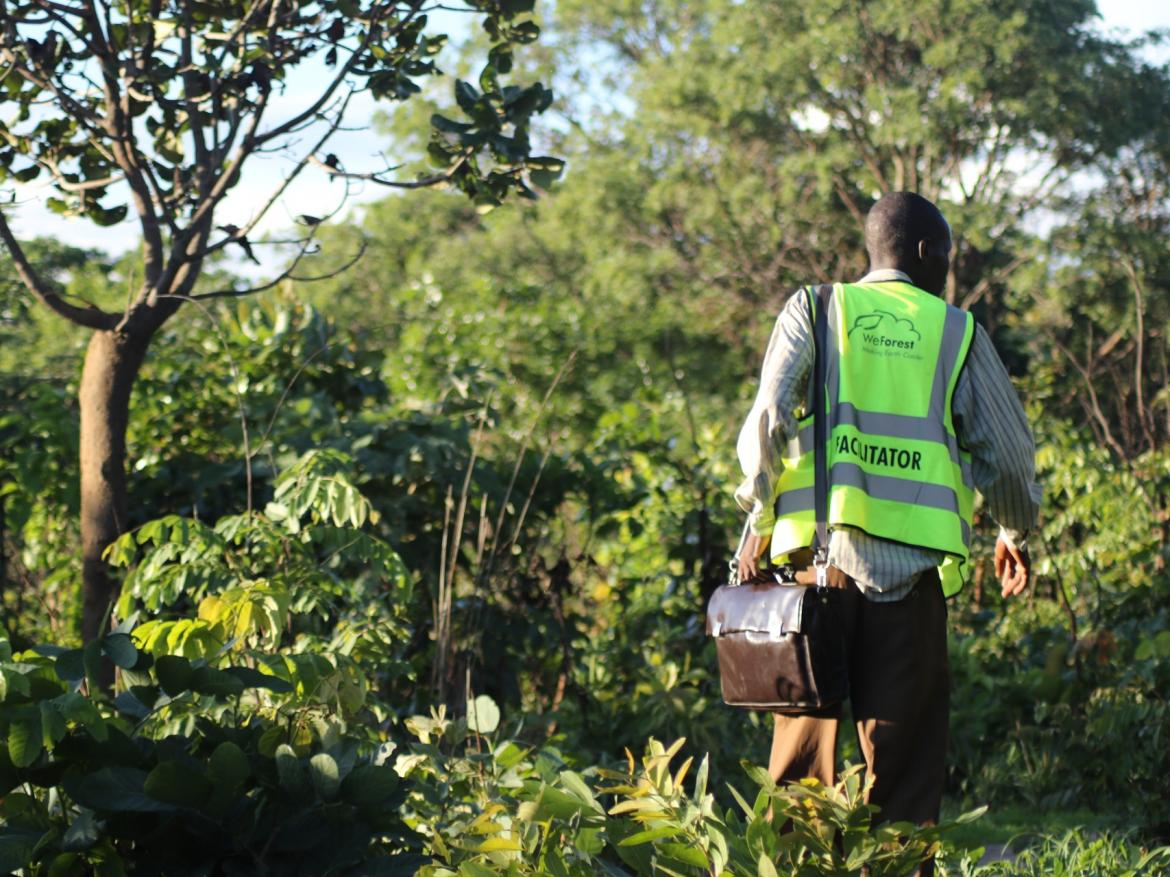
Katanino Forest Reserve, (WeForest)
Where: Katanino Forest Reserve, Zambia
After years of relatively weak enforcement and economic pressures, the Katanino Forest Reserve has been significantly degraded to support the charcoal, timber and agriculture industries. Most reforestation projects to date have been located on private land outside of the reserve, leaving wide swaths of land within the park vulnerable to further degradation. This project has restored 5,345 hectares of land, whichis the estimated equivalent of sequestering 804,690 tons of C02 over the next 20 years. The project’s long-term plan is to recruit local residents to participate in agroforestry and sustainable management trainings before ultimately giving jursidiction of the reserve over to local communities.
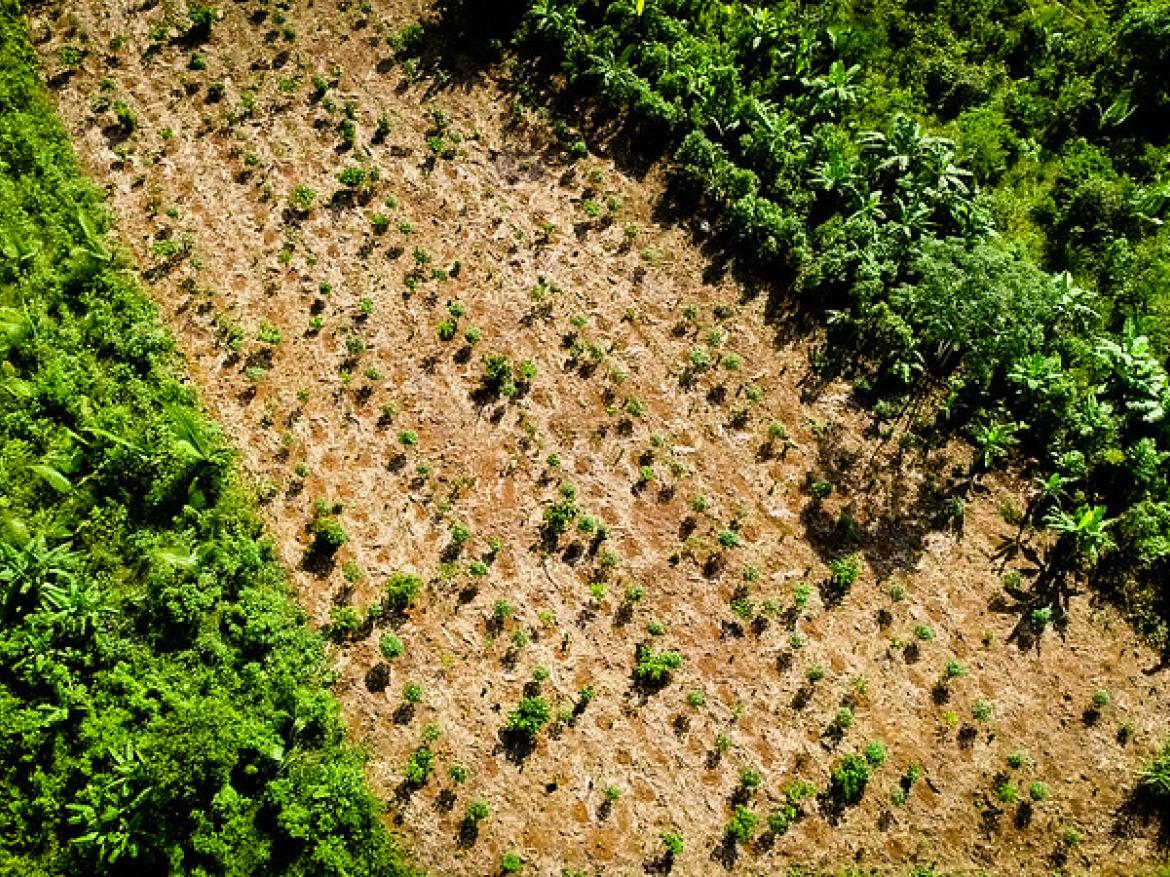
Reversing deforestation in Apuí, (WeForest)
Where: Apuí, Brazil
Inefficient cattle ranching techniques in the Apuí region of the Amazon Forest has pressured poor farmers to continue clearing trees as existing grazing land becomes degraded and unsustainable. This economic driver is the culprit for 80% of the deforestation throughout the Amazon biome, which often results in fire outbreaks and threats to biodiversity. This project intends to restore 3,200 hectares of degraded land and protect 1,800 hectares of existing forest cover. One of the project’s primary initiatives is supporting the establishment of 175 hectares of regenerative organic coffee agroforestry using native trees. The second phase will support training to help farmers integrate pasture rotation, more efficient dairy production and other techniques that are intended to limit deforestation.
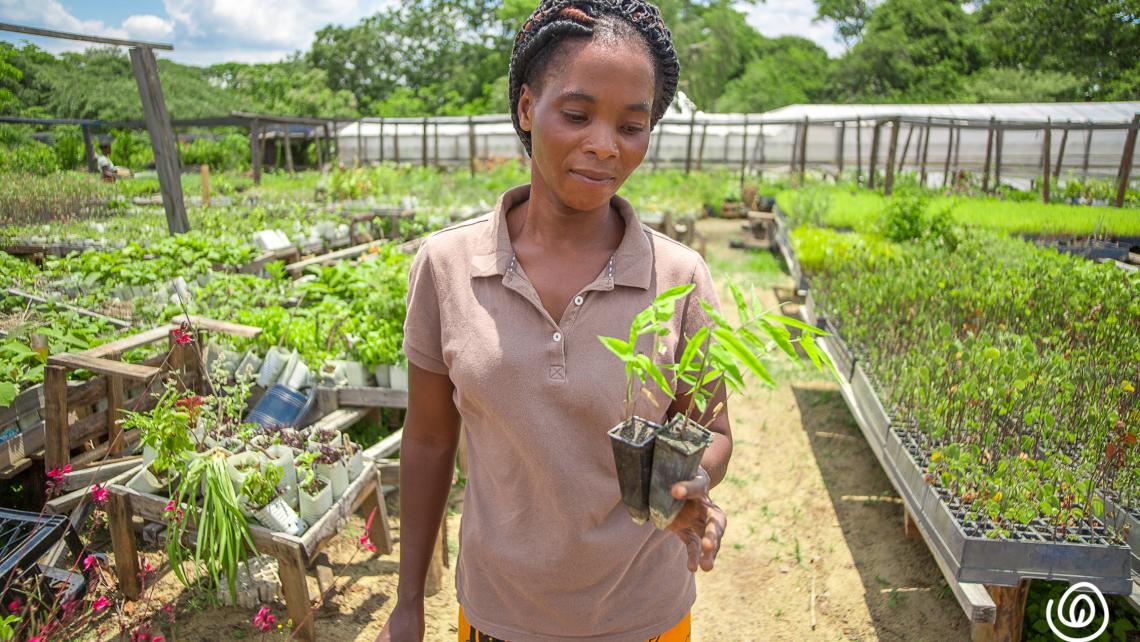
Copperbelt: Forests on Farms, (WeForest)
Where: Copperbelt Province, Zambia
Fruit production is a labor- and time-intensive process, often taking years to generate a sustainable revenue for farmers and their families in Zambia. To supplement their income, farmers often turn to charcoal production, which along with the mining industry, has led to notably high rates of degradation in miombo forests. This project focuses on restoring farms at a small-scale; each participating farmer undergoes training to restore around one or two hectares on average. Since inception, the initiative has restored 3,777 hectares of land, which is the estimated equivalent of 483,720 tons of emitted C02 avoided over a period of 20 years. Farmers are also trained in alternative economic opportunities, such as beekeeping, along with sustainable methods to harvest biomass through the clearing of tree stems instead of the entire tree itself.
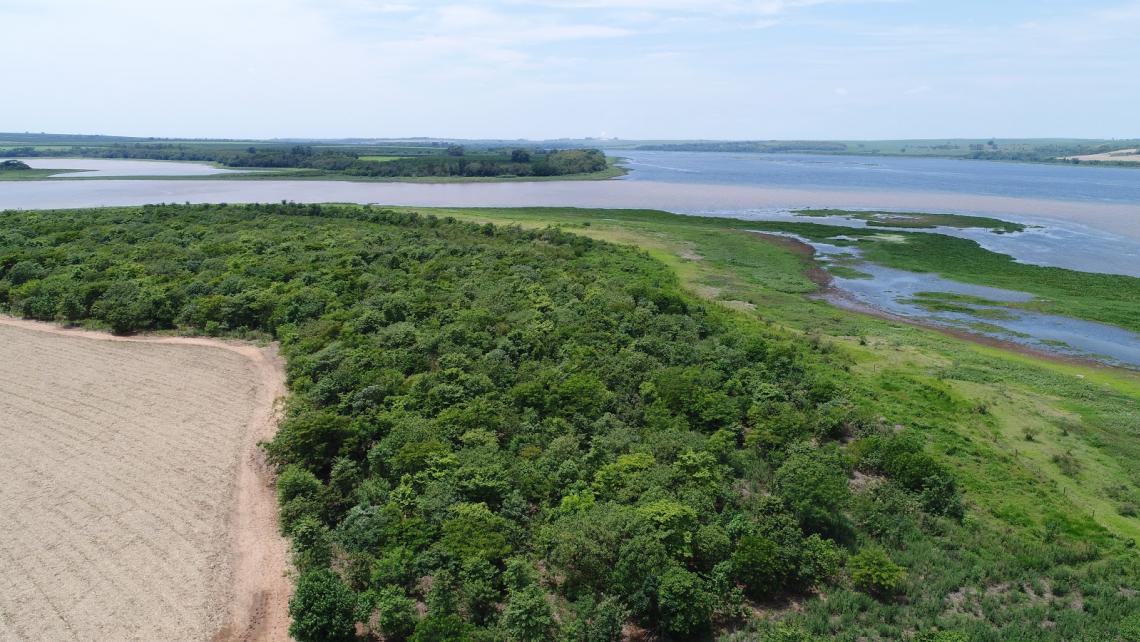
Tietê Forests, (WeForest)
Where: Ibitinga, Brazil
The use of herbicides has threatened the water supply of residents throughout the state of São Paulo. High deforestation rates also contribute to the degradation of the Tietê river, which runs throughout the Atlantic Biome. Through a joint initiative that aims to both reduce the use of herbicides and restore degraded land, this project has already reforested 240 hectares and plans to restore 2,000 hectares through its first phase. In Brazil, invasive vegetation and leaf-cutter ants threaten reforestation efforts, and conservation organizations typically employ herbicides and insecticides to prevent the loss of trees. However, this project is piloting an organic approach which uses green manure, mulch and the removal of grass prior to planting as an alternative to herbicide application.
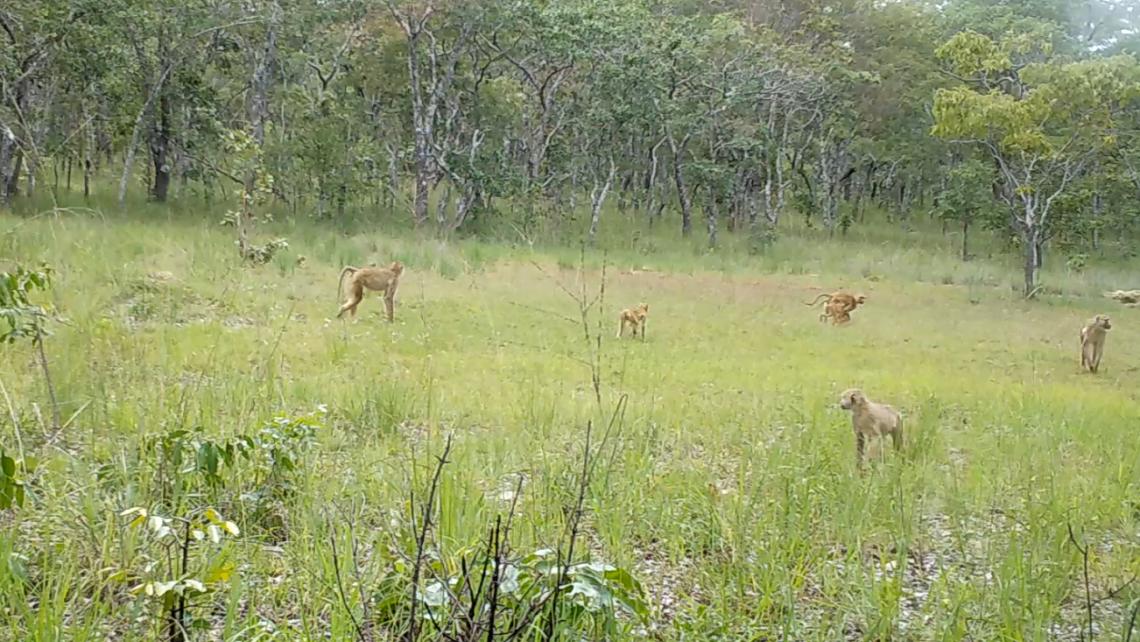
Chintumukulu Conservancy, (WeForest)
Where: Lavushi Manda District, Zambia
The Mutinondo watershed acts as a vital ecosystem for Zambia’s people and biodiversity. Both the Congo and Zambezi river basins bisect the region, creating a wetland area that has historically hosted the habitats of a number of unique wildlife populations. Today, the region is critically vulnerable to threats from agricultural expansion, the timber trade and poaching. This conservation project is supporting the restoration of 8,474 hectares of degraded land in an area that is nestled between two national parks. Along with the protected area itself, the project’s leaders are collaborating with neighboring private landowners who have committed to support training and law enforcement in the region. Together with the aid of these landowners, the Conservancy aims to create a wildlife corridor that links the South Luangwa National Park and the Lavushi Manda National Park.
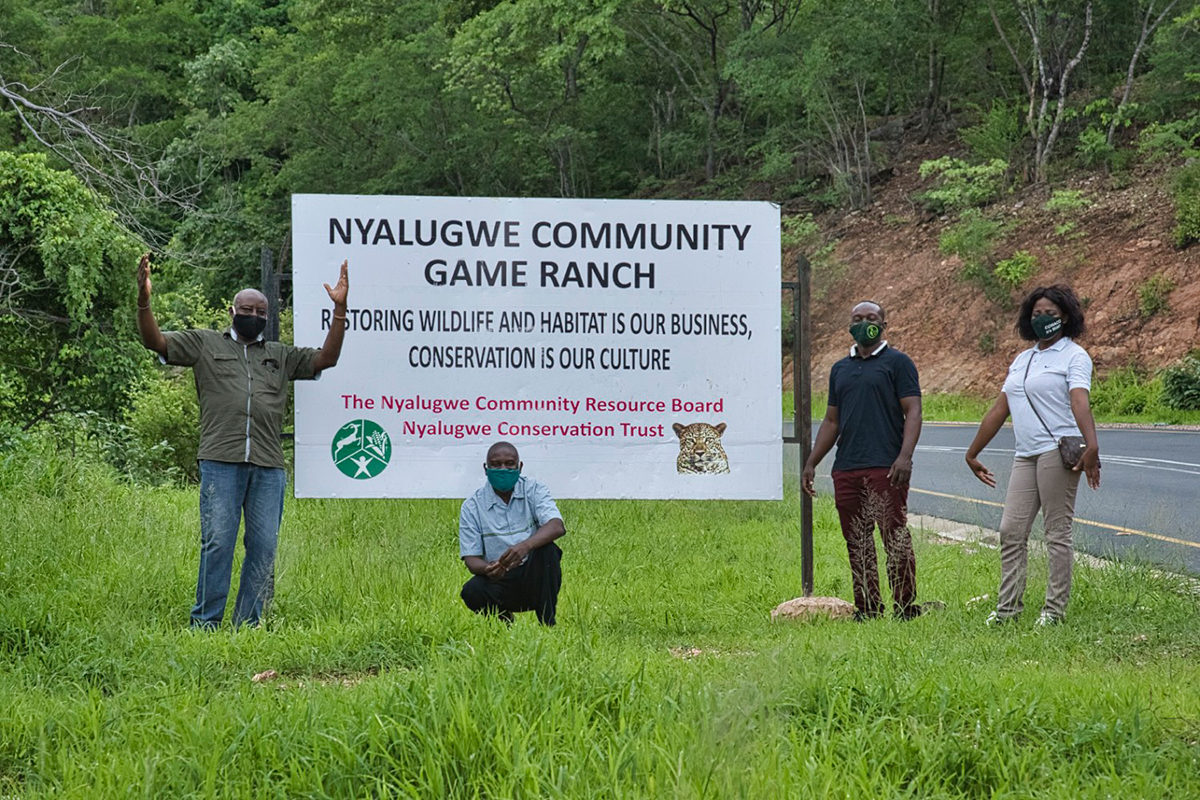
Community Conservation Areas (CCAs), COMACO
Where: Eastern provinces, Zambia
Economic pressures, along with a strong reliance on wood for biofuel, has exacerbated forest degradation in Zambia’s Eastern Province and surrounding regions. This project supported the establishment of 38 Community Conservation Areas (CCAs) that cover over one million hectares of land in three of Zambia’s provinces. The project’s first carbon offset monitoring period reduced 228,000 tons of CO2 emissions, along with generating $490,000 in revenue that were allocated to local chiefs and communities participating in the CCAs. Adjoining initiatives have also supported alternative income streams, including poultry farming and aiding 5,000 farmers who have begun beekeeping businesses.
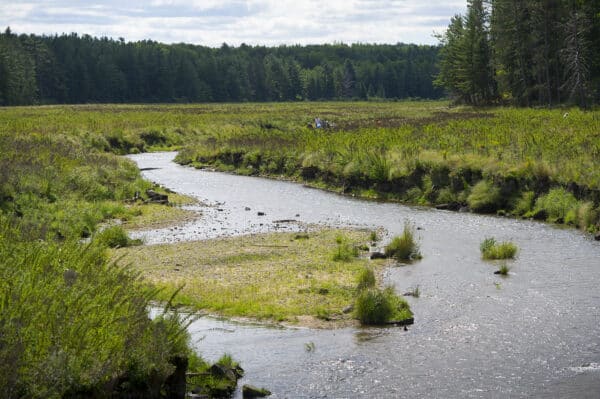

Big Wild Michigan DNR Forest Carbon Project
Where: Michigan, United States
A 2021 agreement between the Michigan Department of Natural Resources and DTE Energy, Michigan’s largest energy company has paved the way for the United States’ first carbon-credits project on state forest land. The pilot project protects an area of 100,000 acres of the Pigeon River Country State Forest, and it is expected to generate an estimated $10 million in revenue in the first ten years. The project is the first of its kind, potentially creating opportunities in the future for companies who have committed to net-zero carbon emissions to purchase carbon credits from U.S. public lands. The revenue generated from the project will be directed toward natural resource management, supporting tree planting, wildlife habitat improvement and forest infrastructure initiatives.
Neema – Forestry Project, (Eco Act)
Where: Tsavo National Park, Kenya
The Tsavo National Parks are home to a number of endangered species who have historically been targeted by poaching operations. Widespread deforestation in the region has also led to significant habitat loss for many wildlife populations. The Neema forestry project helps to confront poaching and deforestation operations in the area by protecting over 200,000 hectares of forest within the park system. The project’s objectives largely target the region’s biodiversity; the project has protected over 370 species, employed local residents in wildlife monitoring, and conducted tens of thousands of aerial and vehicle patrolling. The project has also implemented a reforestation initiative, replanting over 88,000 seedlings that were purchased from local nurseries.
Anourok – Forest project, (Eco Act)
Where: Cardamom Mountains, Cambodia
Located along the border with Thailand, the Cardamom mountain range in Cambodia is a unique ecosystem that serves as the habitat for at least 50 species that are on the IUCN red list — a repository that monitors threats to extinction. The region, along with the country itself, has seen some of the highest deforestation rates in the world. The Anourok forestry project targets an area of 445,339 hectares of forest for protection, helping to avoid an annual release of over 3.5 million tonnes of CO2. The project centers on restoring and maintaining the biodiversity of the region; park ranger careers are offered to local communities, and several initiatives are aimed at reintroducing species like tigers and elephants to the area.
Madre de Dios – Forest project in the Amazon, (Eco Act)
Where: Vilcabamba-Ambor, Peru
The 2010 construction of the Interoceanic Highway, which connects Brazil with Peru, has led to a rise in illegal logging and community displacement. The new route provides a transportation incentive for large agricultural and timber companies to enter the Vilcabamba-Amboro conservation corridor, threatening local communities and a number of endangered species that live in the area. The Madre de Dios project protects over 100,000 hectares of forest in the region, avoiding 25,072,135 tCO₂e over the project’s timeline. The initiative has created 470 new jobs for Peruvians, who help to monitor the 35 endangered species in the area. The project also supports social development programs, like the expansion of ecotourism and the financing of local schools.
Forest preservation in Yedeni, (Eco Act)
Where: Bale, Ethiopia
The Bale eco-region has experienced high rates of deforestation due to the unsustainable collection of wood for biofuel, forest fires, and smallholder farmland expanding into forest areas. The region has also confronted devastating natural weather events, exacerbated by climate change, including a 2016 drought that left over two million animals dead. The project’s goals are to halt the degradation and deforestation of 27,557 hectares of land, avoiding 25.7 million tCO2e in the process. The project has trained over 3,000 local residents by both helping communities become more sustainable in their agricultural practices and supporting effective drought management for livestock grazing.
Ribeirinhos Project, (Eco Act)
Some Indigenous property owners in Brazil still do not have government authorized title deeds proving their ownership of land. This often leads these communities to be vulnerable to illegal loggers, mining companies, and other groups that exploit the natural resources of the region and engage in widespread deforestation. The Ribeirinhos project aims to address the root of the issue by securing property certificates for Indigenous communities in the region. The project’s organizers are also providing agroforestry training to around 1,500 households to ensure that there are viable economic alternatives to selling the land for deforestation. Over the project’s timeline, 165,000 hectares of land are protected against illegal logging, and more than 40 million CO2teq are estimated to be avoided.
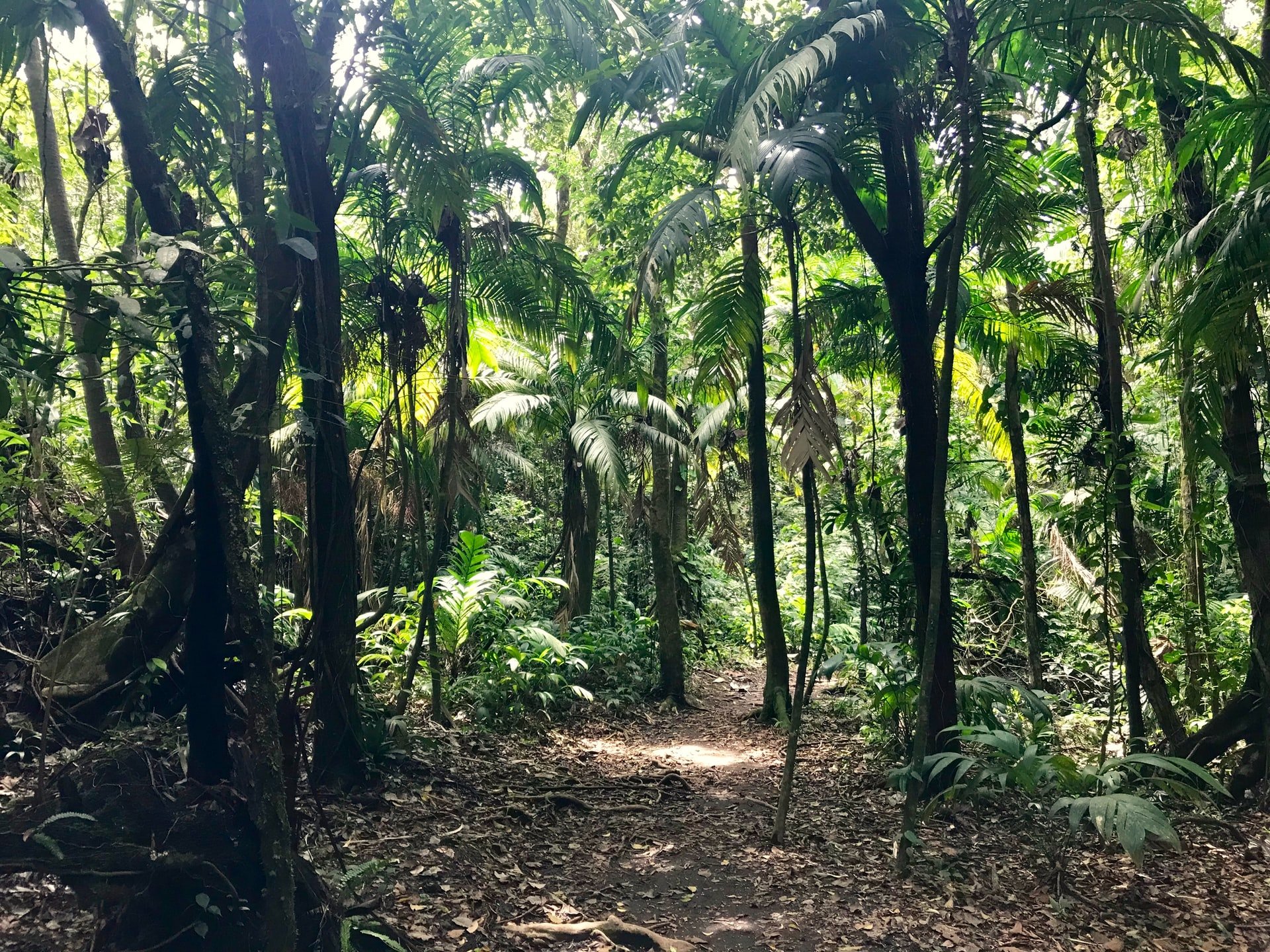
Tivoli, Brazil, (ReNature)
Where: Amazon Basin, Brazil
Lábrea, Brazil, was ranked in the top five of Brazil’s most deforested municipalities in 2020. Illegal logging activities have exacerbated deforestation in the region, and the region has become so fragmented by cattle ranching and other plantations that many wildlife populations are unable to navigate through the region. reNature’s goal is to protect around 26,000 hectares of remaining forest by supporting regenerative agroforestry practices. Local community members are taught sustainable ways to take advantage of the local ecosystem without disrupting its essential functions. For instance, a local research institute is supporting recommendations on how workers can generate income from the collection of natural rubber, açai, and Brazilian nuts in the protected forest area.
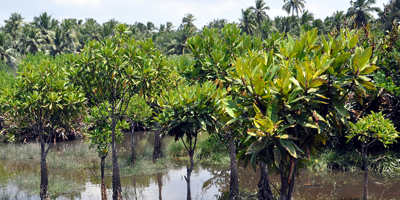
Mangrove and Coastal Eco-system Conservation Program, (SEEDS Trust)
Where: Tamil Nadu, India
The 2004 Indian Ocean tsunami left an indelible mark on regions like Tamil Nadu, India, located on the southeast coast of the country. For decades, mangrove forests in the area have been cleared, further exposing coastal communities to the threat of tsunamis, storms, and damaging tidal waves. The project began by targeting 40 hectares of mangrove forest for restoration and reforestation. If successful, the initiative will then expand to the surrounding 200 hectares of mangroves, along with implementing programs in nearby coastal communities to educate people about the dangers of deforestation and the importance of mangroves to the livelihoods of fishing communities.
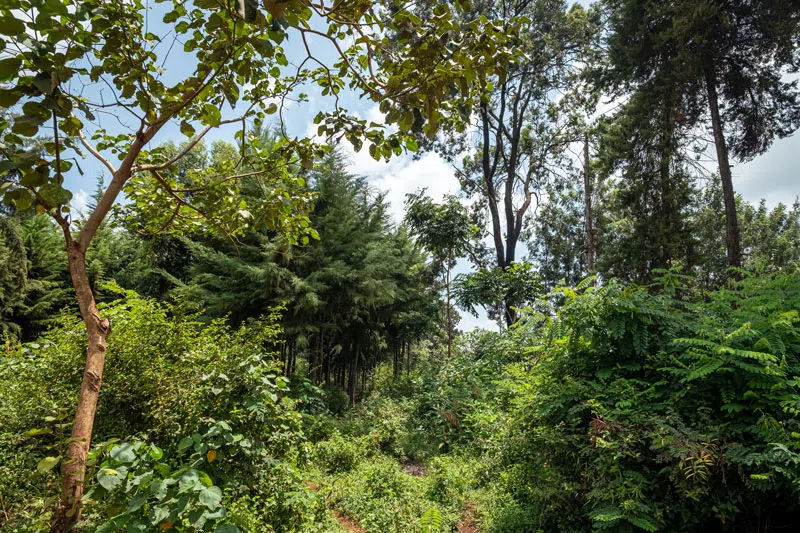
Mount Kenya Sustainable Landscape and Livelihoods Program, (Rainforest Alliance)
Where: Mount Kenya, Kenya
A 2016 United Nations report concluded that around 12 million people in Kenya live on degraded land. Population growth has exacerbated a number of forestry and land management issues, as communities find economic opportunities in illegal logging and livestock activities. The program supports sustainable management programs in the Mount Kenya region, an area known for its water supply and endangered species. The project targets local women and youth, serving around 50,000 smallholder coffee and tea farmers. The partner organizations created community-led management boards to support sustainable resource management, along with providing training on how to cultivate crops that can survive unpredictable rain seasons and higher temperatures.
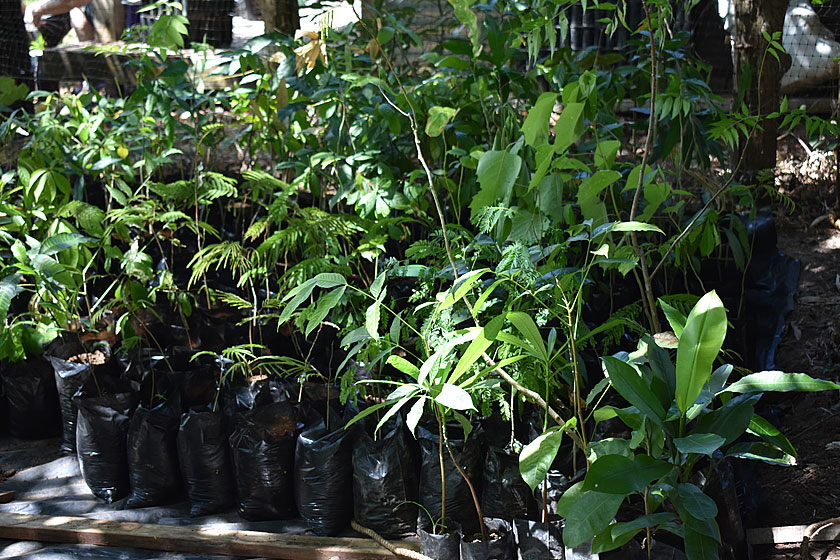
Azuero Biological Corridor, (Pro Eco Azuero)
Where: Azuero Peninsula, Panama
Land on the Azuero Peninsula has continued to be degraded, often due to livestock activities and timber trade. Worsening water quality, more extreme flooding events, and decreasing biodiversity has devastated the region’s ecosystem and communities. In some instances, Indigenous communities are forced to relocate because of illegal logging and ranching expansion. This project restores around 25,000 hectares of forest along a critical biological corridor. Since project inception in 2013, program organizers have supported initiatives that increase groundwater recharge to mitigate droughts, decrease nutrient runoff to create more fertile soil, and provide landowners with financial assistance to reforest their land.
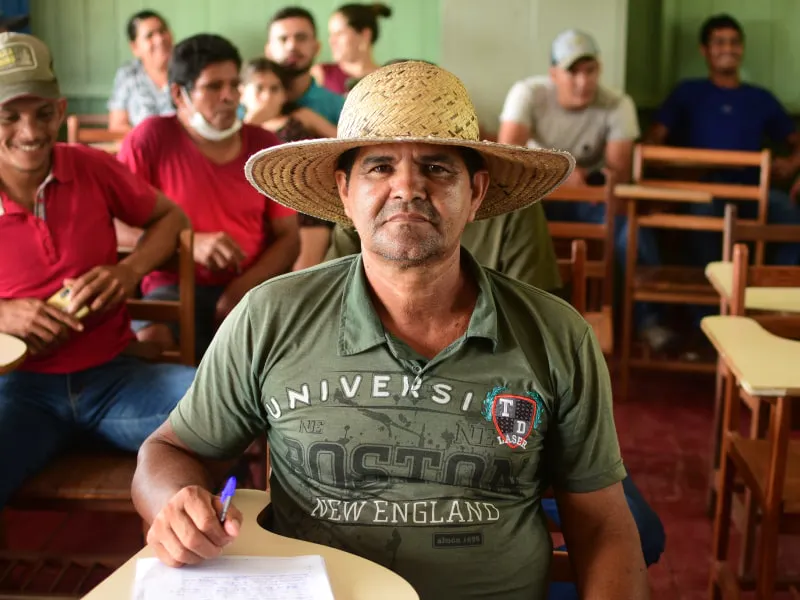
Hiwi, (Carbonext)
In 2008, the state of Acre approved a target to cut deforestation rates by 80% in time for a 2020 deadline. Some progress has been made to increase protected areas and crack down on illegal logging, but high rates of forest clearing persists. Between 2002 and 2021, Acre lost around 1.1 million hectares of forest, which is equivalent to around 1.07 Gt of CO₂e emissions. The Hiwi project targets 20,505 hectares of forest in the region that is at risk for cattle ranching expansion operations. The project also supports the local community and has implemented COVID-19 vaccination programs, fire extinguishing training, and sustainable livestock educational programs.

Tree for All, (Rak Santisuk Group)
Where: Nan Province, Thailand
Between 2001 and 2016, 66,072 hectares in the northern Nan Province were cleared of forests. Partner organizations in the region are trying something new in their efforts to address deforestation: crowdfunding. With funding gaps impeding land restoration, the project’s organizers took to a crowdfunding site to solicit donations for their reforestation projects. Donations start at USD 3, but the partner organizations are pushing to support financial accountability and funding incentives. An online database allows funders to track the growth of trees that their donations supported, and photos and geographical coordinates in the system support project accountability.
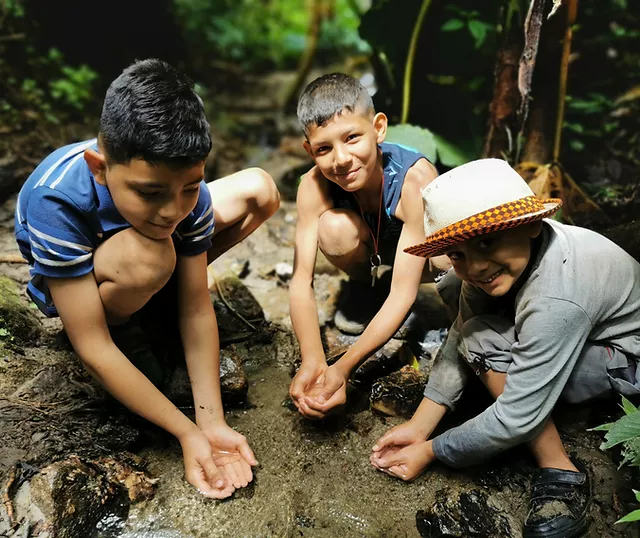
Water for the Future, (Agua Tica)
Where: San José, Costa Rica
Land degradation, water management, and infrastructure issues have contributed to a water scarcity problem in much of the Greater San José region. Agua Tica, the first water fund in Costa Rica, supports the protection of water resources in the area, including 750 hectares of forest restoration projects. The project is estimated to have replenished as much as 603,000 m3 of water, indirectly or directly supporting 1.9 million residents of the metropolitan region. The project has also supported data-gathering and information-sharing initiatives through the training of 25 water management professionals, a monitoring network of 18 sites, and the piloting of LandScale — a program that helps assess and monitor compliance in the livestock and agricultural sectors.
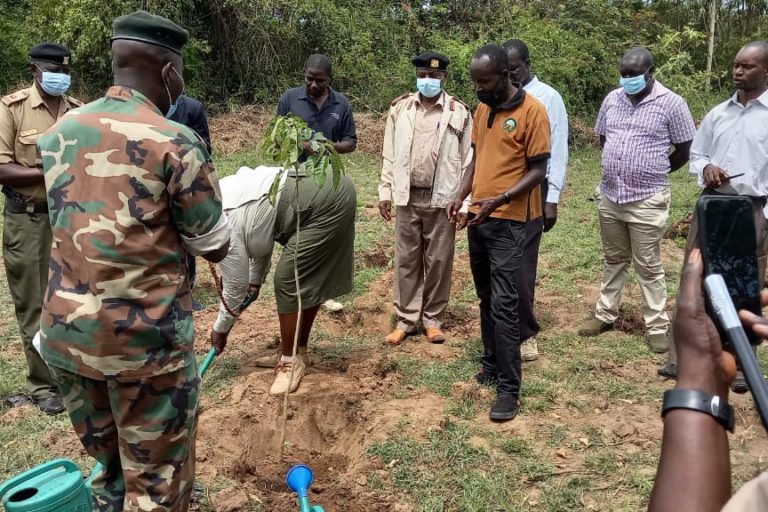
Mirema Reforestation Initiative, (Mirema Community Forest Association)
Where: Mirema Forest, Kenya
Unlike most restoration projects which are conceived by conservation organizations or other NGOs and governmental bodies, the Mirema Reforestation Initiative began as a community-led effort to combat deforestation. After decades of extensive logging operations for charcoal, much of the 810 hectares of the Mirema Forest was cleared of trees. Devastating floods followed; the degraded land offered no buffer to slow or absorb rainflow, resulting in widespread crop failure and food shortage. In a little over three years, the project’s participants have already replanted over 300,000 trees with a survival rate of 70%. The project’s objective is to reforest the entire Mirema Forest, which comprises around 810 hectares, by 2027. Since inception, the project has reforested at least 405 hectares, and Kenya’s Forest Service has supported the efforts with technical and forest management support.
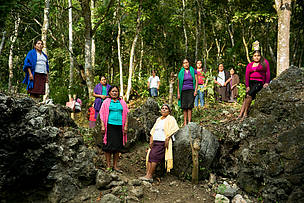
Integrated Watershed Management and Forest Restoration in Copalita-Zimatán-Huatulco, (WWF)
Where: Oaxaca, Mexico
The Copalita-Zimatán-Huatulco watersheds in the state of Oaxaca cover 268,023 hectares and are a region of rich biodiversity, including 26 of Mexico’s 34 vegetation groups. As a result of decades of slash and burn practices, agricultural expansion and coastal erosion, the region has experienced high levels of deforestation, along with poor water quality and threats to biodiversity. This project reforested 2,625 hectares of previously degraded land — the equivalent of around 335,000 native plants produced per year. Local farmers were also trained in organic farming production, and reforestation efforts were targeted in areas of high elevation and along the river banks to reduce erosion.

Forest-friendly farming in Peru, (WWF)
Where: Tahuamanu Province, Peru
The rate of deforestation in the province of Tahuamanu, located in the Amazon Basin along the borders with Brazil and Bolivia, increased over 100% between 2013 and 2016. However, the sustainable governance framework of the province is often seen as positive; Tahuamanu has maintained over 596,000 hectares of Forest Stewardship Council-certified land and has signaled support for the protection of natural resources. WWF-Peru’s project implemented a pilot program that supported a sustainable livestock educational program for farmers whose combined land covers 2,700 hectares. The initiative taught farmers how to better manage their livestock while reducing deforestation and the distance that the livestock travel when grazing. The project’s success has led to plans for scaling up the program, with an additional 200 livestock farmers enlisting in the program.
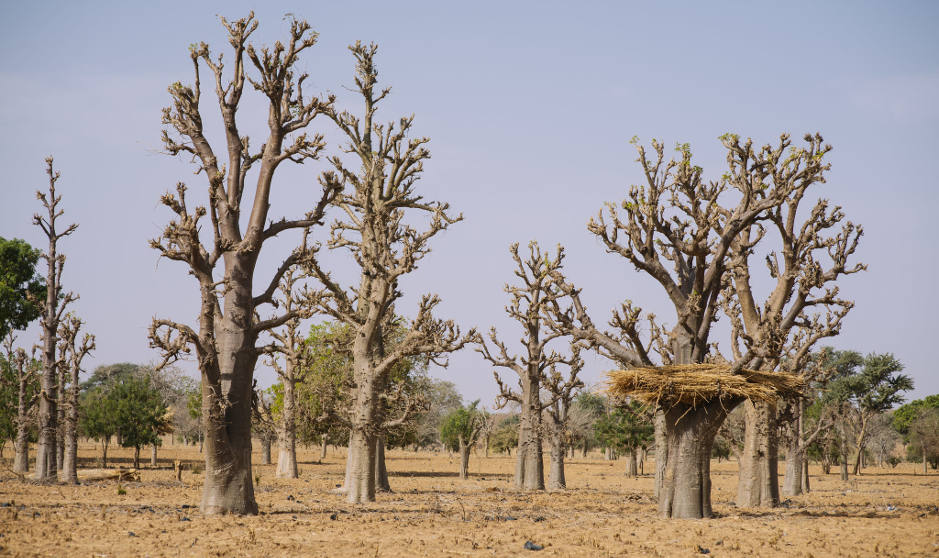
The West Africa Forest Farm Interface (WAFFI) Project, (Center for International Forestry Research (CIFOR)
Where: Ghana & Burkina Faso
Smallholder farmers in northern Ghana and southern Burkina Faso have traditionally operate multi-use farms that include forests, pastures, and parklands. This framework, often referred to as the ‘forest-farm interface,’ often leads to widespread deforestation as landowners adapt and shift their farming production activities to woodland regions. The West African Forest-Farm Initiative (WAFFI) project has engaged 998 local farmers in policy and knowledge-sharing discussions to discover solutions to land degradation, particularly in light of growing environmental pressures from a drier climate and worsening soil quality. The project’s organizers also collaborated with local authorities to address conflict between farmers seeking fuelwood and forest guards at nearby reserves.
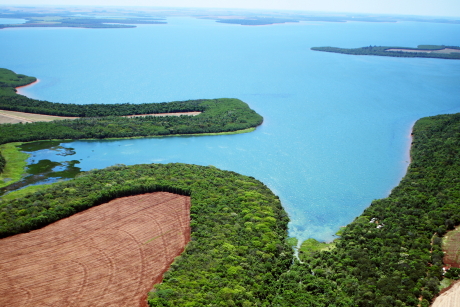
Itaipú Dam, (Itaipú Binacional)
Where: Paraná, Paraguay & Brazil
Since the 1970s, Itaipú Binacional — a company established to support the construction and management of the Itaipú Dam — has developed dozens of initiatives to support forest protection and re-forestation. The company’s reforestation initiative is the world’s largest ever reforestation program led by a hydroelectric power plant. Since construction, Itaipú Binacional has planted over 44 million seeds, which is equivalent to 100,000 hectares of forest. The company has also supported the implementation of a wildlife protection program that includes 421 micro-watersheds, along with 40,000 hectares of biological reserves and sanctuaries. The company’s other initiatives include the establishment of wildlife corridors and 30-meter-wide green belts along the Paraná River to support the ecosystem and prevent soil erosion.
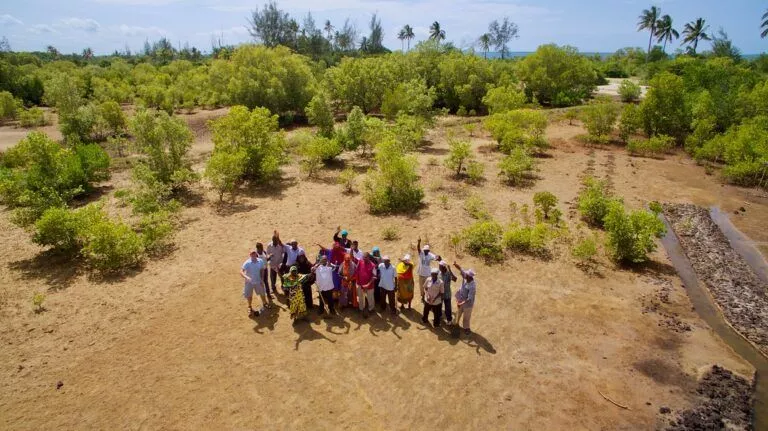
Vanga Blue Forest, (The Association for Coastal Ecosystem Services)
Where: Vanga, Jimbo and Kiwegu, Kenya
Over the last quarter century, an overreliance on mangrove wood for biofuel and building material has resulted in the loss of over 450 hectares of mangrove forests in Kenya’s southern coastal region. Without the protection of mangrove forests, which act as a buffer against storm surges and rising sea levels, Kenyan coastal communities have become more vulnerable to flooding. The Vanga Blue Forest project is working to protect and restore 460 hectares of mangrove forests, along with supporting community development. The project aims to operate on a similar but larger-scale framework as its sister project, Mikoko Pamoja, by providing clean water to residents and educational materials to school children.
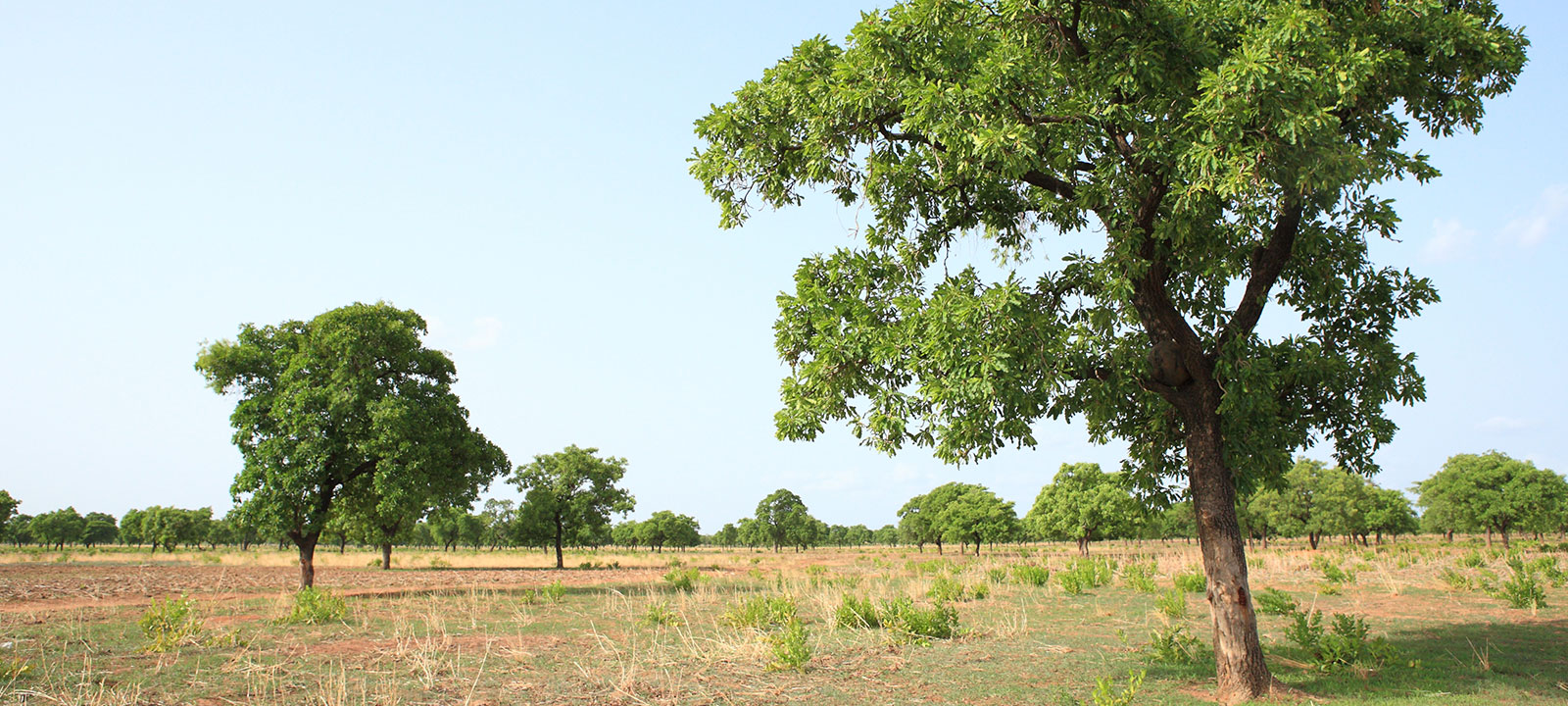
Ghana Shea Landscape Emission Reductions Project, (Forest Commission of Ghana)
Where: Northern Savannah Zone, Ghana
Climate change, heavy reliance on biofuels, and agricultural expansion have exacerbated deforestation in Ghana’s northern savanna zone. The region has historically functioned as a cornerstone of Ghana’s agricultural production; shea and other trees have traditionally offered economic opportunities for women through the harvesting of nuts used in cosmetics. The project is expected to restore 200,000 hectares of savannah forest, 300,000 hectares of degraded shea forests — the equivalent of 6 million tCO2e in emission reductions over the next 7 years. The project will also support the establishment of a 25,500 hectare forest plantation, which along with the shea forest restoration, offer a sustainable opportunities for the timber and nut collection economies.
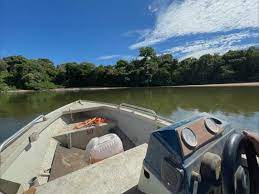
Evergreen REDD+, (Carbonext)
The municipality of Apuí, located in the southeastern region of the Amazon forest, is the second most deforested municipality in the state of Amazonas. The project site, which covers an area of 130,554 hectares, has historically faced a deforestation rate of 1.86% annually. To protect against illegal logging, the project’s organizers employ two aircraft to conduct aerial monitoring on the Evergreen site, along with the neighboring Unitor and Ituxi REDD+ projects. The project is expected to result in 24,652,524 tCO2e in emissions reductions over its 30-year timeline. The project organizers will also support sustainable forest management education programs for the area’s landowners to reduce deforestation rates.
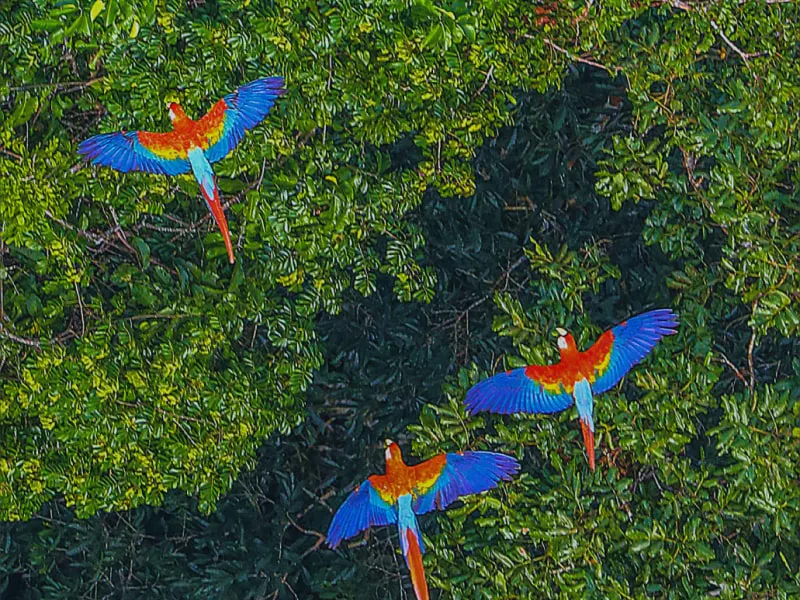
Unitor REDD+, (Carbonext)
Where: Lábrea, Brazil
In April, for only the second time on record, the deforestation rate in the Brazilian state of Amazonas surpassed the states of Para and Mato Grosso. Lábrea, which has seen rising cattle ranching activity, has suffered some of the highest levels of deforestation in Amazonas and the Amazon Biome. The region has been labelled by Brazilian news outlets and research institutes as “lawless” and a “crime factory,” with weak police enforcement and government resources stretched thin. This project protects 99,035 hectares of forest, and the site area neighbors around 200,000 hectares of protected land. The project hosts the habitats of hundreds of species, including 302 vertebrate species, and the nearby Branco River is under the purview of the project’s monitoring specialists.
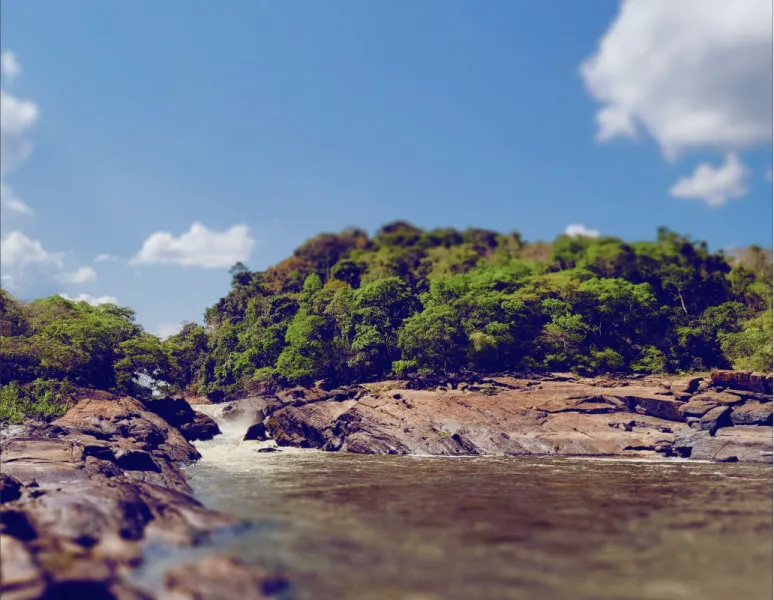
Fortaleza Ituxi REDD+, (Carbonext)
Lábrea is located in the “Arc of Deforestation,” a region straddling the southeastern edge of the Amazon forest that has been subjected to high levels of deforestation. Lábrea has seen notable rates of deforestation due to its isolated location, which hampers government accountability and incentivizes illegal logging. The project protects 46,592 hectares of forest in the region, helping to defend around 375 species in the process. The project has implemented initiatives to support the technical training of sustainable forest management and cattle ranching. The project’s leaders also have plans to support a seedling nursery and the installation of a small factory that would process alternatives to lumber harvesting, like Brazil-nut collection.
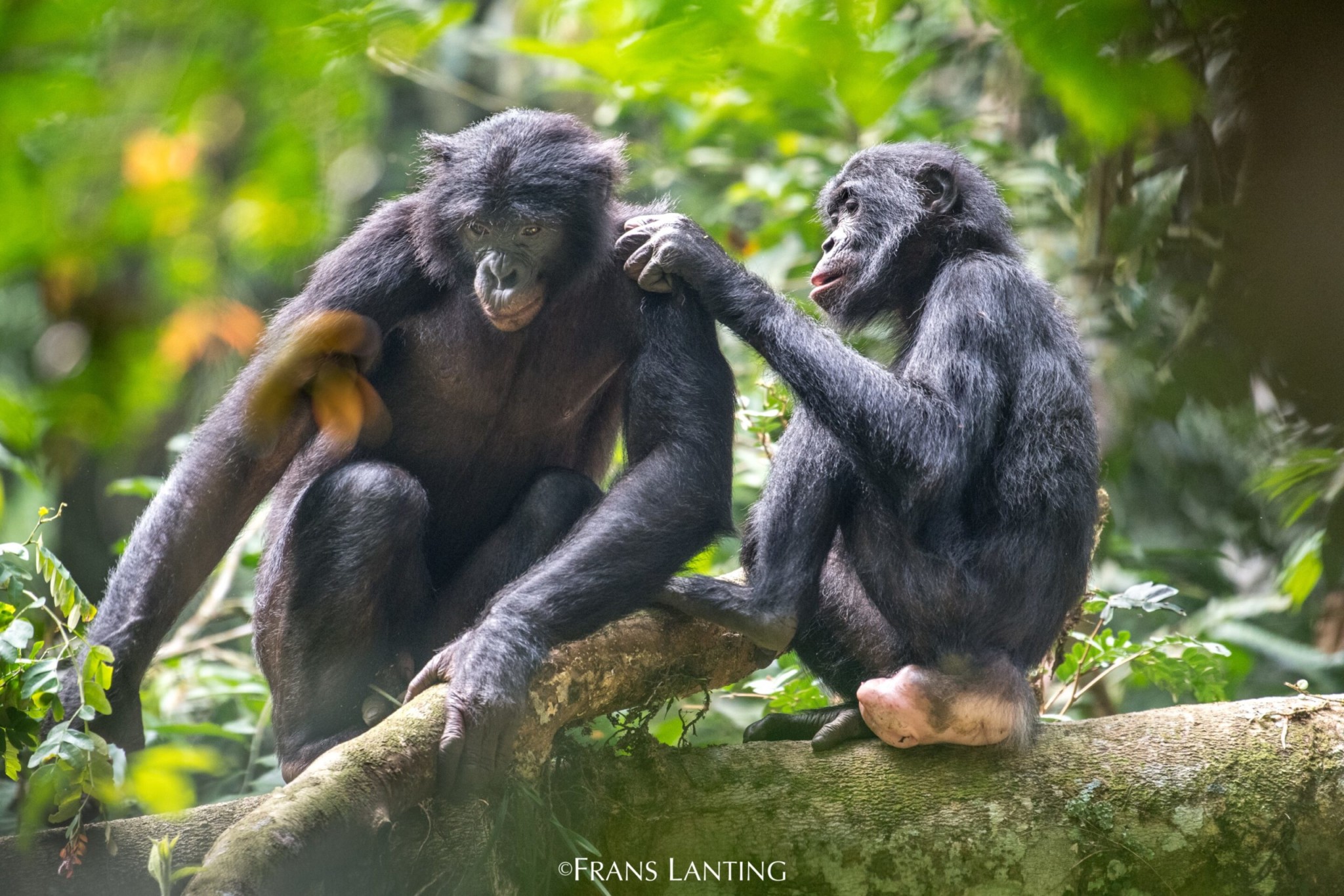
Bonobo Peace Forest Project, (Bonobo Conservation Initiative)
Where: Bonobo Peace Forest, Democratic Republic of Congo (DRC)
Around the time when the Bonobo Peace Forest was inaugurated, the Congo region was embroiled in violent conflict over the competition of natural resources, including wildlife trade. The Bonobo Peace Forest was established, in collaboration with the Bonobo Conservation Initiative (BCI) and a number of other NGOs and international institutions, as an effort to protect the bonobo population and other endangered species in the region. BCI is developing two carbon credit projects in the region; together, the protected spaces cover around 67% of the rainforest’s 5.3 million hectares of conservation area. The projects include social development programs: a health clinic, youth scholarships, micro-grants for women, and sustainable agriculture educational programs. BCI is also helping to establish the first college in the region that is dedicated to teaching students about sustainable rural development.
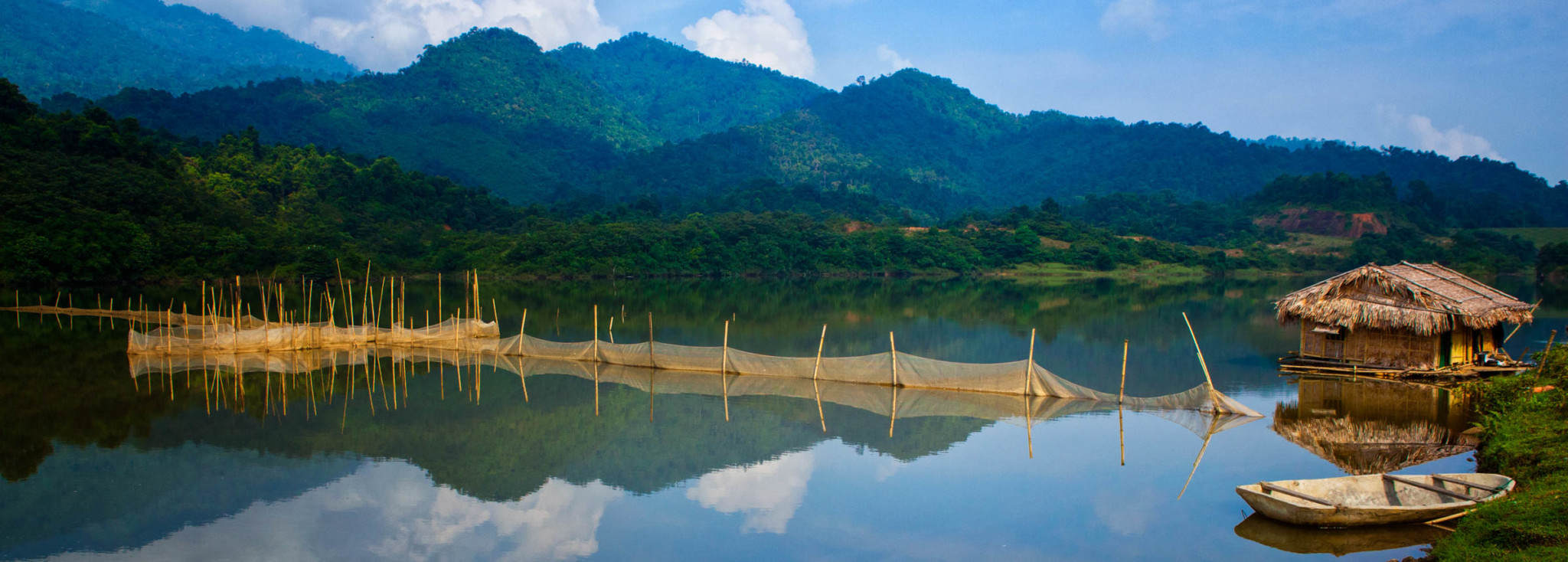
Payment for Forest Environmental Services (PFES), (Government of Vietnam)
Where: Vietnam
Vietnam lost 3.26 million hectares of forest between 2001 and 2021 — a 20% decrease since 2000 and the equivalent of 2.25Gt of CO₂e emissions. In collaboration with organizations like Winrock International and USAID, the Government of VIetnam has implemented a payment for forest environmental services (PFES) system to support the protection of 6 million hectares of forest throught the country. With project support, the PFES system has offered payments to around 25,000 households, generating over USD 150 million since its inception in 2009. Secondary project initiatives have also focused on disaster risk-reduction, assisting 200,000 people in better preparing for floods and other natural disasters.

REDD Cerrado Program, (Ecosystem Regeneration Associates)
Where: Brazilian Cerrado
The Cerrado biome, which is the second largest biome in Brazil and considered to be the country’s main breadbasket, has been threatened by the rise of commercial agriculture. In the last four decades, agriculture expansion has led to the loss of around 50% of native vegetation in the Cerrado biome. The cattle ranching and farming practices have led to Cerrado habitats disappearing at a rate 2.5 times faster than surrounding Amazon biomes.This project currently consists of two plots of land that cover around 11,000 hectares, with the intention of scaling up to include more of the Cerrado region. The project’s leaders, Ecosystem Regeneration Associates, offer landholders a sustainable income through the generation of carbon credits as an alternative to commercial agriculture.
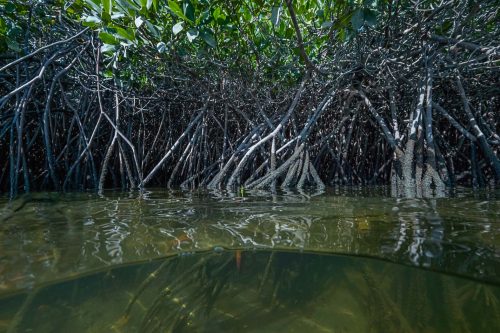
Blue Carbon Conservation Project, (MarVivo)
Where: Baja California Sur, Mexico
The Baja peninsula is home to a high biomass and high biodiversity, including a number of endangered species. The project targets Magdalena Bay, the largest area of mangrove forests in the Baja region, which has been devastated by high levels of deforestation due to shrimp farming. These forests are a critical component of carbon storage; they are estimated to store around ten times as much carbon as mature terrestrial forests. In addition to the protection of mangrove forests and surrounding marine environments, the project is also supporting local economic opportunities, including sustainable sea scallop farming and ecotourism. This initiative, which is being supported in collaboration with The CoOp at Magdalena Bay, has developed a close to zero-waste and regenerative process of sea scallop farming in the region.
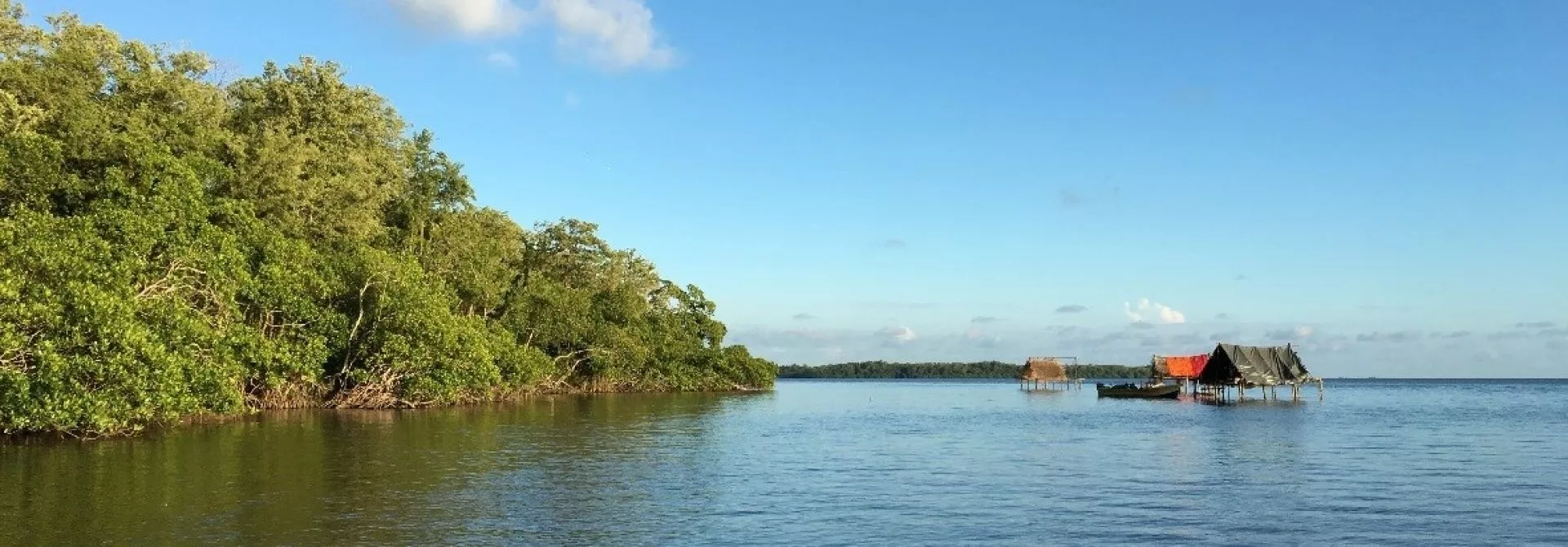
Muskitia Landscape Protection, (South Pole)
Where: Muskitia, Honduras
Mangrove forests, many of which are located in Central American countries like Honduras, store up to ten times more carbon than terrestrial forests and are among the most diverse ecosystems in the world. Unfortunately, around 30 to 50 percent of the world’s mangrove forests have already been lost, including a significant portion in Honduras, which has been threatened by illegal encroachment. This project protects around 285,000 hectares of forest, including around 5,000 hectares of mangrove forest. In cooperation with eight Indigenous and Afro-Honduran communities, project leaders have focused their efforts on redirecting local workers toward sustainable income communities. The project has particularly focused on supporting career opportunities for Indigenous youth and women, including fishing, beekeeping, and cocoa production.
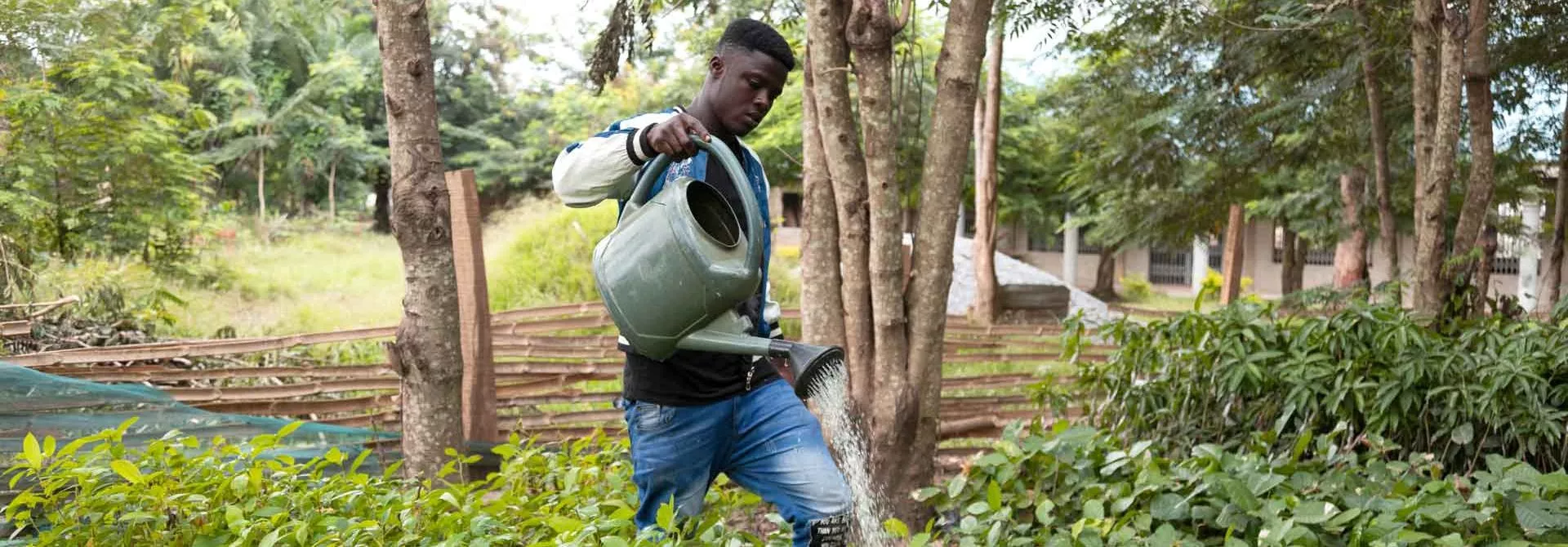
Sankofa – Alliances for Action, (South Pole)
Where: Goaso, Bibiani and Sankore, Ghana
Environmental pressures have coerced farmers in Ghana to increase rates of forest clearing as they confront extreme weather events, vegetation disease, and worsening soil quality. This project supports cocoa farmers within Chocolats Halba’s supply chain through the training of farmers in sustainable agricultural practices. Farmers are taught how to increase their cocoa yields and diversify crop production through tools like pest management, planting spacing, and mulching. The project’s partners plan to enlist around 400 farmers in the program by the end of 2022. The project is also reforesting 400 hectares within the region, along with generating revenue from carbon finance, which is reinvested into the local communities.
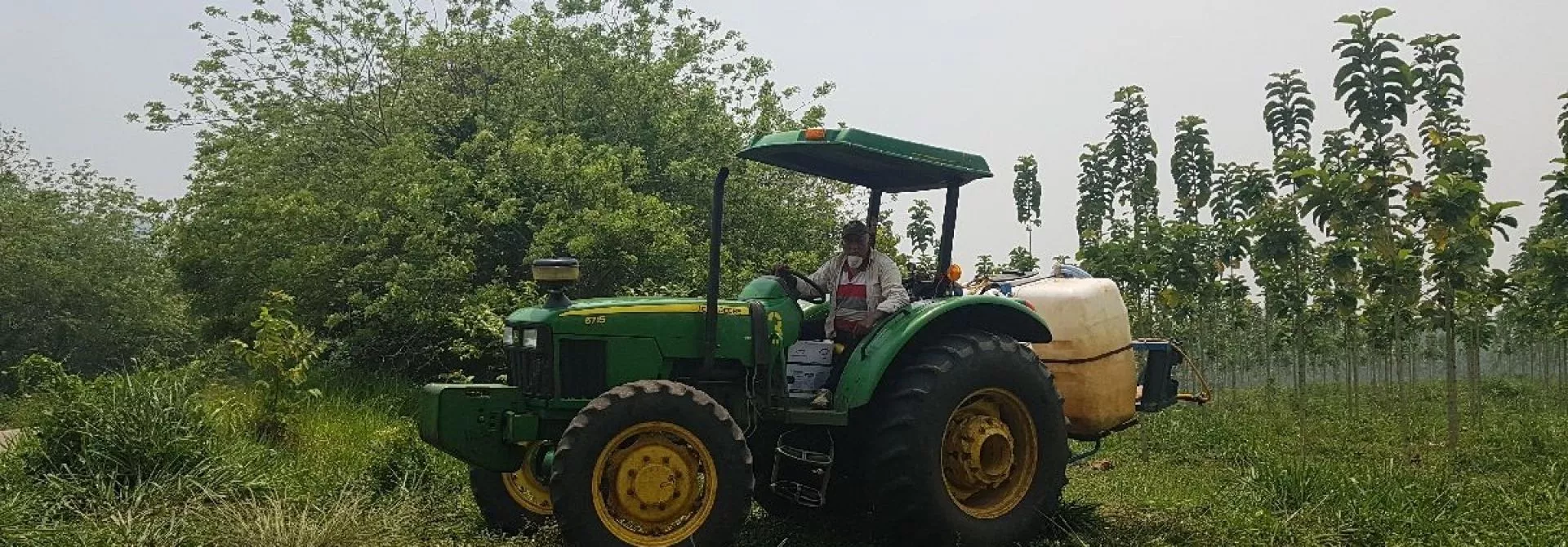
Forest Restoration with Teak, (South Pole)
Where: Tabasco, Chiapas, and Campeche, Mexico
This project is planting teak trees on around 4,011 hectares of degraded land in the Mexican states of Tabasco, Chiapas, and Campeche. The area is being split into two sections: one will be used for sustainable commercial projects and the other for protected conservation areas. Previously, the land had been used for unsustainable cattle grazing. Since inception, the project has generated around 425 new jobs, and local workers undergo training in sustainable forest management. The project has also boosted the regional supply chain of teak wood, which is often used for the manufacture of furniture.
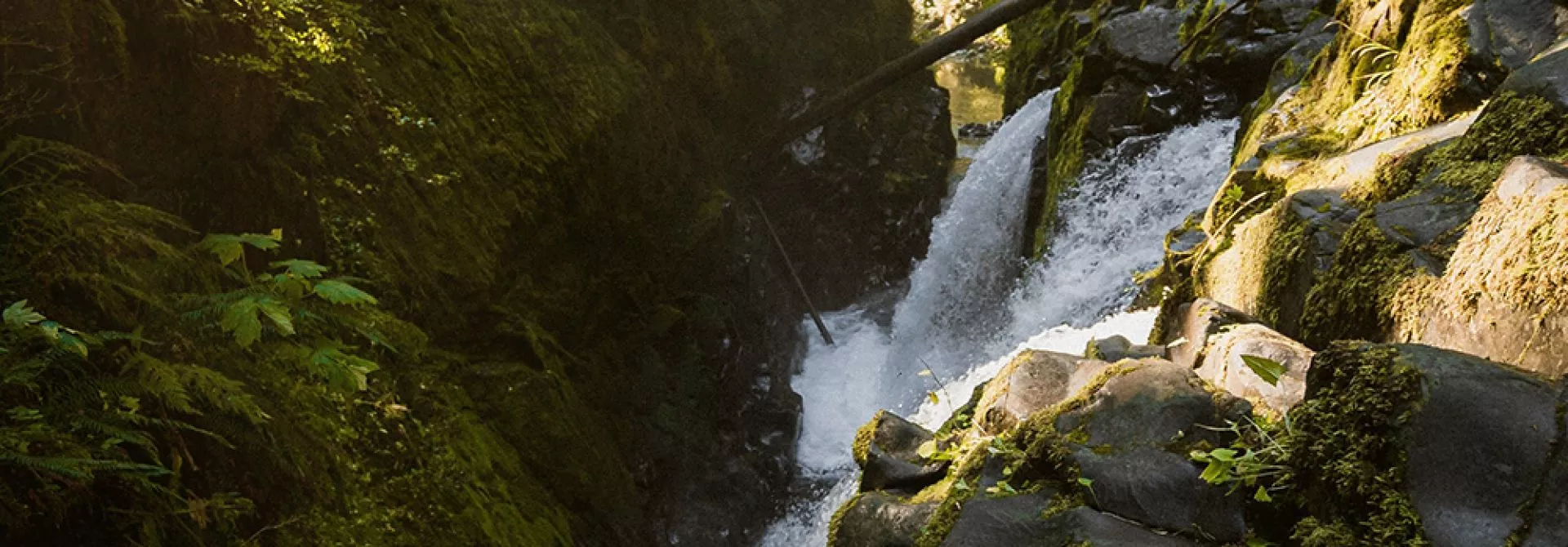
Pierce Conservation District Reforestation, (South Pole)
Where: Washington, USA
Pierce County, located in a region of Washington State that has experienced rapid rates of urbanization, has historically been home to a thriving wild salmon population. That population has declined by almost 100% since the start of the 20th century, and today, over a dozen species of salmon in the Pacific Northwest have been labelled endangered and are now protected under the Endangered Species Act. In an effort to create a forested riparian corridor that supports salmon populations in the region, this project is planting over 3,700 native trees in areas along rivers and streams. The result is healthier and better functioning waterways; trees lead to oxygen-rich water and support the clearing of sediment, which are both essential preconditions for salmon to thrive. In addition to planting the trees, the project will support the maintenance of the area over the next 25 years to ensure that the trees reach full maturity.
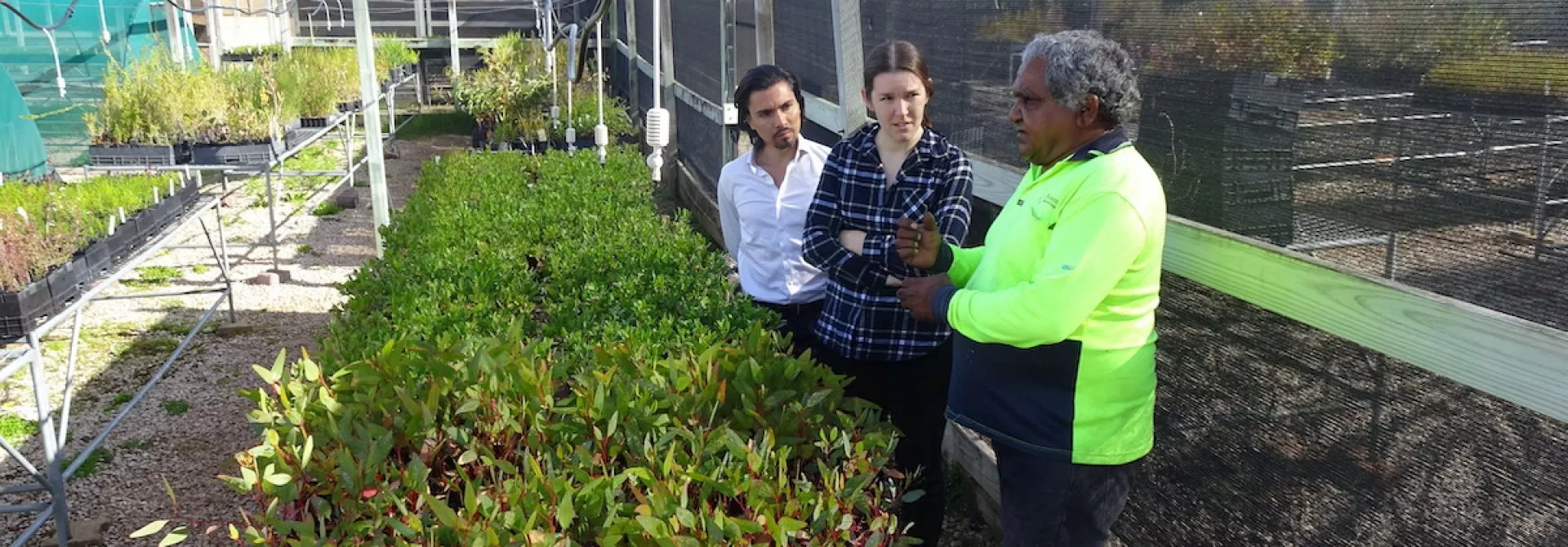
Mount Sandy Conservation, (South Pole)
Where: Limestone Coast, Australia
Much of the land on South Australia’s Limestone Coast has been substantially cleared for agriculture. The region’s exception, Mount Sandy, hosts a variety of native wildlife and has historically been managed by the Ngarrindjeri people. The 200-hectare project focuses on management and conservation of wildlife, employing Indigenous workers for GIS monitoring, fencing, and weed and pest management. As the region continues to combat wildfires and other forms of extreme weather, the project’s leaders are planting over 30 species of native vegetation to restore and restrengthen the area. These revegetation initiatives are supplied by a nursery in the local Raukkan Aboriginal Community.
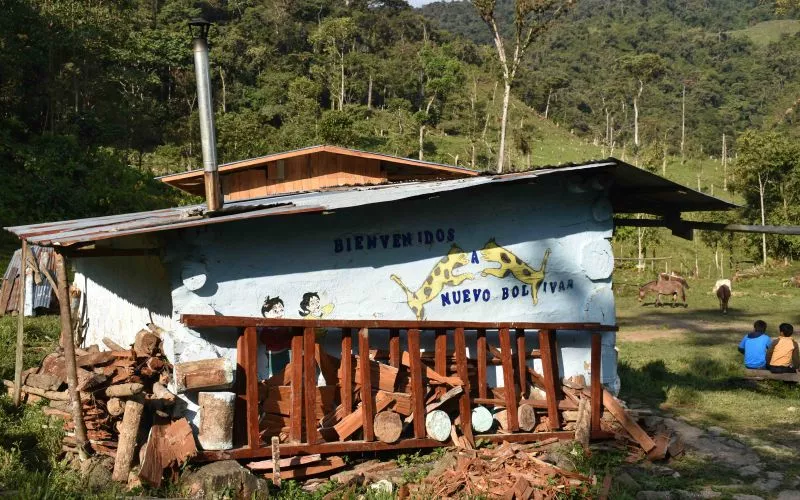
Alto Huayabamba Conservation, (South Pole)
Where: Amazonian Andes, Peru
The region between the Andes and the Amazon is uniquely rich in biodiversity but has been subject to high deforestation rates due to farming and mining projects. This initiative aims to protect over 53,000 hectares of forest, along with joining other protected areas in creating a wildlife corridor that extends from Ecuador to Peru. Since inception, project leaders have worked with local communities to support sustainable agricultural practices. This collaboration, which focuses on best practices for land management and organic honey and quinoa production, has led to local jobs being generated and the formation of two farming associations. The initiative also helps to manage the water supply in the upper basin of the Huayabamba River, which is a critical source for communities that live downstream.
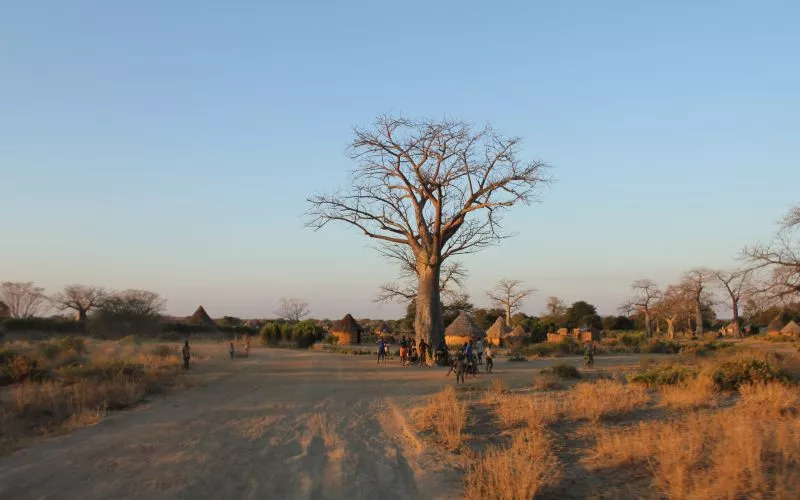
Kariba REDD+ Project, (South Pole)
Where: Kariba, Zimbabwe
Political and financial pressures have fueled the rapid deforestation of Zimbabwe’s forests; over one-third of the country’s forests have been lost to farming and fuelwood. The Kariba REDD+ Project has worked since 2011 to protect 785,000 hectares of remaining forests that are located near Lake Kariba, close to the Zimbabwe-Zambia border. The protected area now links four national parks and eight safari reserves together, helping to protect a number of endangered species. Beyond forest protection, the project supports initiatives to improve the health and economies of local communities through partnerships with local government councils. Since inception, the project has supported 14 health clinics, facilitated local income generation of over USD 249,000, and brought access to safe drinking water for around 37,000 residents.
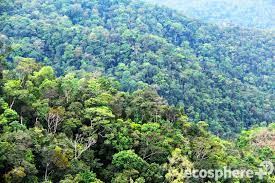
Cordillera Azul National Park project, (Ecosphere+)
Where: Cordillera Azul National Park, Peru
This project is working in a huge landscape of 3.7 million hectares (nearly the size of the Netherlands) to protect 1.3 million hectares of threatened forest. The Cordillera Azul project focuses on establishing sustainable livelihoods through technical assistance and support for transitioning land use to agroforestry systems for sustainable cocoa and coffee production. In addition, a wide community-driven programme is helping tens of thousands of local people gain access to basic services such as sanitation, health care and education. Conservation and protection activities inside the forest include biological monitoring and scientific research, as well as surveillance and control of illegal human behaviours. This project is implemented on the ground by the Peruvian NGO, CIMA.
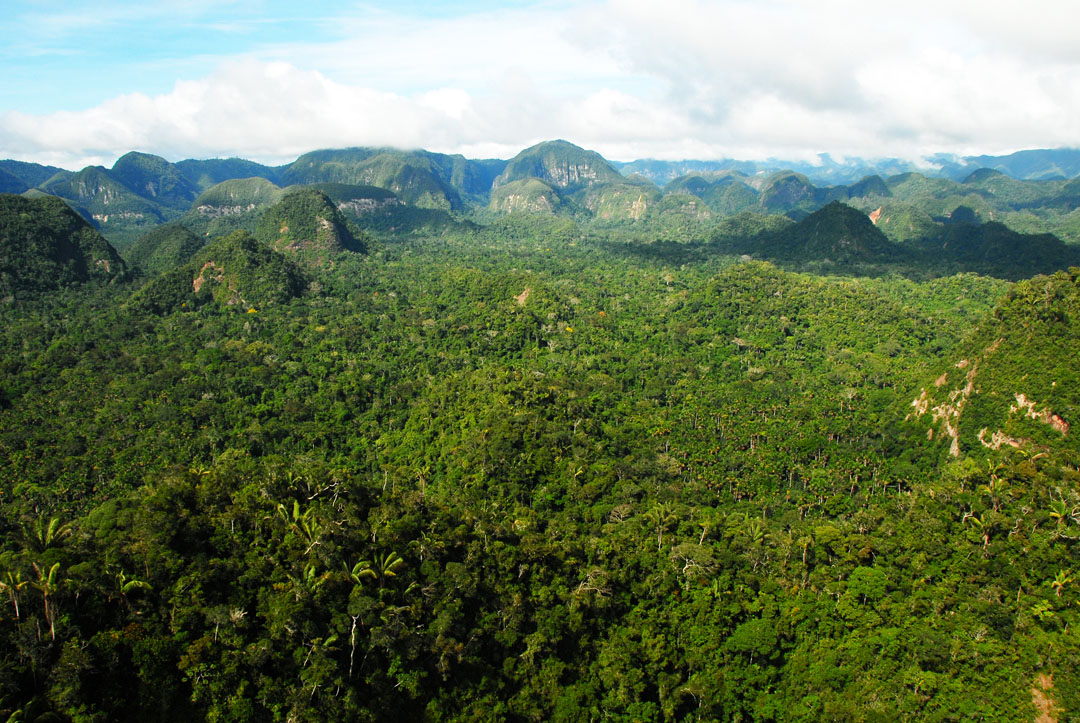
Tambopata-Bahuaja Biodiversity Reserve, (Ecosphere+)
Where: Tambopata National Reserve and the Bahuaja-Sonene National Park, Peru
The Tambopata Biodiversity Reserve and Agroforestry project combines the Tambopata National Reserve and the Bahuaja-Sonene National Park, which are both internationally recognised biodiversity hotspots in the Peruvian Amazon. Here, the lush tropical rainforests provide habitat for an incredible variety of rare and endangered wildlife. This project is creating an economic buffer zone around a 591,119 hectare forest (an area about the size of Los Angeles). By helping local farmers with the transition to sustainable cocoa production, degraded land is being restored and deforestation pressures relieved. This creates a barrier to protect the rainforest and provides people with a forest-friendly and sustainable livelihood. Conservation and protection activities inside the forest include biological monitoring and scientific research, as well as surveillance and control of illegal human behaviours.
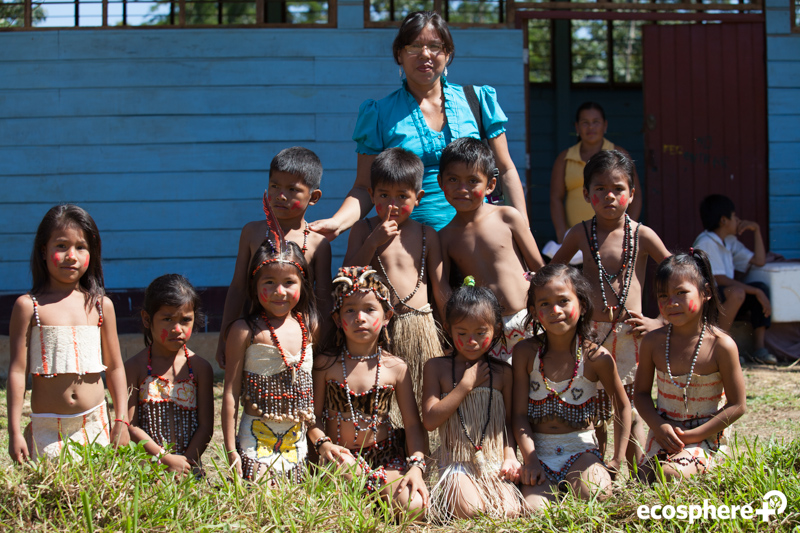
Infierno Project, (Ecosphere+)
The Evio Kuiñaje, or Infierno, project works to protect 7,653 hectares of threatened forest in the Peruvian Amazon through engagement with the local indigenous community of Infierno. The project works to safeguard Infierno indigenous culture and protect the forest and its biodiversity through the promotion of activities that reduce pressures on the environment and conserve native values. With native communities the second largest managers of forest land in Peru, the Infierno project is an important model of environmentally and economically sustainable forest management with indigenous communities. This project is part of the Ecosphere+ portfolio and is implemented on the ground by the Peruvian NGO, AIDER.
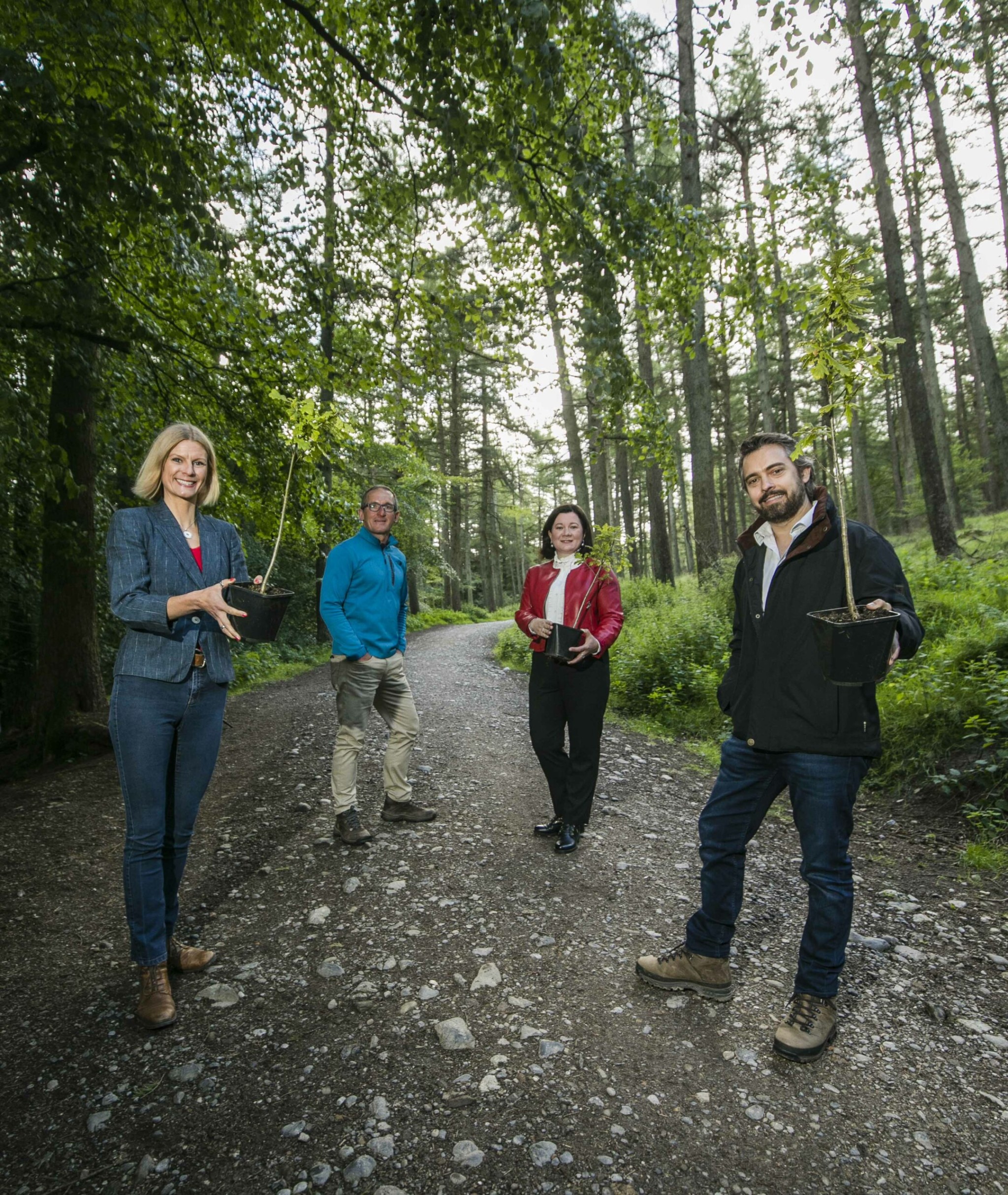
BoI Woodland Nature Credits, (Coillte)
Where: Ireland
Despite efforts by the Irish government, and later the EU, to increase Ireland’s forest cover from its low point of 2.8% in 1928 to 11% today, Ireland still has the lowest forest cover of any EU country. Within that forest cover, native Irish species account for only 18%, and around 75% of Ireland’s trees are thought to be less than 30 years old, meaning that their carbon sequestration and biodiversity benefits are relatively low. Coillte is a commercial forestry business that is owned by the Irish state and manages more than half of Ireland’s forests. Recognising the need for more permanent and native woodland, Coillte teamed up with Forestry Partners in 2019 to form The Nature Trust, a not-for-profit subsidiary that aims to deliver ambitious re/afforestation across some of the 70,000 hectares held in Coillte’s land bank. Once the benefits were assessed, the Bank of Ireland (BoI) developed a model by which land acquisition, planting and light maintenance could be paid for through an income stream derived from selling the three benefits via a new instrument called Woodland Nature Credits, where the Nature Trust acts as the issuer and Bank of Ireland is the arranger. For both the biodiversity and amenity value of the projects, BoI developed their own proprietary model to convert these to a carbon equivalent basis for inclusion in the Credits; around 75% of the Credit value is driven by carbon sequestration, 15% by the biodiversity uplift and 10% by the amenity value.
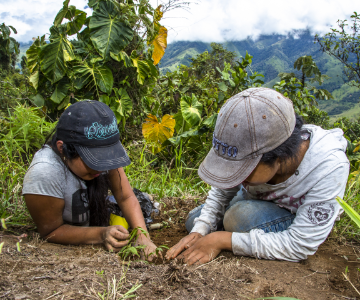
ReverdeC, (Celsia)
Where: Antioquia, Colombia
ReverdeC is a voluntary investment program to plant ten million trees in ten years (2016 – 2025). The objective is to increase forest cover and participatory ecological restoration of the watersheds, many of which supply the municipal and village aqueducts of the departments of Valle del Cauca, Antioquia and Tolima. Essentially, it is the planting of native trees for the restoration of watersheds. The ReverdeC program after years of successful operation, has reached a high level of maturity and learning, with the ability to endure the program over time and increase its annual planting capacity up to 3 or 4 million planted trees per year. ReverdeC aims to become a platform to link third parties interested in contributing to Ecological Restoration programs, and thus attract new resources, in addition to those voluntary contributions made by Celsia, to continue expanding its program.
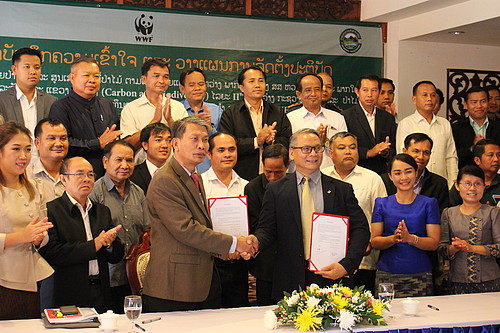
CarBi 2, (WWF-Greater Mekong)
Where: Annamites, Laos & Vietnam
Avoidance of Deforestation and Forest Degradation along the Border in Central Vietnam and Southern Lao PDR in Salavan and Sekong Provinces (CarBi Phase 2) is a transboundary project that contributes to the protection, restoration, and sustainable use of ecosystems and the conservation of biological diversity in the Central Annamites Landscape (CAL). Through innovative and transformational conservation interventions, CarBi 2 supports the governments of Laos and Vietnam to meet their obligations under the Convention on Biological Diversity. By the end of 2025, this project is expected to achieve four outputs, which include: 1). The protected area network is expanded and effectively conserved; 2). Capacities of local role players to implement national policies and international regulations on illegal wildlife and timber trade, including CITES are enhanced; 3). Effective community engagement in sustainable natural resource management and protection is increased, and 4). Sustainable financing mechanisms are developed and promoted to key decision-makers.
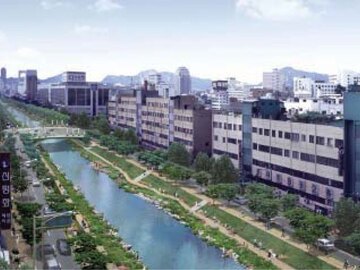
Cheonggyecheon Stream Restoration Project, (Seoul Development Institute Cheonggyecheon Research Group)
Where: Seoul, South Korea
By demolishing an elevated freeway and uncovering a section of the historic Cheonggyecheon Stream, the Cheonggyecheon Restoration Project created both ecological and recreational opportunities along a 3.6-mile corridor in the center of Seoul. The project has proven catalytic, spurring economic growth and development in an area of Seoul that had languished over the last several decades. The project provides flood protection for up to a 200-year flood event and can sustain a flow rate of 118mm/hr, and increased overall biodiversity by 639% between the pre-restoration work in 2003 and the end of 2008 with the number of plant species increasing from 62 to 308, fish species from 4 to 25, bird species from 6 to 36, aquatic invertebrate species from 5 to 53, insect species from 15 to 192, mammals from 2 to 4, and amphibians from 4 to 8. The project also reduces the urban heat island effect with temperatures along the stream 3.3° to 5.9°C cooler than on a parallel road 4-7 blocks away. This results from the removal of the paved expressway, the cooling effect of the stream, increased vegetation, reduction in auto trips, and a 2.2-7.8% increase in wind speeds moving through the corridor and reduced small-particle air pollution by 35% from 74 to 48 micrograms per cubic meter. Before the restoration, residents of the area were more than twice as likely to suffer from respiratory disease as those in other parts of the city.

Conserving Biodiversity of the Cacheu Mangroves National Park at Guinea Bissau, (Wetlands International, IBAP)
Where: Guinea-Bissau
From 2015 to 2018 Wetlands International, IBAP and other partners implemented an initiative to conserve the mangroves, tidal flats, dryland forests and seagrass beds of Cacheu national park and its buffer zone in Guinea Bissau. Long ignored by the conservation community this beautiful area is home to many threatened species such as manatees and marine turtles, provides important breeding and staging habitat for hundreds of thousands of migratory birds and serves as a nursery ground for countless species of fish. Unfortunately the park has been heavily degraded as a result of slash-and-burn agriculture practice and suffers over-exploitation of natural resources.
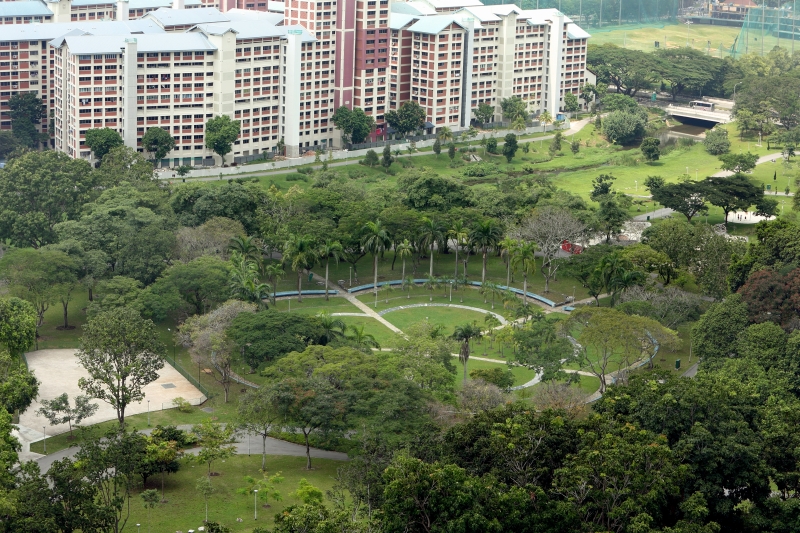
Active, Beautiful and Clean Waters (ABC) Programme, (NParks)
Where: Bishan, Singapore
Singapore is an island country with no freshwater resources. The water supply has always been one of the biggest existential challenges that the country has faced since its independence. Furthermore, with the continued expansion of the country through land reclamation, coupled with sea level rise, coastal Singapore. faces erosion and flooding risks. Finally, storms in Singapore have become more intense and frequent in the past 20 years, resulting in more flash floods. The Active, Beautiful and Clean Waters (ABC) Programme naturalised a concrete storm drain that ran through the park into a 3 kilometers meandering river with lush vegetated banks. Civil engineering techniques were combined with a soil bio-engineering approach and biophilic design principles.
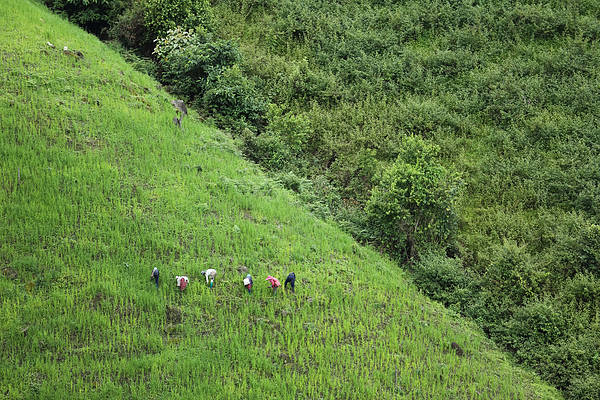
FLR349, (WWF-Thailand)
Where: Chiang Mai & Naan Province, Thailand
Currently, the widespread use of conventional farming practices is damaging soil ecosystems, reducing biodiversity, and heating up the planet. Scientists agree that sustainable agriculture and forest restoration have a strong role to play in both reducing GHG emissions and storing carbon in the soil. To overcome this, WWF Thailand works with the private sector, government, NGOs, social enterprises, cooperatives, local communities and smallholder farmers to pilot a flagship model, FLR349, an agro-ecological and a nature-based climate adaptation and mitigation model that can be scaled up to watershed areas everywhere. FLR349 Fund is a fund that has been developed based on the King’s Philosophy of “Three Forests, Four Benefits” and the development of a value chain which could become a model for farmers living in watershed areas. The FLR349 Fund helps farmers turn their agricultural operation from forest-encroaching mono-agriculture with intensive use of chemicals into the “Three Forests, Four Benefits” agricultural system which helps to restore the environment by stopping the destruction of top soil. Farmers learn to grow perennial trees, fruit trees, vegetables and herbs in a mixed system that is sustainable, and which replenishes the soil. Such plantations function like carbon sinks and water reservoirs which make possible the production of diverse and safe foods for consumption. It helps to empower farmers and their community, helps to reduce their living expenses, and helps to keep them healthy. As a result, they can break free from the endless cycle of debt that has trapped many farmers in our current food system.

Nature-based solutions to protect Guyana from coastal flooding, (Guyana Mangrove Restoration Project (GMRP)
Where: French Guyana
In Guyana, 90% of the population lives below sea level, which makes these coastal communities especially prone to climate change. In addition, almost all agricultural production is located in these coastal plains. Due to climate change, the area has been experiencing coastal flooding events. Mangroves protect around 60% of the coast from flooding, however, this has declined due to degradation and loss of mangrove forest. Under the EU’s Global Climate Change Alliance (GCCA), the Guyana Mangrove Restoration Project (GMRP) supports Guyana’s policies on sea defence, climate change and mangrove management. As sea levels continue to rise, the GMRP is examining ways to shield its people and economy and improve flood protection using mangroves. Together with the National Agriculture Research and Extension Institute (NAREI), GMRP is implementing a mangrove restoration project that includes introducing alternative restoration methodologies, such as planting coastal grass species, constructing fences to control grazing, and hydrologic restoration. They also created a GIS-based monitoring and mapping system to integrate sea defence monitoring, and continued monitoring, reporting and verification of forests under Reduced Emissions from Forest Deforestation and Degradation (REDD+) scheme.
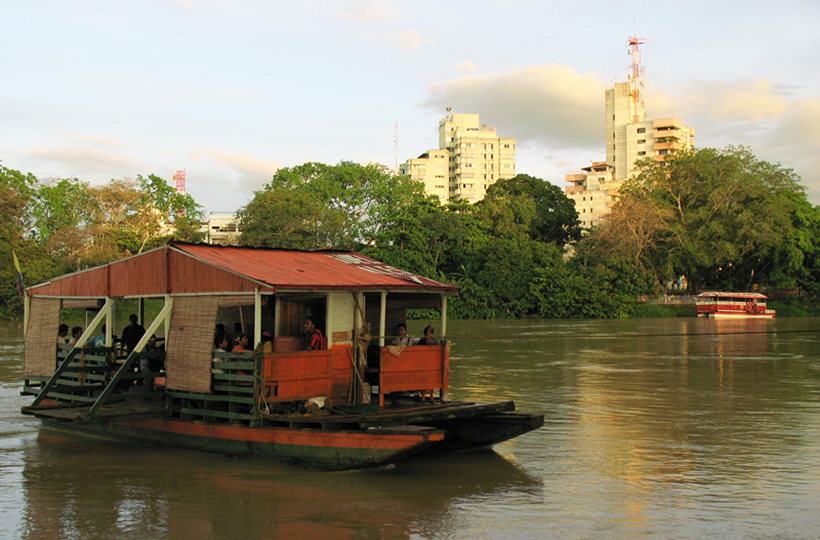
Urban Solutions Monteria, (WWF)
Where: Monteria, Columbia
Montería, a small city in Colombia, created a Green City 2019 plan with 26 actions to address 15 challenges, including: urban mobility, energy efficiency and renewable energy, waste management, basic sanitation and drinking water, sustainable construction, environmental responsibility, agricultural and livestock development, climate change vulnerability, adaptation and resilience, citizen culture, conservation of ecosystems, and reforestation and green zones. Monteria has received funding for these projects as a pilot city in the Sustainable and Competitive Cities program of the Inter-American Development Bank (IDB) and the Financial Institution for Development (Findeter). Monteriá has established a reforestation initiative with the aim of planting one million trees by 2019 – while also engaging 1,000 people in the process and raising awareness of the benefits of green spaces in the city while improving soil quality in the city’s green zones.

More Trees Now
Where: The Netherlands
The Organisation ‘More Trees Now’ has formulated its goal to give away 1 million unwanted sapling to councils and farmers. Whereas normally these unwanted tree sapling were thrown away, this organization collects these saplings and plants them to restore forests in the Netherlands. The organization hopes that this circular initiative will be practiced and normalized across other areas in Europe. They have also launched a database called Tree Planner to coordinate these efforts. Every harvest supervisor, volunteer, planting location and tree hub will have their own profile to find and plan tree planting events in the region themselves.
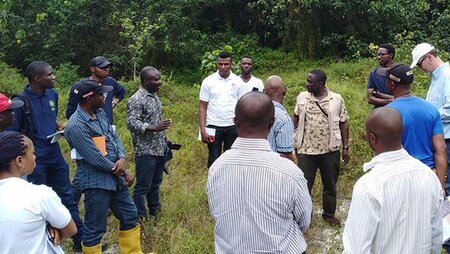
Africa Practitioners Network, (Proforest)
Where: West & Central Afria
In West and Central Africa, agricultural and forest commodity production is rapidly expanding and there is growing interest in making production responsible. Capacity development is essential to address the lack of practical understanding and experience of interpreting, implementing and auditing sustainability measures and to deliver this transition to responsible production.
The Africa Practitioners Network focuses on strengthening participants’ capacity to understand, implement and monitor sustainability initiatives including certification (FSC, RSPO), Regional Principles (eg. TFA APOI) and legality agreements (eg FLEGT/VPA).
APN develops capacity various ways including: Delivering training courses with partners, building on existing good practice; providing opportunities for learning through practical experience, where participants engage in field work with expert mentors; and prioritizing support for institutions and individuals that demonstrate commitment to the natural resources sustainability sector.
Linking ‘no-deforestation’ supply chains and national climate mitigation initiatives, (Proforest)
This project will work with companies, governments, local civil society and international multi-stakeholder and industry initiatives to develop and test approaches and guidance to better align and integrate implementation of private-sector commitments to eliminating deforestation from supply chains with national policies and initiatives to address deforestation.
Landscape-level land use planning, management and monitoring pilots on relevant commodities, including cocoa, palm, beef or rubber, will be combined with capacity building to embed improved and more equitable land use planning, management and monitoring into public and private actors’ work plans and systems. These aim to protect and restore forests and enhance rural livelihoods, whilst safeguarding and raising awareness to ensure respect for land and women’s rights and equitable participation of marginalised groups. The programme team has worked with the Peruvian technical staff of the Ministry of Environment to ensure the successful continuity of the programme whilst the central government ministers change as a result of elections. This involves working with a consultant to map and report on Peru’s GHG emissions and forest emissions reference level to the UNFCCC in order to comply with REDD+ mechanisms. Proforest is also supporting the Ministry of Agriculture and Development to develop a National Oil Palm Strategy. RSPO producer training are also planned, together with TFA, for national government staff and small-scale producers in the Amazon region in October 2021.
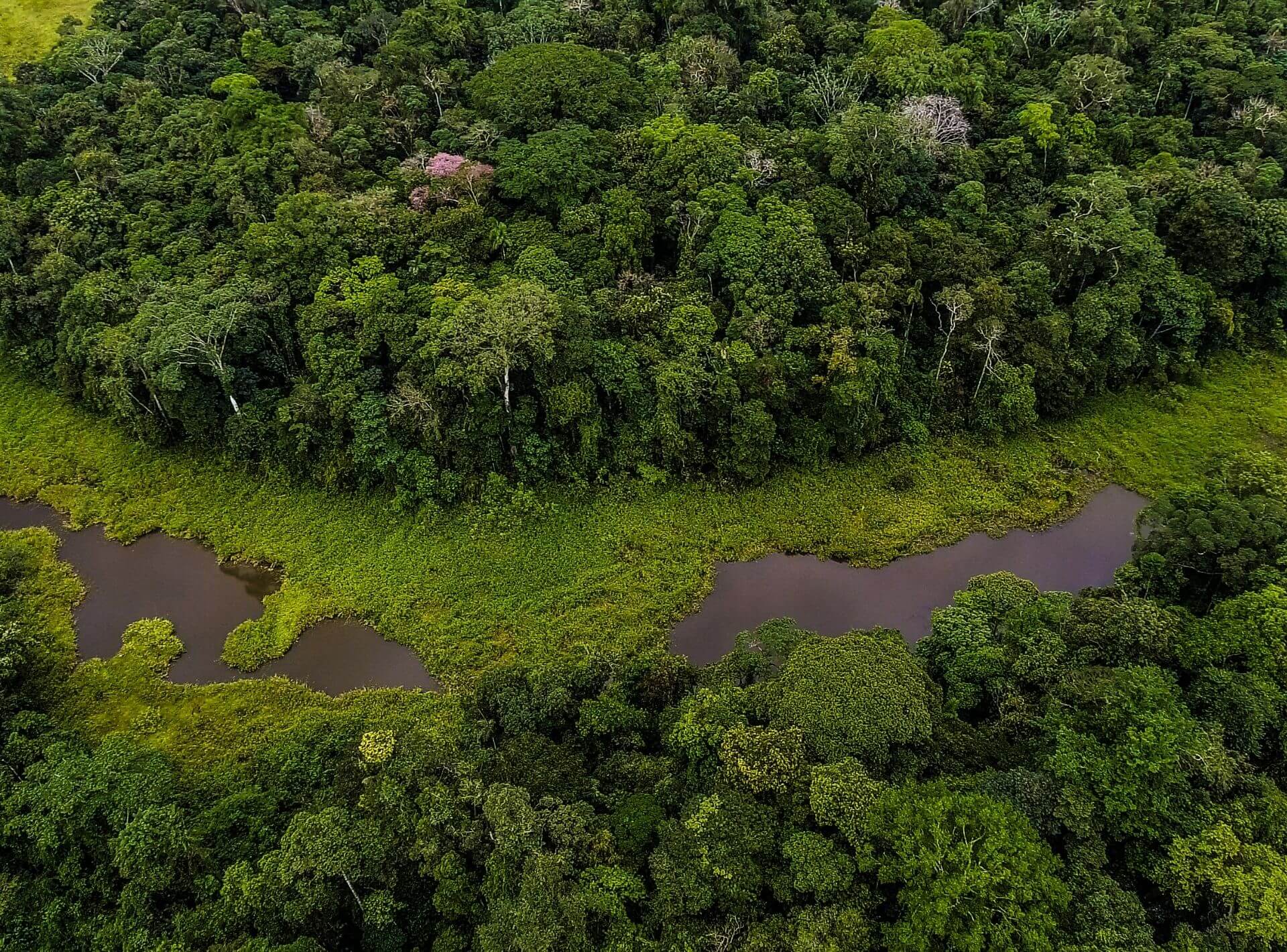
Amazonian Platform For Forests, Climate, and Human Wellbeing, (Nature and Culture International)
Where: Ecuador
The Amazonian Platform for Forests Climate and Human Wellbeing is a collaborative agreement among the six provinces of the Ecuadorian Amazon and the Confederation of Indigenous Nationalities of the Amazon of Ecuador. Here, the provinces of Pastaza, Zamora Chinchipe, Morona Santiago and seven Indigenous nationalities from the Ecuadorian Amazon have begun to work together to show the world that deforestation and degradation of the largest rainforest on the planet can be reversed. In the first phase of this pact, three provinces are committing to effectively manage and protect 11 million acres of continuous forest making up the largest biological corridor of continuous forest in Ecuador and sequestering 2.3 billion tons of carbon. This union is a commitment to sustainably manage and protect the largest biological corridor of continuous forest in Ecuador in provincial conservation areas. It will generate opportunities for the implementation of a National Strategy and Provincial Strategies for Climate Change, REDD+ and RIA, including reducing deforestation, restoring degraded areas, implementing sustainable livelihood projects, and management of existing conservation areas, among other initiatives.
Where: Guadeloupe
In Petit-Canal, a municipality situated in Guadeloupe, the beach of Anse Maurice is designated as pilot experimental site for the Carib-Coast project. The observed decline of this coastline has resulted in the ambition to restore this coastal forest. A dense and species-diversified vegetal cordon could mitigate the erosion of the coastline. Accordingly, the French Forestry Institute has densified plant cover in order to restore the coastline.
Guadeloupe Port Caraïbes: putting climate change at the heart of the port’s activity, (AIVP)
In June 2016, the Guadeloupe Port Caraïbes launched its environmental programme, which ‘marked a turning point in the way environmental issues are treated as central to the port’s activity’. This Cáyoli project is centred around the principle that there is a need to take a global approach to environmental challenges, as ecosystems are connected systems. They aim, among other objectives, to promote coherent green corridors, plan in the long term, co-produce tools around biodiversity, maritime issues and waste. An example of this plan in action is the creation of a mangrove nursery.
LIFE DUNAS, (European Commission)
Where: Madeira, Portugal
In Porto Santo Islands, the LIFE DUNAS project has been installed in order to enhance the resilience of its dune ecosystems to effects of climate change. They aim to improve its resilience by focusing on nature-based solutions, ecosystem-based approaches and long-term sustainable use of pre-dune areas. Their main goals include improved coastal dune resilience, improved shadowing and microclimatic conditions to face heat waves, greater resilience to wind erosion in pre-dune areas, improved resilience to flooding and erosion caused by storms in vulnerable areas, and complementary reduction in CO2 emissions from avoided energy consumption.
Parco Italia, (Amazon)
Where: Italy
Recently, Amazon announced a 20 million grant for NbS in Europe, as part of Amazon’s Right Now Climate Fund. One of its first projects – the initiative ‘Parco Italia’ – aims to plant 22 million trees (one tree per city resident) across 14 metropolitan areas in Italy. These trees will be planted ‘in synergy with the urban forestry activities already active’ in these areas. An example of a project is the ‘Forestami project’, in the metropolitan city of Milan, where three million trees within 2030 will be planted. These projects are connected to the EU funding for RECOVERY after Covid.
NAWAMED, the Role of Nature-based Solutions in Italy toward Sustainable and Inclusive Urban Regeneration, (Regional government of Sardinia)
Where: Sardinia, Italy
In Italy, domestic water use can be reduced by using so-called ‘Non-Conventional Water’ (NCW) Resources, such as ‘constructed wetland systems’. The NAWAMED (“Nature Based Solutions for Domestic Water Reuse in Mediterranean Countries”) aims to lower domestic water use by installing new green and low-cost treatment technologies for wastewater recovery. NAWAMED serves as an example of a holistic approach for innovative nature-based urban transformation. An example is the install of a ‘constructed wetland plant’ in the Province of Latino (Lazio), in order solve sanitization challenges.
Wallington Estate LiDAR survey, (National Trust)
Where: Wallington Estate, Northumberland, UK
The Trust’s biggest tree planting initiative to date includes planting 75,000 British native trees on the Wallington Estate in Northumberland, but before the planting begun the Trust surveyed the land to ensure they plant the right tree in the right place. They used an aerial LiDAR (Light Detection and Ranging) survey, which uses the pulse from a laser to collect precise measurements between a light aircraft and the ground, producing a minutely detailed map of the ground surface, including features normally concealed by trees or undergrowth.
The initial analysis revealed fascinating details of Wallington’s archaeology dating from 2,000BC to 1,900AD including traces of historic, healthy woodlands dating from the mid-eighteenth century which were cleared and not replanted, and over 120 new archaeological features. The team will use the information to decide where new trees and hedgerows should go, to minimise the impact on the landscape’s archaeology. By basing new planting plans on historic planting schemes the team aims to create habitat benefit as well as restoring lost features of the historic environment.
Peru REDD+ Safeguards Information Module, (Ministry of Environment Peru (MINAM))
After 10+ years of readiness preparation, Peru is launching their Safeguards information Module – meeting a key requirement under the UNFCCC and also putting into place a technical solution to provide information on how safeguards are being addressed or respected throughout the implementation of REDD+ activities in Peru. The system was developed through a highly participative approach, with inputs from the Technical Sub-Committee on Safeguards, and from the local level through the Dialoguemos (Let’s talk) process for REDD+. This system will also help Peru to meet commitments under its Joint Declaration of Intent for REDD+, and to show to domestic and international stakeholders how it is ensuring environmental and social integrity through its REDD+ implementation.
Safeguards+ Platform, (MiAmbiente+ Honduras)
Where: Honduras
Honduras, a country which has suffered devastating impacts from Covid-19, natural disasters and climate change in previous years, as well as environmental and social challenges such as threats to environmental defenders, has developed the Salvaguardas+ Platform through a Green Climate Fund and UN Environment Programme-supported project. This work has developed a unified safeguards framework – the first of its kind worldwide – for all climate change projects and programmes, to both support the environmental and social management of projects, as well as to build capacity on safeguards among key stakeholder groups. The Platform includes a Virtual Course as well as a series of tools and guidance to support environmental and social management.
Agrovita, (Proforest and PepsiCo Mexico)
Where: Tabasco and Chiapas, Mexico
Proforest is leading the technical work in a new sustainable landscape programme launched by PepsiCo. Agrovita is a three-year programme focused on PepsiCo’s supply chain for plantain, cocoa and palm production in the Tabasco and Chiapas regions in southern Mexico. PepsiCo and Proforest are focusing on agricultural and social factors within the landscape and communities.
Proforest is leading the initial engagement with suppliers and communities to understand what support is needed, and to understand the local governance structures, review existing initiatives and identify local partners. The goal is to create long-term agreements for sustainable production.
Social development will encompass local communities, people working in the plantations and their dependents. This will include improving their nutrition, access to potable water, as well as health and safety and sanitation for workers. Outreach will be sensitive to any local needs to isolate during the pandemic, while also supporting vulnerable communities at this time.
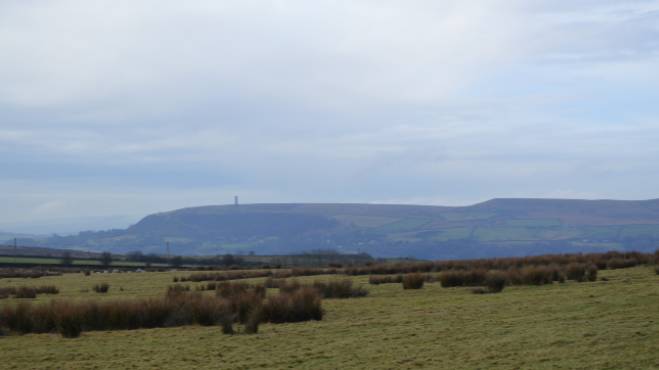
Holcombe Moor Restoration, (National Trust)
Where: Holcombe Moor, UK
This project collaborated with partners to transform a moorland plateau near Manchester, supporting conservationists to build 3,500 peat bunds – low, scallop-shaped banks of peat which allow water to pool behind them – to tackle the effects of climate change. Work also involved building 403 stone dams and 308 peat dams to further slow the flow of rainwater running off the plateau and planting half a million sphagnum moss plugs to create boggier habitats and hold moisture in the soil. The aim was to create a ‘giant sponge’ to help to reduce flooding in neighbouring communities. It is thought that interventions may already be having some effect, with the flood-prone communities at the bottom of the moor avoiding damage during Storm Christoph early in 2021.
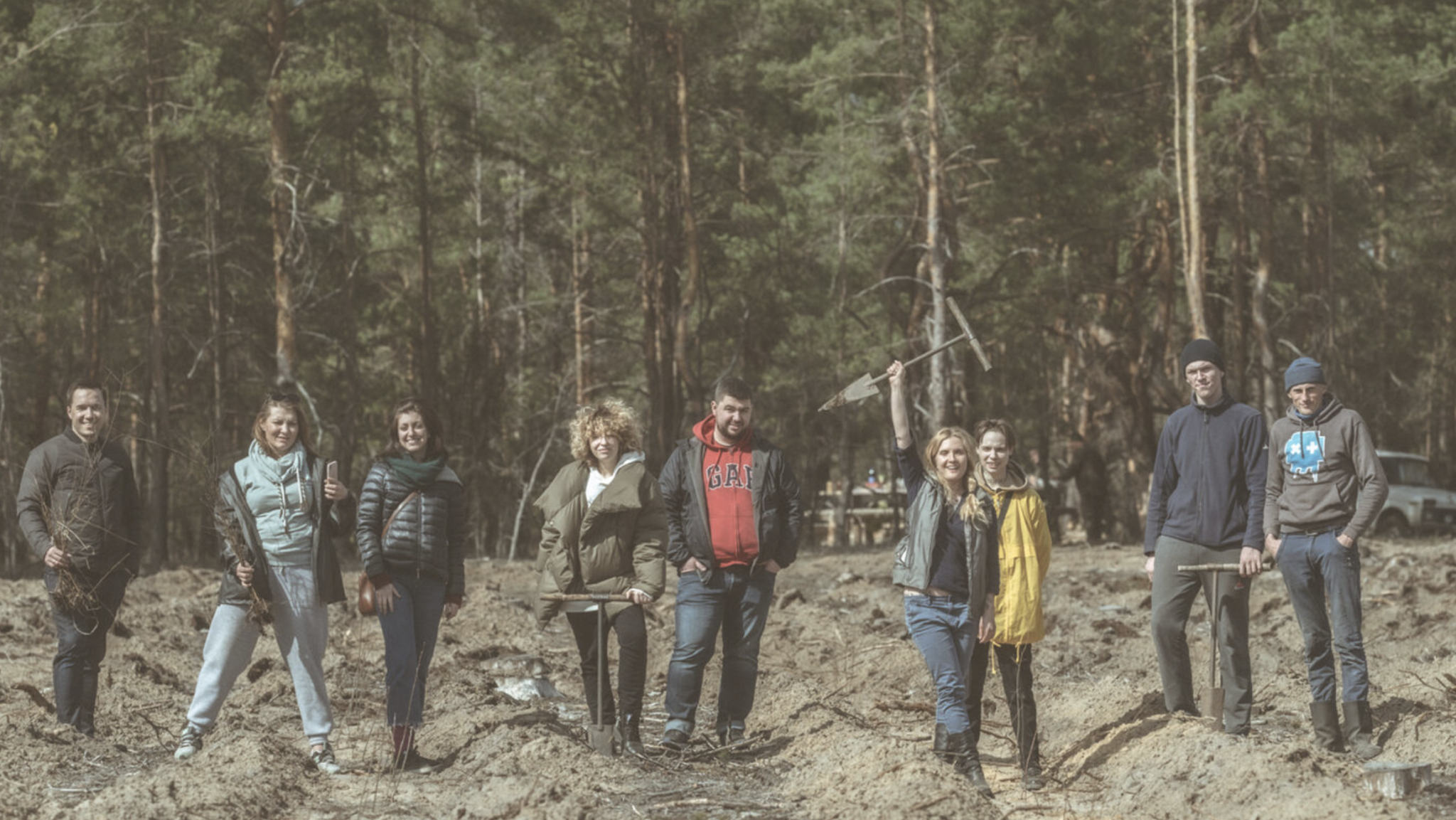
Re Climate + Selyasnki Les, (Re Climate and Terraformation)
Where: Riven'ska Oblast', Ukraine
Terraformation and Re Climate have partnered to plant 100,000 trees in the fall of 2021 in a pilot native forest restoration project. If the pilot is successful, the partners will go on to plant an additional 14 million trees across 7,000 hectares. The planting will include 14 unique native species, and capture an estimated 2.8 million tons CO2. The project will help to restore land damaged from amber mining and will provide local jobs.
CommuniTree, (Taking Root)
Where: Nicaragua
Taking Root’s CommuniTree program in Nicaragua helps brands meet their climate commitments by working with farming families to grow forests on previously under used-land. The program is built around putting the needs of the farmers first, helping them grow native tree species to create sustainable livelihoods from forest-based enterprises. Taking Root uses its technology platform to combine in-field mobile surveys with remote sensing data, using advanced geospatial and machine learning analytics to deliver trusted third-party forest and carbon assessments. The program has become the largest reforestation initiative in Nicaragua, growing 10 million trees, sequestering 1.5M tonnes of carbon on 7,000 hectares of degraded land and driving over $6M in payments to thousands of participating farmers. Hailed as a best-practice approach by the EU and UN, Taking Root’s model from the CommuniTree project is now being applied with thousands of farmers across all 3 tropical continents.
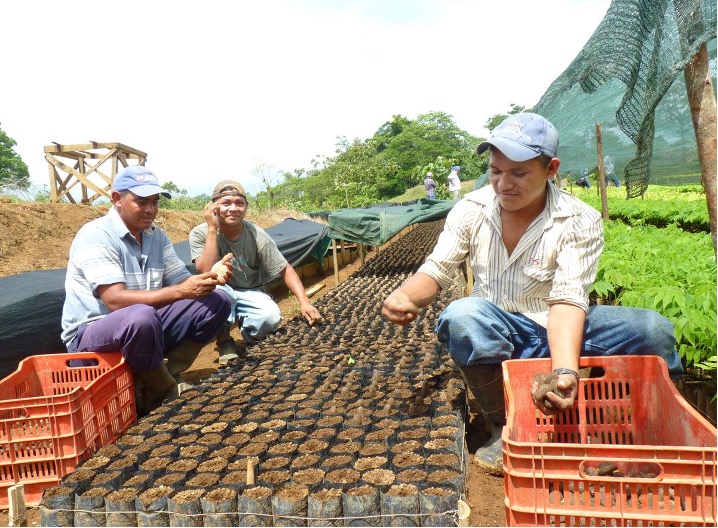
Mixed Reforestation in Costa Rica, (BaumInvest)
Where: Central North, Costa Rica
Rainforests in Costa Rica are biodiversity hotspots. However, rainforests around the world are under increasing pressure from a range of factors including logging, land-use change and agricultural expansion. Climate change is driving rainforest degradation, which is further exacerbated by forest loss, creating a vicious cycle of negative impact. To tackle this, BaumInvest is reforesting areas of degraded land which border existing biodiversity corridors in Costa Rica, leading to an expansion of habitable areas for plants and animals alike. By mirroring growth patterns of natural forests, BaumInvest reproduces near-natural forests on degraded grazing lands, using 40 different combinations of slow and fast growing trees, creating the necessary shade according to the respective plot. This type of reforestation is critical in ensuring the area can withstand more extreme weather conditions. For example, cultivating tree species of different heights makes it harder for hurricanes to uproot trees.
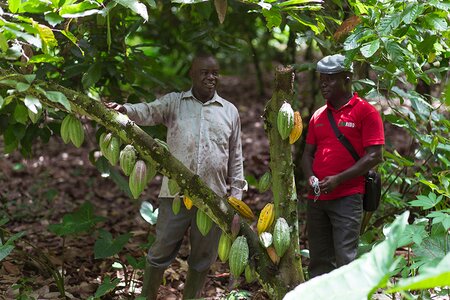
Asunafo-Asutifi Landscape Programme, (Proforest and World Cocoa Foundation)
Where: Asunafo-Asutifi, Ghana
The overall goal of the Asunafo-Asutifi landscape programme is to establish a Landscape Governance Structure in collaboration with key landscape stakeholders and a consortium of private sector companies to implement a Landscape Management and Investment Plan to eliminate deforestation risk; adopt and implement climate smart cocoa production standards; deliver cocoa agroforestry models including tree/carbon stock enhancement in the Asunafo-Asutifi landscape; deliver improvement in landscapewide smallholder livelihoods; and address key landscape environmental and social challenges, using appropriate tools and approaches in the cocoa sector and through multi-stakeholder collaboration.
The Asunafo-Asutifi Landscape Programme is being developed under the framework of the Ghana Cocoa Forest REDD+ Programme (GCFRP). The GCFRP is the Ghana government’s move to articulate the world’s first commodity-based landscape-level emissions reduction programme funded by the Forest Carbon Partnership Facility (FCPF).
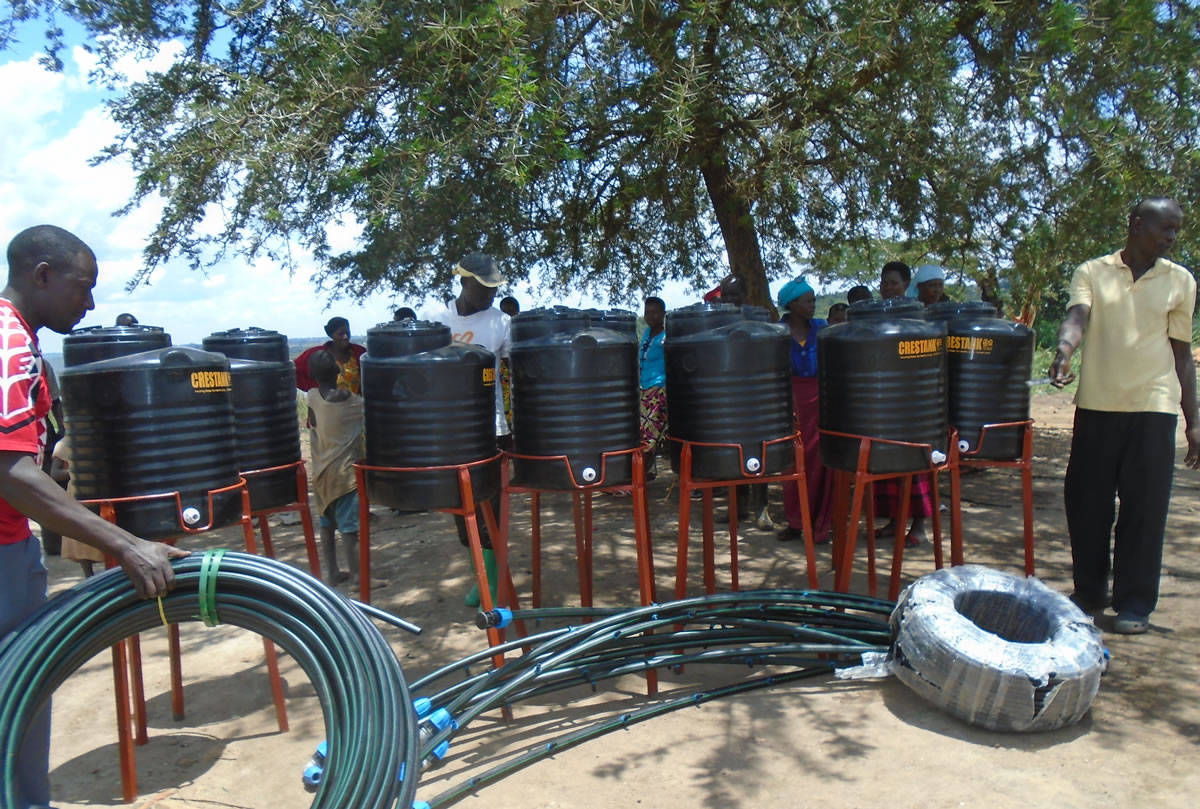
Youth Initiative for Community Empowerment, (YICE Uganda)
Where: Kassanda District, Uganda
YICE Uganda provides rural smallhoder farmers in Uganda with access to regenerative agricultural training, flexible financial services and permaculture practices to reduce hunger, and poverty. YICE Uganda implements practical regenerative farming activities targeting last mile smallholder female and young refugee farmers in rural Uganda. The goal of their intervention is three fold; to promote food security, to regenerate the biodiversity and achieve climate change adaptation, and improve incomes for smallholder farmers. They carry out a number of community-led activities; such as: Practical farmer training in permaculture and regenerative farming, trainings in water harvesting, production of mobile low cost drip irrigation kit, production of organic fertilizers and mobilizing beneficiaries into savings groups.
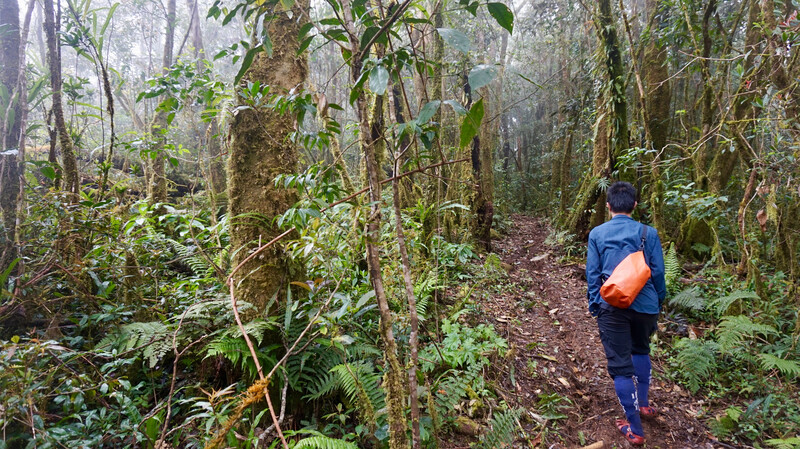
Re:wilding the Annamites, (Re:wild)
Where: Annamites, Vietnam
The Annamites, a rugged mountain chain on the border of Vietnam and Laos, harbors some of the world’s most threatened and least-known mammal species, several of which are found nowhere else on the planet. In order to protect and restore the biodiversity in the Annamites, Re:wild is developing: Wildlife crime prevention initiatives in key sites, mentoring the next generation of Vietnamese conservation scientists, fostering community-driven conservation efforts, developing monitoring programs for individual species and the biodiversity of the Annamites, working to better understand the drivers of snaring and poaching, and working to establish a conservation breeding program for the rarest of the species with our partners, so they can be reintroduced to the wild in the near future.
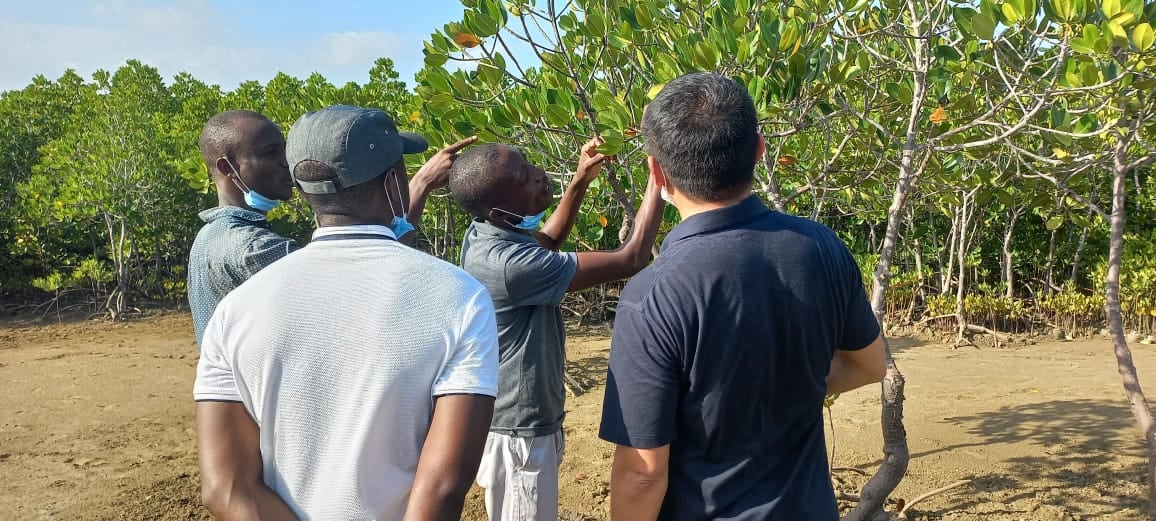
Big Ship, (Big Ship Community Based Organization)
Where: Mombasa; Tudor Creek, Kenya
Big Ship is a youth-led project that runs a mangrove ecosystem protection and restoration. Their community-based organization focused on environmental conservation and community development, and aims to restore 50He but with a 95% survival rate of Mangrove seedlings, which are highly valued trees with national protection and are facing extinction due to widespread deforestation. Their program, in collaboration with Kenya Forest Officer arrests illegal mangroves loggers to help protect and preserve the mangrove ecosystems.
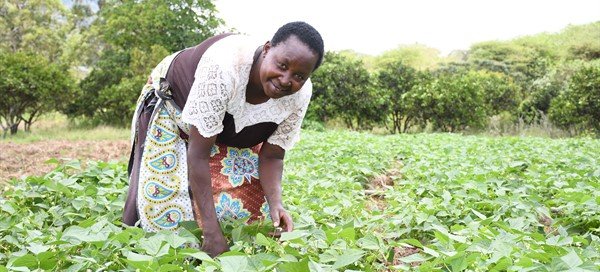
Sand dams and climate-smart agriculture, (Excellent Development)
Where: Machakos County, Kenya
Excellent Development supports communities in Kenya through water and soil conservation in drylands. Their primary goals are to promote the conservation, protection and improvement of the physical and natural environment for the public benefit; to relieve poverty by supporting sustainable development projects; and to advance the education of the public in the subjects of sustainable development, conservation and the relief of poverty. They support rural communities in dryland areas to gain access to clean water and grow enough food to eat and sell. They teach communities the application of sand dam technology as part of an integrated approach to water security, sustainable development and infrastructure development.
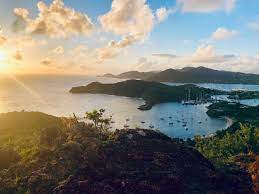
Caribbean Tree Planting Initiative, (Wallings Nature Reserve)
Where: Antigua and Barbuda
The Wallings Nature Reserve is the first community-managed National Park in the Antigua and Barbuda. The organization has spearheaded nine different initiatives to restore and protect Antigua and Barbuda’s habitat. Some of these include the Caribbean Tree Planting Initiative , which was established in unison with the Sandals Foundation to replenish 10,000 native trees by the summer of 2022. The reserve has also created a unique trail marking system, cleaned a reservoir that has been neglected for over 30 years, and is currently embarking on a major reforestation project to remove an invasive lemongrass species from the islands.
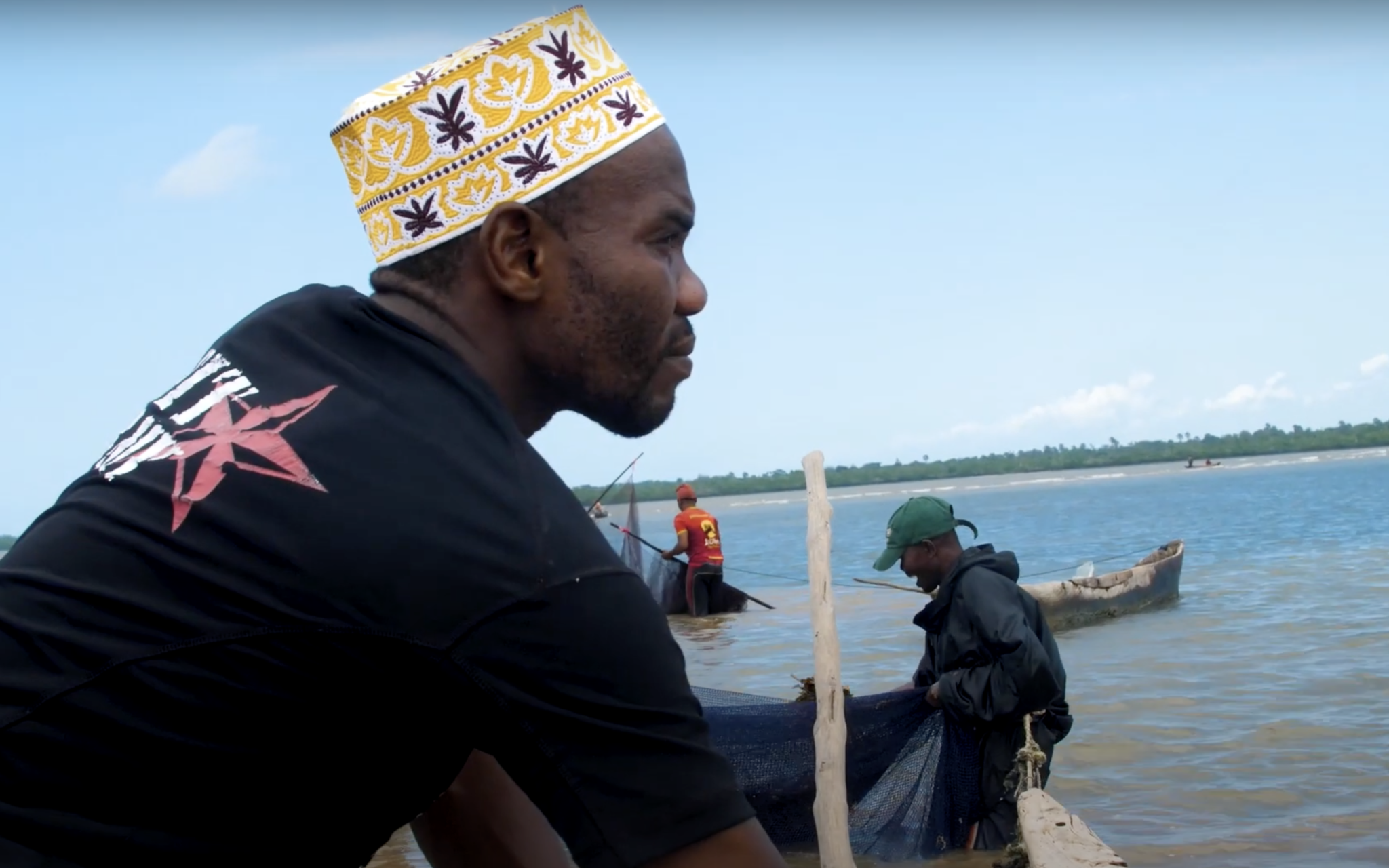
Community-based mangrove forest restoration, (Plan International)
Where: Kwale County, Kenya
Plan International Kenya supported alternative and supplemental livelihood strategies to aid in the ability of local communities to withstand climate and economic risks. Led by community mangrove groups and tree planting groups in upstream communities, the project aims to restore mangrove forests and have seen increasing yields in the number of trees grown and their survival rate. The project enables local groups to grow and replant mangrove seedlings along the Kwale coastline, and restore the tree cover loss the region has experienced since 2000.

Agoro Carbon Sustainable Agriculture Project, (Agoro Carbon Alliance)
Where: United States
Agoro Carbon’s US program supports farmers to implement climate-positive farming practices that reduce or sequester carbon in the soil. As well as obtaining higher yields of Certified Climate-Smart Crops from these practices, farmers also generate income via Agoro Carbon’s reliable, high-quality Farm Carbon Credits. These credits provide a financial incentive for farmers to transition to more sustainable practices. Agoro Carbon’s quantified agronomic training and knowledge transfer to farmers will be a key driver of co-benefits, such as decreased soil erosion, improved rainfall infiltration to the soil and retention of nutrients, prevention of loss/run-off to vulnerable waterways, and increased soil organic carbon. The project was initially launched in Iowa, South Dakota, Nebraska, Washington, Texas, and North Dakota.
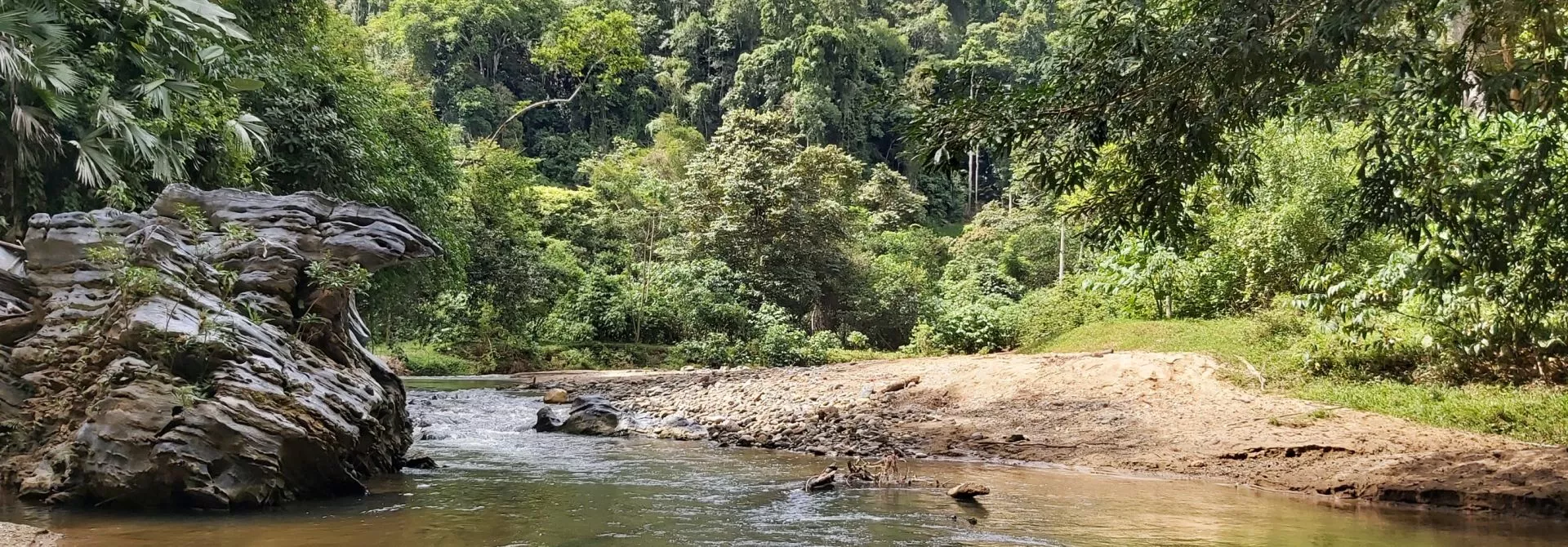
Connecting wildlife in the Alicante River Canyon, (South Pole)
Where: Maceo, Antioquia, Colombia
The Nordeste and Magdalena Medio regions of Antioquia, Colombia are known for their unique ecosystems and extraordinary biodiversity. However, the expansion of the agricultural frontier, deforestation, fauna and flora trafficking, and illegal mining have increased the pressure on endemic and threatened wildlife. The project aims to protect critically endangered species such as the blue-billed curassow, which numbers less than 2,500 individuals in the wild, according to the IUCN. It does this by developing activities to allow the forest and water sources to recover while creating alternative forest-friendly livelihood opportunities for local communities, like agroforestry and silvopasture. South Pole teaches the landowners how they can receive sustainability certifications and trade their products in more competitive and specialized markets so they can increase their income and therefore improve their quality of life. By creating diverse income streams, communities are able to move away from practices that damage the environment, ensuring the project is sustainable in the long-term. As an added value, conservation actions will promote ecotourism.
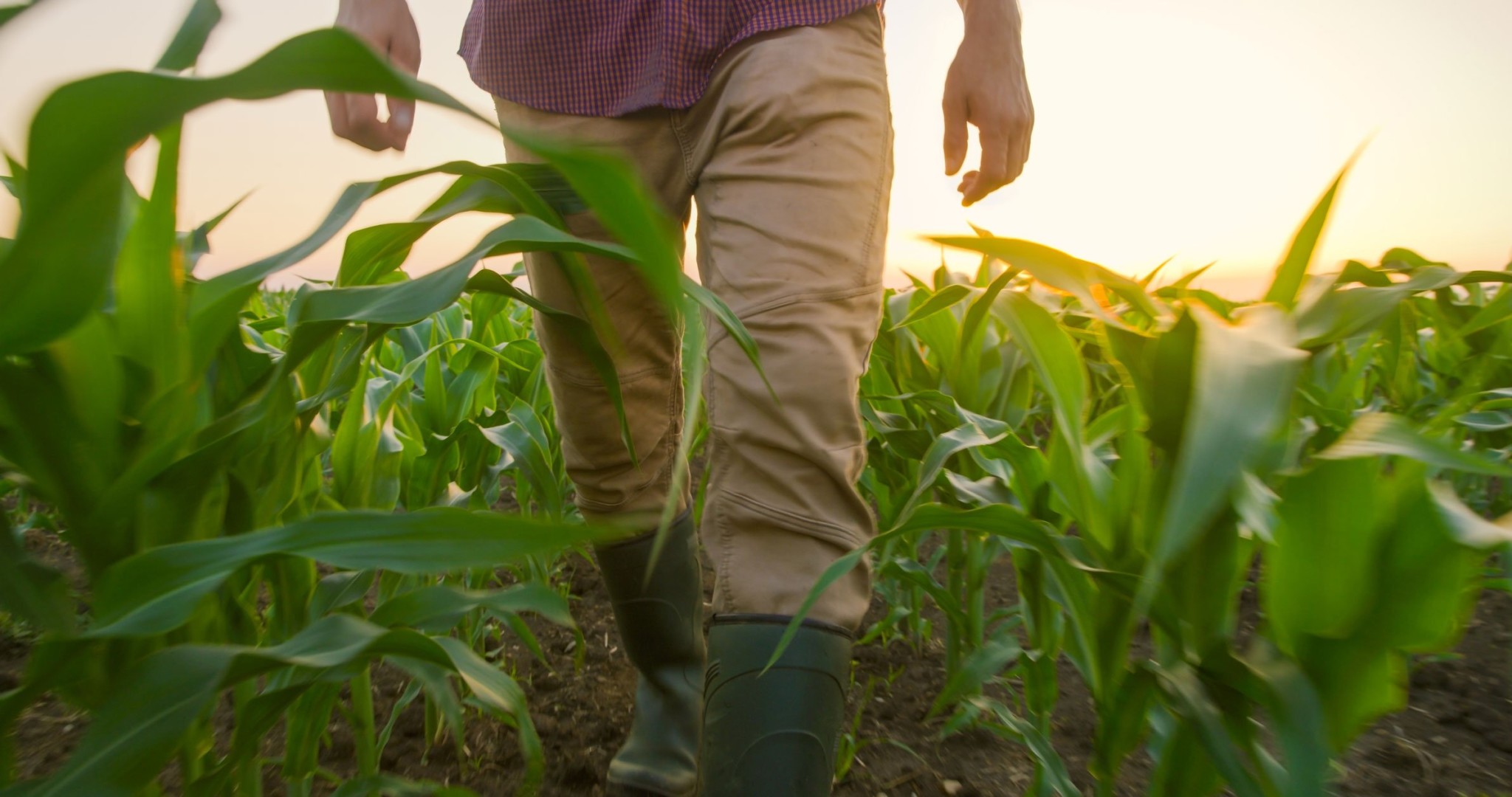
Carbon by Indigo, (Indigo Agriculture)
Carbon by Indigo helps farmers adopt regenerative farming practices to produce the world’s most important crop – carbon – and connect with corporations integrating high-quality offsets in their long- term decarbonization and sustainability strategies. Since launch, thousands of growers have committed to practice changes on 3.3 million acres. Net carbon impacts of additional practices are being quantified and verified according to independent registry approved protocols and via accredited third-party verifiers. Indigo’s Carbon platform allows for growers to learn about new – additional – regenerative practices, understand which are best for each of their fields and feel supported through their adoption and implementation. All growers have access to Carbon College, an introductory course for ‘all things Carbon farming’. Carbon college has dedicated space to learn about carbon markets, specific practice changes, and their impact on operational profitability with region-localized content. Indigo also provides a customizable ‘carbon calculator’ to helps demonstrate location-specific profit potential of regenerative practices. The full program is available in 28 states within the United States; a full pilot in Germany was recently launched, along with a feasibility study in Ukraine (with the IFC).
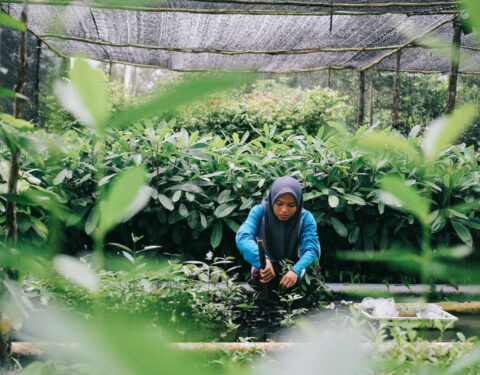
Sumatra Merang Peatland Project, (Ecosphere, Forest Carbon)
Where: South Sumatra, Indonesia
The Sumatra Merang Peatland Project restores peatland rainforest in the Merang biodiversity corridor in South Sumatra, and works with local communities to improve livelihoods and promote rural economic development. To date, the project has avoided 2.6 million tonnes of C02 by protecting and restoring 22,934 hectares of degraded peatland rainforest, an area disrupted by timber extraction, illegal logging and commercial agriculture which have caused the peatland to dry out. Using innovative impact monitoring technology, the project is improving how restoration work is monitored, managed and verified. In addition, to uplift and empower local villages, the project promotes low-carbon livelihoods programmes, such as sustainable fishing production, and supports community development initiatives, including public health campaigns, water and sanitation infrastructure and education programmes.
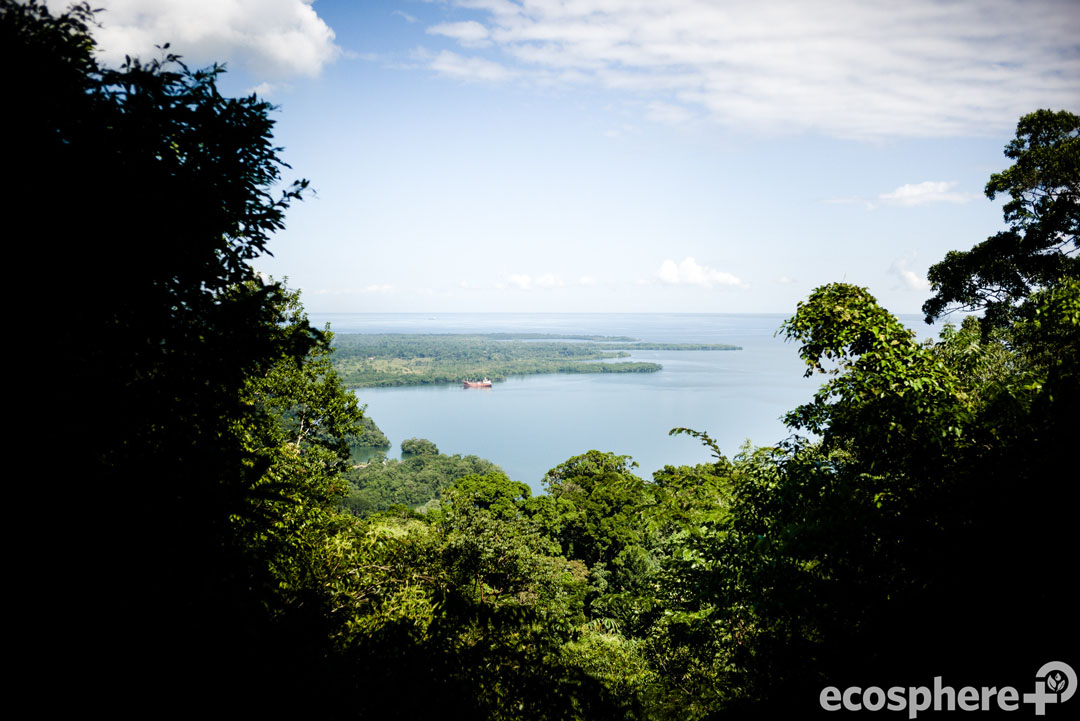
The Conservation Coast, (FUNDAECO)
Where: Izabal region, Guatemala
This project is the world’s largest grouped forest-based carbon project bringing together hundreds of diverse landowners to protect more than 62,000 hectares of threatened tropical rainforest on the Guatemalan Caribbean. To date, the project has avoided over 4.5 million tonnes of C02 emissions by protecting tropical forest threatened by the expansion of industrial agriculture, such as for palm oil and cattle ranching. In doing so, habitat for 30 threatened species, including the West Indian manatee, has been conserved. Project activities are supporting 487 jobs, 24% of which are held by women, and three sustainable business lines have been promoted, such as an ecotourism travel hub. The project activities have contributed €8.4 million to the local economy, and helped to boost the production and sale of sustainable commodities, including cardamom pepper and lychee.
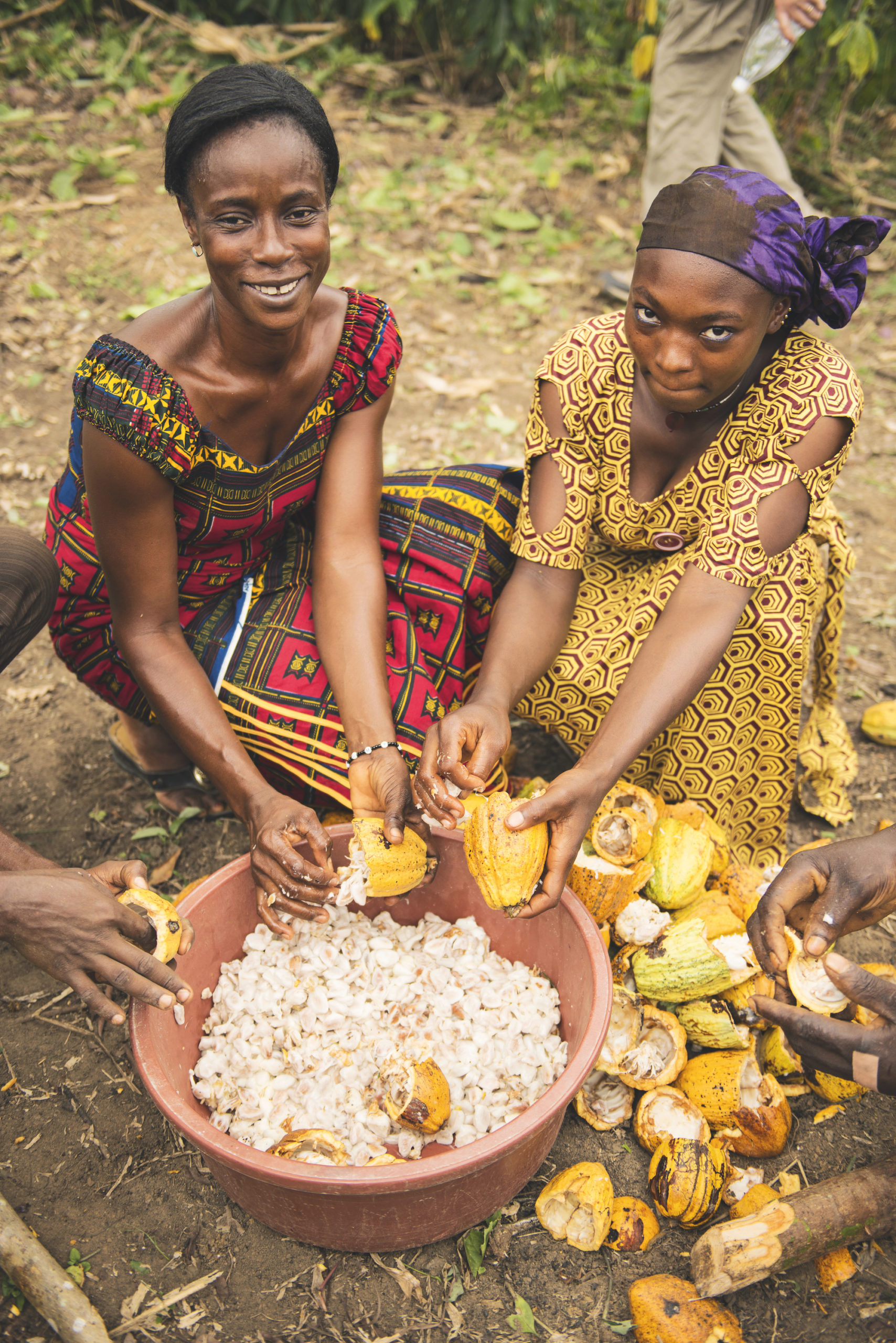
Farm and Cooperative Investment Program, (Sustainable Trade Initiative (IDH)
Where: Cote d'Ivoire
The cocoa sector plays a vital role in Côte d’Ivoire in terms of employment and wealth creation for rural communities. Nearly one million smallholder farmers grow cocoa, producing 90% of the country’s cocoa on farms smaller than four hectares. Côte d’Ivoire has long been struggling to make cocoa production a sustainable business for farmers. But a lack of access to finance combined with unreliable delivery of critical farming materials such as fertilizers limit farmers’ ability to invest in cocoa production, resulting in a vicious cycle. Through IDH’s Farm and Cooperative Investment Program, they work with farmers, financial institutions, and cooperatives in Côte d’Ivoire to improve their profitability and access to finance. IDH focuses on four key activities: assessing each cooperative’s current level of professionalism and using the insights to further build their capacity; engineering new financial products to reach cocoa producers; supporting the development of improved service delivery models; and creating the conditions for a secure enabling environment.
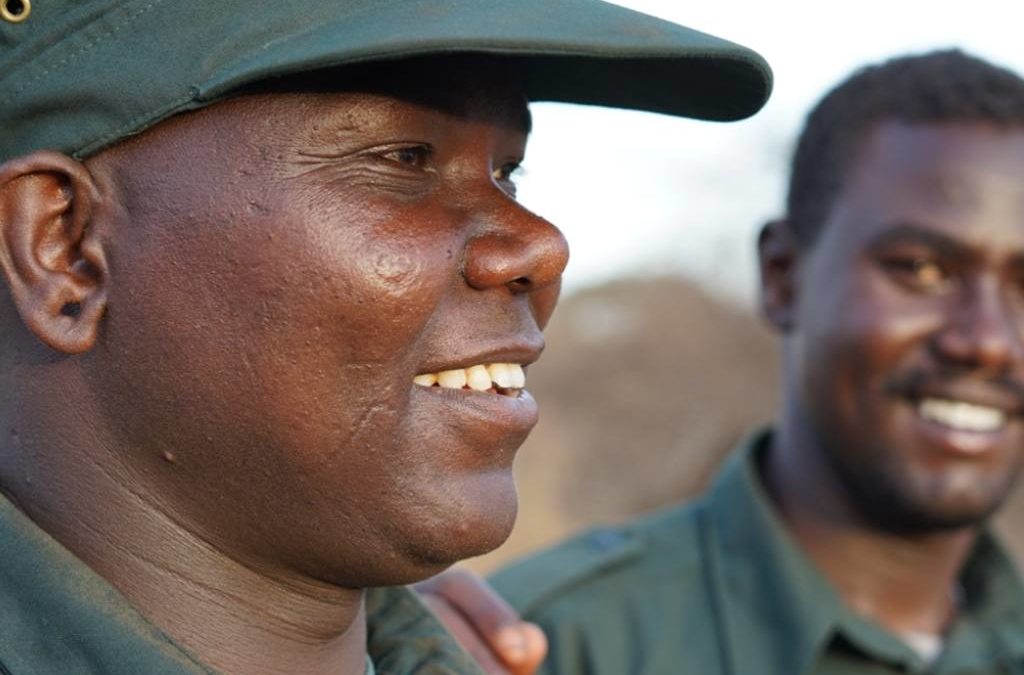
Makame Savannah REDD Project, (Carbon Tanzania)
Where: Kiteto District, Manyara Region, Tanzania
The Makame Savannah project was established in 2016 to help protect critical habitat for protected wildlife in the Makame Wildlife Management Area. The project works with five local communities to help increase the protection of the forests and support traditional livelihoods. Carbon Tanzania signs contracts with the communities which give Carbon Tanzania the right to develop the carbon project and sell the resulting carbon credits, and stipulate that it is the communities’ responsibility to determine the mechanics of how they will protect their forests. In return, 60% of the revenue from selling carbon credits is given to communities, and used on community development projects, expanding educational opportunities, building health infrastructure, and supporting increased forest protection. The communities employ their own Village Game Scouts (VGS) that patrol and protect their forests from deforestation, land incursions, and poaching. Since 2016, over 1 million trees have been saved and over 150,000 tons of carbon emissions have been avoided.
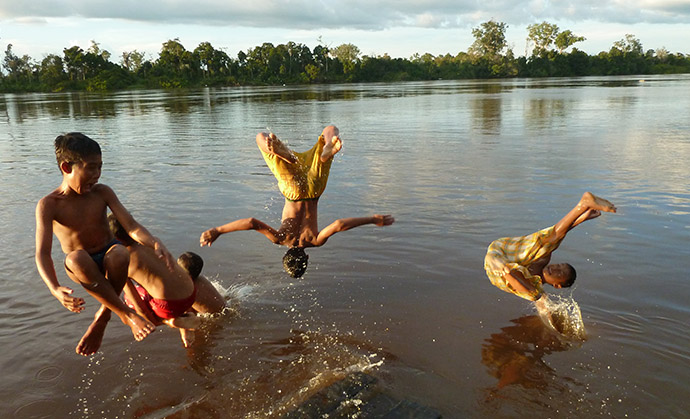
Katingan Mentaya Project, (PT Rimba Makmur Utama)
Where: The Mendawai, Kamipang, Seranau and Pulau Hanaut sub-districts of Katingan and Kotawaringin Timur districts, Central Kalimantan, Republic of Indonesia
The Katingan Mentaya Project (KMP) protects and restores 149,800 hectares of peatland ecosystems. The project is helping to combat climate change by ensuring the large amount of carbon stored in the forest remains locked away. The forest also plays a vital local role in stabilizing water flows, preventing devastating peat fires, enriching soil nutrients and providing clean water. It is rich in biodiversity, being home to an important population of many high conservation value species, including some of the world’s most endangered; such as the Bornean Orangutan and Sunda pangolin. Beyond the forest, the project runs an extensive program of community development for the 34 villages surrounding the project zone. This includes supporting sustainable local livelihoods, improvements to welfare, health provision and education. The success of the Katingan Mentaya Project has demonstrated the value and effectiveness carbon finance-based project work and can be treated as a template for credible, large-scale, community-based forest protection. The project has been designed with robust science, transparency, and third-party auditing and oversight.
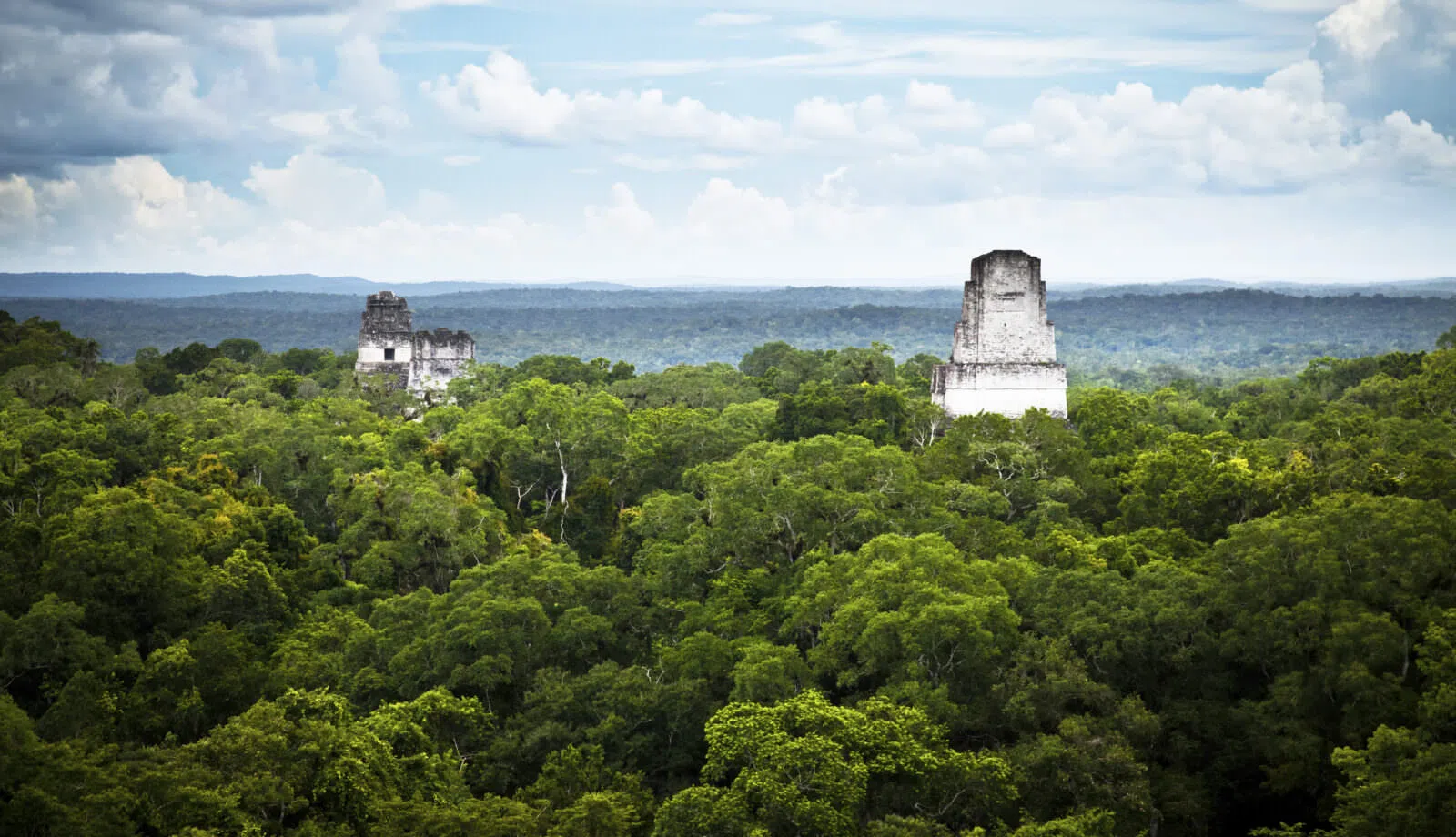
Maya Biosphere Reserve, (Guatemalan Government; UNESCO)
Where: Northern Guatemala
The Maya Biosphere Reserve, established in 1990, contains the largest remaining natural forest block in Mesoamerica. While some areas of the Reserve are plagued by high deforestation rates, 900,000 acres in the eastern part of the reserve have had a near-zero deforestation rate for the past 14 years. The success can be attributed to the innovative community forestry model. Rather than a single expanse of state-controlled land, the eastern area is a network of more than two dozen different management units. Eleven of these units are 25-year forestry concessions, nine of which are managed by local communities for timber and other forest products. The conservation successes are thanks to the people who live in the concessions—who are motivated to protect the forest because they make a good living from it. The concessions generate more than $5,000,000 USD in annual revenue and thousands of jobs—this in a region where legal employment is scarce. The communities use the land for sustainable logging, certified by the Forest Stewardship Council, and for growing and harvesting the ramón nut, used to make flour.
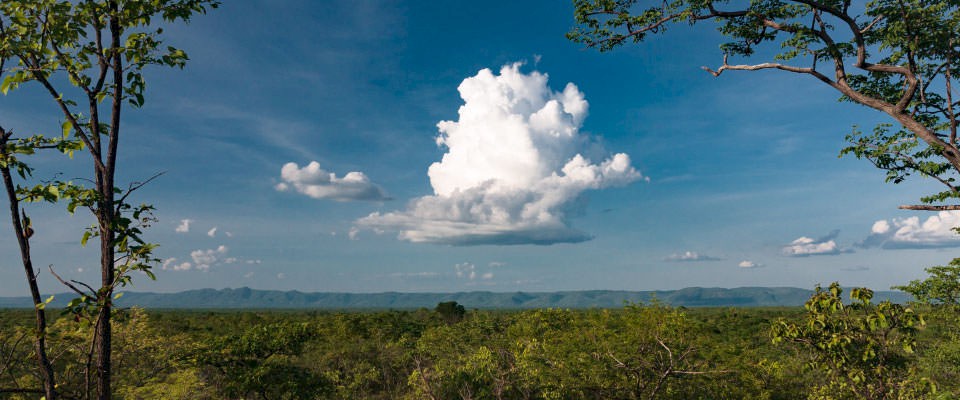
Luangwa Community Forests Project, (BioCarbon Partners)
Where: Luangwa Valley, Zambia
The LCFP is Africa’s largest REDD+ Project protecting 1,197,047 Hectares of threatened forest in one of the last greatest wildlife strongholds remaining on Earth, home to African wild dogs, elephants, leopards and lions. The Luangwa River is one of Africa’s longest undammed, free flowing rivers and is also a pivotal lifeline for wildlife. The LCFP acts as an important, protective buffer to the South Luangwa, Luambe, Lower Zambezi and Lukusuzi National Parks, providing safe habitat and protected migration paths for wildlife. The LCFP works to address key drivers of deforestation while benefitting local communities by reducing poverty, creating sustainable incomes, improving social services, and encouraging conservation. Through the distribution of performance- based Forest Carbon Fees, communities are incentivized to protect their forest and conserve its wildlife. The project supports 217,000 community beneficiaries across 12 Chiefdoms and 36,000 households through direct investments into community projects and livelihood initiatives that seek to improve the quality of life. Beyond its community and biodiversity impacts, the LCFP protects over 514,000,000 trees from deforestation and contributed to the reduction of 1.4 million tons of carbon emissions from being released into the environment in 2020. The project has been successfully verified three times through the Verified Carbon Standard and has achieved CCB Triple Gold Validation for its exceptional impacts
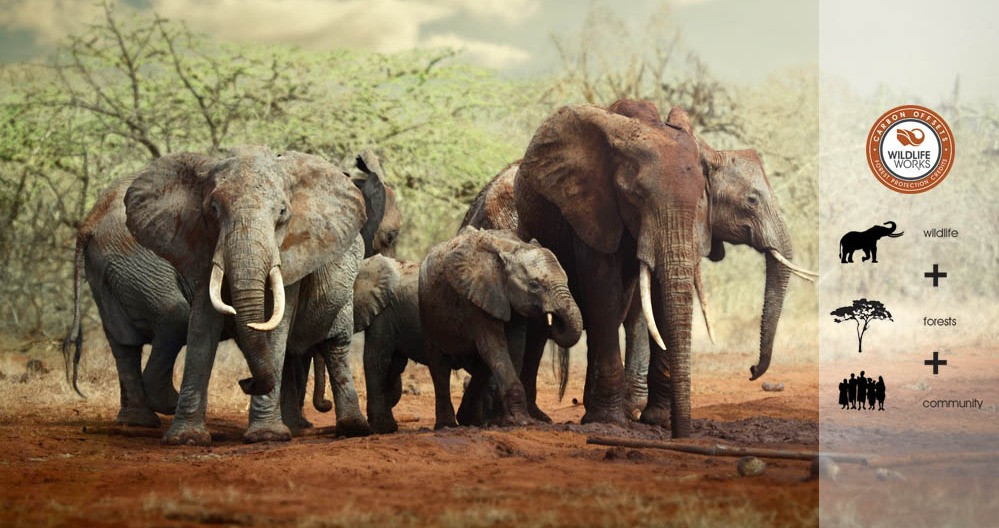
Mai Ndombe REDD+ Project, (Wildlife Works)
Where: Mai Ndombe Province, Democratic Republic of Congo
The Mai Ndombe REDD+ project sits within the Congo Basin, the world’s second-largest intact rainforest and contains some of the most important wetlands on the planet. It’s home to the critically endangered bonobo and forest elephant. The forest communities that live in and adjacent to the forest are among the most economically marginalized in the world. This is a forest and community who have been some of the most severe victims of the global economy’s inequities. The Mai Ndombe REDD+ Project partners with the local community to protect 300,000 hectares of critical bonobo and forest elephant habitat. Wildlife Works sells VERs to progressive corporate leaders and individuals who are committed to reducing their carbon footprints. The income generated is then shared equitably with local landowners and the community who are involved in forest conservation efforts. The project has built 10 schools towards the goal of 28 schools that will impact over 8,000 students. A mobile medical clinic was established and treats thousands of patients who previously had little or no access to health care. The project has received some criticism about the extent to which it actually received free, prior, and informed consent (FPIC) from the local communities, and whether the benefits have been fairly distributed. Continued engagement with the local communities, including ensuring and respecting their rights, and listening to their thoughts on ways to improve the project, could help address these concerns.

TAZO Tree Corps, (TAZO Tea and American Forests)
Where: United States: Minneapolis, the San Francisco Bay area, Detroit, Richmond, VA, and The Bronx, NY
In February, TAZO Tea and American Forests launched the TAZO Tree Corps to bring tree equity and urban forestry jobs to U.S. cities. Black, Indigenous, and People of Color (BIPOC) communities across the country have 20% fewer trees on average than in white communities. This lack of tree equity – a vision for all people in every community to receive the benefits that trees provide, regardless of income, race or location – affects everything from a neighborhood’s air and water quality, mental health, stormwater management, utility bills, property values, and economic resilience. To address this, TAZO tea has partnered with American Forests to launch the TAZO Tree Corps, an urban forestry workforce that aims to transform lives by training and employing local fellows to plant and care for trees in the neighborhoods that need them the most. Achieving tree equity will require planting 31.4 million trees every year and an investment of at least $8.9 billion in urban forestry in the U.S. annually. Ultimately, scaling up urban forestry efforts would also support more than 228,000 jobs and store almost a billion metric tons of carbon.
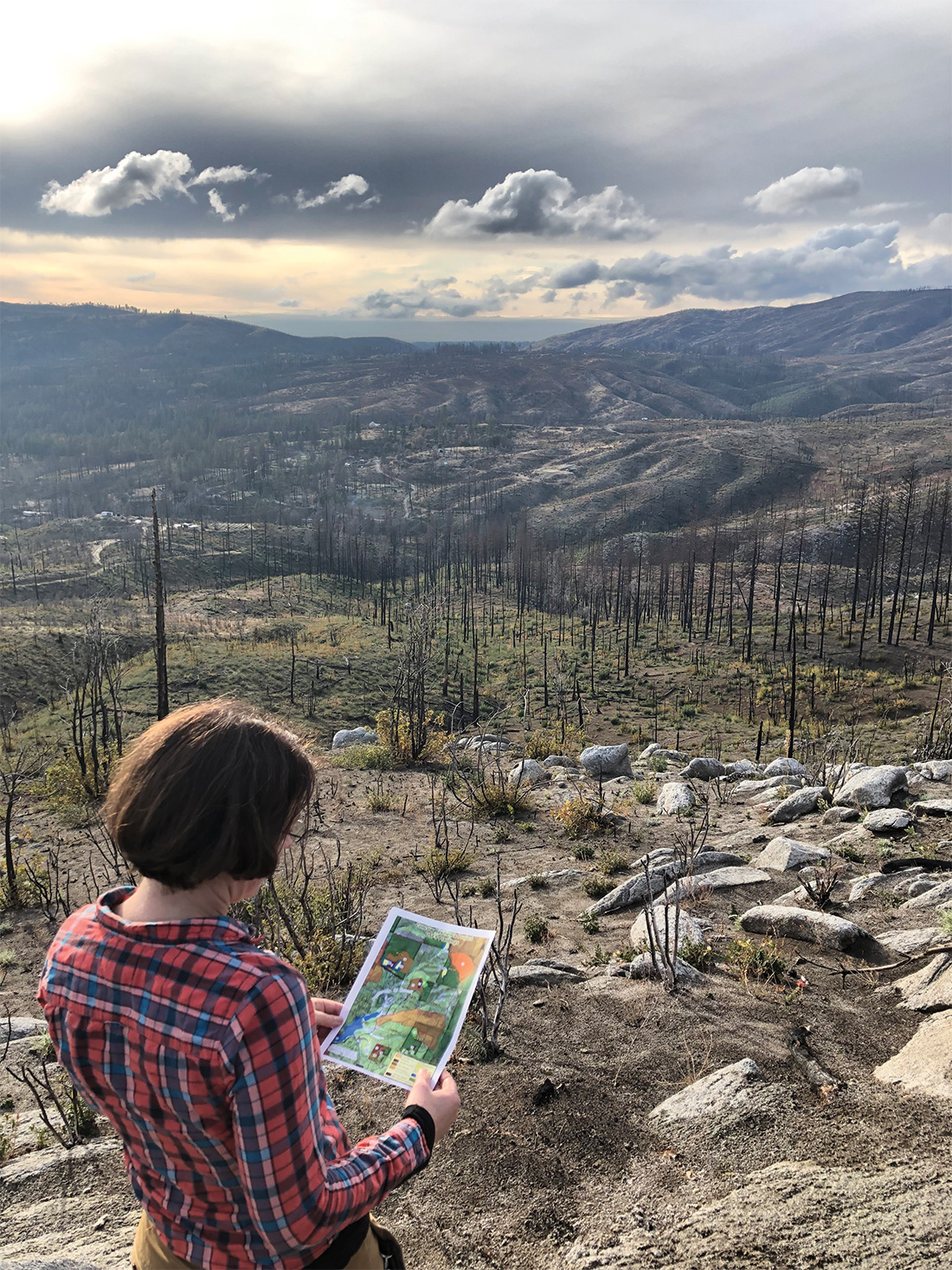
The Concow Resilience Project, (Butte County Resource Conservation District)
Where: California, United States
The Concow Resilience Project highlights how forest restoration can make our forests both more resilient and more effective at storing carbon. Since 2015, wildfires have ravaged more than 6.5 million acres in California. But this summer seemed to foreshadow a scale far worse. In one week alone, lightning strikes sparked hundreds of wildfires that devastated 1 million acres and killed countless trees. The state’s megafires are visual, visceral examples of climate- driven disasters. In 2019, Rougle assembled local land managers, climate scientists and nonprofit leaders, including Brittany Dyer, American Forests’ California state director. They chose to focus on Concow, in part because of its unique history of burning in large wildfires, including the Camp Fire. What they learn may guide forest adaptation across California’s low-elevation foothills — millions of acres in total — that are warming up and drying out faster than almost anywhere in the state, outside of the Mojave Desert. They seek to sustain the region’s forests which, with fires and sustained drought, are gradually being replaced by highly flammable shrub fields. The forests they’re imagining will have fewer trees, and the trees will be larger and more widely spaced than those in today’s forests. A less dense forest will be able to weather fires, beetle outbreaks and droughts, and allow trees to accumulate carbon in their roots and trunks, and in the soil beneath them.
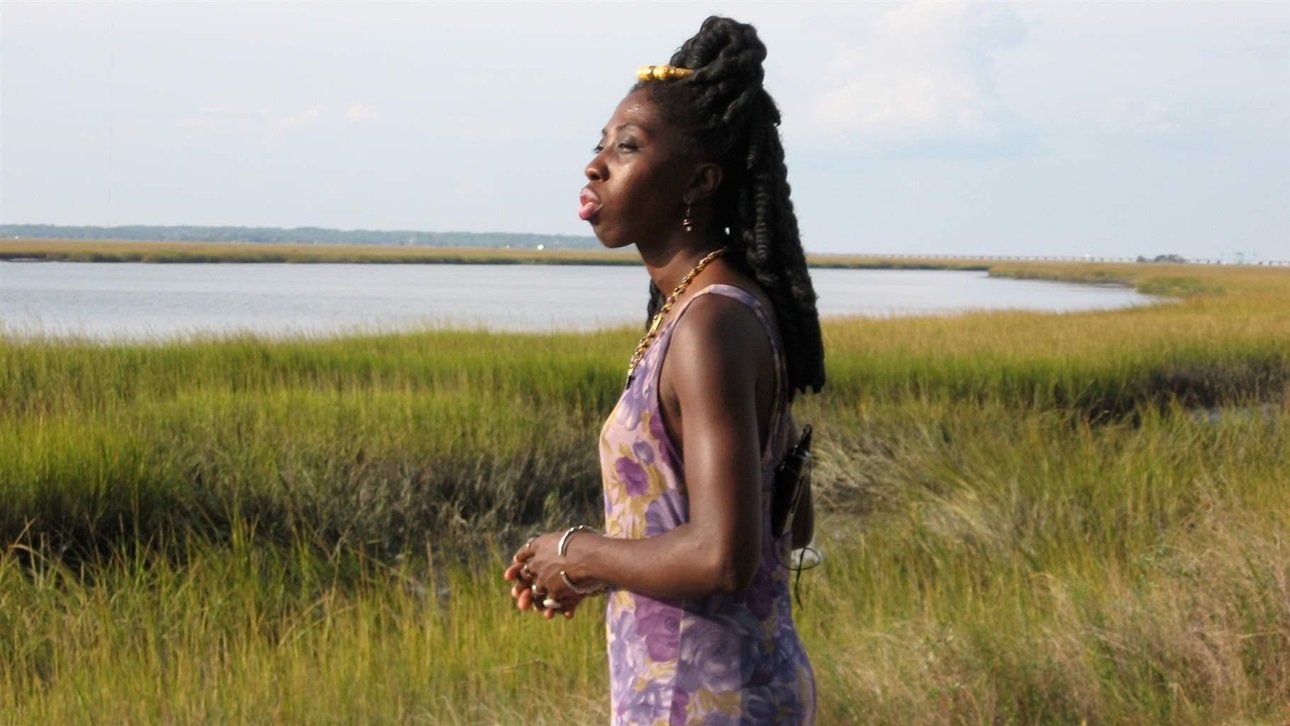
South Atlantic Salt Marsh Initiative, (The Pew Charitable Trusts)
Where: Coastal US: NC, SC, FL
The South Atlantic Salt Marsh Initiative was initiated by The Pew Charitable Trusts and formally launched in May with the support of the Southeast Regional Partnership for Planning and Sustainability. This work brings together federal, state, and local governments, military officials, and community leaders such as Queen Quet, who recognize the habitat’s ability to help protect shorelines against flooding and storm surge. The initiative aims to conserve about a million acres of marsh stretching from North Carolina to north Florida, an area that is home to installations for every branch of the military. Healthy salt marshes cleanse the water by filtering runoff, and help other ecosystems, including oyster reefs and seagrass beds, thrive. And conserving salt marsh helps people, too. Marshes can reduce erosion, stabilize shorelines, and protect against storm surge. Together with other coastal wetlands, these ecosystems provide the equivalent of $23.2 billion in storm damage protection per year.

Cook park in Vine City, (Trust for Public Land)
Where: Atlanta, GA
The Trust for Public Land partnered with the City of Atlanta, the local community, and a network of generous donors, innovative consultants, and experienced contractors to create a space that will make the site and the surrounding community more resilient as storm events continue to become more significant and frequent. This was accomplished by creating a dynamic park that has the ability to collect and manage 9 million gallons of stormwater from the 160 acres adjacent to the site using innovative green infrastructure solutions. Without the park and its specialized green infrastructure, flooding would have continued to wreak havoc on this neighborhood.
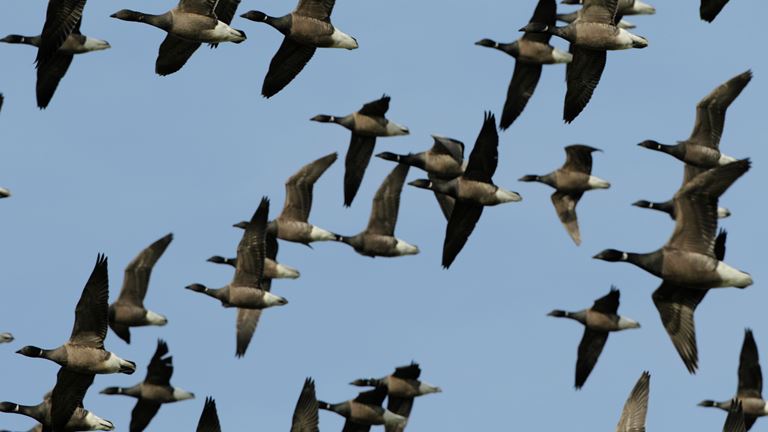
Coastal managed realignment, (Royal Society for the Protection of Birds (RSPB)
Where: Medmerry, West Sussex coast, UK
Medmerry is an Environment Agency flood protection scheme, created in partnership with the RSPB with the goal of forming vital new intertidal wildlife habitats. It is the the largest realignment of the open coast ever undertaken in the UK and was completed in September 2013. The Medmerry project involved the construction of seven kilometres of new flood bank inland from the sea, between the settlements of Selsey and Bracklesham Bay. Once the bank was complete, the existing shingle sea defence was breached, allowing the sea to flow inland and creating 184 hectares of intertidal habitat.
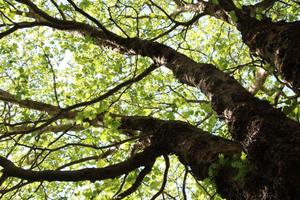
New Community Forest in the North East of England, (DEFRA & England Community Forests)
Where: North East of England, UK
The initiative will bring together six local authorities – including Newcastle City Countil, Durham County Council, Gateshead Council, North and South Tyneside Council, and Sunderland City Council – alongside charities, businesses and landowners, in an attempt to increase canopy cover to 30% by 2050. Backed by the Nature for Climate Fund and local councils, up to 500 hectares of trees will be planted by 2025, with a long-term goal to increase canopy cover across the north east to 30% by 2050 – almost double the current national average.

Bunloit Rewilding Project
Where: Scottish Highlands, UK
This landscape-scale programme will restore 1200 acres of land to boost biodiversity, enhance carbon stores, and provide sustainable livelihoods for local people. Sustainable businesses will provide employment and affordable zero-carbon housing will be constructed from local materials; this will contribute to COVID recovery and set an example of how to deliver a rural green new deal. Biodiversity and long-term carbon storage will be enhanced through peatland restoration, grassland grazing by Highland cattle and ponies, and replacing non-native conifer plantations with mixed-species native woodland. The 2021-30 plan is being developed through a 12-month consultation process with local people and national organisations, putting local needs and perspectives first.
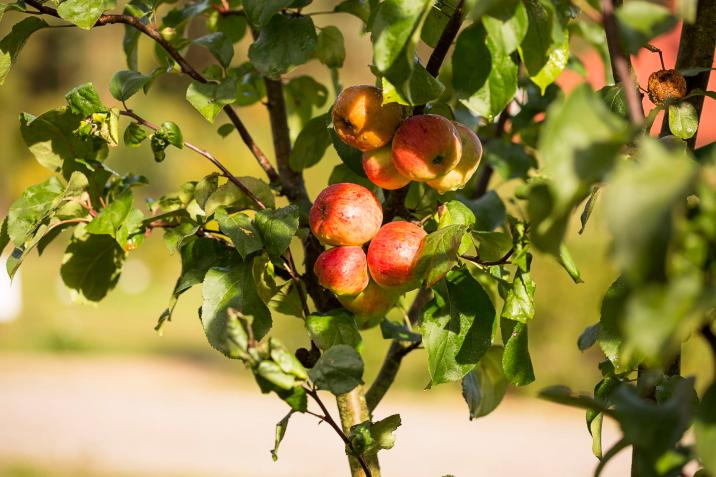
Botanical Garden in the Marszewo Forest
Where: Poland
The Garden was established in 2010 by the Gdansk Forest District in close cooperation with the city of Gdynia and the University of Gdansk and is expected to reach its full size in 20 years from inception. The Botanical Garden specialises in the conservation and research of trees, shrubs and herbaceous plants, particularly species indigenous to the Pomorze Gdanskie region. It currently has 31 plant collections with specimens of nearly 300 plant species and various ecosystems including native and alien species, as well as managed and wild areas that provide habitat for animals and insects. Since 2016, the Botanical Garden has also aimed to raise awareness and increase the environmental knowledge of visitors about the forest ecosystem and its sustainable use. In addition to opening the garden for recreational purposes, it also offers various educational trails, interactive workshops for children and adults alike about forestry, botany, ornithology and more in the garden’s education centre.
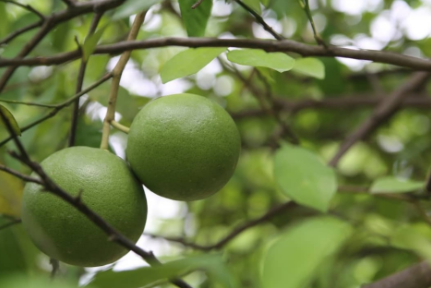
Liberty Market forest: an urban forest in Pakistan, (Lahore Development Authority)
Where: Lahore, Pakistan
An urban forest was planted in the park of Liberty Market, Lahore, Pakistan as a result of a public-private partnership between Lahore Development Authority and Restore Green. The forest consists of more than 10,000 trees, densely planted across one acre in a commercial district of Lahore. It was designed to be inclusive of marginalised local people. In two years, the mini forest has become a haven for biodiversity, filters air pollution, and counteracts the urban heat island effect. The project is hoped to be a model for a national rollout of such Miyawaki forests.
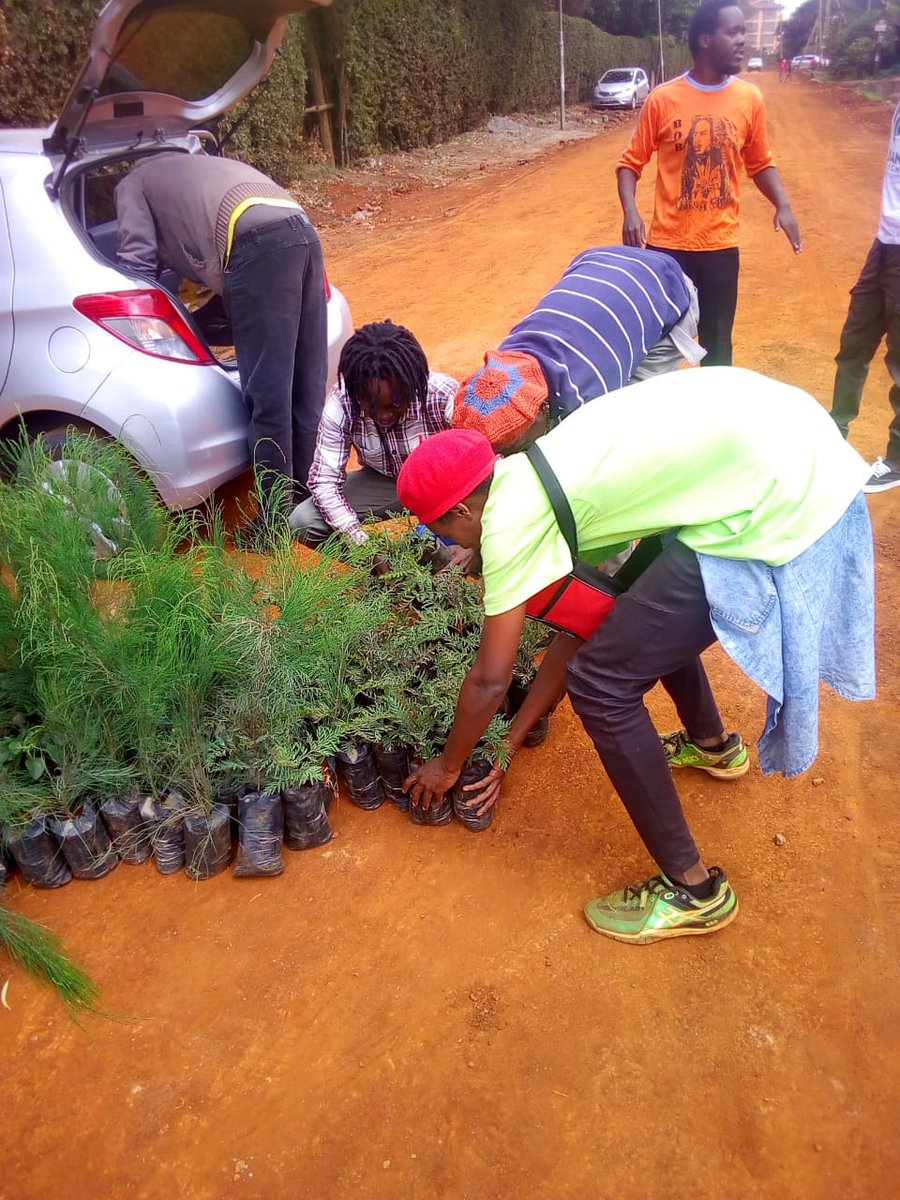
Friends of Ondiri Wetland
Where: Ondiri Wetlands, Kenya
Friends of Ondiri Wetland Kenya is a community-based organisation supported by Youth4Nature that is leading in efforts to conserve, protect and manage the Ondiri wetland. Their goal is to restore the indigenous plant life and prevent further encroachment of the key biodiversity and source of freshwater.
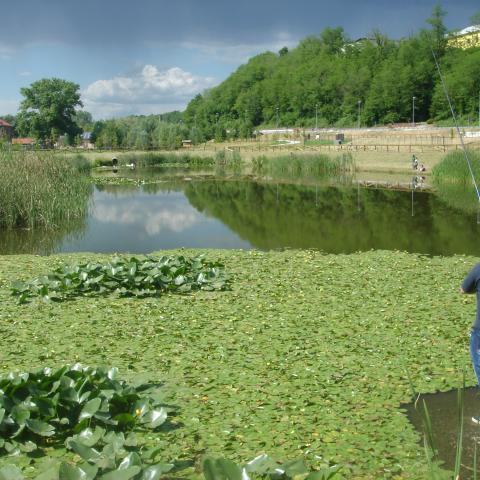
Park for water purification, flood mitigation & recreation, (Lombardia Regional Authority)
Where: Milan, Italy
The Gorla Maggiore water park is a constructed wetlands (CW) built on the banks of the Olona river and aims to protect against flooding but also to keep pollution in check. It includes (a) a pollutant removal area composed of a grid, a sedimentation tank and four vertical sub-surface flow constructed wetlands; (b) a multipurpose area with a surface flow constructed wetland or pond with multiple roles; and (c) a recreational park with restored riparian trees, green open space, walking and cycling paths. The Gorla water park was developed by the sponsorship of the Lombardia Regional Authority and co-funding by Fondazione Cariplo to implement their environmental quality objectives
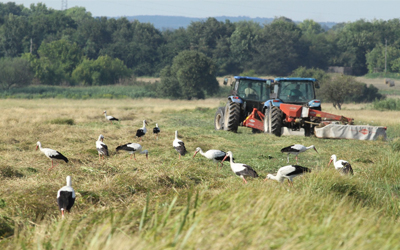
Vértes Nature Park, (Pro Vértes Public Foundation)
Where: Transdanubian Central Mountains, Hungary
The main objective of Pro Vértes is to run a nature conservation management organisation that, in cooperation with state conservation bodies, NGOs and local governments, ensures the sustainable management of the area. Pro Vértes takes an active role in organising and conducting nature conservation activities and tourism projects in cooperation with the region’s local governments. Other activities include research, monitoring, education, awareness-raising, training, capacity building and the preservation of local cultural heritage. This is particularly important for the area, as the natural forests, marshes and loess meadows in and around Vértes are valuable habitats and thus need to be preserved and managed harmoniously with nature conservation objectives.

Sustainable Farming Program (SFP), (PepsiCo)
Where: Global
Through PepsiCo’s Sustainable Farming Program (SFP), the global food and beverage company advances positive social, environmental and economic outcomes in its direct agricultural supply chain. Implemented across 38 countries, the SFP has provided over 40,000 farmers around the world with training and resources in field agronomy, efficient fertilizer and water use, plant protection techniques and workers’ rights, helping them on the path to greater productivity and resiliency.
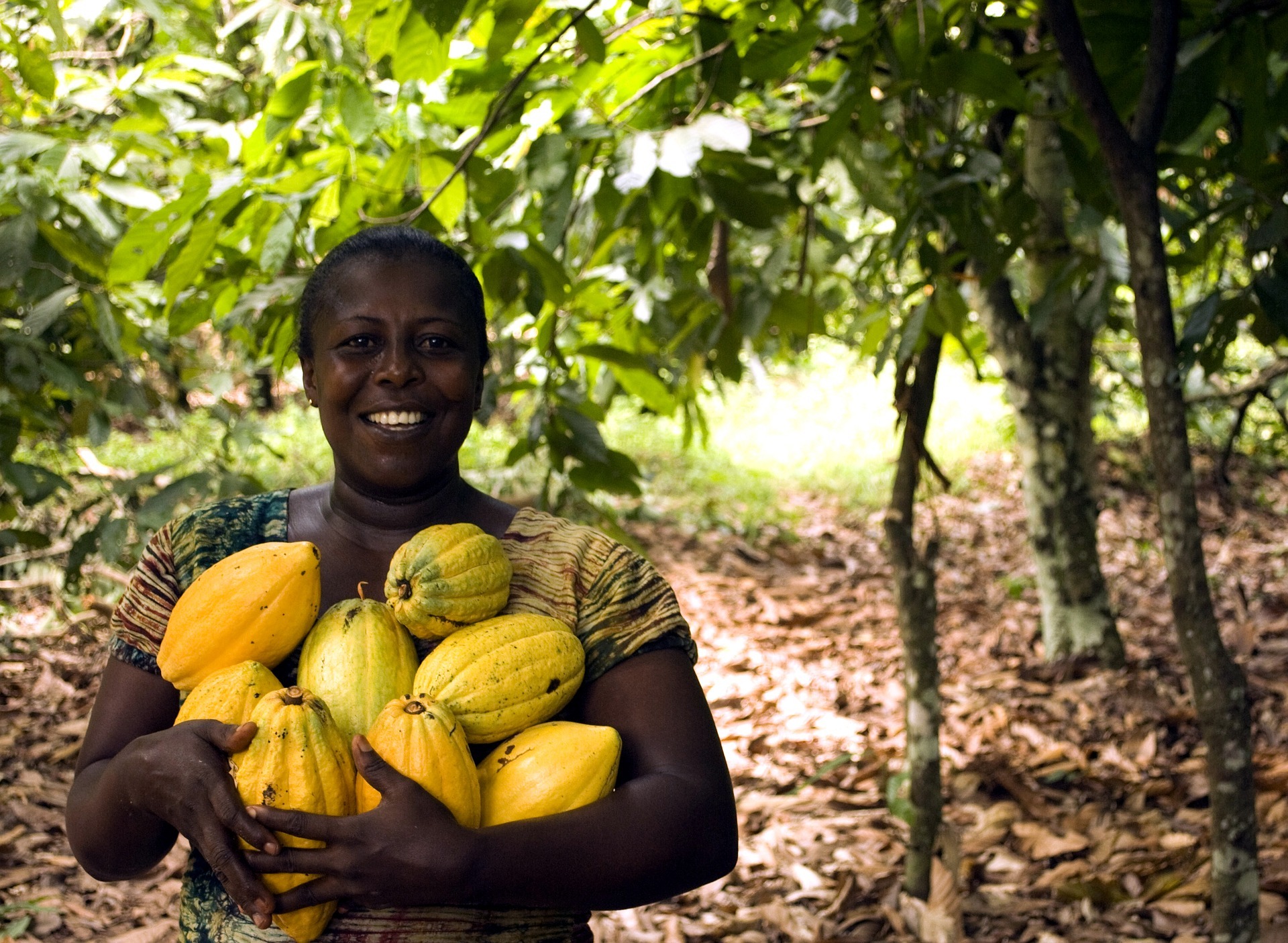
Cocoa Cloud, (World Business Council for Sustainable Development (WBCSD)
Where: Western Region, Ghana
The CocoaCloud project seeks to fill this knowledge gap through a five-year pre-competitive data platform. Data is collected from ground sensors disseminated all across the region. CocoaCloud sends local weather forecasts and farm management alerts based on agronomic algorithms and location data. The platform also allows exchanges of knowledge and feedback between farmers and extension services. Extension training and support, along with capacity-building workshops, optimize platform’s use by farmers.
Improvements in extension services, whether applied to agri-inputs, general agronomy or early warning systems for extreme weather, are increasing the productivity and climate resilience in the West African cocoa landscape. NGOs and donors also benefit from this project since it enhances the impact of existing and planned programs that address disaster risk and health issues.
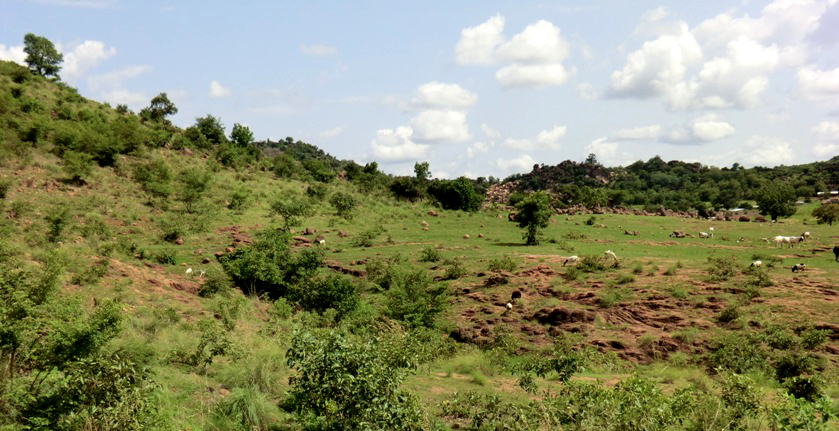
Farmer-managed and community-based dryland restoration, (World Vision Ghana)
Where: Talensi, Ghana
World Vision’s FMNR project in Talensi began in 2009, and aims to reverse deteriorating soil fertility and natural resources in Ghana. The project mobilised communities to use Farmer Managed Natural Regeneration (FMNR) to restore multi-purpose trees to rural landscapes. World Vision trained farmers to practice FMNR, which restores and regenerates trees from the stumps of previously cut-down but still living trees at low cost. In Talensi, farmers are trained to use FMNR to regenerate tress on farmers’ crops, pastoral fields, and community managed FMNR forests.
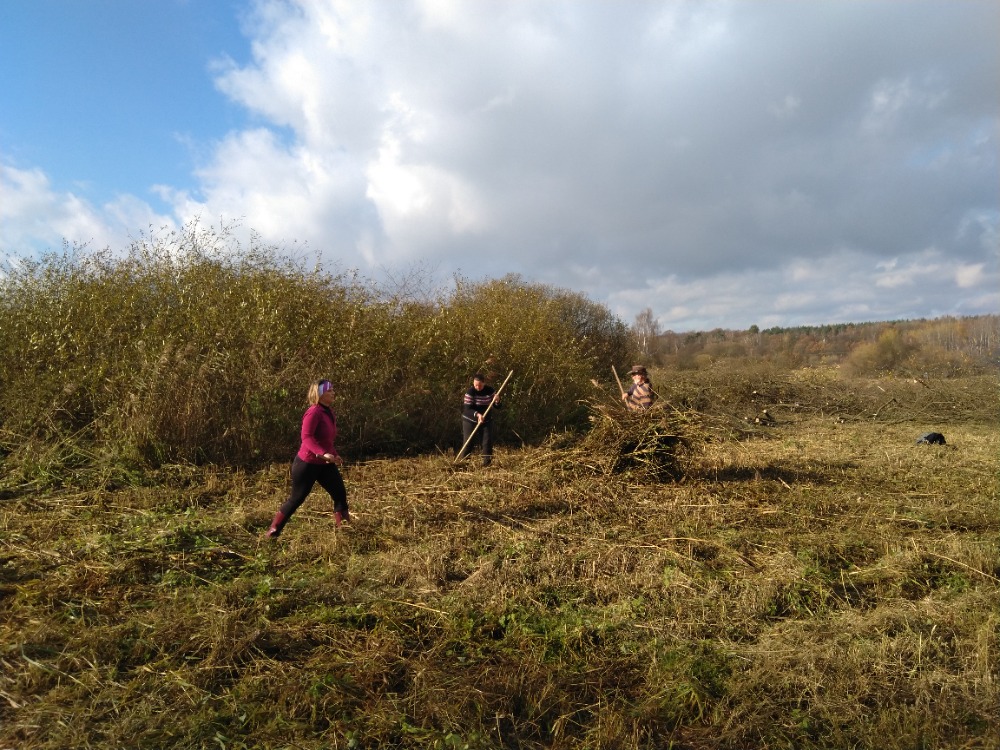
Josefov Meadows Bird Park, (Czech Ornithological Society)
Where: Czech Republic
The Josefov Meadows Bird Park aimed to rehabilitate the wetland and grass meadow ecosystem and promote the enhancement of the local biodiversity with the restoration of traditional irrigation systems and the creation of new ecosystem elements, such as ponds that provide food for birds and living space for many endangered species of invertebrates. Secondly, the project also provides environmental education to visitors in the forms of environmental trails and an observatory – creating ‘a park for birds and people’, as its motto states. The project brought together many stakeholders including NGOs, farmers, the local government and individual donors. The Czech Ornithological Society also collaborates with the farmers who manage the connected meadows, in order to provide sustainable management solutions for the bird park.
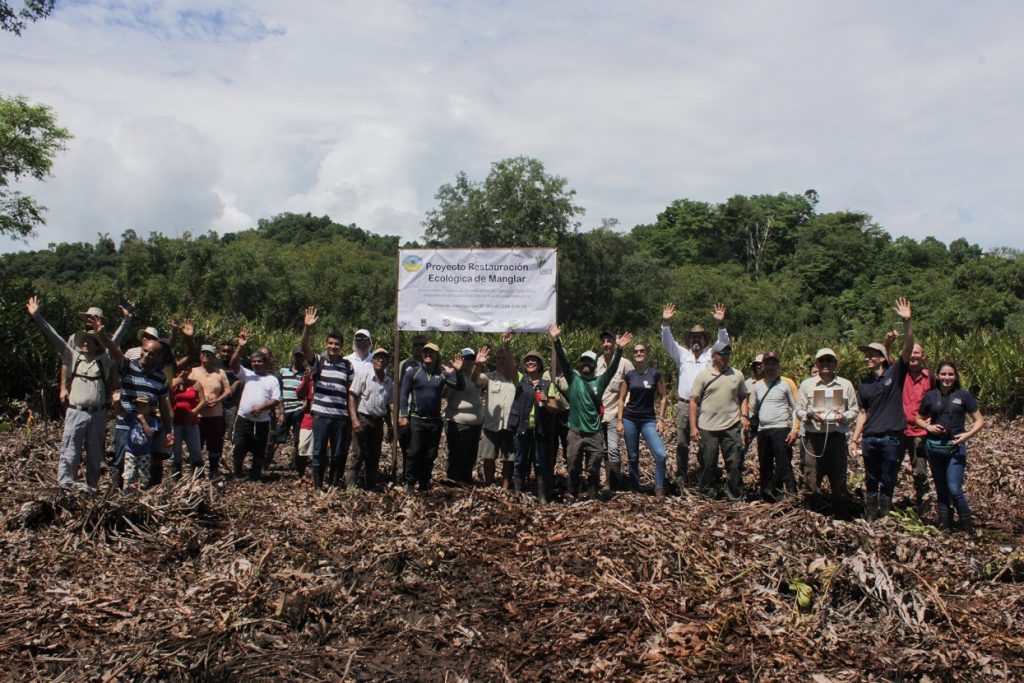
Mangrove restoration in Costa Rica, (Osa Conservation)
Where: Térraba-Sierpe National Wetland, Costa Rica
Ajuntaderas, a community association made up of “piangueros” (the mud cockle collectors) resides in the Terraba Sierpe National Wetland, one of the largest protected wetlands in Central America. Local communities depend upon the harvest of shellfish to make their living; a practice that replaced the harvesting of timber from the wetland’s mangrove trees. The goal of this community association is to implement sustainable harvesting practices that will help the mangrove trees in the area prosper and restore rich carbon stores and biodiversity. They aim to deliver clear results to government agencies, the private sector, and outline the most efficient ways to simultaneously restore mangroves and stimulate local economies.
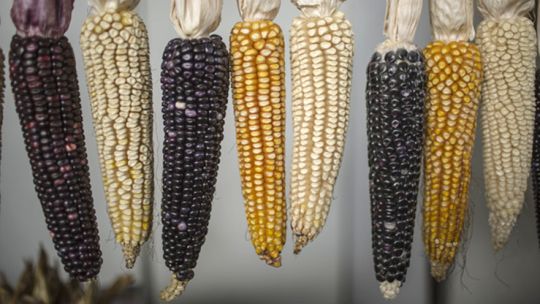
Community-based seed banks and agroecology practices, (IIED and the Center for Chinese Agricultural Policy (CCAP)
Where: Yunnan and Guangxi Provinces in China
IIED and the Center for Chinese Agricultural Policy (CCAP) are working with local communities and provincial governments in Southwest China to help local farmers adapt to extreme weather caused by climate change. The mountain regions of China have seen staggering declines in total rainfall and rainfall patterns, as well as more devastating droughts and intense flooding. Coupled with deforestation and land degradation, agrobiodiversity is decreasing as farmers lose more food crop varieties. This project aims to establish sustainable agricultural practices adaptable to climate change and strenghten community-based organisations.
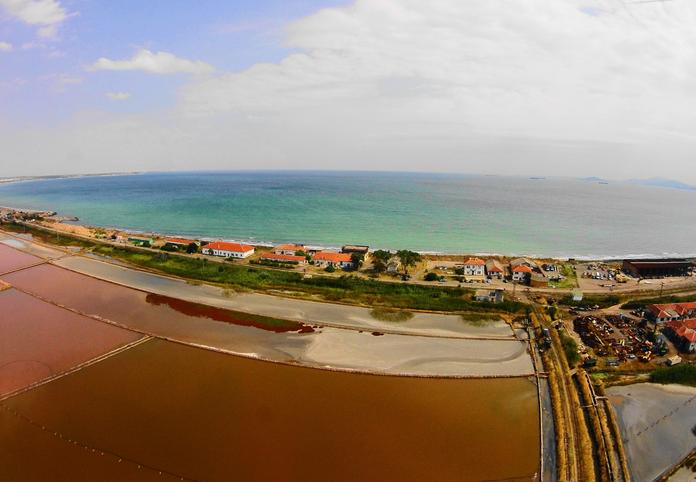
Salt of Life, (Bulgarian Biodiversity Foundation (BBF)
Where: Bulgaria
The main goals of the project were to establish functional infrastructure for water management of the coastal lagoon in Atanasovsko Lake and to provide long-term improvements to habitat conditions, enabling adaptation to the effects of climate change. The project also focused on improving the visitor experience at the site, enhancing public understanding of the values of coastal lagoons and sharing the project results with a wider European audience of site managers, ecologists and the general public. The implementation of the project established a model for the inclusion of businesses such as the salt production company in the management of protected areas and Natura 2000 sites through facilitating their participation in direct conservation actions and demonstrating the ecological, social and economic benefits of preserving the Lake.
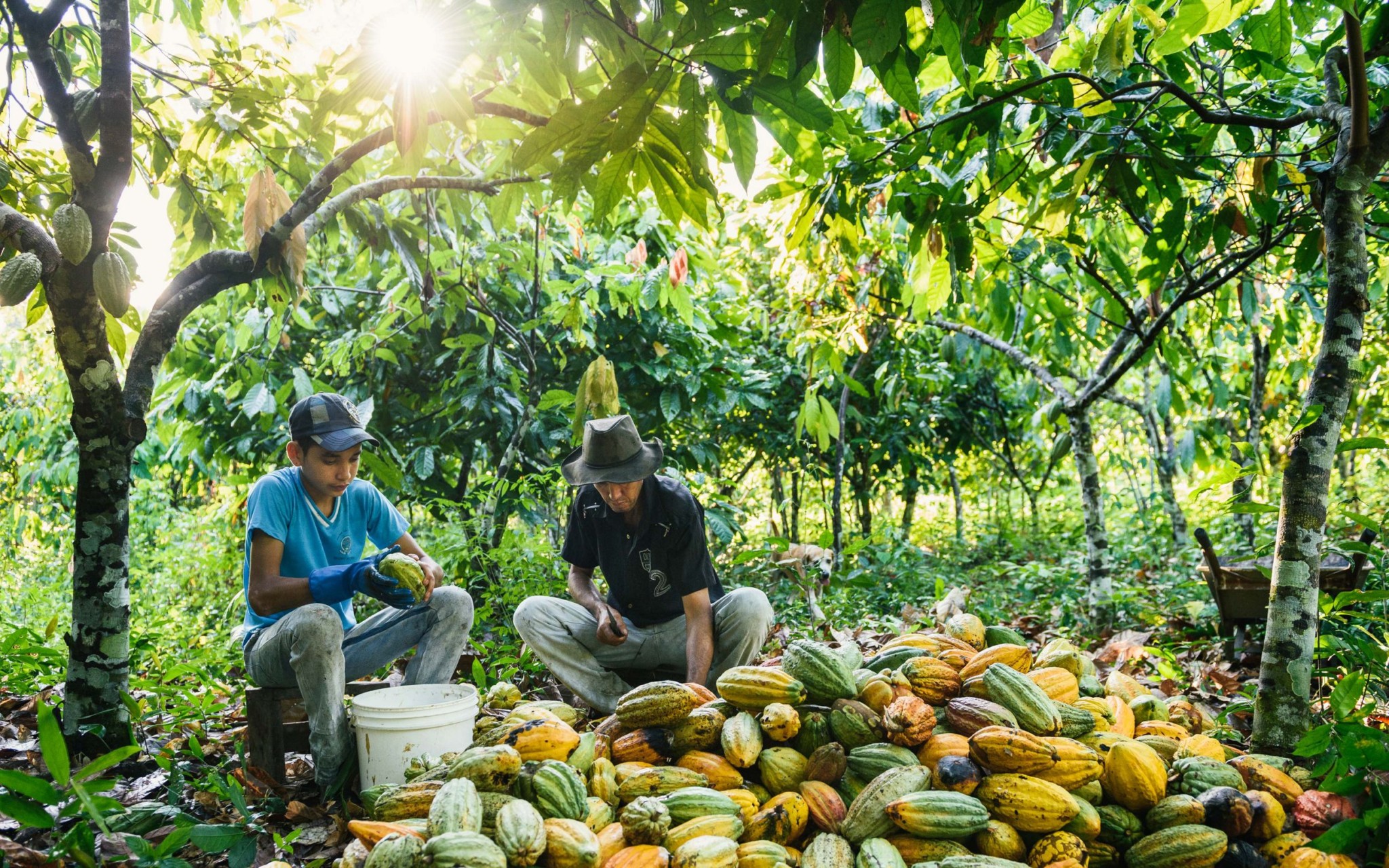
Amazonia Agora Program, (Pará State Government)
The Amazonia Agora Program was developed by TNC and others in partnership with the government of Pará. It aims to reduce 37% GHG emissions in the state and restore 5.6 million hectares of the state’s forest cover by 2030, increase land use efficiency, encourage rural property registration, address deforestation and forest fires, raise investor funds for sustainable activities, and create incentives to reduce greenhouse gas emissions. The program advocates for more efficient agricultural production that does not include newly cleared forested areas.
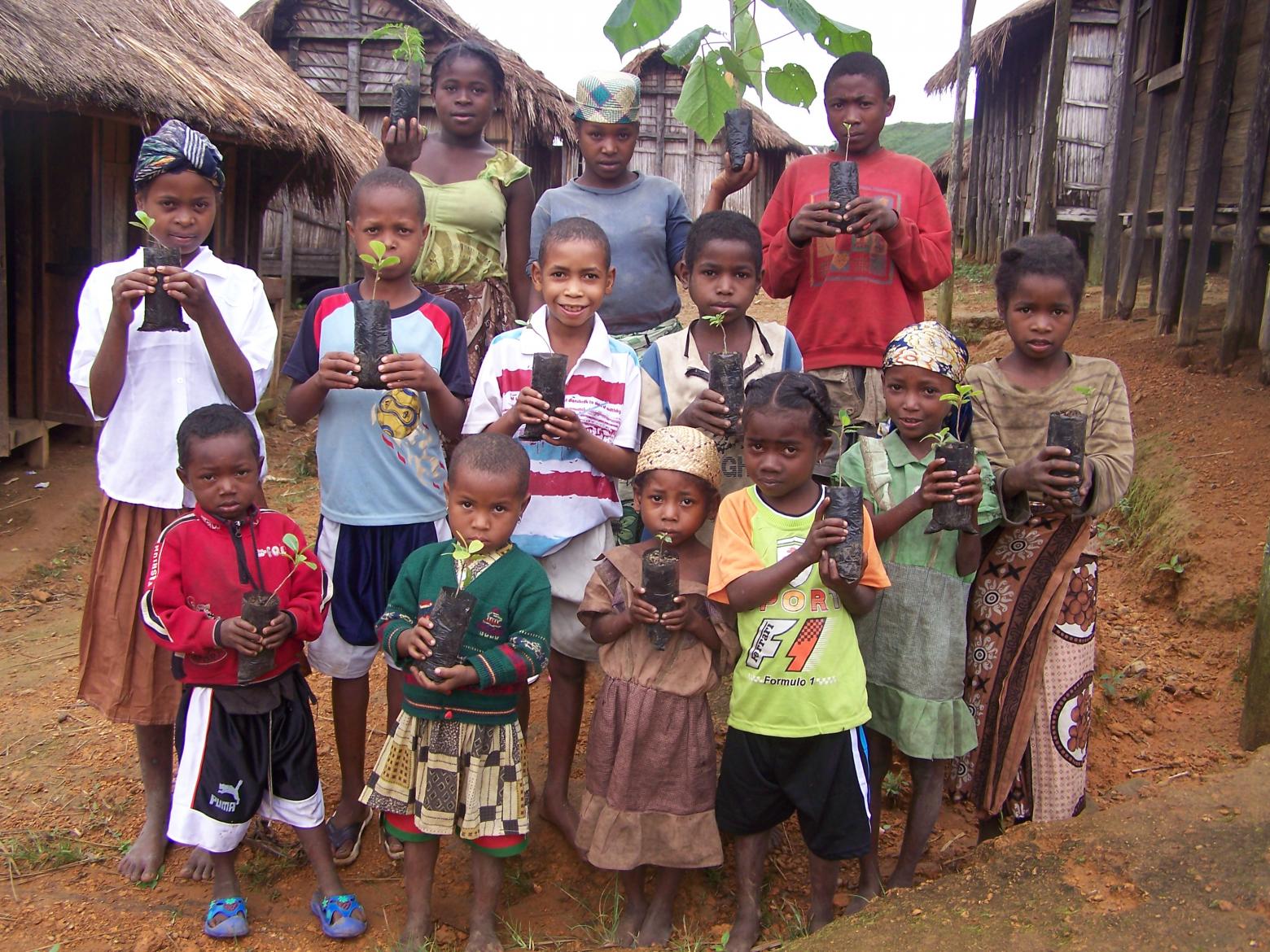
Forest Landscape Restoration in Fandriana-Marolambo, (WWF)
Where: Fandriana-Marolambo, Madagascar
At the beginning of this century, the Fandriana-Marolambo landscape in Madagascar was losing forests at an alarming rate. The region’s iconic moist forests are rich in unique plants and wildlife, including eight species of lemur which are found nowhere else on Earth. But slash-and-burn agriculture, sugarcane and rice cultivation and illegal rosewood logging were taking a heavy toll. In order to combat this, WWF launched a forest landscape restoration project, which worked on a large scale to restore the functions that forests provide to people and nature – like protecting water sources, controlling soil erosion, pollinating crops, providing food and other materials, and maintaining biodiversity. Today, deforestation has been brought under control, and native trees are making a comeback across thousands of hectares. The Marolambo National Park has been created, giving protection to 95,063 hectares of forest. Local people have developed new ways of making a living and are actively managing the landscape in a sustainable way.
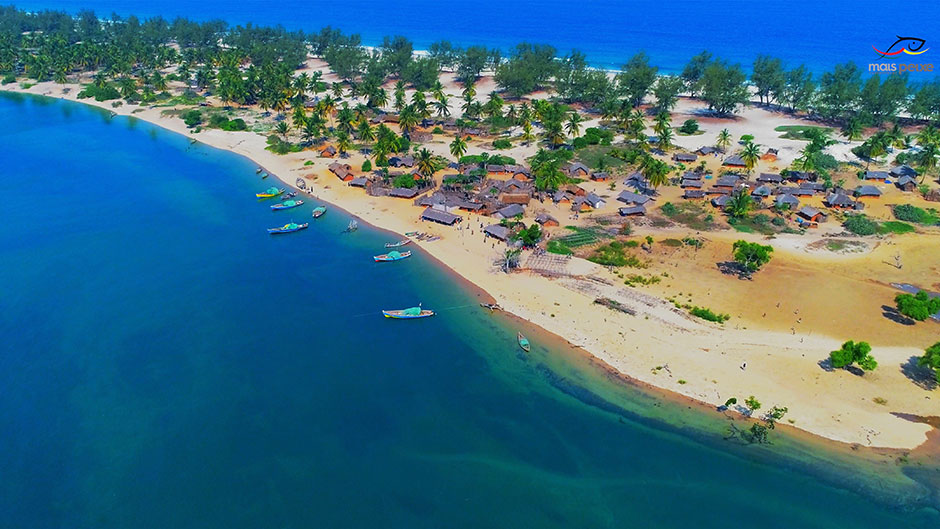
Emissions Reduction Payment Agreement, (World Bank; Government of Mozambique)
Where: Zambézia Province, Mozambique
Mozambique’s forests cover nearly half of the country and play a key role in the economy and the livelihoods of millions. However, deforestation and overexploitation are reversing the country’s development path and escalating food insecurity. The Government of Mozambique began the Emissions Reduction Payment Agreement with the Forest Carobn Partnership Facility to help local communities escape the cycle of poverty and create income from leaving the forests intact. Not only does this help the people, but also sequesters greenhouse gases and supports fragile ecosystems. Between now and 2024 Mozambique will receive up to $50 million across four scheduled payments for verified emission reductions from the Carbon Fund of FCPF, with local communities receiving a previously agreed-upon portion of the payments in relation to their contribution to reducing deforestation.
Green Coast Project, (Wetlands International)
Where: Aceh, Indonesia
The Tsunami disaster of 26 December 2004 swept away everything along 800km of the coast of Nangroe Aceh Darusalam, causing the deaths and loss of 167 thousand people, while more than 500 thousanad others lost their homes and livelihoods. A study conducted after the tsunami found that villages behind mangroves survived the best, and the Green Coast project was developed to rehabilitate coastal ecosystems. The project worked with 60 local NGOs to train and assist tsunami victims, and gave “bio-rights” to local groups to plant and nurture mangroves. In return, local peoples recieved capital and technical support to enable them to reestablish their livelihoods. Mangrove seedlings had an 83% surivial rate, and over 1,000 hectares were rehabilitated.
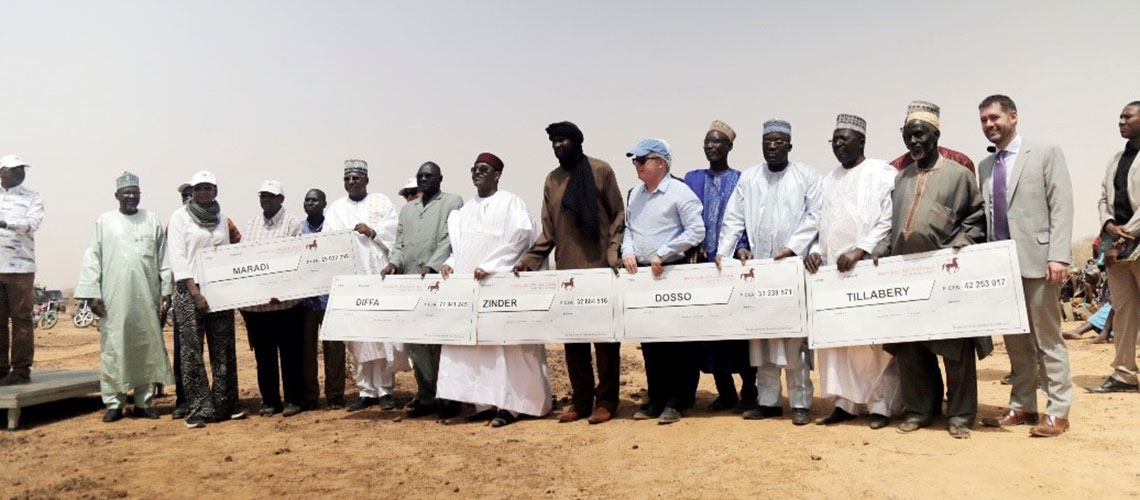
Niger Community Action Program, (World Bank)
Where: Koné Béri, Niger
The communities planted the trees on once-abandoned land and nurtured them over 14 years as part of an afforestation agro-forestry project—part of the World Bank’s Community Action Program. Project partners embraced the opportunity to reclaim deserted land and try new methods of agro-forestry to boost food supplies and incomes in some of the poorest areas of Niger. With consistent PAC training and support, community groups formed and worked together to raise knee-high Acacia Senegal saplings into mature groves.The trees have yielded not only carbon revenue but many other important benefits. Acacia Senegal trees were chosen for their soil restoration properties and the Arabic gum they produce. The gum is used as a stabilizer in the food industry and, now, it is a source of income for communities who collect and sell it to ASI for export. As the trees have grown, so too has the vitality of the soil. Communities can now intercrop their trees with food crops like cowpea, groundnut, and millet. Surpluses are sold at local markets. Animal fodder is also being grown to feed local herds. All of this is generating significant income and employment, particularly for women and young people, and helping to reduce the rural exodus currently experienced in Niger.
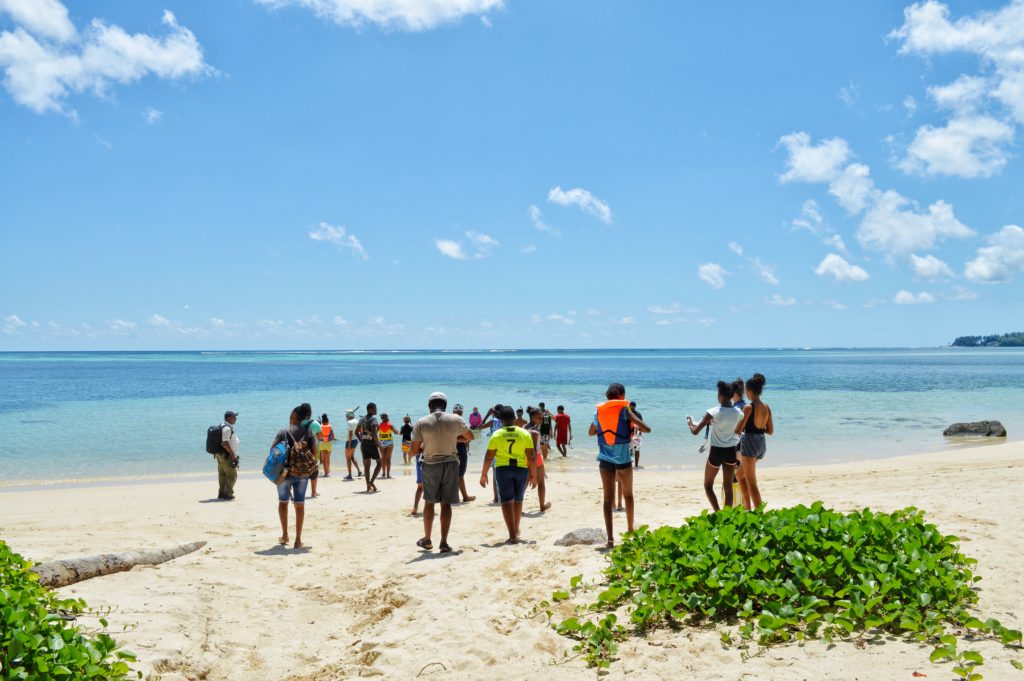
Debt Swap for Ocean Conservation and Climate Adaptation and Blue Bonds Plan, (Seychelles Conservation and Climate Adaptation Trust0
The Seychelles’ Conservation and Climate Adaptation Trust (SeyCCAT) was created in 2015 together with the Government of Seychelles and The Nature Conservancy. The parties concluded the first debt-for-nature swap for ocean conservation, through a US$ 21.6 million debt restructure. SeyCCAT was given the management of two innovative financing deals, the Blue Grants Fund (total of US$ 11.6 million) and the Blue Endowment Fund. SeyCCAT is now a conservation trust fund tasked with mobilizing resources to advance the Seychelles’ blue economy through supporting sustainable-use MPAs and improving governance of fisheries.
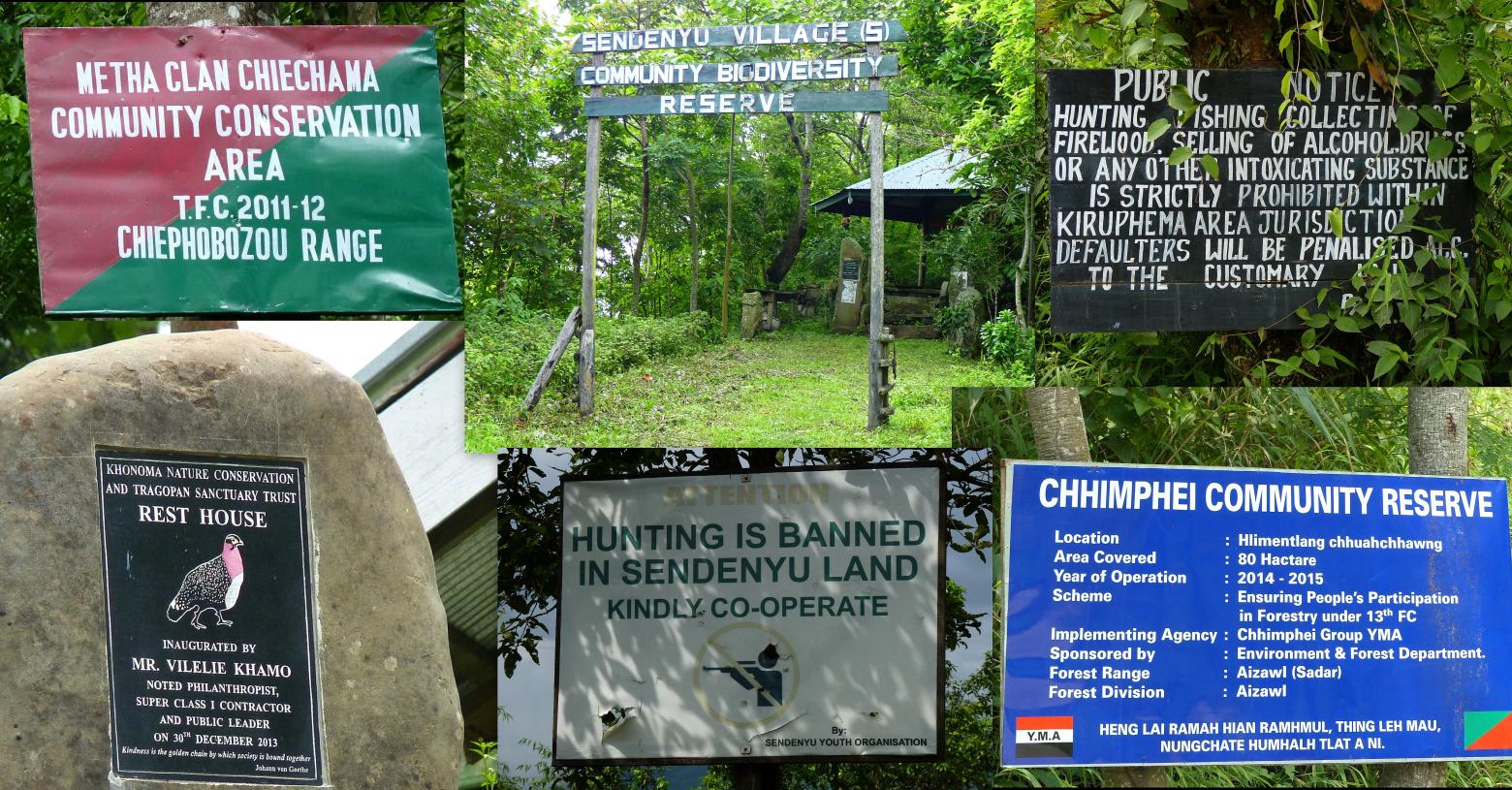
Community Conservation Areas (The Energy and Resource Institute (TERI) India)
Where: Nagaland, India
In Nagaland, India the majority of natural habitats (88.3%) are owned and managed by individuals and clans overseen by village councils, district councils and other traditional institutions. However, in the absence of alternative livelihood options, most of the economic activities in the villages are based upon utilization of natural resources. This has led to over exploitation of forest resources and threats to biodiversity due to the increasing needs of local people. The model adopted for this project aimed at strengthening the resilience of the communities by rejuvenating traditional conservation practices & providing supplementary livelihoods, building on existing Community Conservation Areas (CCAs). The project played a key role in enhancing sustainable use of biological resources, as well as effective conservation. Around 222 species of birds, and 200 species of butterflies were documented and protected as 939 hectares were declared CCAs, thereby becoming areas where hunting and destructive fishing are banned. The traditional knowledge of communities, mostly oral in nature, has been documented in a People’s Biodiversity Register as part of the project.
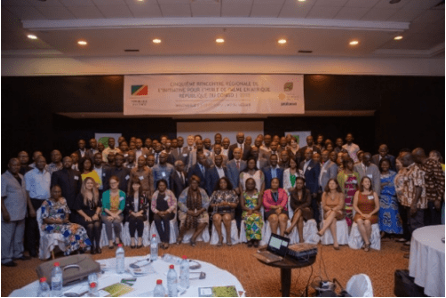
African Palm Oil Initiative
Where: Ghana
The African Palm Oil Initiative (APOI) is a project sponsored by the Tropical Forest Alliance that supports sustainable palm oil practices in Ghana. This initiative trains extension officers from the Ministry of Food and Agriculture in best management practices and aims to help farmers to obtain a greater yield from their crops and reduce deforestation by scaling down the demand for converting land for palm oil cultivation. The platform has worked with the Ministry of Food and Agriculture and local government to train agricultural extension and regional extension officers to equip them as part of the government’s Planting for Food and Jobs Initiative. The platform is also working closely with the Climate Change Department of the Forestry Commission, a platform member, to use a landscape/jurisdictional approach to reducing deforestation and emissions reduction in Ghana.
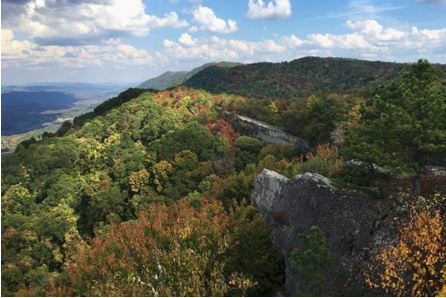
Pine Mountain Wildlands Corridor, (Kentucky Natural Lands Trust)
Where: Kentucky, United States
Through the Pine Mountain Wildlands Corridor, KNLT is working to connect existing protected areas along Pine Mountain to form a 125-mile contiguous forested migratory corridor in Central Appalachia from Virginia through Kentucky to Tennessee. The project is part a larger continental scale conservation effort known as the Eastern Wildway. Through a public-private partnership, KNLT and its conservation partners have protected over 69,000 acres — nearly 40% of Pine Mountain. The result is a matrix of conservation lands that protect vital habitat and headwater streams while providing outdoor recreation opportunities. The primary conservation tool used on Pine Mountain is direct purchase of land from willing sellers. Acquisition and protection of these wildlands is only possible with funding which has come from a mixture of private philanthropy, foundations, government agencies and mitigation funds.
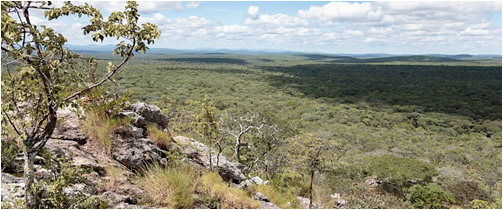
Lower Zambezi REDD+ Project, (BioCarbon Partners)
Where: Lower Zambezi National Park, Zambia
Degradation from unsustainable charcoal production followed by deforestation and conversion to agriculture threaten Zambian forests. Deforestation in Zambia not only contributes to global climate change, but also exacerbates the loss of threatened African wildlife species. The Lower Zambezi National Park forms part of a globally significant trans-frontier conservation area home to important elephant, lion and other wildlife populations. The project aims to reduce degradation and deforestation by working with communities to implement sustainable charcoal production practices, improve agricultural practices, and provide incentives for conservation. The Lower Zambezi REDD+ Project (VCS ID 1202) is Zambia’s first Verified Carbon Standard verified REDD+ project. The project partners with 7,182 people in Rufunsa District to conserve the forest through a set of livelihood and community development initiatives.
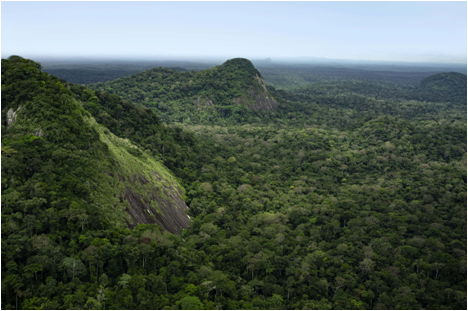
Grande Mayumba, (Africa Conservation Development Group)
Where: Nyanga Province, Gabon
The African Conservation Development Group is pioneering a working model that connects capital markets to climate-smart, integrated land-use development at scale. The 730,000 ha Grande Mayumba project in southern Gabon is one of the continent’s largest natural capital-focused developments. Its intent is to protect critical biodiversity and provide significant regional socio-economic uplift – whilst in the process ensuring that the landscape avoids the emission of over c. 200 million tonnes of CO2 over the next 25 years. The Grande Mayumba Sustainable Development Plan, developed between the Gabonese Republic and ACDG, designates 29% of Grande Mayumba for reduced impact logging in existing forestry areas and 13% for mixed agriculture on largely degraded grasslands, while 30% of Grande Mayumba’s forestry concessions will be withdrawn from commercial forestry and proclaimed as a conservation area, due to its high biodiversity value. As a result of carbon emissions avoided over the initial 25-year term, ACDG expects to be able to access environmental financial markets using innovative debt-for-climate bond and equity issuances.
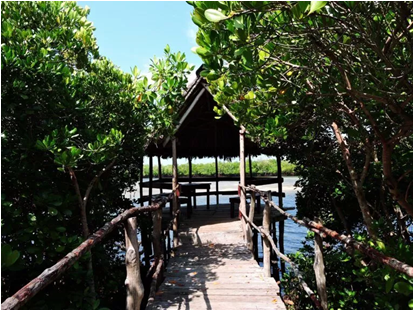
Mikoko Pamoja, (Association for Coastal Ecosystem Services (ACES)
Where: Mikoko Pamoja, (Association for Coastal Ecosystem Services (ACES)
Swahili for “Mangroves Together”, Mikoko Pamoja is the world’s first community-led project to successfully trade mangrove carbon credits. It aims to provide long-term incentives for mangrove protection and restoration through community involvement and benefit. Profits from carbon credits go back to supporting the community through development initiatives on education and clean water.
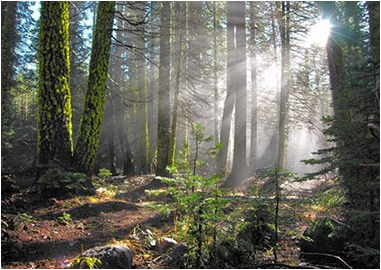
Van Eck Forest, (Pacific Forest Trust)
The Pacific Forest Trust (PFT), a member of the Land Trust Alliance, shows how land trusts can transform the worth of forested land. By incorporating Natural Climate Solutions into sustainable forest management practices, land trusts like PFT help protect forests and develop new sources of revenue for forest owners. Since 2002, PFT has worked with California’s Air Resources Board to establish the first forest carbon project registered by California’s Climate Action Reserve Program – which ultimately helped lead to the creation of California’s cap-and-trade program. Since 2005, PFT’s stewardship of the 2,200 acre Van Eck Forest has sequestered over 400,000 tons of carbon while creating a sustainable timber business. The revenue generated from this successful partnership has also helped support forest research and graduate scholarships to further advance research into sustainable forest management. PFT has used the knowledge they gained through this project to develop 10 additional carbon projects in California, Washington State, Georgia, Tennessee, Virginia, and Maine.
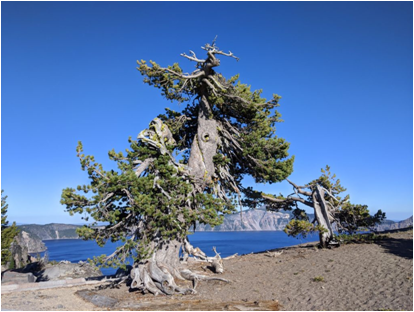
Hi5s, (American Forests)
The first-ever whitebark pine restoration plan for the Crown of the Continent is in the final stage of development and already has buy-in from a diverse group that includes tribal members, skiers, federal and state agencies, conservationists (including US Nature4Climate member American Forests), academics and others. The plan will prioritize what parts of the forest need to be restored and the climate-smart practices we need to use to restore them. American Forests has worked in Flathead since 2012 to replant blister rust-resistant whitebark pines in areas deforested by wildfires. This planting, along with collecting blister rust resistant pine seed, is the top restoration action needed and will anchor the recovery plan. Our efforts restore “founder stands” of whitebarks that will eventually reseed the landscape.

Rio Grande Water Fund (RGWF), (TNC)
Where: New Mexico, United States
The Nature Conservancy and a broad network of stakeholders formed the Rio Grande Water Fund (RGWF) to work cooperatively to reduce the risk of megafires, protect precious water supplies and build resilience against climate change threats. This public-private coalition of 100 signatories – including non-profits, tribes, government agencies, and businesses – are working collaboratively to scale up restoration with a goal of improving the health of 600,000 acres of New Mexico’s forested watersheds to secure water for 1 million people. The RGWF is designed to generate sustainable funding for a 20-year program of large-scale forest restoration treatments which include projects to thin overgrown forests, restore wetlands and streams, engage youth, inform policy makers with our science and generate forestry and wood products jobs.
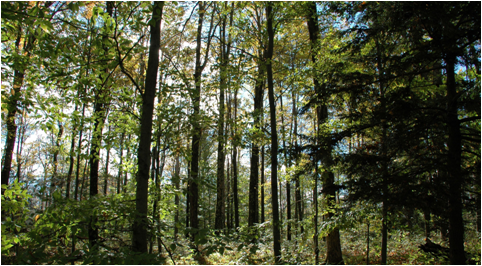
Enhancing Climate and Conservation Outcomes on US Forestland, (Timberland Investment Group)
The Nature Conservancy (TNC) and the BTG Pactual Timberland Investment Group (TIG), one of the world’s largest timberland investment managers, have joined forces to leverage the potential of sustainably managed forests across the United States to address the twin crises of biodiversity loss and climate change. Through a first-of-its-kind agreement announced today, the initiative will seek to enhance climate action and conservation outcomes on more than $850 million out of TIG’s $4 billion global timberland portfolio. The initiative will focus on US forests, and under the agreement, TNC will serve as Conservation Advisor on nearly 530 thousand acres managed by TIG across 11 states (an area more than 35 times the size of Manhattan). TIG and TNC will seek to establish science-based targets with the goal of delivering on-the-ground climate and conservation outcomes at scale. TIG will incorporate these targets with the objective of maintaining or enhancing financial performance.
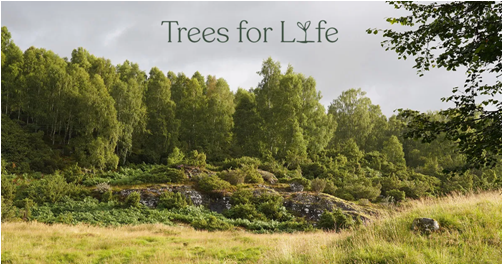
Landscape management in the Scottish Highlands, (Trees for Life)
This is one of several projects from Trees for Life, which envisions restoration of the Scottish Highlands to enable both nature and local communities to thrive. The project follows the ‘conviction that nature, people and business need each other to be sustainable for the long term’, falling closely in line with the concept of nature-based solutions. The project area comprises around 50 estates and is inhabited by about 2300 people. The land is predominantly heathland and moorland, mixed with coniferous and broadleaved woodlands and arable land. The project is in its early stages, with a major current focus being scoping business opportunities to boost the local economy. The main sources of income are expected to be carbon offset payments, tourism, forestry, artisanal crafts, food and drink, low-impact farming including agroforestry, deer stalking and recreational fishing.
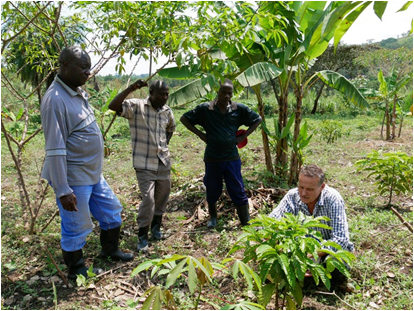
Premium Wild Coffee from Ethiopia’s Standing Forest, (Face the Future)
Where: Kibale National Park, Uganda
The Natural High Forest Rehabilitation project aims to promote the regeneration of natural vegetation in by creating a forested zone around the edge of the park which will act as a buffer to relieve the interior areas of pressure from agents of deforestation and degradation such as human-caused fires. The project is in the south-western part of Kibale National Park, near the base of the Rwenzori Mountains, an area inhabited by the native Batoro and immigrant Bakiga people. The project area was heavily encroached between the 1960s and 1992, which led to large scale forest destruction and grassland clearing. Ultimately, the project seeks to realize multiple socio-economic and environmental benefits through restoring forest vegetation on degraded lands.
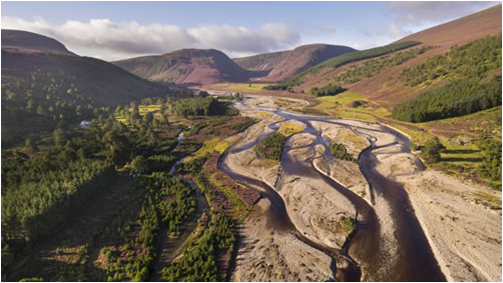
Cairngorms Connect, (Cairngorms Connect)
Where: Cairngorms National Park, UK
This is an ambitious project with a 200-year vision to manage 600 square kilometres of the Cairngorms National Park in Scotland for biodiversity whilst providing other benefits such as carbon storage and livelihoods for local people. It is the largest habitat restoration project in the UK, with an unparalleled time frame including goals for 2065 and 2216. The project is a partnership of neighbouring land managers, with guidance from the Cambridge Conservation Initiative. Management involves a diverse suite of actions across the landscape including restoration of watercourses and floodplains by removing drainage modifications and promoting natural processes, enhancing and expanding native woodlands by managing grazers, removing non-native species, and enrichment planting. Pine plantations will also be managed to become better habitats for wildlife by thinning and species diversification. A major source of carbon drawdown will come from restoration of bog woodlands by creating bog pools, and restoring blanket peat bogs by re-profiling peat bog channels and using boulders to slow water flow. Importantly, the project will involve comprehensive monitoring of ecological outcomes and quantification of benefits for humans, helping to enable management to be designed to enhance resilience and provide long-term benefits in terms of carbon storage, livelihoods and education.

Ntakata Mountains REDD Project, (Carbon Tanzania)
Where: Ntakata Mountains, Tanzania
The Ntakata Mountains REDD Project is a natural climate solution that protects 216, 944ha of threatened, community owned forests. Using the REDD (Reduced Emissions from Deforestation and forest Degradation) monitoring framework and methodology for carbon accounting, eight forest communities keep 1,200,000 trees standing, avoiding 550,000 tonnes of CO2 emissions annually. Securing indigenously managed forests is critical to climate mitigation and biodiversity conservation efforts. The people have earned US$581,650.00 through protecting their community owned forests. This revenue empowers the communities to determine their own developmental needs. They receive the revenue bi-annually & as a community determine how to allocate the revenue – usually to the community health fund, to building infrastructure to improve educational opportunities, to fund the Village Game Scouts (VGS) and other forest protection activities, to develop economic opportunities and to fund other community development needs as they arise. The forests provide habitat for 12 endangered species including the largest population of Eastern Robust Chimpanzee. Through the VGS, the community are recording the location & age of chimp nests and submitting the data to the Greater Mahale Ecosystem Researchand Conservation Centre (GMERC) in a bid to further the understanding of chimpanzees across the global community.

Yaeda Valley REDD Project, (Carbon Tanzania)
Where: Yaeda Valley, Northern Tanzania
The Yaeda Valley REDD Project links sustainable management of wildlife-rich forests to economic and livelihood improvements. It protects 32,000 ha of dryland forest in northern Tanzania, the ancestral homeland of the Hadza hunter-gatherers. The Hadza have lived in the Yaeda Valley area for 40,000 years. Their lifestyle represents the most ancient form of human existence on earth, and they depend on the health of the environment to sustain it. The project won an Equator Prize in 2019.

Community-based land and water management, (Practical Action)
Where: North Darfur State, Sudan
North Darfur is one of the most drought-prone areas of Sudan. Climate change has made weather patterns less predictable. Practical Action’s targeted program focuses on water management by working with community members to build and restore five dams/hafirs and other earthworks, irrigation by installing solar pumping stations to irrigate small farms, forest planting by propagating seedlings, re-greening pastureland, and training farmers in new techniques such as crop rotation, crescent farming and crop spacing in order to improve harvests.

Forest Transition in South Korean, (Korean Government)
Where: South Korea
Long term vision, consistent funding, public outreach and effective enforcement in South Korea had forest stocks eventually increase from just under 10m3 per hectare to 146m3 per hectare by 2010. The 15-fold increase was remarkable, but the fact had a rival: while stocked forest area (or density of trees) massive increased, total forest area declined. In other words, the country had achieved a miracle. Critically, South Korea showed the world that increasing tree cover and growing carbon stocks on existing degraded forest land can be enough. No new forests on land used for other purposes, like agriculture. Over the past few decades, South Korea has restored more than six million hectares of degraded lands. The resulting erosion control and prevention of landslides have been valued at $11.23 billion, and $3.95 billion respectively. And a 2018 analysis helps bring home the success of the South Korean transformation even further. As of 2013, the net present value of the gain in forest area (from carbon sequestration, disaster risk reduction, water benefits, prevented soil erosion) was valued at an astounding $54 billion.

Bratislava Preparing for Climate Change, (Municipality of Bratislava)
Where: Bratislava City, Slovakia
In response to extreme weather conditions in Bratislava, Slovakia, the local government adopted an Adaptation Strategy for Climate Change in 2014. The action plan was accompanied by the project ‘Bratislava Preparing for Climate Change’, which included measures to improve the resilience of the city against the impacts of climate change, in particular against intense rainfall and heat island effects, which was supported by a pilot application of rainfall management in urban areas. In 2014, Gaštanica Park, in the Nové district, was revitalised in the framework of this project. The Park is an approximately 5,000 square metre public green space that was created on a former chestnut orchard in an urban forest area. The Park was home to more than 100 chestnut trees, half of which were attacked by a fungal bark cancer.38 Therefore, the objective of the Park rehabilitation was to halt the degradation of its ecosystem, treat and preserve the existing chestnut trees, and secure the natural development of the green area.
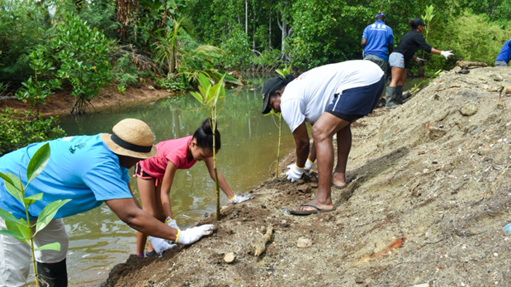
Ecosystem Based Adaptation to Climate Change in Seychelles, (UNDP)
This project seeks to reduce the vulnerability of the Seychelles to climate change, focusing on two key issues—water scarcity and flooding. The climate change projections in the Seychelles show that rainfall, while increasing in overall terms, will become even more irregular. The project will reduce these vulnerabilities by spearheading ecosystem-based adaptation as climate change risk management—restoring ecosystem functionality, and enhancing ecosystem resilience and sustaining watershed and coastal processes in order to secure critical water provisioning and flood attenuation ecosystem services from watersheds and coastal areas.
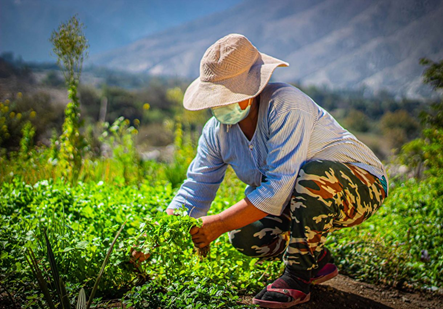
Proyecto Glacieres, (CARE Peru)
Where: Ancash, Cusco, and Lima, Peru
Care Peru aims to improve the resilience capacity of vulnerable and poor populations through territorial and climate governance, the management of water resources, projects for adaptation and mitigation of climate change, alliances with indigenous movements and local governments. This project helped to collaboratively develop water resources management plans to sustainably manage more than 200 new lakes. The project benefitted downstream communities and protected fragile high-altitude freshwater ecosystems.
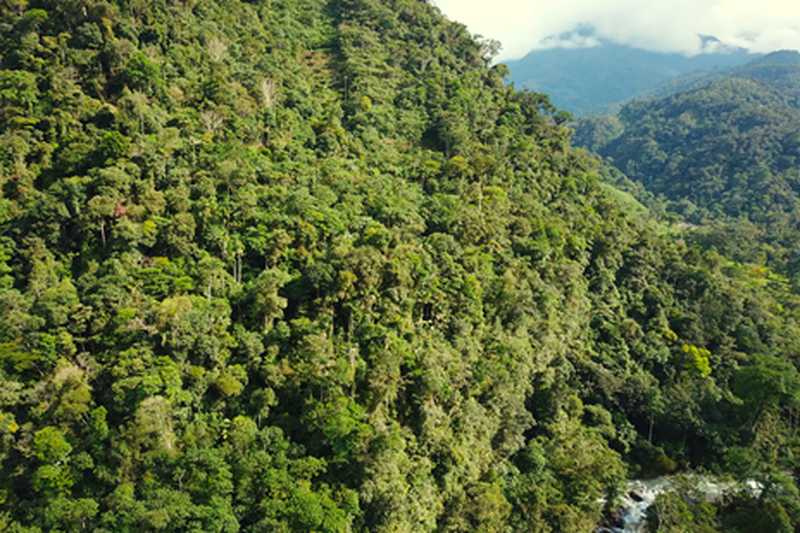
Alto Mayo REDD+ project, (Conservation International)
Where: Peruvian Andean Amazon, Peru
Located in the Peruvian Andean Amazon, the Alto Mayo REDD+ project conserves the ecologically rich Alto Mayo Protected Forest (AMPF), which has been designated an Alliance for Zero Extinction site due to its critical importance to the survival of Peru’s endemic fauna and flora. Although the Peruvian government established the AMPF in 1987, the park has faced intense deforestation pressure from illegal logging, the influx of migrants and unsustainable farming practices. The project conserves the 182,000 hectare AMPF by providing essential funding for forest management, and through a unique community based conservation model involving over 1,000 families. By effectively stemming some of the highest deforestation rates in Peru, the project is projected to generate 10.3M tonnes of Verified Emissions Reductions (VERs) over 20 years. The project received some criticism for ongoing confrontations with the local population. While Conservation International has worked with local communities to diversify incomes, including from eco-tourism and low-impact crops, some continue to oppose the REDD+ project and the constraints it puts on their traditional livelihoods of clearing the forest for cattle and crops.
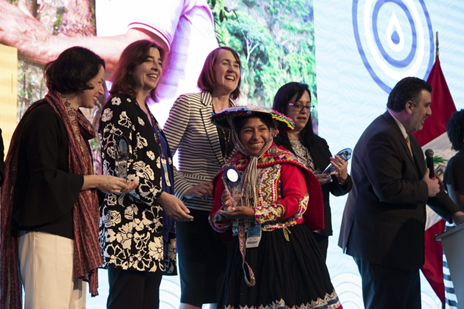
Natural Infrastructure for Water Security in Peru, (Forest Trends)
The Natural Infrastructure for Water Security (NIWS) project is funded by the United States Agency for International Development and the Government of Canada. It aims to scale up investments in natural infrastructure in Peru to safeguard water supplies and increase climate resilience. Natural infrastructure is poised for scale in Peru as Peruvian leaders have increasingly recognized its critical role. New national policy advances have dedicated a portion of water user fees to address water security and climate risks. An estimated US$30 million in water tariffs have already been allocated to payments for ecosystem services projects. An additional US$86 million allocated for climate change adaptation and disaster risk management could also help fund natural infrastructure investments. To consolidate these important policy developments, it is essential that the committed funds result in demonstrated improvements in community, city, and local business resilience to water and climate risk.
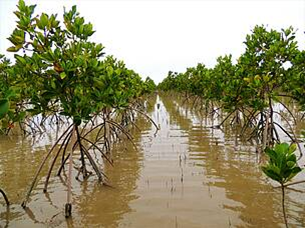
Mangrove protection in the Indus Delta, (WWF Pakistan)
Where: Indus Delta, Sindh Province, Pakistan
WWF-Pakistan aims to support local communities to develop sustainable natural resource management strategies. As part of these efforts, they have established cold storage systems to reduce post-harvest losses in fisheries; reducing the use of small mesh nets, and encouraging sustainable crab harvesting and aquaculture for increasing sizes. WWF-Pakistan also aims to raise public awareness of the important role of mangrove forests in coastal ecosystems and support local fishing communities to plant and manage ten hectares of mangroves per household. By engaging communities and coordinating with government agencies, WWF aims to increase coverage and improve the management of protected areas.
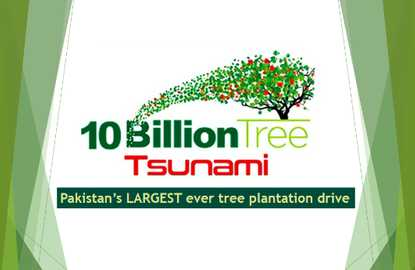
Ten Billion Trees Tsunami Programme, (Pakistan Government)
Where: Pakistan
The “Ten Billion Tree Tsunami Programme, Phase-I” is a four-year (2019-2023) project by Government of Pakistan. The project is being implemented across Pakistan by the Ministry of Climate Change along with Provincial and territorial Forest and Wildlife departments. The Prime Minister of Pakistan inaugurated this Programme on 2nd September 2018 during “Plant for Pakistan Day”. The overall objective of “Ten Billion Tree Tsunami Programme” is to revive forest and wildlife resources in Pakistan, to improve the overall conservation of the existing protected areas; encourage eco-tourism, community engagement and job creation through the conservation.
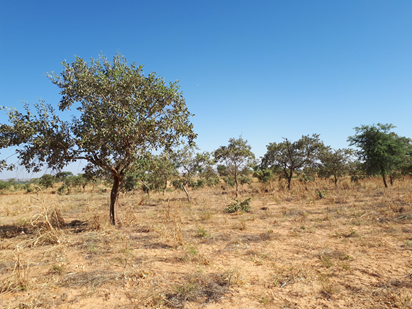
Regreening Africa, (World Vision Niger)
Where: Niger: Simiri, Ouallam, Hamdallaye regions
Regreening Africa is building on successful land restoration in the Maradi and Zinder regions of Niger where an estimated 5 million hectares have been restored. To expand this across the country, World Vision Niger is leading a partnership of development, research and government partners.

Terai Arc Landscape (TAL), (WWF Nepal)
Where: The Terrai, Nepal
The Terai Arc Landscape (TAL) program is WWF Nepal’s largest landscape level initiative supporting the government’s TAL program and involves a large number of partner organisations, donor agencies, stakeholders, community-based organisations and local people. The TAL programme was initiated in Nepal in 2001 by the Government of Nepal with the collaboration of WWF Nepal and Department of Forests (DoF) and Department of National Parks and Wildlife Conservation (DNPWC) of the Ministry of Forests and Soil Conservation. The TAL program is an exemplary model in conservation marking a shift from site-based conservation to a landscape-based one. TAL was conceived as a system of corridors and protected areas for landscape-scale conservation of tigers, rhinos and elephants. In order to attain this goal of connecting the core areas, the TAL program focuses on restoring the corridors and bottlenecks between important protected areas of Nepal and India using the primary strategy of community forestry. Currently, the Corridors and Bottlenecks Restoration Project (CBRP) and Protected Area and Buffer zone (PABZ) projects are being implemented under this program. Over time, the TAL programme has grown to serve the dual purpose of restoring habitat that facilitates wildlife movement.

Subnational Mitigation Actions for Landscape Regeneration, (Grupo Ecológico Sierra Gorda)
Where: Queretaro, Mexico
Subnational Mitigation Actions for Landscape Regeneration is a partnership between Conservation International and the Government of the State of Queretaro. It aims to generate innovative public policies that push climate action at the subnational level. These policies also help to combat poverty, climate change, support biodiversity, and the regeneration of natural infrastructure. The initiative creates carbon sinks in forests and soils by valuing natural capital and benefiting forest landowners, and is a Nationally Appropriate Mitigation Action (NAMA) created under the United Nations Framework Convention on Climate Change (UNFCCC).

Community-based dryland restoration, (Tree Aid)
Where: Segou Region, Mali
Tree Aid Mali aimed to protect and restore the biodiversity of the Duwa and Sutebwo forests, while also increasing household incomes and contributing to poverty reduction in 41 local communities in the district of Tominian. The project supported tree planting and care, farmer- managed natural regeneration (FMNR) and agroforestry. In 2019-2020, Tree Aid Mali supported communities to grow over 165,000 trees and protect around 5,300 new hectares of land.

Sabah Jurisdiction Certification Framework, (Sabeh Government)
Where: Sabah, Malaysia
Sabah’s announcement in 2015 to certify all of its palm oil output to the standards of the Roundtable of Sustainable Palm Oil (RSPO) by 2025 as a pilot for the jurisdictional approach, enabled companies to coordinate their efforts at the state level and allowed them to profile their initiatives in support of this vision. These companies include Wilmar International, Sime Darby Plantation, AAK, Unilever, Reckitt and Walmart. Lessons learnt from private sector engagement in landscape and jurisdictional initiatives in Sabah include how strong ownership from the state government, local stakeholders and key industry leaders provides credibility and confidence for other companies to invest in the process. However, to ensure greater effectiveness, clear roles and responsibilities have to be outlined for each stakeholder involved in the process. Sabah’s jurisdictional approach and its multi-stakeholder nature, especially the involvement of the state government, helps companies achieve their sustainability goals and impacts at scale. The approach also helps companies to reduce the risk of leakage in their supply chains more effectively than if they were to focus only on traceability. Lastly, Sabah’s ability to attract support from companies with strong sustainability commitment will bring support from other actors along the supply chain, particularly as interest in landscape and jurisdictional approaches grow. The state’s continued commitment is seen by key stakeholders with cautious optimism as it would provide a baseline that all palm oil from the state would be produced at globally recognised and sustainable standards. Such jurisdictional certification at the state level would increase volume for RSPO certified palm oil, thereby increasing the economic return going to smallholders.

Tahiry Honko, (Blue Ventures Conservation on behalf of the Association Velondriake)
Where: Bay of Assassins, Madagascar
Tahiry Honko is the world’s largest community-led mangrove carbon conservation project. The project is helping to tackle climate breakdown and build community resilience by preserving and restoring mangrove forests in southwest Madagascar. “Tahiry Honko” means ‘preserving mangroves’ in the local Vezo dialect. The project site is located in southwest Madagascar at Bay of Assassins within the Locally Managed Marine Area Velondriake, and promotes locally led conservation, reforestation and sustainable use of over 1,200 hectares of mangroves, alongside initiatives for building alternative livelihoods, including sea cucumber and seaweed farming and mangrove beekeeping. Tahiry Honko is the first carbon sequestration project in Madagascar focused on a mangrove ecosystem. The project aims to provide a long-term source income for the residents of the Bay of Assassins through the sale of Plan Vivo certificates generated by avoiding emissions of over 1,300 tonnes of carbon dioxide per year. The sale of carbon credits will establish a secure revenue flow offering communities the opportunity, where feasible, to support education, dig wells, provide community health services and other related services that will directly benefit community members of all ages. The Malagasy government has been critical of the intitial distribution of the profits, arguing that Blue Ventures did not properly value the project and that the local community deserve a larger payout. In the interim, Madagascar has ban the sale of carbon credits while it reworks its REDD+ Framework, and is drafting a law that would nationalize its carbon rights.

Regreening Kenya, (World Vision Kenya and ICRAF)
Led by World Vision Kenya and ICRAF, Regreening Kenya works with a diverse range of stakeholders to catalyse land restoration. The project is community-centered and gives farmers individual support in transitioning to agroforestry. Some of their goals include: Integrating scientific knowledge to inform tree selection and strategies to expand scale, establishment of Farmer-Managed Natural Regeneration example sites and resource centres in strategic areas, farmer-to-farmer training with leading farmers and farmer-to-farmer visits, and Strengthening of tree-based value chains prioritized by farmers.

Livelihood Mounts, (Livelihoods Carbon Fund)
Where: Mount Elgon, Kenya
This project relies on training farmers on sustainable farming practices and efficiently linking them to Brookside’s supply chain. It is reaching out to 30,000 family farms spread over 35,000 hectares. Farmers are trained in Sustainable Agricultural Land Management practices (such as retention ditches, mulching, crop rotation, agroforestry, low tillage, improved livestock feeding etc) in order to adapt to the impacts of climate change and reduce greenhouse gases, increase farm productivity and food production (crop, cow feed and breeds, milk). 50% of farmers trained are be women. Farmers are reached through 1,200 farmer groups and 15 existing cooperatives which are supported for milk collecting, cooling and bulking and provide additional services such as veterinary services. As Brookside Dairy has committed to buy all milk produced within the project over a period of 10 years, farmers have long-term visibility and can invest in their farms. The project should improve the livelihood of 30,000 smallholder farmers and their families by creating USD 200 million in the dairy sector over a period of 10 years.

Enonkishu Conservancy, (Youth4Nature)
Where: Mara, Kenya
The Mara Training Centre is a community based conservation initiative from Youth4Nature that aims at managing land resources within the Enonkishu Conservancy, practising regenerative activities on the rangelands and deriving sustainable community livelihood options out of their approach to restoration.

Green Generation Initiative
The Green Generation Initiative is a youth-led initiative from Youth4Nature leading on land restoration and reforestation. They aim to train young people to establish food forests and plant fruit trees to foster a tree growing culture for forest cover increment through Adopt a Tree campaign.

Improved Rangeland Management, (Northern Rangelands Trust)
Where: Kenya, Northern Kenya Rangelands
The Northern Rangelands Trust (NRT) is a membership organisation sponsored by USAID, TNC, The Royal Danish Embassy, and the EU. It is owned and led by the 39 community conservancies it serves in northern and coastal Kenya. NRT was established as a shared resource to help build and develop community conservancies, which are best positioned to enhance people’s lives, build peace and conserve the natural environment. They aim to create a sustainable, new income stream for people and community-led conservation efforts while removing Green House Gases (GHG) from the atmosphere and increasing system resilience. Improving grazing practices will rebuild soils, sequester carbon, increase ecosystem resilience for climate change, increase stability for people’s livelihoods and improve habitats for wildlife.

Kasigau Corridor REDD+ Project
Where: Kenya, Kasigau Corridor Region
The Kasigau Corridor REDD+ Project, a pioneer in wildlife conservation, protects over 200,000 hectares of dryland forest with over 11,000 wild elephants that live in this ecosystem (2000+ of those elephants call Rukinga their permanent home). The project provides social programs that impact over 116,000 local people and provides the local community of the Kasigau Corridor region with long-term jobs that replace unsustainable sources of income such as poaching, subsistence agriculture and illegal tree harvesting. In an area where wildlife and human survival were at odds, the project has created a market-driven solution to wildlife conservation through an expansive community-led, community-based conservation model, with profound and lasting impact. The project has received some criticism about the division of profits from carbon markets– while the project was designed with equity concerns in mind, some studies have found the initial benefits were concentrated among a few key players, and not equally distributed among the smallholders.

Chyulu Hills REDD+ Project
Where: Chyulu Hills, South-Eastern Kenya
The Chyulu Hills are a volcanic mountain range in south-eastern Kenya and represent a critical ecosystem in a largely water-deficient arid and semi-arid landscape. They are part of the greater Tsavo Conservation area (TCA) and form a critical wildlife corridor between Tsavo and Amboseli National Parks. The area is home both to Maasai pastoralists and Kamba agriculturalists, who have utilized the land for decades. The cloud forest on top of the hills is a unique feature and the landscape provides important ecosystem services to the communities, including water provision, carbon sequestration and storage, ethnomedicinal plants, cultural heritage, and biodiversity as well as climate regulation. The Chyulu Hills REDD+ Project was developed through a highly effective collaborative process between communities, landowners, public agencies, not for profit organizations and private sector partners. The partner organizations brought their strong commitment to conserving the Chyulu Hills Ecosystem together with an impressive range of skills and knowledge needed to develop and implement a successful and multi-faced conservation project that integrates protection of an iconic ecosystem with supporting the economic and social well-being of local communities.

Reduced impact logging for Climate (RIL-C)
Where: East Kalimantan, Indonesia
In Indonesia the national government is striving to grow its economy and raise the standard of living for its people. Timber production is a vital part of this plan. The Nature Conservancy has been working with the Indonesian government and logging concessions for 15 years, helping to implement logging practices with lower impact to forests. Reduced-impact logging (RIL-C) – a set of logging practices that focus on removing only high quality timber while minimizing impact to the ecosystem—aims to reduce carbon emissions while also minimizing damage to soil and water quality. By creating a more sustainable logging industry, this collaborative effort not only minimizes carbon emissions in the short term, but also creates a path for landowners to make a living on their lands without clearing them for palm cultivation or agriculture.

The Rimba Raya Biodiversity Reserve Project
Where: Borneo, Indonesia
The Rimba Raya REDD+ project has successfully defended 64,500 hectares of carbon- and biodiversity-rich lowland peat forest from conversion to oil palm plantations, protecting over 120 threatened and endangered species in the project area. The project supports over 10,000 forest-dependent community members living in and along the boundaries of the project, who have traditionally held no tenure and who have used the forest in an unsustainable way. Rimba Raya is the world’s largest initiative to protect High Conservation Value (HCV) tropical lowland peat swamp forests, generating significant greenhouse gas emissions reductions and protecting the endangered Borneo Orangutan, and other IUCN Red List species. The project will generate 130m+ tonnes of Verified Emission Reductions (VERs) over 30 years , as well as approximately 10,000 forest-dependent community members. The project and adjacent Tanjung Puting National Park are completely surrounded by oil palm plantations, the primary deforestation agent in Borneo and throughout Indonesia.

Jurisdictional Approach in Aceh Tamiang
Where: Indonesia, Aceh Tamiang, Leuser Ecosystem
Aceh Tamiang is hugely significant in conservation terms because of its partial overlap with the magnificent 2.6-million-ha Leuser Ecosystem, the only place on earth in which Sumatran orangutans, tigers, elephants, rhinos and sun bears coexist in the wild. Approximately 41% of Aceh Tamiang’s land area, or 79,500 ha, is covered by lowland Leuser forests, and all these species, barring rhino, are found in the district. For the region’s human inhabitants, the Leuser Ecosystem is significant for the role it plays as a source of irrigation and drinking water, and to protect the region from floods. However, Aceh Tamiang is also a source of palm oil, and plantations are encroaching onto the Leuser Ecosystem. Between 2002 and 2020, Aceh Tamiang lost 43,333 ha or 25% of its tree cover, though deforestation has been trending downwards since 2013. This is due to a concerted effort from a broad range of stakeholders, including NGOs and the local government, which together spearheaded the effort. They pushed ahead with a significant increase in monitoring, protection and law enforcement, and a publicity campaign to show what could be lost if changes were not made.

The Peatland Restoration Agency (BRG)
Where: Indonesia
Indonesian President Joko Widodo extended the mandate of the Peatland Restoration Agency (BRG) through to 2024, after it expired at the end of 2020. He had established the agency in 2016 in the wake of widespread peatland fires the previous year, and tasked it with restoring more than 2.6 million hectares (6.4 million acres) of degraded peatlands — an area nearly three times the size of Puerto Rico — to prevent future fires. In 2018, Indonesia’s BRG restored over 480,000 hectares. In the three years since President Widodo launched the agency, BRG has restored degraded peatlands the size of a million football fields. Experts have lauded the mandate extension and expanded scope of work, but point out a number of challenges ahead, such as government policies and legislation that undermine environmental protection in favor of economic growth. However, some have criticized the BRG as being slow to implement and bogged down in bureaucracy. Strengthened governance and coordination mechanisms would assist this project in being more impactful.

Climate Resilient Zero Budget Natural Farming (CRZBNF), Andhra Pradesh and ‘Rythu Sadhikara Samstha’ (Farmer’s Empowerment Organisation)
Where: India, Andhra Pradesh
This project, sponsored by CEEW and World Agroforestry aims to transition six million farmers in Andhra Pradesh (AP) to Climate Resilient Zero Budget Natural Farming (CRZBNF) by 2024. Their goal is to assist farmers in boosting incomes and increasing their yields through climate-resilient farming practices. The programme and its principles help farmers to rejuvenate soils ravaged by years of chemical-intensive farming, while augmenting the food security and livelihoods of smallholder farmers. Already, it has saved farmers money and has improved soil quality.

Araku Livlihood Project
Where: India, Araku Valley of Visakhapatnam district in Andhra Pradesh
The Araku Livelihood Project has established the planting of fruit tree species and shrubs to improve the livelihoods of small and marginalized tribal communities in the Araku Valley of Vishakhapatnam district in Andhra Pradesh. The project initially aims to cover 333 villages in 5 different Mandals with an average of 16 planting sites per village. The inhabitants of the Araku Valley are the Adivasi tribes who are considered the most disadvantaged in the country. The valley was severely deforested during the colonial era thus the forests which communities lived off had disappeared.

Forest Conservation for Nature, Climate and People
Where: The Greater Gola Landscape, Sierra Leone and Liberia
RSPB is working with partners and communities across Sierra Leone and Liberia to protect and sustainably manage the Greater Gola Landscape, using a landscape-scale and transboundary perspective. They aim to develop effectively managed and well-connected protected areas across borders. Together with their partners, RSPB works alongside governments and local communities to support the creation of legally protected forest areas. They also aim to establish community rights to forest, so that the communities take responsibility for managing their own forest areas in addition to providing training in beekeeping, rice, cocoa and groundnut farming to improve production so that communities will reduce reliance on forest-damaging extractive activities.

Partnership for Productivity, Protection, and Resilience in Cocoa Landscapes
Where: Ghana, Juabeso and Bia, Western Ghana
Touton supports farmers to increase average yields and offer premium payments for cocoa if they adhere to good land use and forest protection practices. It will support this through agricultural training, info hubs, and education. Establishing a Landscape Management Board (LMB), with active participation from communities, to provide strong safeguards to ensure cocoa provided is deforestation-free. 180,000 hectares of land area has been brought under sustainable and improved management. This is expected to rise to 243,561 hectares by 2024 (secured and resourced) with the LMBs fully in operation.

Partnership for Livelihoods and Landscapes in Western Ghana
Where: Ghana, Western Ghana near Sui River Forest Reserve
Cocoa is Ghana’s most important agricultural commodity, accounting for roughly 57 percent of all agricultural exports. Due to the competition for land, Ghana’s forests, and particularly those in the Western Region, are under threat of deforestation caused by agricultural expansion. The project will incentivise 10,000 cocoa farmers to sustainably manage approximately 100,000 hectares around the Sui River Forest Reserve. To achieve this, a licensed buying company, Olam, has provided technical extension services and interest-free loans in order to help farmers increase their productivity, yield and income. Farmers have offtake agreements with Olam, with incentives (interest-free loans, start-up capital and timber shade trees) and premium payments (an extra USD 80/tonne) tied to sustainable cocoa production and forest protection. As well as to provide shade trees for their cocoa, farmers will also plant timber trees to help restore degraded landscapes. In support of these efforts, the project will establish Landscape Management Boards (LMBs) that manage activities and monitor forest encroachment. P4F support is focused on piloting the landscape governance mechanism and supporting the transformation of an LMB into a cooperative.

Cocoa and Forest Initiative
Where: Ghana, Kakum National Park
In Ghana, the Kakum National Park is facing threats from wildlife hunting, logging and encroachment from cocoa plantations. The park covers 360km square kilometers, and is home to a diverse ecosystem of animals and plants. The Cocoa and Forest Initiative aims to strenghten forest law and governance by bringing together global organizations to reduce poaching and forest encroachment. The initiative has educated many locals on the importance of the forest in addition to partnering with global organizations to achieve this goal. Ghana lost 8% of their primary forest between 2002-2019 due to forest encroachment from cocoa farms, but by current measures 82% of cocoa from Ghana is now traceable to more sustainable farms.

Premium Wild Coffee from Ethiopia’s Standing Forest
Where: Ethiopia; Ethiopia's forests including Kafa, Belete-Gera and Bale
Coffee generates 5% of Ethiopia’s GDP and nearly a third of its foreign currency earnings. An estimated 45% of the Ethiopia’s total coffee production is grown in forests. A comprehensive diagnostic of the quality of forest coffee has revealed the potential to sell forest coffee at premium value prices, but this requires formal recognition of quality and geographic origin and a forest-conscious market to demand this product. Leveraging over 10 years of forest coffee value chain improvement experience in Ethiopia, GIZ has been working to improve quality and traceability of forest coffee in Ethiopia – including working with Participatory Forest Management Committees to deliver training to farmers on improved harvesting practice and making improvements to drying. On the demand side, TechnoServe – an international non-profit market systems consulting firm – is working to create an internationally recognised Ethiopian forest coffee brand
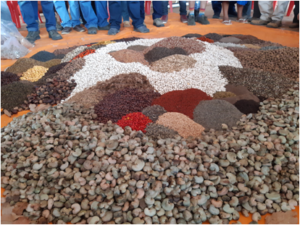
Xingu Seeds Network
Where: Brazil: Xingu and Araguaia Basin and in other regions in the Amazon
Brazil’s Forest Code and Nationally Determined Contributions require the country to restore 8 to 12 million hectares of forest by 2030. The need for large-scale reforestation across the country has led to increasing demand for native tree seeds to restore these ecosystems back to their natural state. The Xingu Seeds Network (ARSX) is a network of around 550 native seed collectors located in the Xingu basin headwater. The network trains collectors on best practice for collecting and pre-processing, safety, pre-processing techniques and species identification. The collected seeds are then processed and sold by the network. Alongside seed collection and sales, ARSX promotes an innovative reforestation technique called ‘muvuca’ where a mixture of seeds from several species is planted directly in the forest. This technique provides a cheaper, more efficient, and higher impact result than the alternative of cultivating and planting seedlings. P4F is supporting the development of a business plan and a roadmap to transform ARSX from a non-profit entity into a profitable business with the capacity to meet growing demand in the restoration market.
Where: and Cerrado
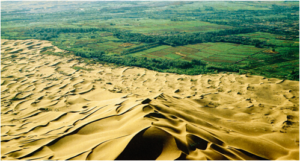
Three-North Shelter Forest Program (Great Green Wall of China)
Where: Gobi Desert, China
Since 1978, the ‘Great Green Wall’ (GGW), also known as the Three-Norths Shelter Forest Program, has been deployed by China to fight the encroaching Gobi Desesrt and help the fortunes of its northern provinces. Acting as a buffer between the Gobi and the rest of the mainland, the GGW is in the middle of swelling to more than 100 billion trees along a 4500-kilometre belt by 2050. It will eventually stretch over one tenth of the country. While assessments of the GGW have been mixed, over 66 billion trees had been planted by 2014, and scientists think the GGW has successfully repelled and, in some cases, fought back the encroaching desert. The GGW has reduced local temperatures, increased soil carbon and created new forest-related incomes in many rural communities. But, quantity has sometimes been sacrificed for quality. For example, in Minqin in Gansu province, survival rates of planted trees have been low; in other regions, singlespecies forests, or ‘green deserts’, have failed to provide the functional resilience needed for long-term success. With good reason, earth scientists are sceptical and increasingly vocal of large-scale monoculture plantations acting as panaceas, for they involve huge ecosystem service trade-offs, such as between carbon sequestration and biodiversity. Yet even the critics agree that, despite some failings, China has witnessed a “a substantial increase in forest cover and associated carbon stocks.” It is even hoped that the GGW will eventually stem the continued establishment of hundreds of new settlements, like Miaomiao Lake, which house the millions of ecological migrants that have been.
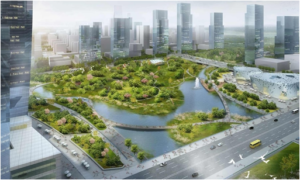
Sponge Cities, (China)
Where: China
To date, Wuhan has managed to transform 40 square kilometres of its public spaces into rain gardens, grass swales or low elevation green belts — at a cost of nearly $1.5 billion. Nine hours to Wuhan’s east, a planned city near Shanghai called Lingang wants to become China’s largest sponge city. The city government has already invested $119 million in pavements lined with trees and public squares full of plant beds. In central Shanghai, the focus has been on planting shrubs and trees on rooftops and wall gardens, all two million square metres of it. Further south, Liuzhou Forest City (not formally part of the Sponge City initiative) is under construction in Guangxi province. When it is inaugurated in 2020, the city will have 40,000 trees and one million plants covering its buildings, eventually hoping to absorb around 10,000 tonnes of CO2 and 57 tonnes of pollutants.
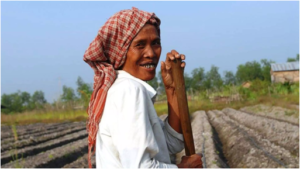
Southern Cardamom REDD+ Project
Where: Koh Kong Province, Cambodia
The Cardamom Rainforest Landscape is one of the last unfragmented rainforests remaining in Southeast Asia and is a critical part of the Indo-Burma Biodiversity Hotspot. Using global best practices for forest protection and community development, the Southern Cardamom REDD+ project prevents more than 3,000,000 tons of carbon emissions annually and protects 497,000 hectares of tropical rainforest in South-West Cambodia. This area is globally significant for ecosystem servicing, wildlife conservation, and community livelihoods and serves as the region’s most important watershed, climate regulator and carbon sink. Some have criticized the project for not engaging adequately with the local community, and there have been reports of occasional uses of force against villages in the area by Wildlife Alliance Rangers.
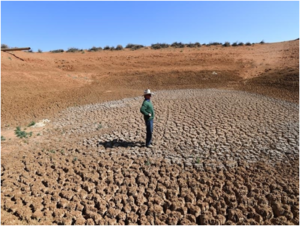
Restore Australia
Where: Australia
The Evergreening Global Alliance is helping to coordinate Restore Australia together with 25 member organisations. The goal is to leverage existing investments and successes to support a massive-scale coordinated effort to restore the health and productivity of degraded farm, range and forest lands across Australia. To do this, the group has designed a coordinated land restoration and carbon sequestration program that aims to reduce greenhouse gases, equivalent to 20 billion tons of carbon dioxide annually, by the year 2050.
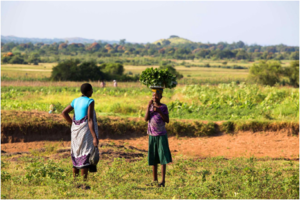
Restore Africa
Where: Africa
The Evergreening Global Alliance and its members have joined forces in a farmer-driven land restoration project: Restore Africa. This program aims to accelerate and scale up the adoption of Farmer Managed Natural Regeneration (FMNR) and other complementary Evergreening practices in Tanzania, Uganda, Malawi, Zambia, Kenya and Ethiopia by building on existing successful projects and proven-effective approaches. This project will also significantly contribute to the African Forest Landscape Restoration Initiative, which aims to bring at least 100 million hectares of degraded land under restoration by 2030.
Where: Tanzania
Where: Uganda
Where: Malawi
Where: Zambia
Where: Ethiopia
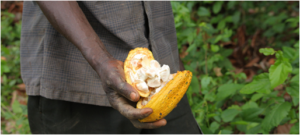
Promoting zero-deforestation cocoa production for reducing emissions in Côte d’Ivoire (PROMIRE)
Where: Côte D'ivoire, Southern provinces
This project will implement zero-deforestation agroforestry models in three southern regions of Cote d’Ivoire to reduce greenhouse gas (GHG) emissions by decoupling deforestation from cocoa production. Its primary goal involves scaling up a previous pilot project that successfully promoted agroforestry schemes. PROMIRE will build institutional capacities to implement REDD+ at national and sub-national levels. Under this plan, farmers will be encouraged to carry out non-deforestation practices through the promotion of organic and fair-trade cocoa production. Their access to markets will also be strengthened. Data will be used to reduce emissions by implementing innovative, low-carbon land use models in 30 selected villages.
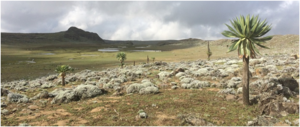
Preserving the ecosystem in and around the Bale National Park
Where: Bale Eco-region (BER), Ethiopia
Farm Africa is leading a consortium of NGOs working with communities and the Ethiopian government to sustainably manage the Bale Eco-Region and enhance the livelihoods of local people, by reducing poverty and reliance on unsustainable practices. Deforestation in the highlands of the Bale Eco-region is currently threatening water supplies in the lowlands, forcing pastoralists living in the lowlands to migrate temporarily during the dry season in search of water, shelter and forage. As pastoralists move their cattle to highland forest during dry season, the cattle damage the forest regeneration. Farm Africa aims to establish forest-friendly businesses and develop policies and management strategies to protect the ecosystem.
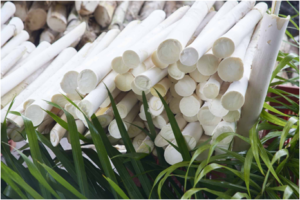
Planeta: Sustainable heart of palm
Where: Colombia, Pacific region
The Colombian Pacific is largely occupied by Afro-Colombian and indigenous communities organised in collectively owned territories. In the context of post-conflict Colombia, these formerly mostly isolated communities have felt an upsurge in external pressures. The Pacific has subsequently become one of the country’s biggest deforestation hotspots. The Planeta projects sees the company buy palm hearts from local farmers and processes it to be sold at a 60% price premium due to the product’s environmentally friendly story. Palm-heart collection is twice as profitable for the community as engaging in illegal timber activities, as well as more secure. In order to bring a greater area under sustainable management, P4F’s support has looked to strengthen the environmental link by tying approximately 39,000 hectares of forest protection and social benefits directly to premium price payments. P4F has helped with improving product quality; improving operations/reducing costs; diversifying the clientele and products; strengthening forest protection through Territorial Management Plans (inc. PES).
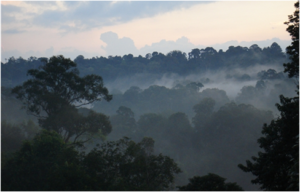
Keo Seima Wildlife Sanctuary (KSWS) REDD+ Project
Where: Keo Seima Wildlife Sanctuary, Eastern Cambodia
Keo Seima Wildlife Sanctuary (KSWS) is home to more than 950 wild species, including 75 globally threatened species. It is also the ancestral home of the indigenous Bunong people, whose unique culture and beliefs are inseparable from the forest in which they live. Originally designated as a protected area in 2002, KSWS is managed by the Royal Government of Cambodia’s Ministry of Environment, with technical and financial support from WCS Cambodia. KSWS plays a vital role in the preservation of the region’s important and vulnerable wildlife, including the world’s largest populations of the endangered black-shanked douc and yellow-cheeked crested gibbon, as well as a nationally important population of Asian elephant and many other species. At the same time, it supports the sustainable development of local communities, most notably through securing communities legal title to their traditional lands, and through the REDD+ Benefit Sharing Mechanism which provides significant funding to community-chosen and community-led development projects. While the project has served as an important protection for the forest and biodiversity of the area, it has faced a variety of challenges. Illegal logging and deforestation continue to occur within the Sanctuary, with occassional conflict between illegal loggers and poachers and forest rangers. Combatting the continued deforestation of the area will need strengthened anticorruption policies and enforcement.
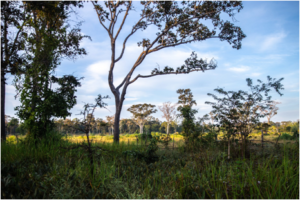
Where: Cambodia, across three provinces (Preah Vihear, Stung Treng and Mondulkiri)
The IBIS Rice approach was started by the Wildlife Conservation Society in 2009 and aims to generate incentives to reduce forest and wetland clearing and benefit local people. These incentives are created by increasing the profitability of rice production of smallholder farmers within the project area. Through the program, participating households sign a conservation agreement to not expand their existing land or clear additional areas of forest. IBIS Rice enables smallholder farmers to use more sustainable farming practices and preserve the vital forests and wetlands of northern Cambodia.
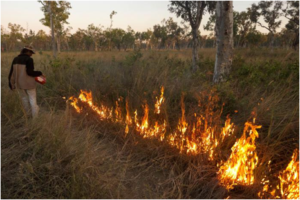
Fish River Fire Project
Where: Northern Australia
The Fish River Fire Project is Australia’s first savanna burning project. Fish River was purchased by the Indigenous Land Corporation (ILC) in collaboration with the Australian Government’s National Reserve System, The Nature Conservancy, and the Pew Environment Group. With this carbon farming methodology, ILC aims to earn 20,000 CFI carbon credits a year. The profits from this partnership will go towards conserving the biodiversity of the Fish River property and support Indigenous jobs and training.
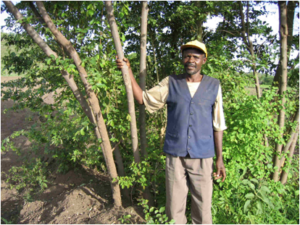
Farmer-managed forest landscape restoration
Where: Humbo, Ethiopia
World Vision Ethiopia has trained farmers to practice farmer managed natural regeneration (FMNR). This technique restores and regenerates trees from the stumps of previously cut-down but still living trees at low cost. This project enabled farmers to practice FMNR on heavily degraded hillsides that were previously overgrazed. World Vision facilitated the commitment of local communities and authorities to close off degraded communal hillside areas and only permit FMNR practices so that local forests could be restored. Through FMNR, forest regeneration is accomplished much quicker than through planting seedlings. these forests have recharged groundwater and play a vital role in reducing flash flooding, land degradation, and soil erosion.
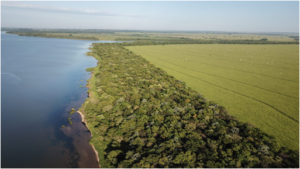
Corridors for Life, (IPE)
Where: Pontal do Paranapanema
In Brazil, the largest Atlantic Forest remnants in the interior lie in the Pontal do Paranapanema area of western São Paulo state. Originally a 124,000-ha public forest reserve was designated, but it was progressively encroached upon during 1960–1990 by large-scale ranching and sugarcane establishments. In the mid-1990s, with pressure for land redistribution from the Landless Rural Workers’ Movement (MST) and other groups, many such forests were first occupied by families of MST affiliates and later expropriated for public land reform settlements, dramatically increasing the density of human occupation. After the settlement of many landless households, the pace of land redistribution slowed, and national policies now seek to consolidate existing settlements. Promoting income generation for settlers is urgently needed, as is protecting the remaining fragmented forests within this productive landscape before further pressures ensue. Although agrarian reform settlements and large landowners pose a series of barriers to biodiversity conservation, they also offer important and replicable opportunities for large-scale landscape forest restoration. To date, approximately 1,800 ha of forest have been restored in Pontal do Paranapanema. This includes the 1,200 ha of the main ecological corridor, another 600 ha in five smaller corridors and 90 agroforestry stepping stones on rural properties.
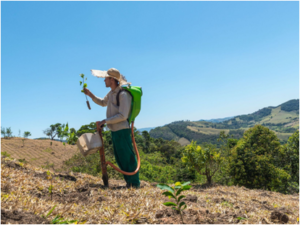
Conservador da Mantiqueira
Where: Serra da Mantiqueira, Brazil
The municipality of Extrema (one of 284 municipalities that span the region) began a replanting program through partnership with The Nature Conservancy, to secure its water supply. With the forest cover removed, the region’s streams and rivers were oscillating wildly from low to high flows. The replanting has helped to moderate the water supply. The initiative plans to take the Extrema model to another 283 municipalities and thereby restore nearly 3 million acres of forest. The initiative will take approximately 280 million tons of excess carbon dioxide out of the atmosphere over 30 years—the equivalent of the emissions of more than 55 million cars—and fulfill 10 percent of Brazil’s reforestation goal.
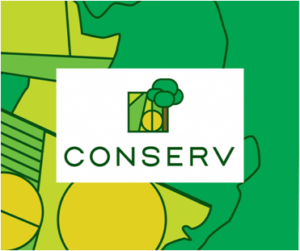
Where: Mato Grosso, Brazil
ABOUT: EDF has been working alongside the Amazon Environmental Research Institute (IPAM) and Woodwell Climate Research Center to advance forest protection in the state of Mato Grosso Brazil specifically, but throughout other Brazilian states in the Legal Amazon as well. They have launched CONSERV—the first private and voluntary mechanism in Brazil which aims to protect forests at risk of legal deforestation by changing farmers’ incentives for forest protection. This partnership is helping to implement the Produce, Conserve, Include (PCI) strategy which aims to increase productivity across the state, all while maintaining native vegetation cover and reducing deforestation. CONSERV is a systemic, scalable initiative that constitutes part of a set of strategies that can reduce deforestation at a jurisdictional (national or state-level) scale.

City Adapt, (UNEP)
Where: San Salvador, El Salvador
“San Salvador city officials and coffee farmers, with support from UNEP, have launched CityAdapt with the aim to restore 1,150 hectares of forests and coffee plantations and revive San Salvador’s ability to absorb rainfall.In San Salvador, floods and landslides are washing away valuable topsoil, and with it the fertility of the coffee plantations. But trees and other vegetation can be used as sponges, drawing enormous quantities of water into the earth, preventing erosion, limiting floods and recharging groundwater supplies for times of drought. CityAdapt, which is funded by the Global Environment Facility, has helped around 16,000 people in San Salvador to reduce their risk of flooding. By the project’s completion in 2022, this number is expected to rise to 115,000.”
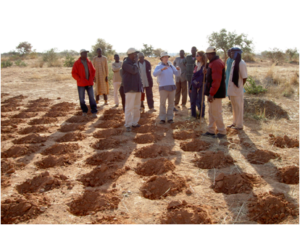
Assisted Natural Regeneration in Burkina Faso
Assisted Natural Regeneration (ANR) in Burkina Faso has improved provision of forest products for local people. ANR, in this case, involves construction of fences around areas of savanna, excluding grazing animals and allowing natural forest to regenerate. ‘Cultivation bands’ for agroforestry are also formed around the periphery of the exclosures, providing an additional source of forest products. Together, the system provides food, fodder for livestock, seeds for making oil, construction wood, medicinal plants and other products. About 70% of the products produced are self-consumed, the remainder being sold for income. In addition to these livelihood benefits, ANR has improved local biodiversity, with a 5-fold increase in the number of trees and 2-fold increase in the number of tree species, on average, compared to paired areas outside the reserves after 9 years or less of protection.
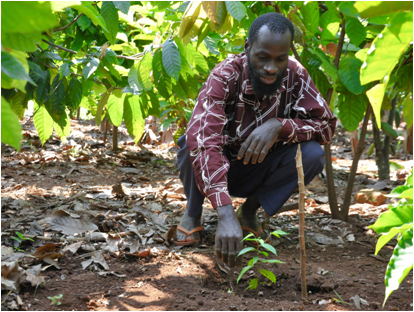
Where: Africa, Regional
Ten African countries launched the African Forest Landscape Restoration Initiative (AFR100) in 2015 to bring 100 million hectares of land to restoration by 2030. AFR100 contributes to the Bonn Challenge, the African Union Agenda 2063, the Sustainable Development Goals, and other targets. Since its launch in 2015, AFR100 has secured political commitments in the region and defined restoration strategies. Currently, the initiative focuses on implementing forest landscape restoration (FLR) action plans and monitoring systems, and raising private investment for restoration.
Subscribe to our Weekly Brief
Stay up to date with the latest news, analysis, events, case studies and job postings across the environmental landscape.

IMAGES